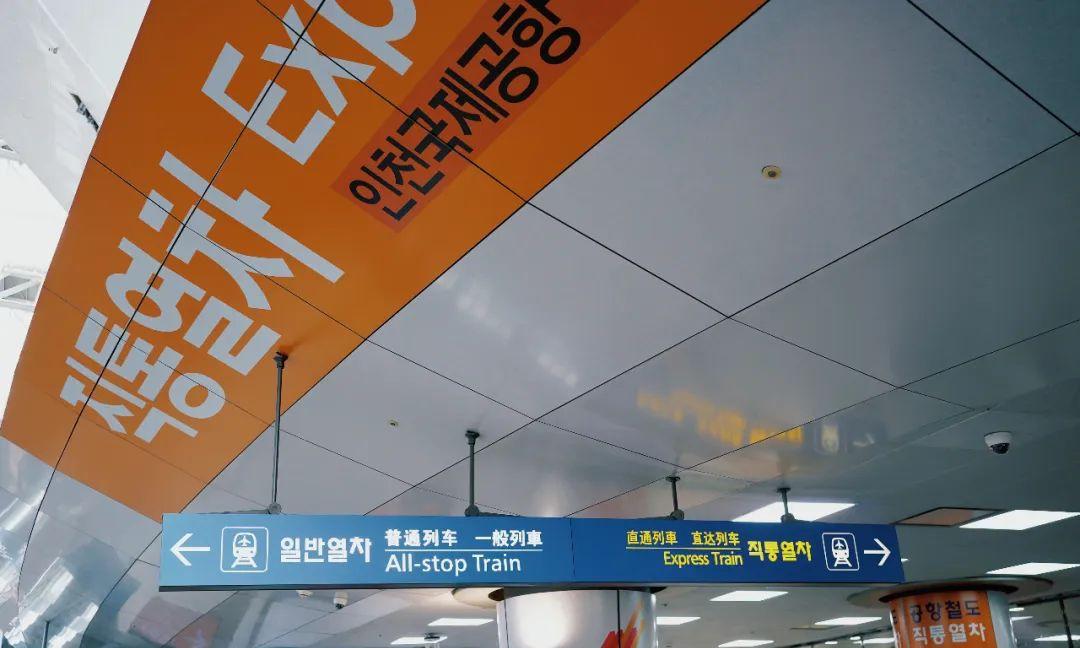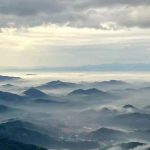Today I want to talk about “Seoul.” Although it isn’t as popular as it once was, it has had its glorious moments, and its tourism power is still impressive. Plus, it’s incredibly convenient to visit Seoul—just a 2-hour flight away, and round-trip tickets are cheap year-round! I bought my tickets very last minute, and it only cost a little over 2,000 RMB.
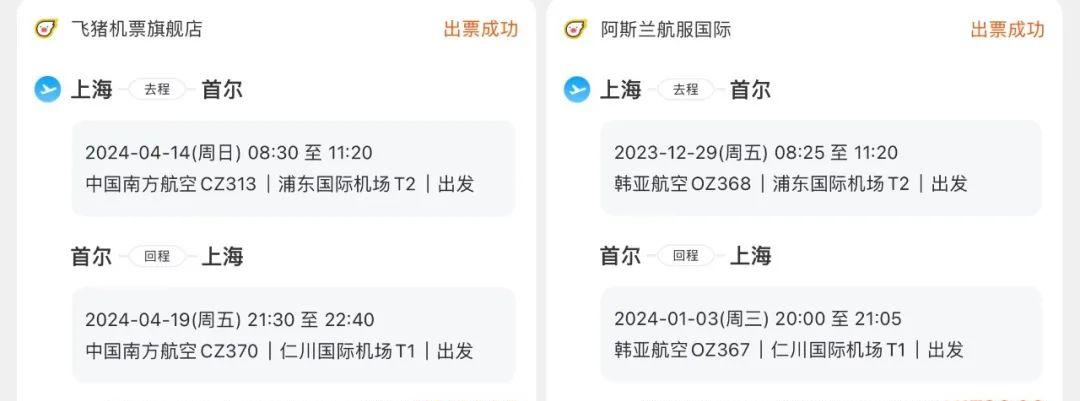
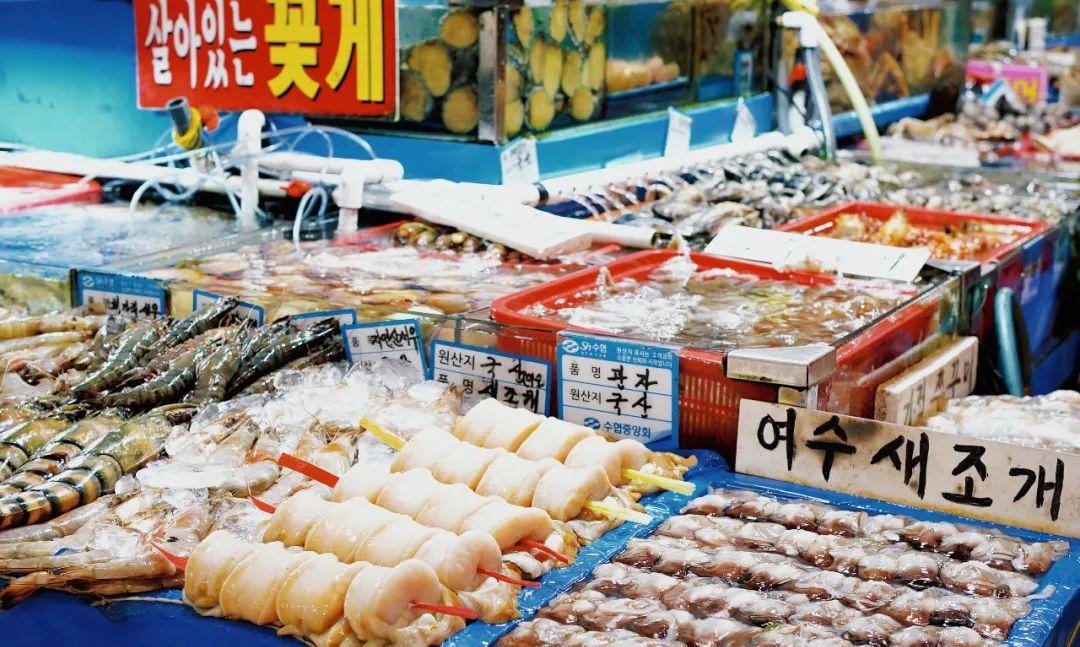
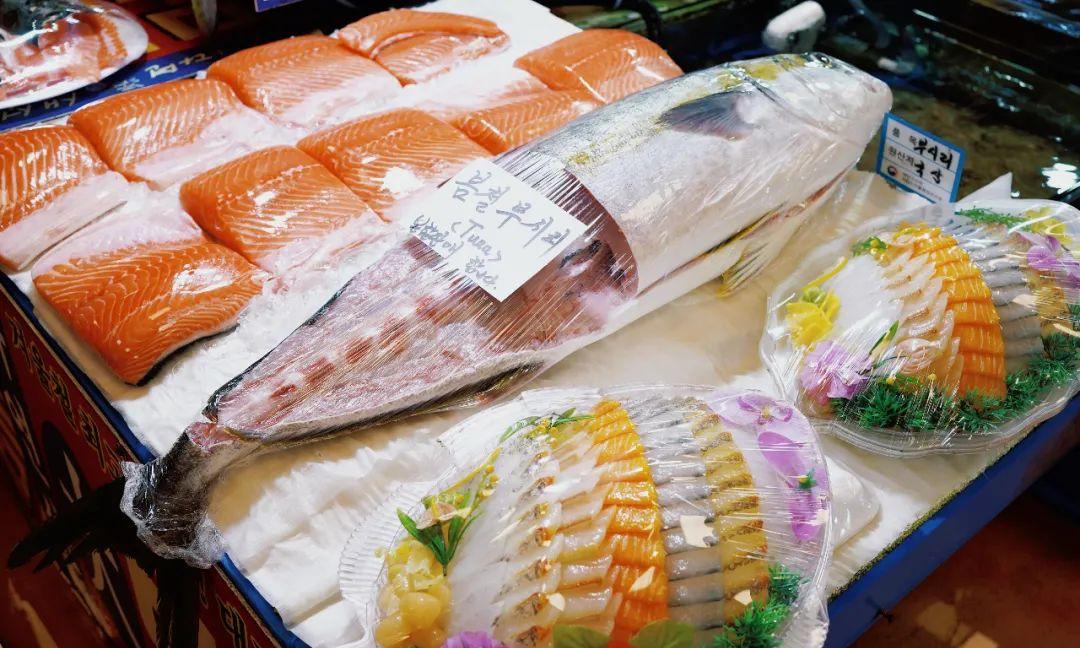
You don’t have to worry about safety, language, or food issues in Seoul; the nightlife is incredibly vibrant. This month, I went to Europe and then to Seoul, and the contrast was stark: European shops close very early, there are hardly any people on the streets at night, and due to jetlag, I was going to bed by eight or nine every night; in Seoul, many restaurants and cafes stay open until the early hours. It’s not uncommon to shop for clothes or get a haircut at midnight; I was always out early and home late.
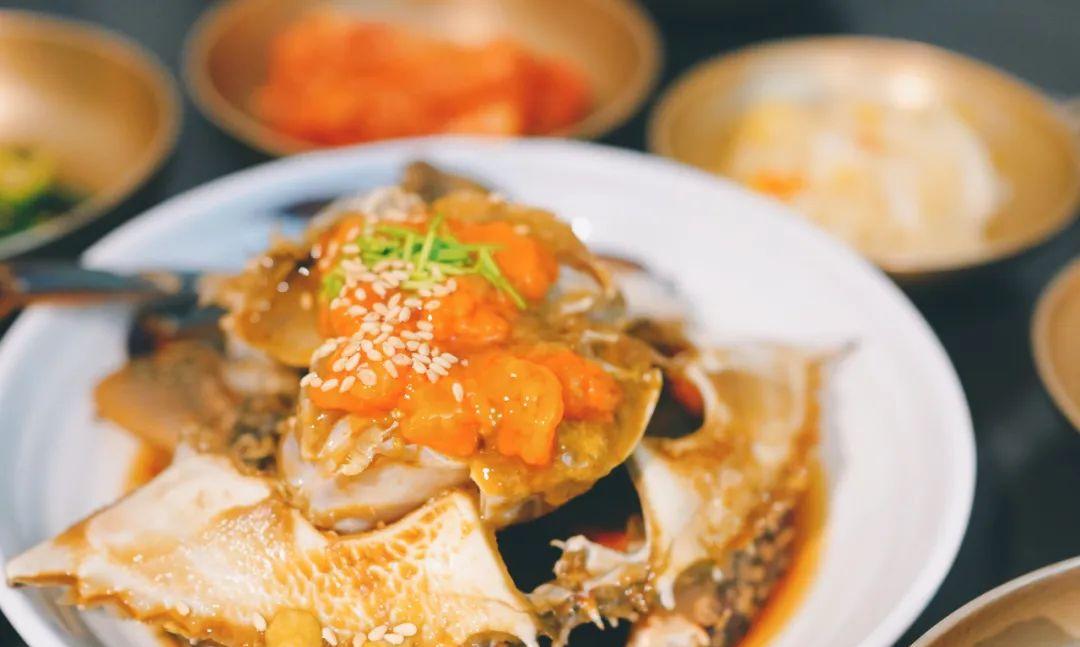
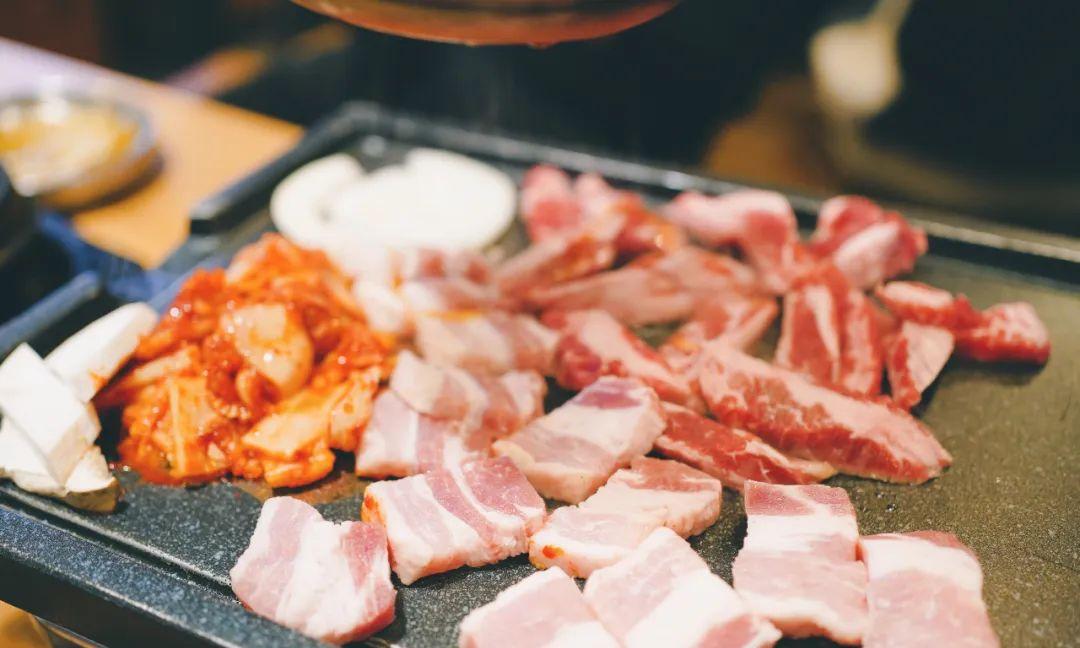
The 24-hour Sillim-dong Seafood Market in Seoul
Obtaining a 5-year visa to South Korea is super easy, so I recommend getting one. When you’re looking for a vacation but don’t want to think too much, visiting Seoul is a fantastic way to change your mood.
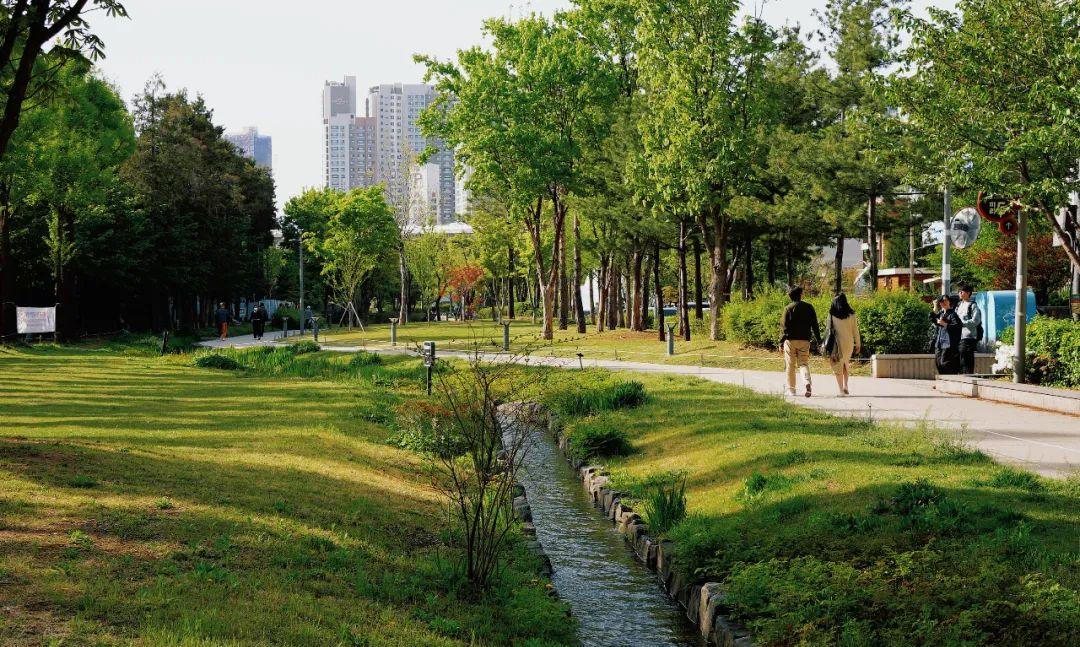
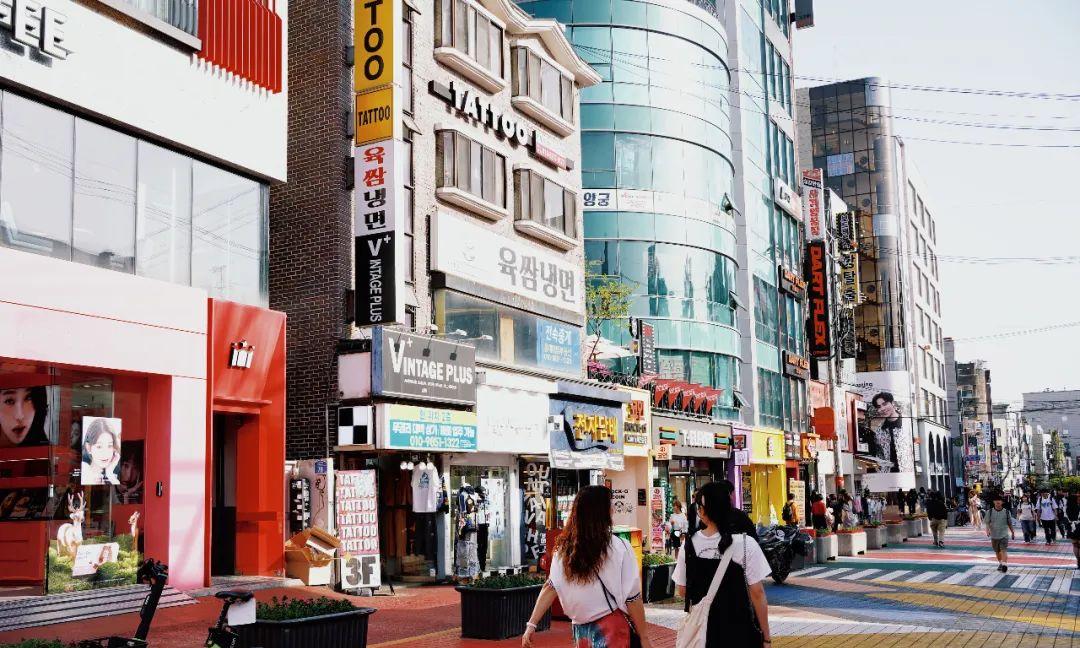
I love marinated crab and barbecue!
I’ve already been to Seoul twice this year—once for New Year’s and again for spring break. The atmosphere during New Year’s in Seoul is fantastic, filled with free K-Pop concerts, traditional performances, light shows, and bell-ringing ceremonies that fill the night.
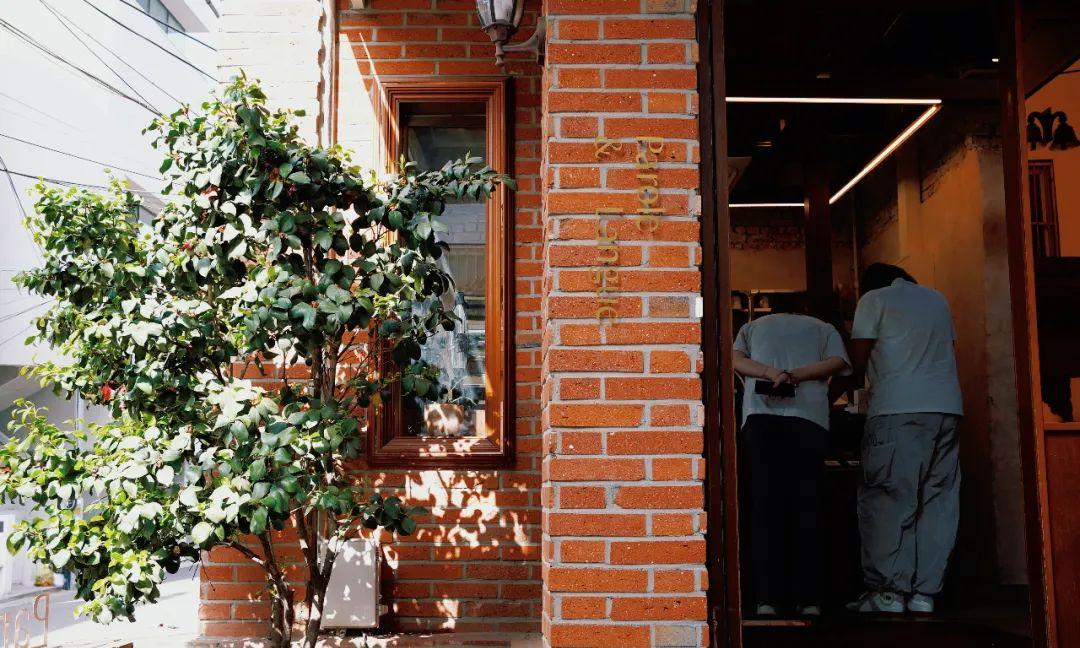
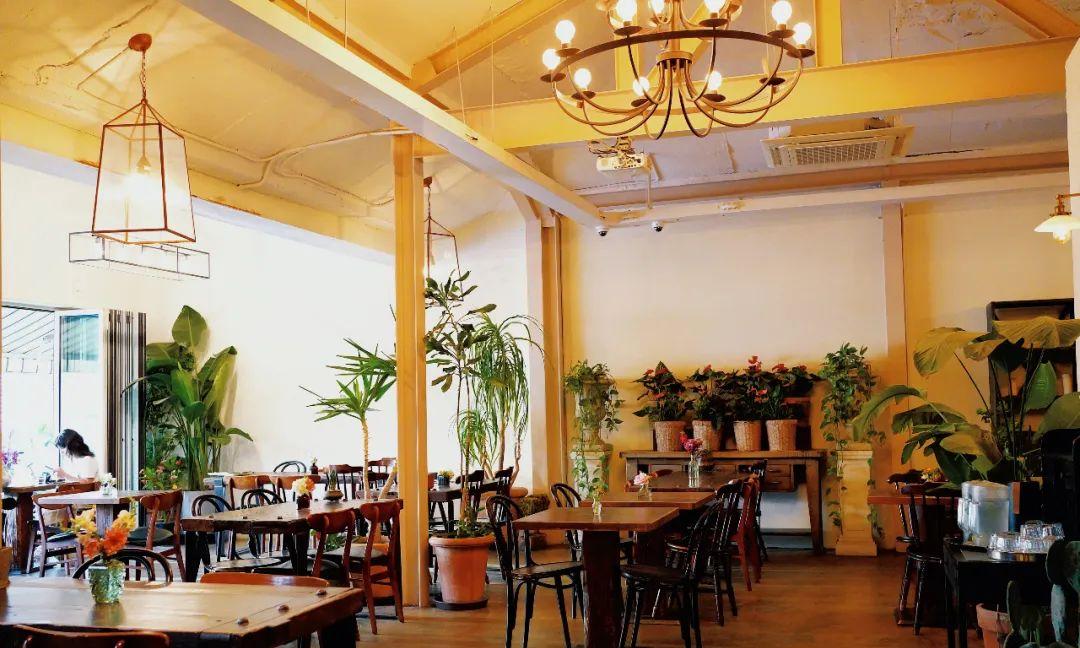
The spring trip was even more exciting, with the city full of the joys of spring. Everywhere you look, there are well-dressed trendsetters; it’s a feast for the eyes.
The last time I went, I explored all the various “dong” neighborhoods in Seoul: Seongsu-dong, Hannam-dong, Cheongdam-dong, Ikseon-dong, Samcheong-dong, Myeongdong… and each day was filled with either shopping or heading to a café.
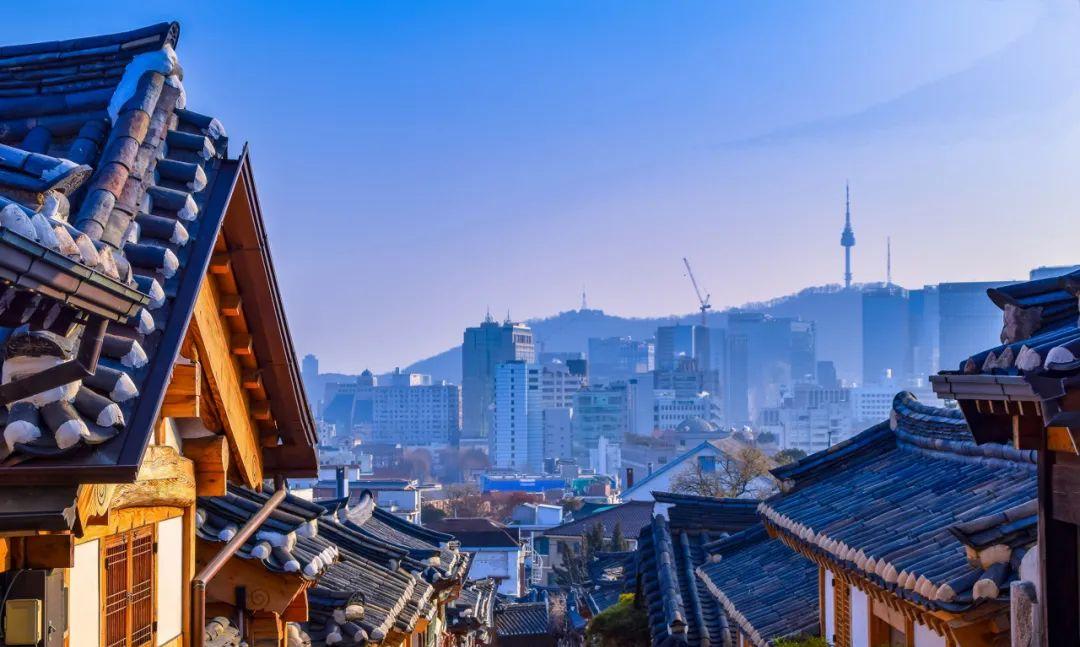
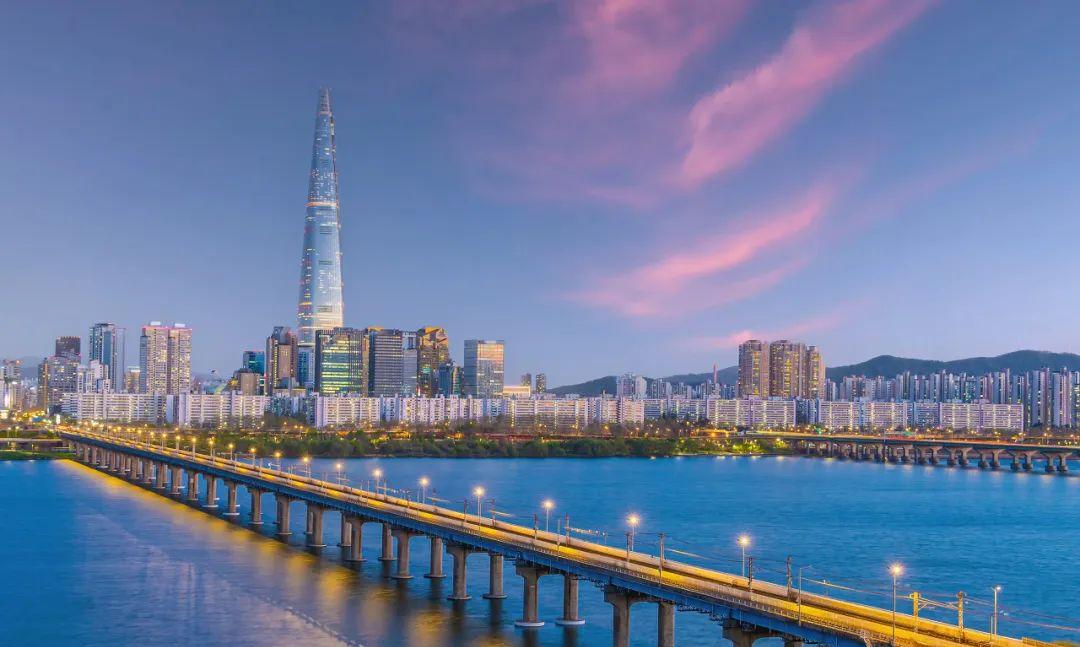
But what else can you do besides shopping in Seoul? This time, I took a Go City card with me, and it opened up a whole new perspective on tourism in Seoul! I realized there were so many activities that I hadn’t experienced before!
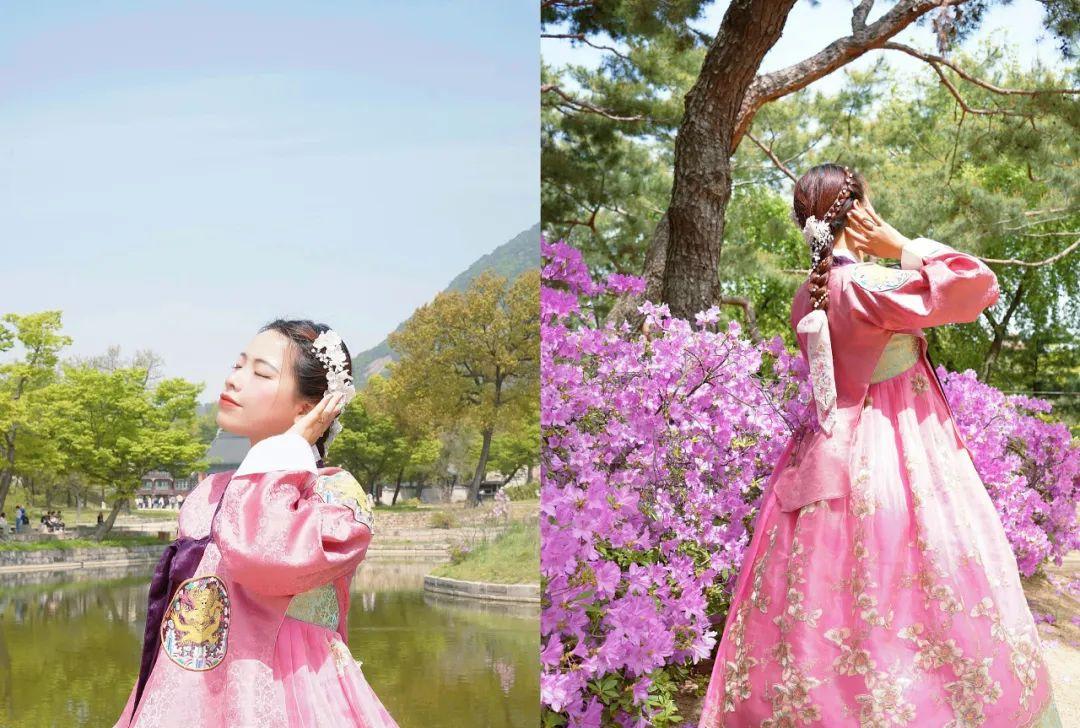
We’ve introduced the Go City card a few times before. It’s essentially a package for independent travelers that includes admission tickets, transportation vouchers, and themed tours, emphasizing saving time and money! The quality of the projects is highly reliable, offering both classic and local experiences. Whether you have limited time and want to explore quickly or want to dive deep into the city, this card will meet your needs. It’s a must-have tool for lazy travelers, saving them a lot of time on research while allowing them to select activities that they are interested in.
The Go City card is available in 30 cities worldwide and is widely recognized. Typically, you just need to show the QR code, and the staff at the attractions will understand; it’s not from some obscure third-party source that might lead to trouble.
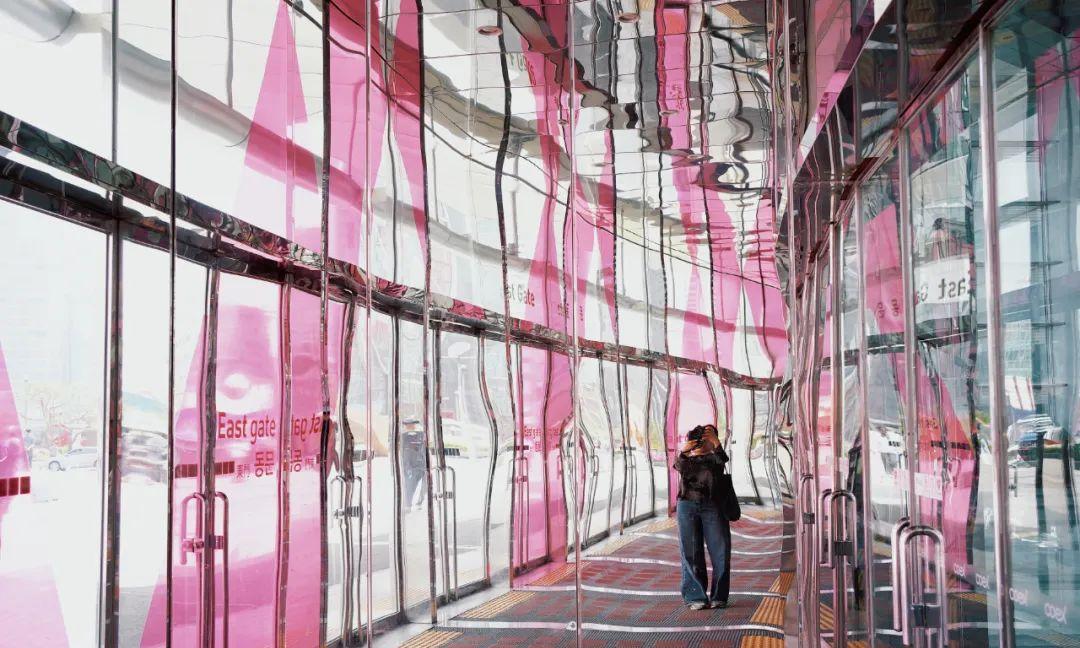
This card is truly a money-saver; booking everything separately would cost much more! The Go City card for Seoul offers over 30 activities with a total value exceeding 7,000 RMB. The more you play, the more you save—it’s just like all-you-can-eat dining! Of course, the Go City card is more practical; you can just relax and still get your money’s worth. If you’re very much into efficiency, the money you save can make you wake up smiling in your dreams, perfectly embodying the mantra, “the harder you work, the luckier you get!”
For example, I just grabbed my passport and set off on this trip, using the Go City card for SIM cards, transportation cards, and direct airport express train tickets. In the city, I participated in dressing in hanbok to enter palaces, climbed Seoul Tower, took a Han River cruise, and joined various tours; I also visited Everland and Nami Island and even brought back some snacks and a silver ring I made myself.
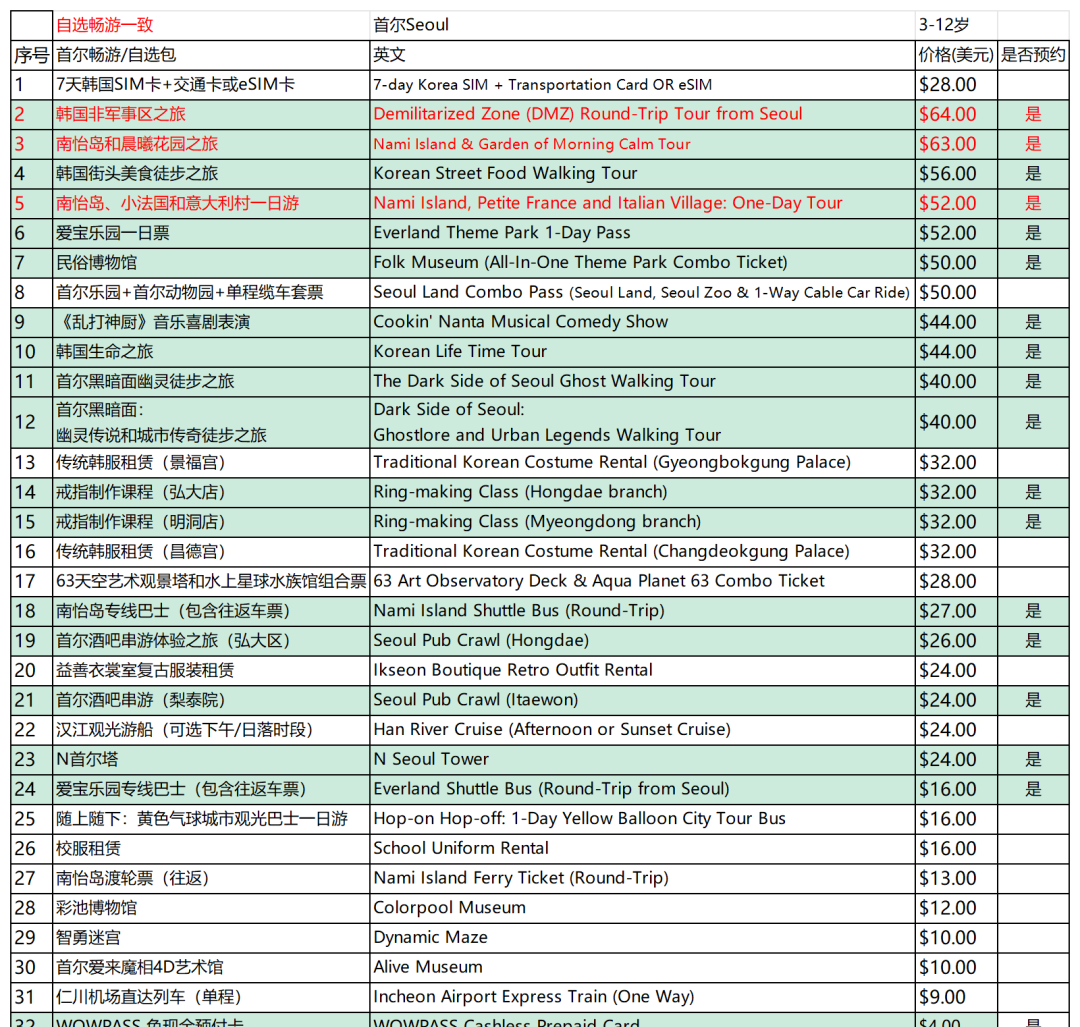
I can confidently say this was the happiest I’ve ever been while traveling in South Korea! It turns out there are no boring cities, just poorly planned trips!
Overview of the Seoul Go City Card
The Seoul Go City Card comes in two types: the All-Inclusive Package and the Select Package.
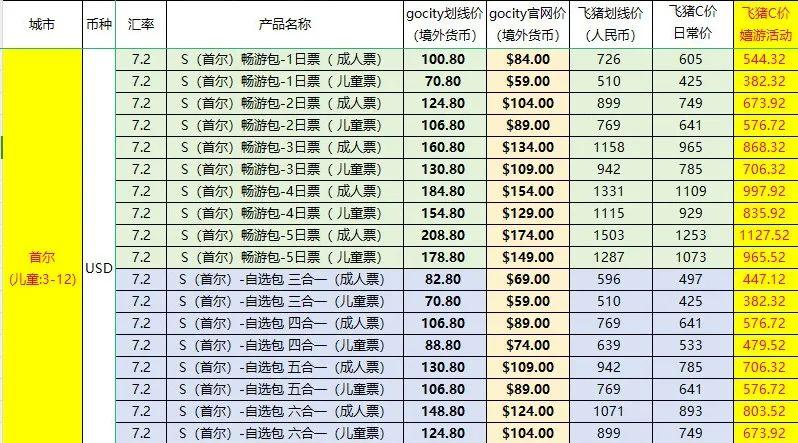
The All-Inclusive Package varies by the number of days, with options for 1 to 5 days, allowing you to experience the following 35 projects (each attraction can be visited once).
The Select Package features the same projects as the All-Inclusive Package; all options can be found in the same table below. The Select Package is purchased based on the number of attractions, with five options available for visiting 3 to 7 attractions. The Select Package becomes active as soon as you visit the first attraction, with the remaining attractions needing to be used within 60 days.
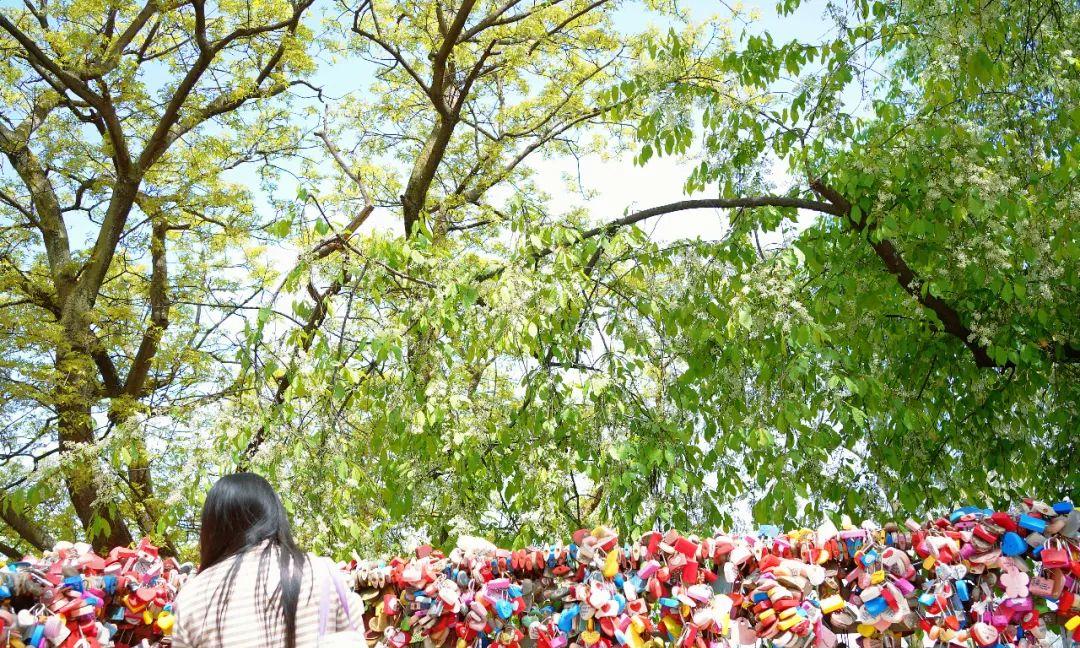
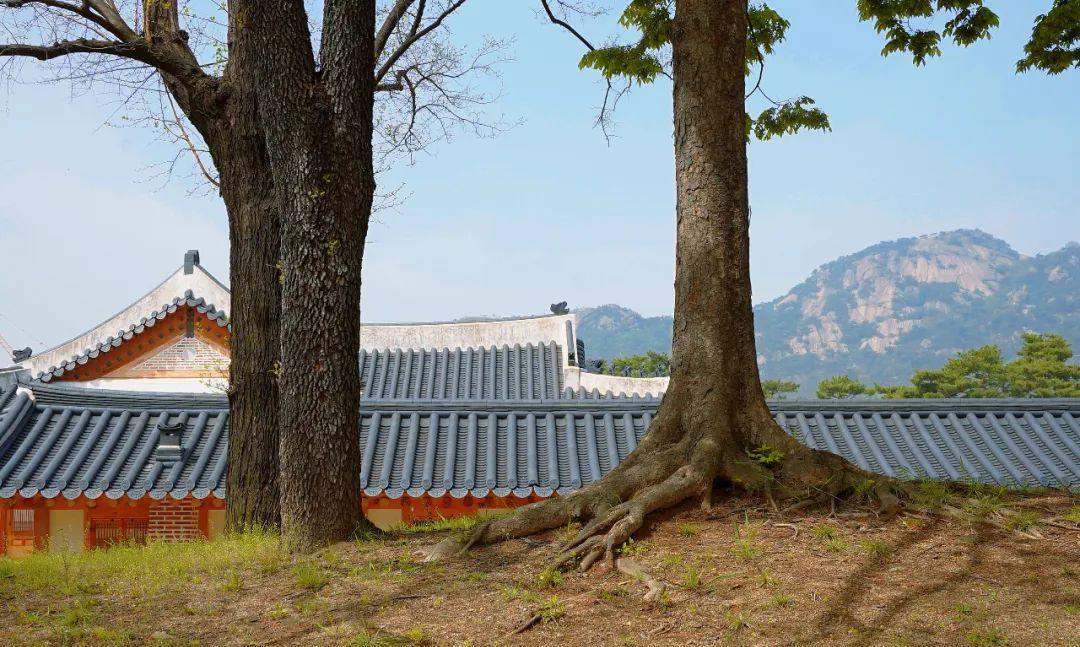
The main difference between the two:
The All-Inclusive Package is more suited for city activities, making it cost-effective to tick off several attractions in one day and is used consecutively. It’s more intense.
The Select Package is for more time-consuming attractions, like day trips outside the city, which do not fit well with the All-Inclusive Package as they take the whole day. It’s also great for those who prefer not to rush through visits. You can select high-priced attractions to enjoy leisurely over 60 days. After purchase, you can get a full refund if you cancel without using or booking within 89 days; refunds are not available after 89 days! However, its validity lasts a full 2 years, so you’re bound to use it at some point.
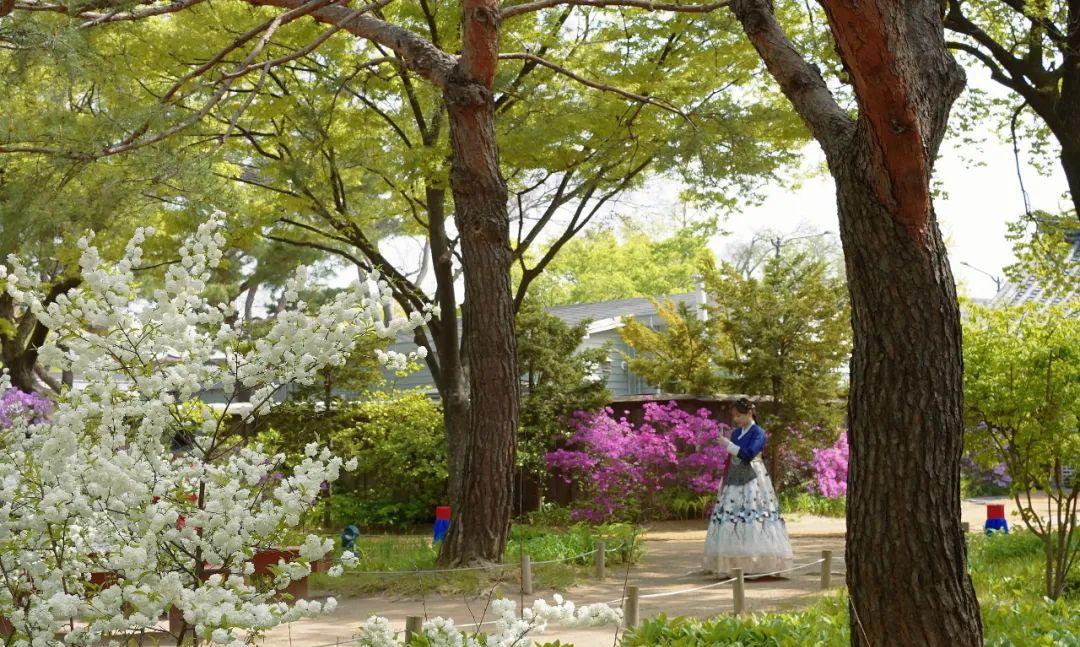
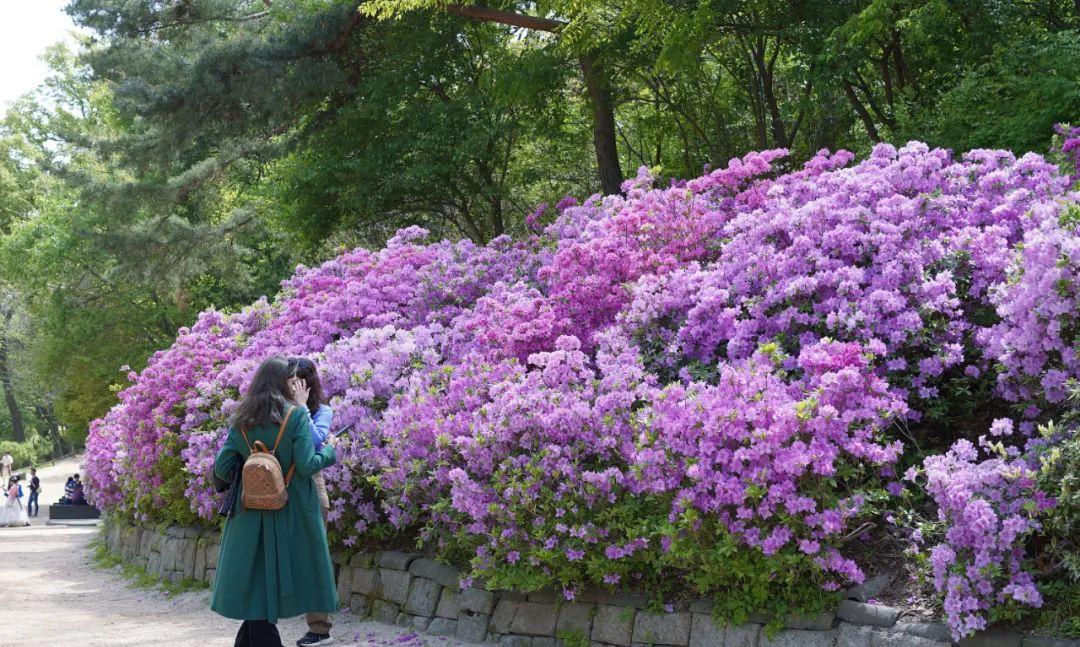
This time, we managed to secure exclusive discounts on the Go City card for South Korea that are more enticing than their official promotions—it’s roughly a 25% discount!
Previously, when we promoted the Go City card for Hong Kong, many friends missed the post and requested a re-release.
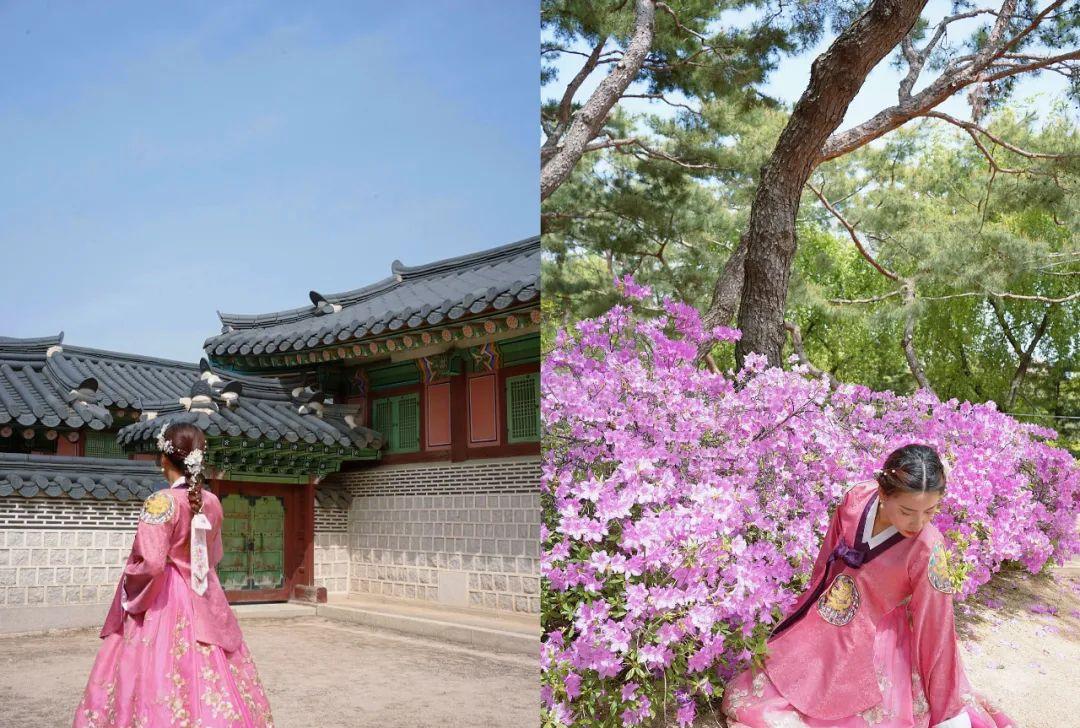
This time, I’ve included the discount links for the Go City cards in both Seoul and Hong Kong at the end of the article.
P.S.: The discounts are only valid until April 23, so make sure to get yours quickly.
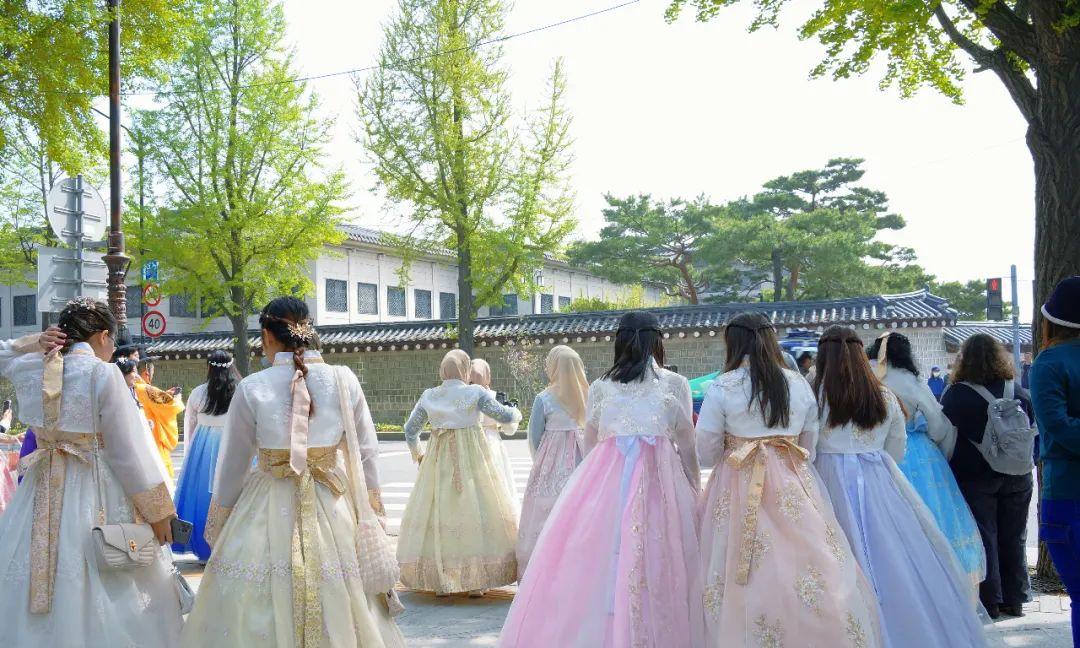
Since you may not have a sense of the table provided, below is my freshly compiled travel guide based on field research from this week.
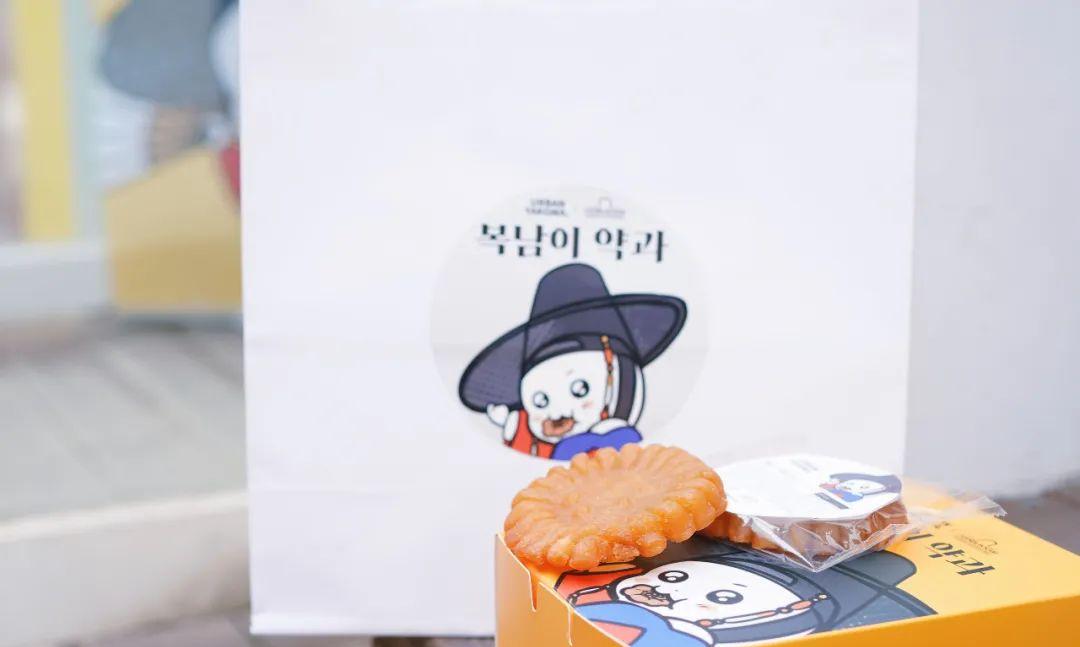
I suspect we are the only ones working diligently for an article like this. Regardless of whether we write it, experiencing as much as possible allows us to make recommendations that are genuinely useful.
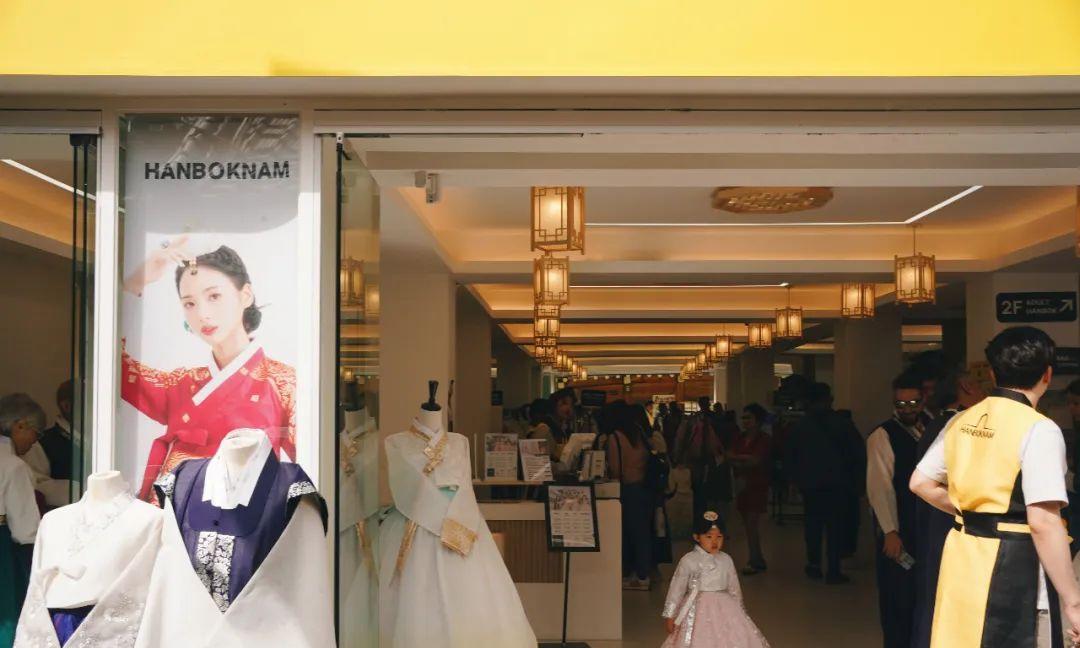
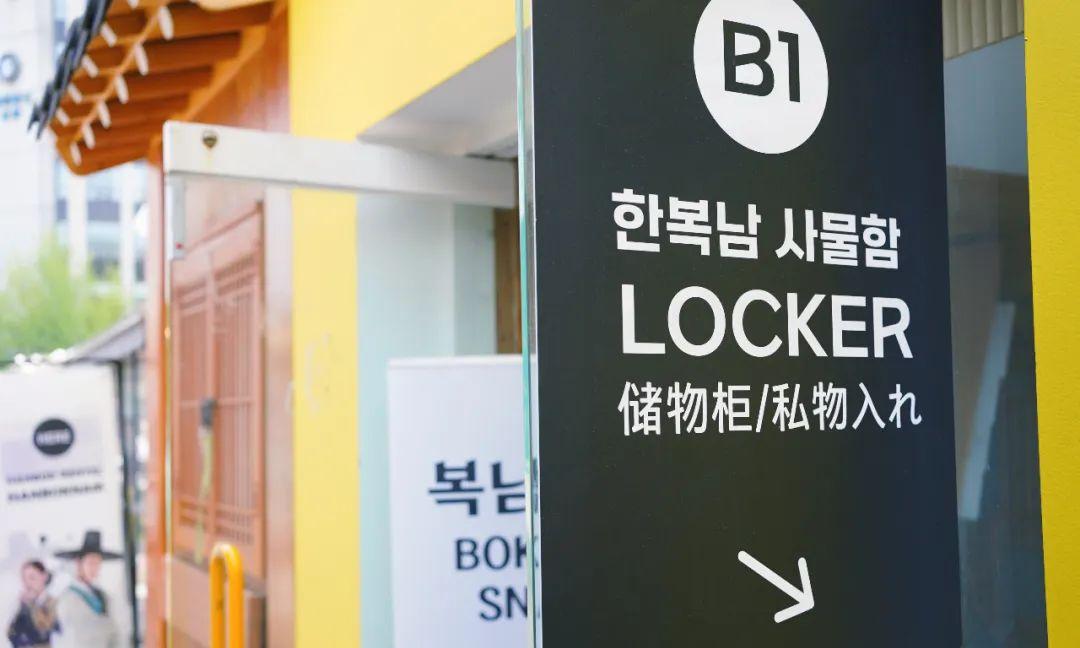
From the 35 projects, I further selected and organized them into three areas: city tours, nearby travels, and airport functional rights.
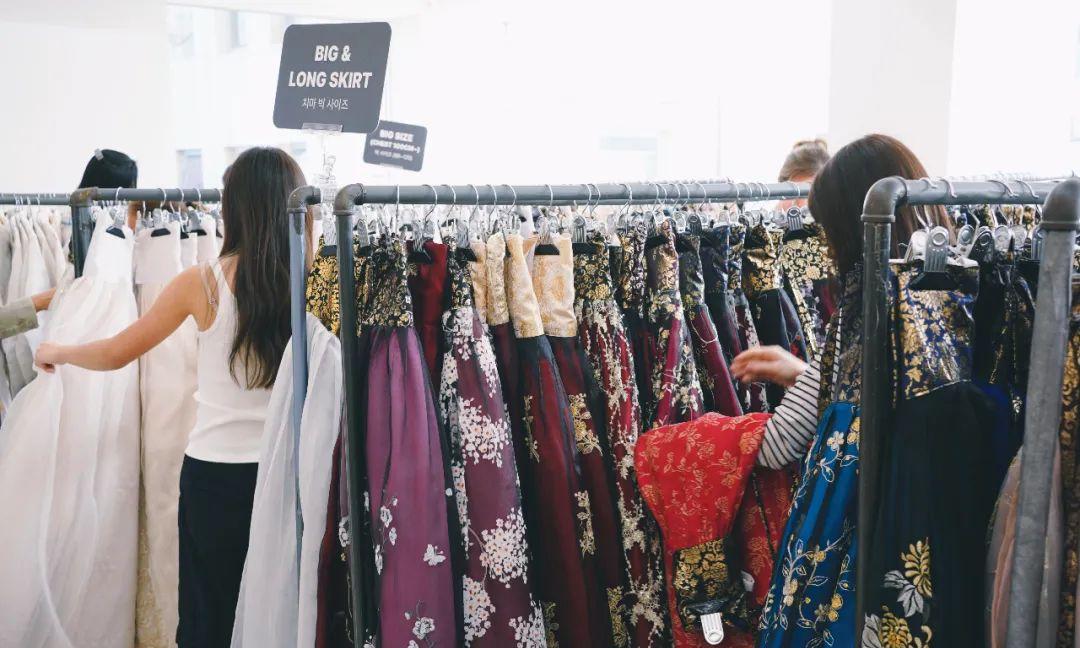
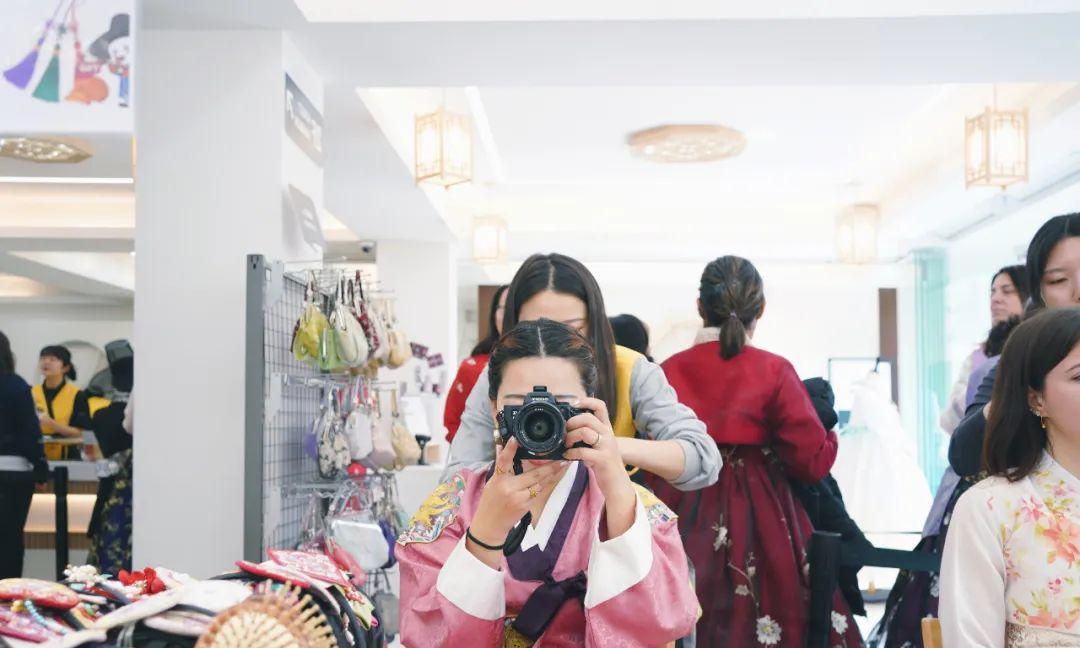
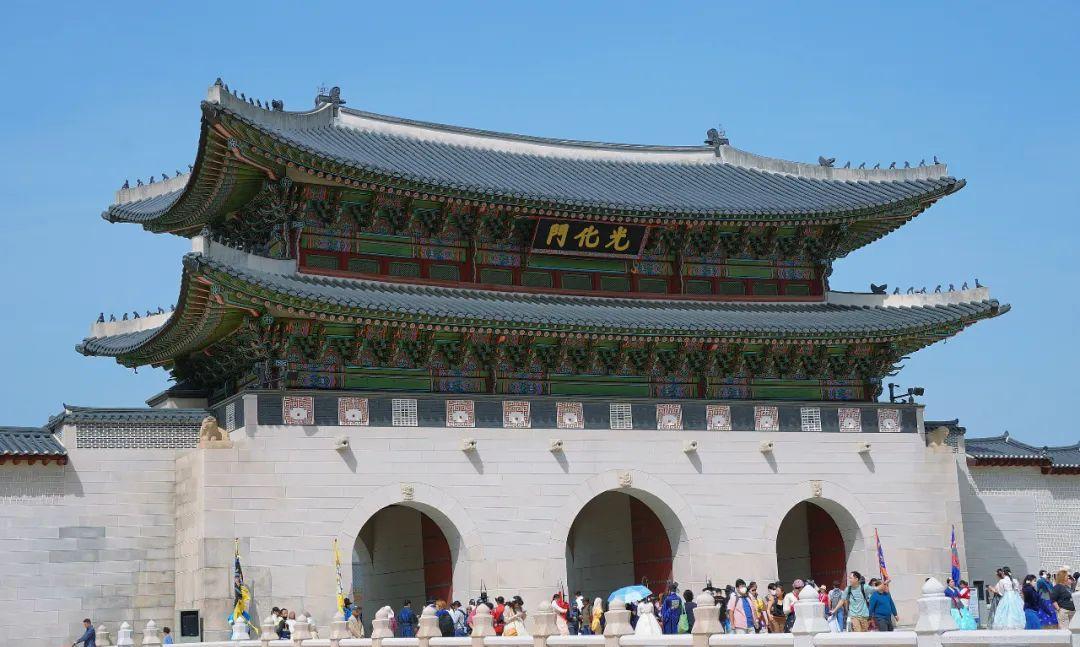
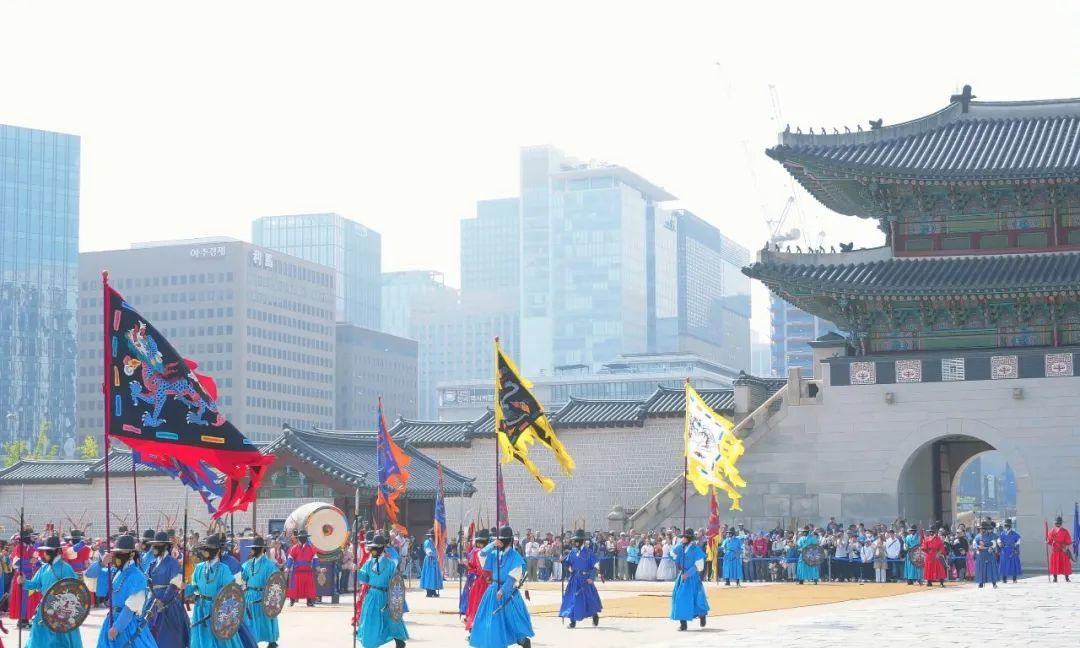
Part 1: Recommended City Tours
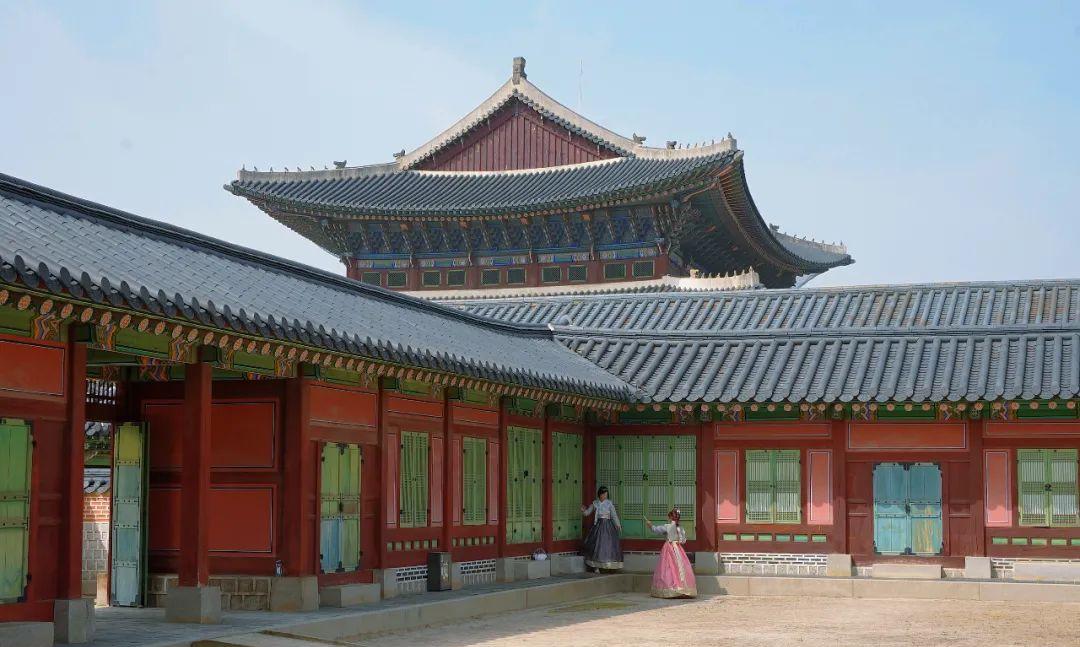
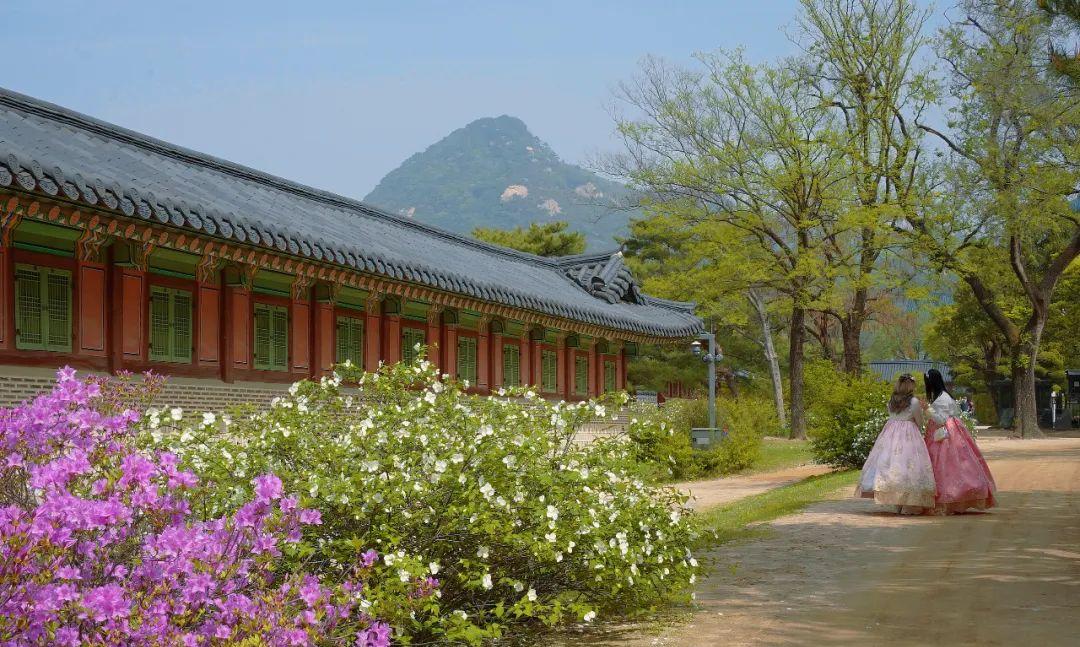
1. Hanbok rental (Table entry number 13)
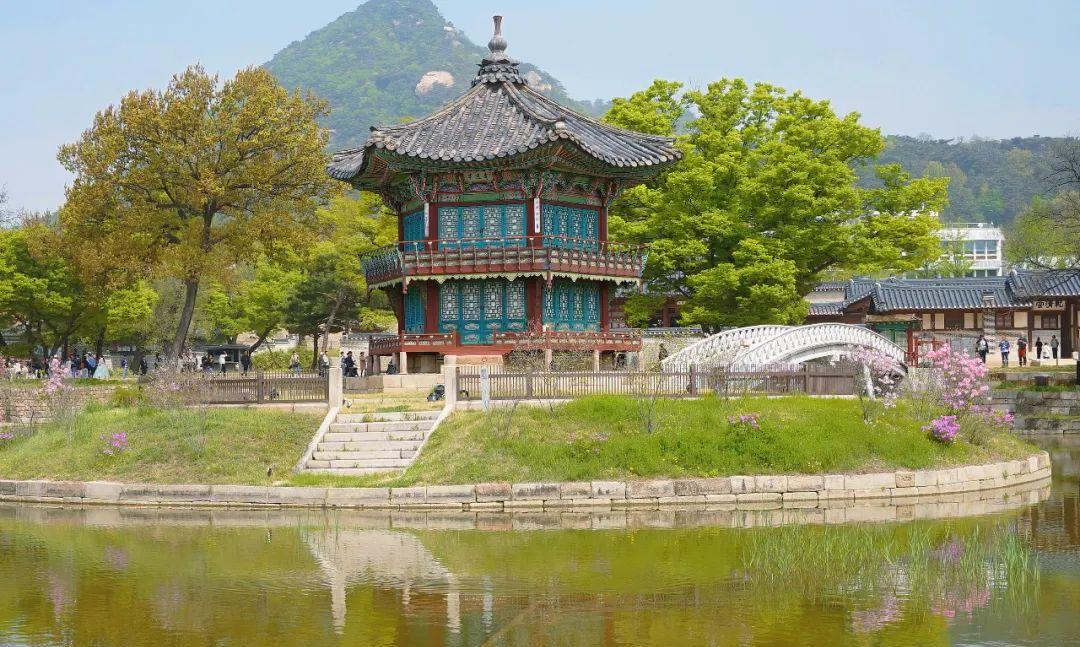
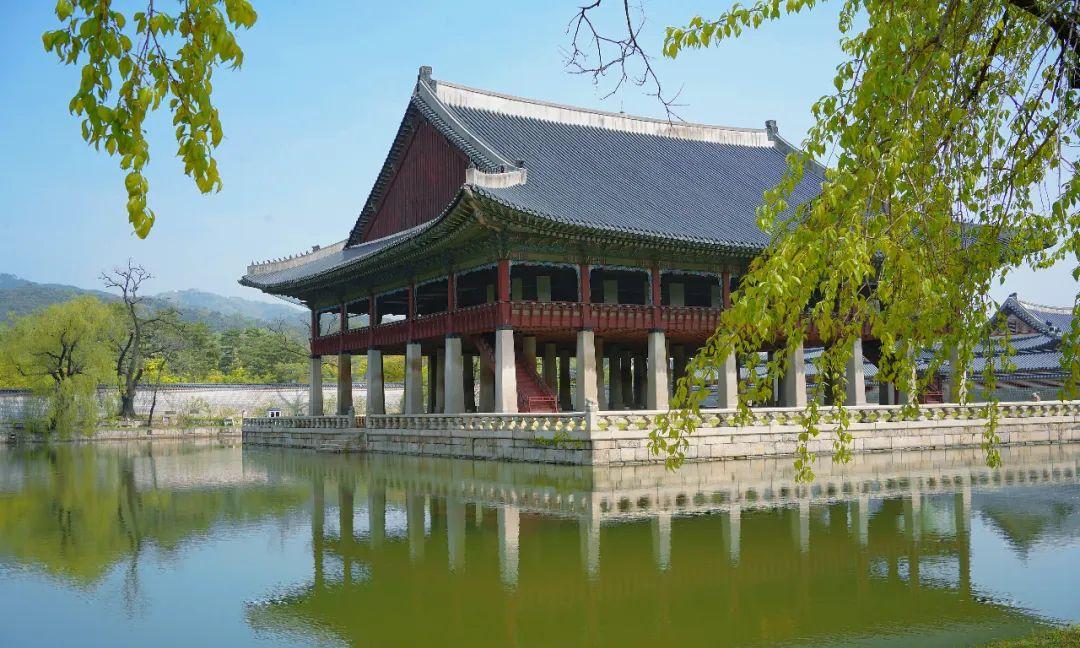
Dressing up is an experience that either happens zero times or an infinite number of times. I used to shy away from trying on traditional outfits because I thought it would be a hassle. But after experiencing traditional attire in Luoyang… I couldn’t escape the irresistible charm! After dressing up, I truly felt more immersed in the scene, creating a sense of travel that was distant from daily life.
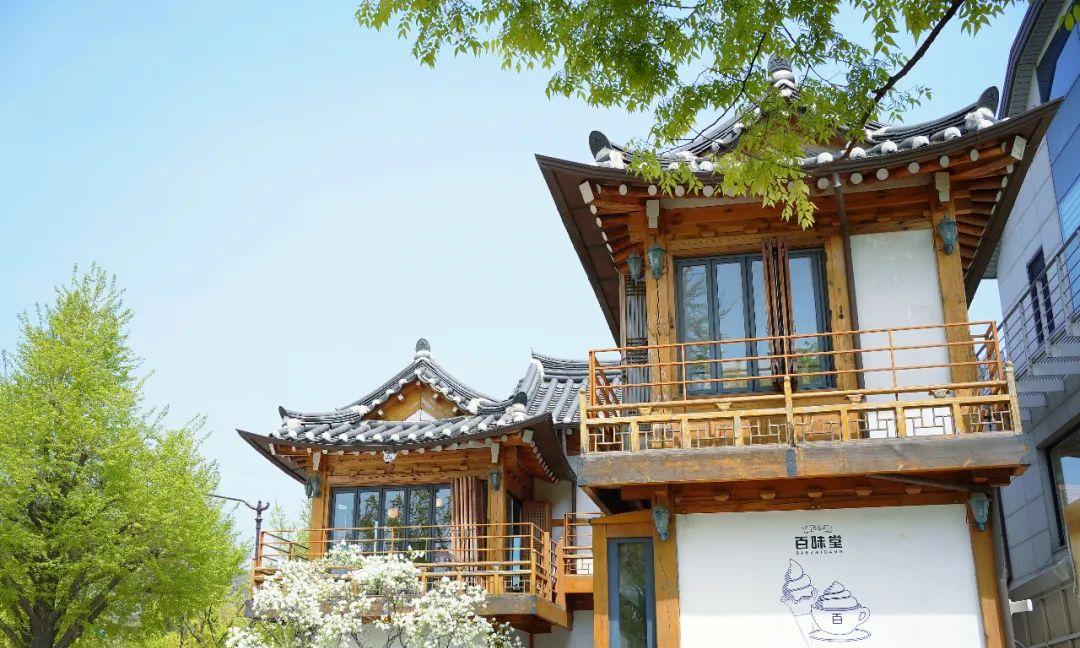
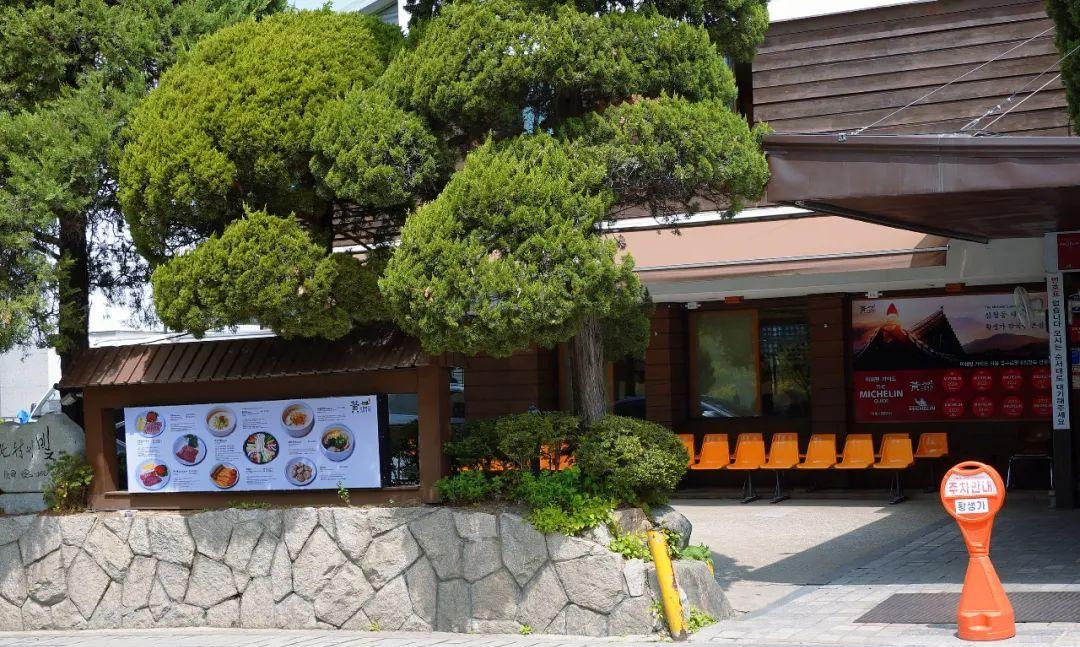
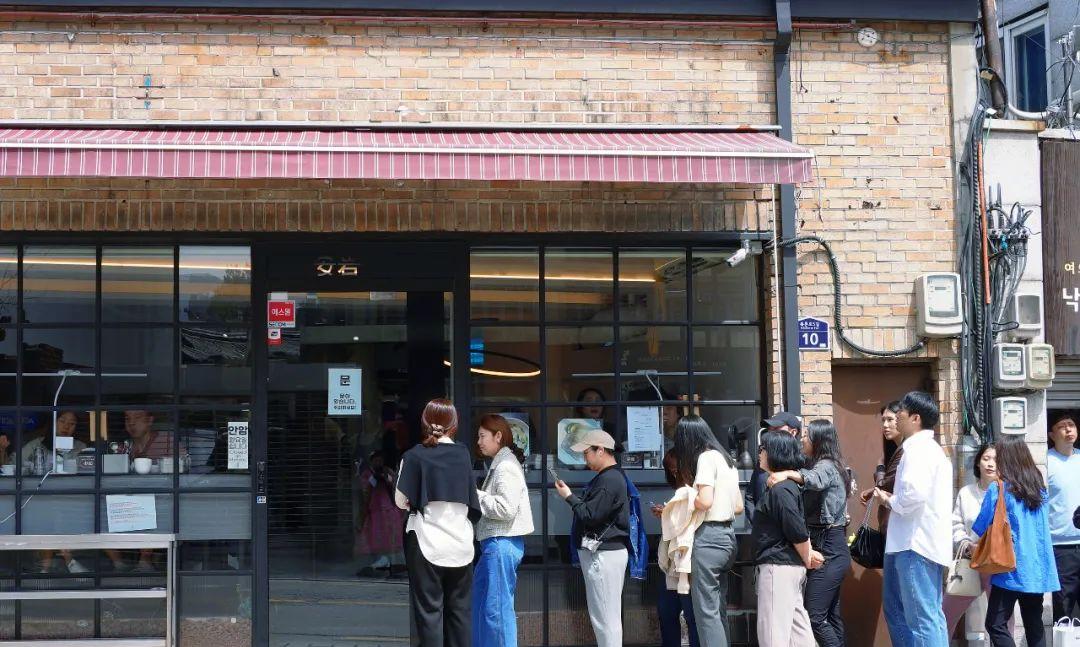
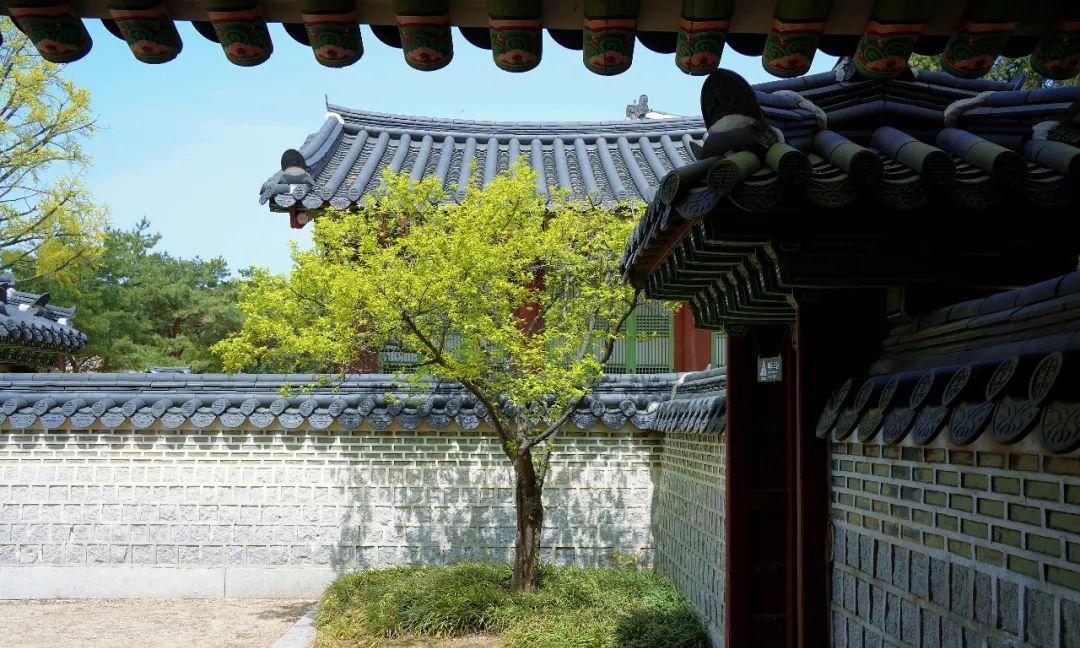
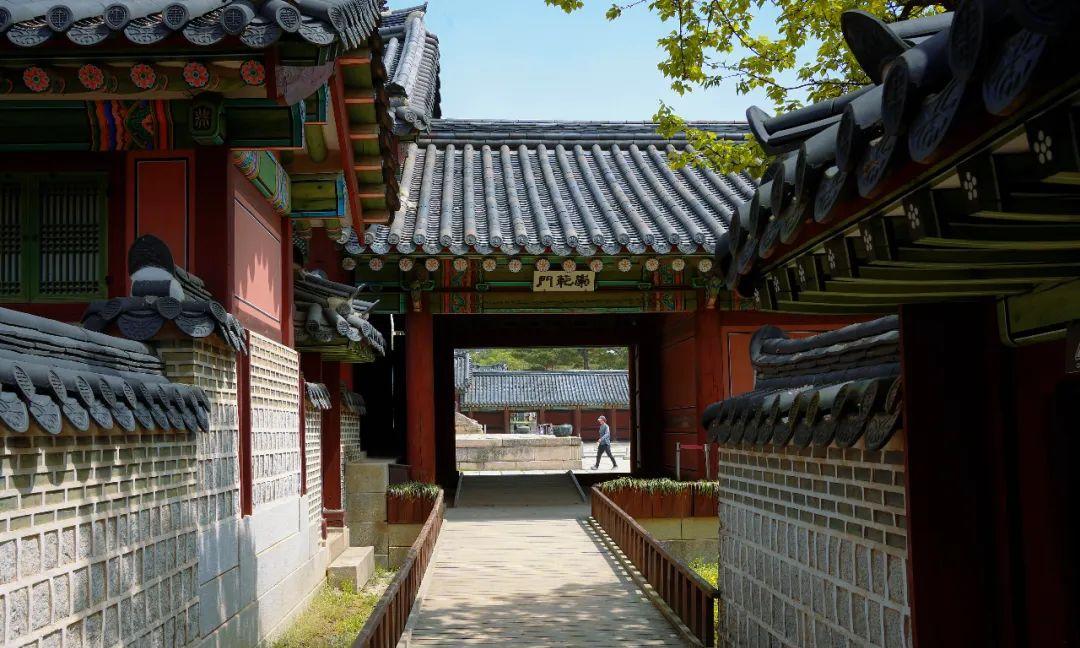
The Go City card includes rental services for hanbok (near Gyeongbokgung or Changdeokgung), vintage clothing from the last century (near Bukchon Hanok Village), and school uniforms (near Lotte World).
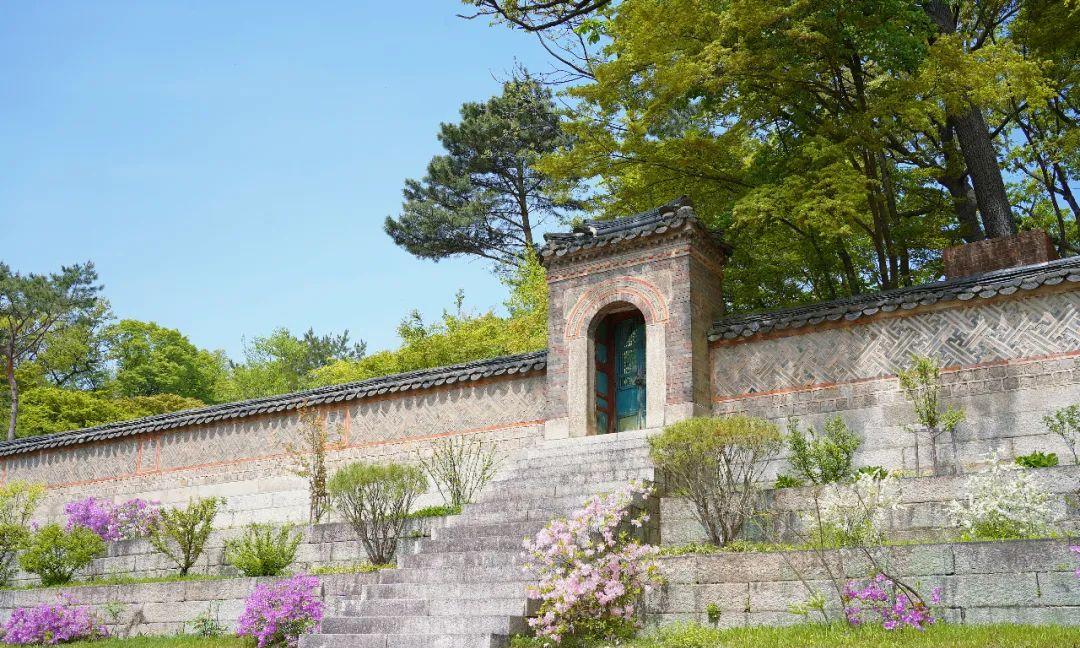
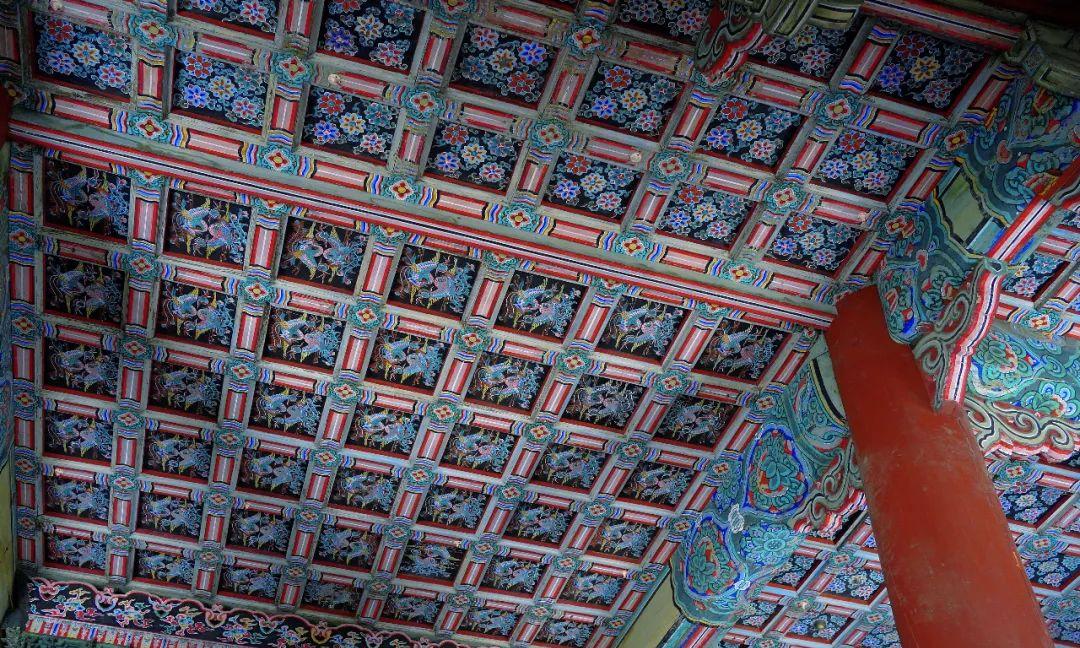
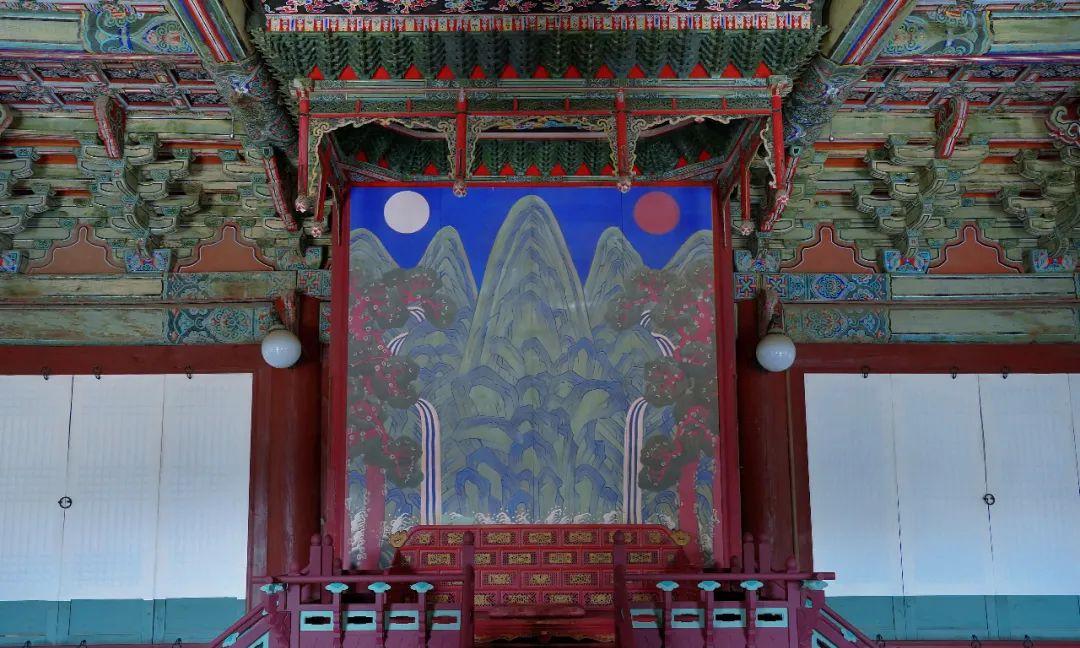
Wearing hanbok to visit palaces, dressing in vintage clothing at the hanok village, or wearing school uniforms at the amusement park is all very fitting.
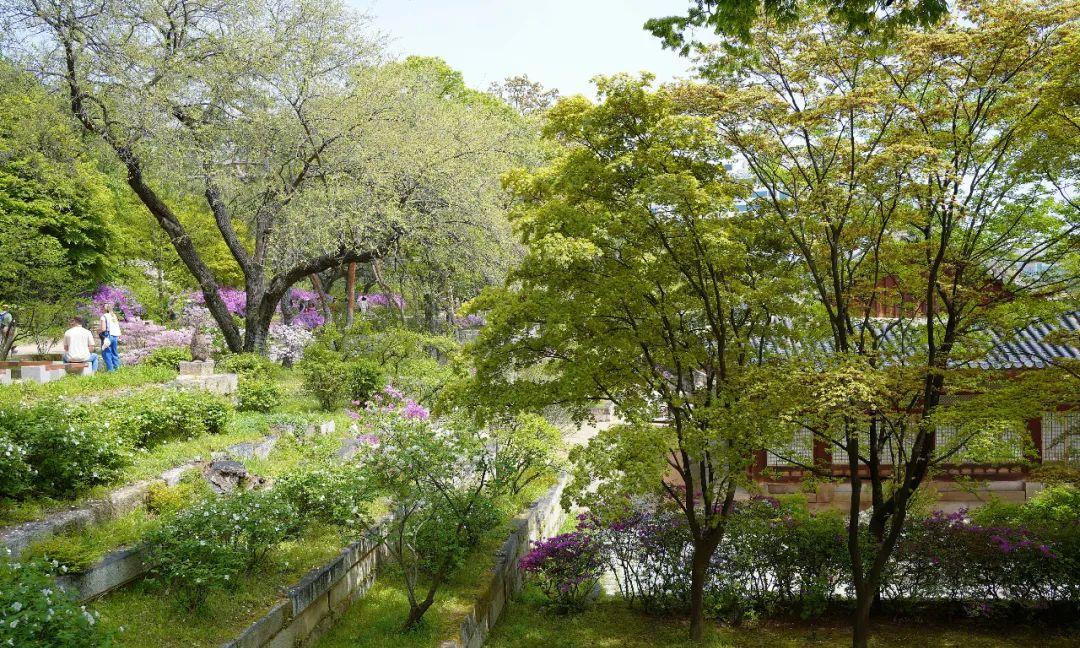
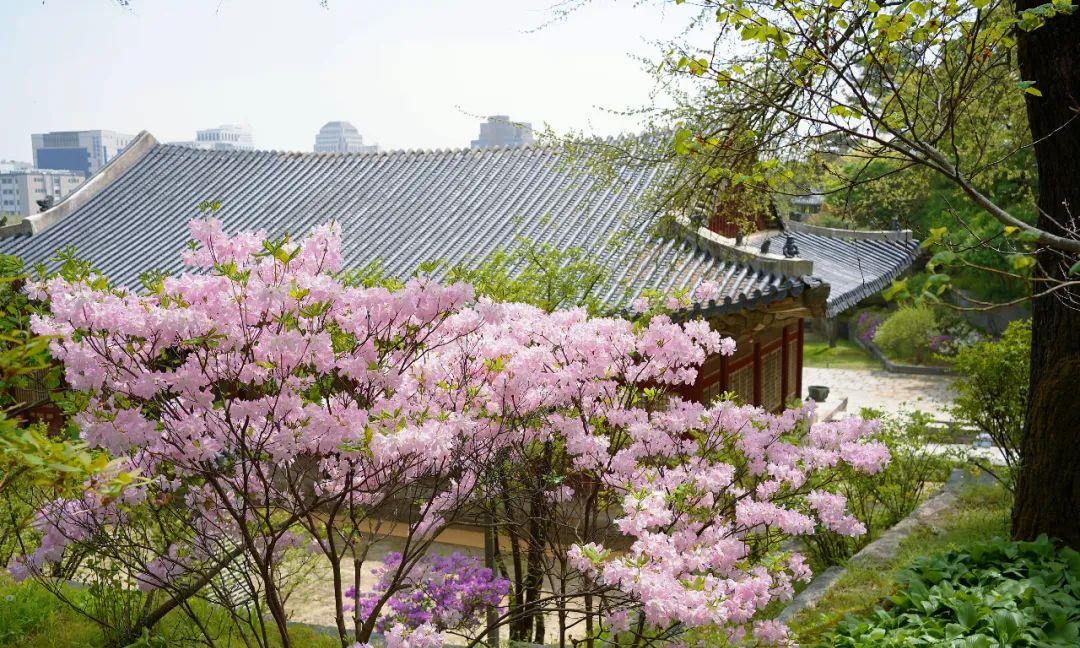
Of course, the must-have experience is the hanbok rental. The rental spots at Gyeongbokgung and Changdeokgung are available, but I recommend Gyeongbokgung for its larger scale, and you can conveniently exchange your hanbok for a box of traditional snacks after dressing up.
Although the hanbok rental and snack exchange occur at the same place, they are two separate benefits; they’re suited for the All-Inclusive Package, while the Select Package would end up using another voucher, which isn’t very cost-effective.
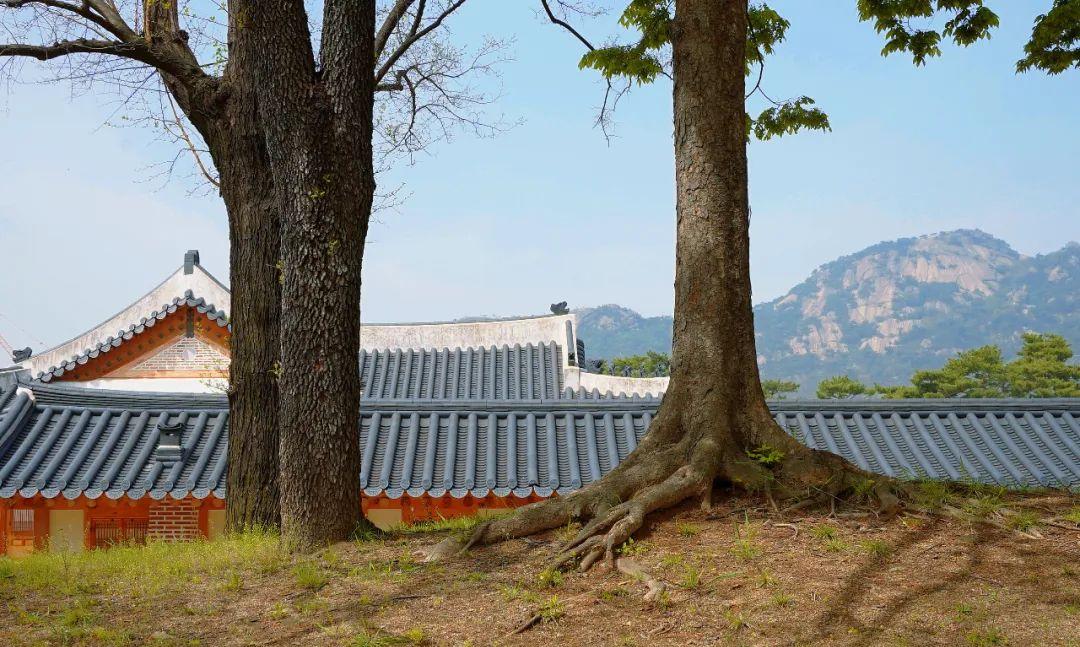
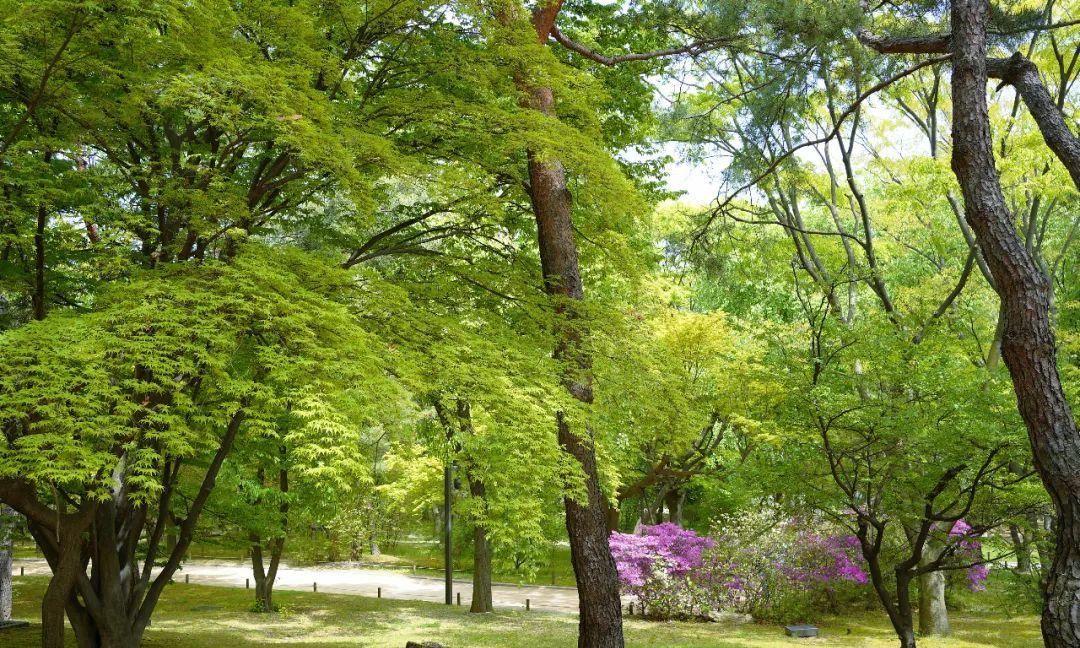
The rental shop is called “HANBOKNAM,” and there are many other hanbok shops nearby. I strolled around and must say, Go City carefully selects their suppliers; this shop is the largest, with the most styles and a great system.
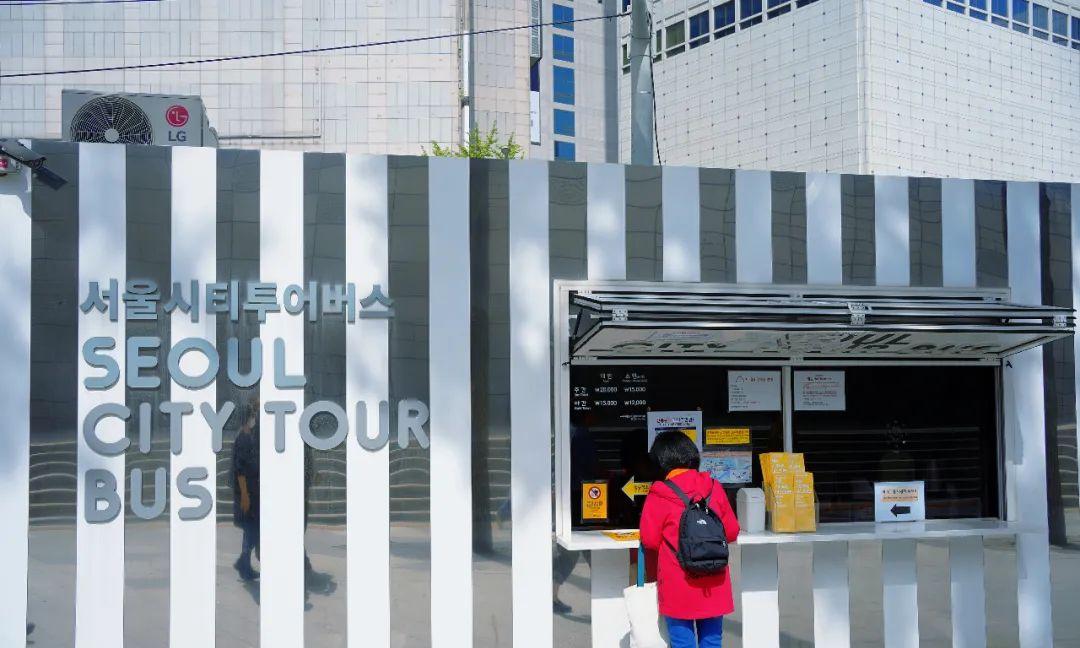
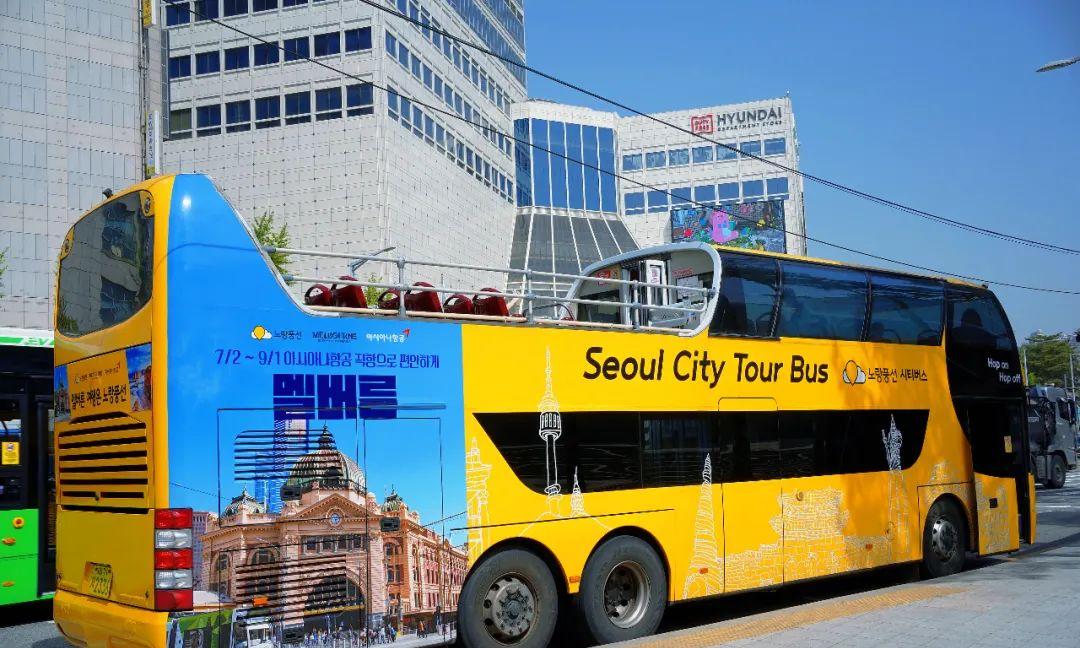
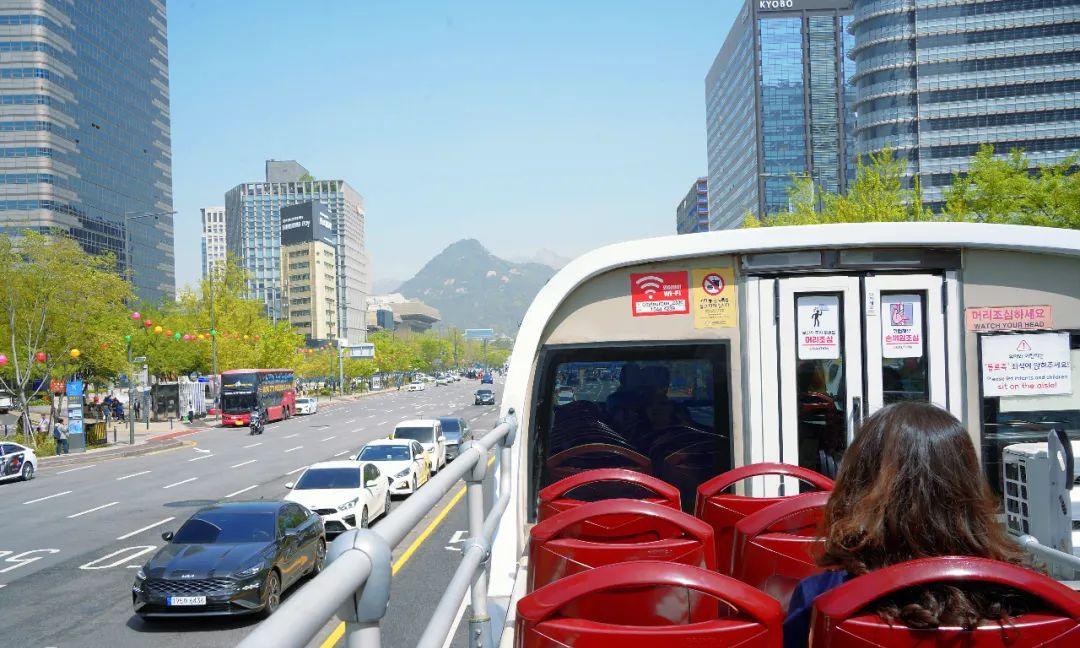
They offer male, female, and children’s hanbok, with a rental period of four hours, including hairstyling. The shop provides lockers without requiring a deposit, although you’ll need to leave an ID as collateral.
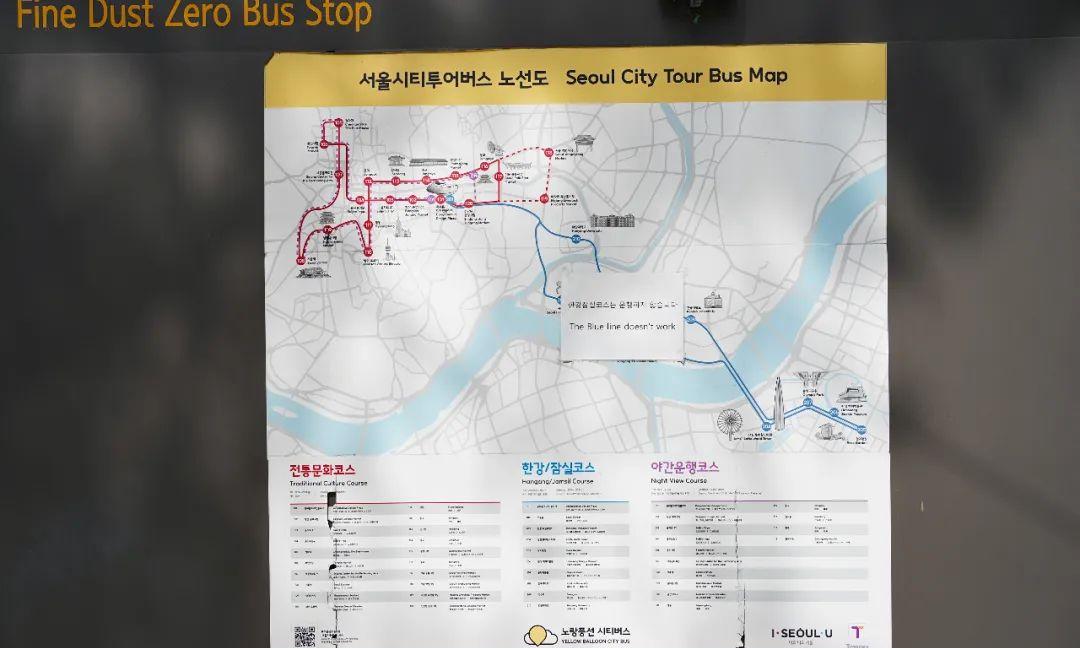
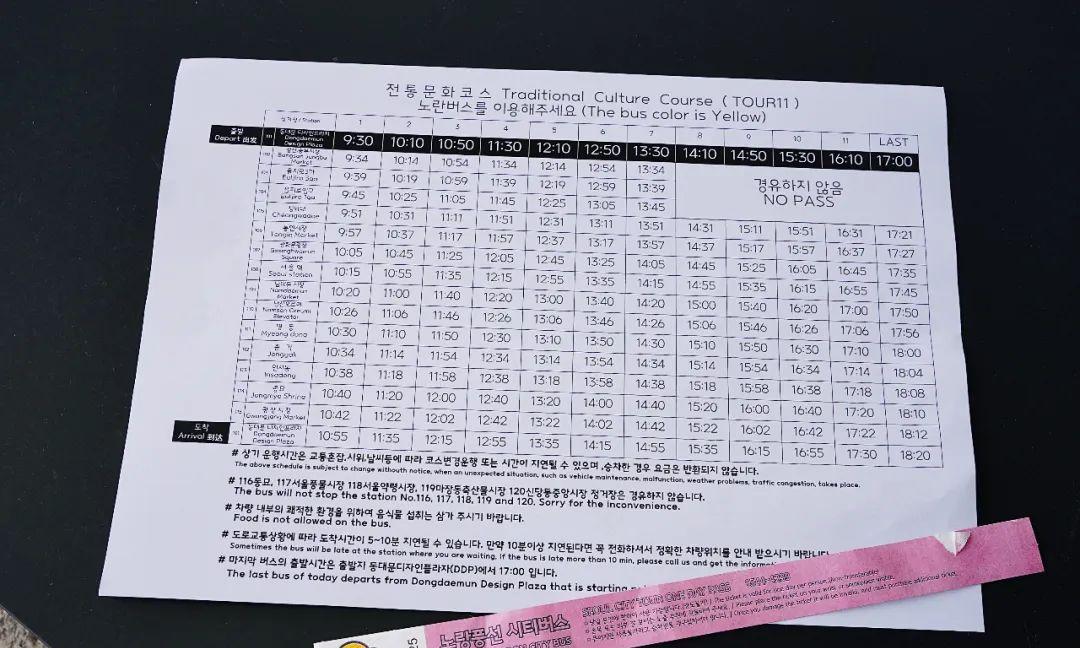
This shop is quite popular, so I suggest going early (it opens at 9:00 AM). After dressing up, you can catch the 10:00 AM royal guard ceremony at Gyeongbokgung (another ceremony is at 2:00 PM).
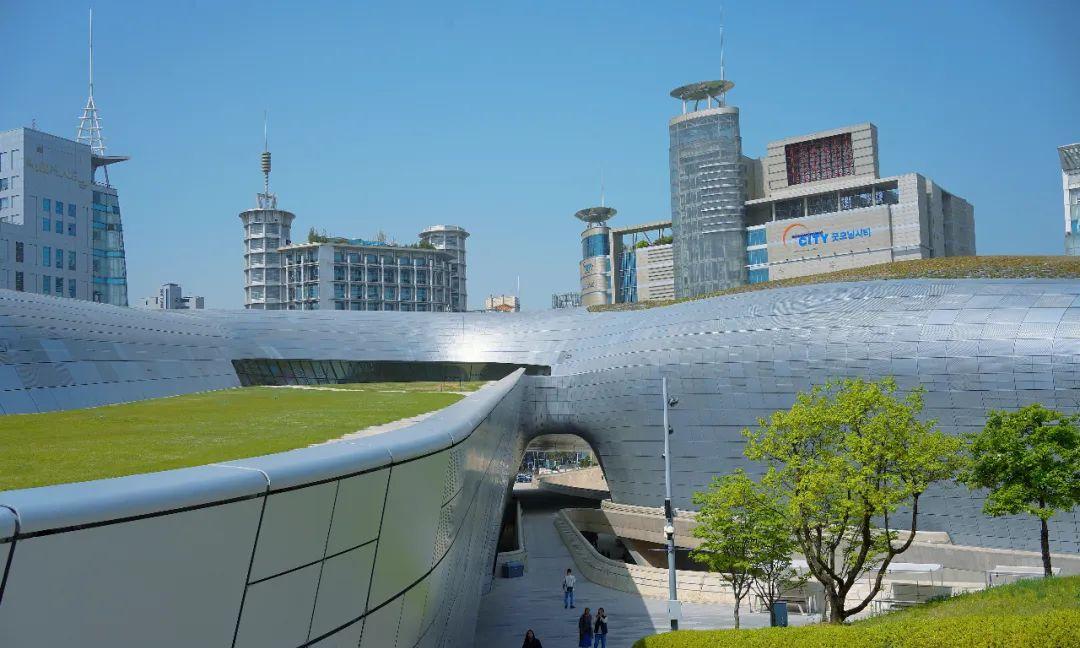
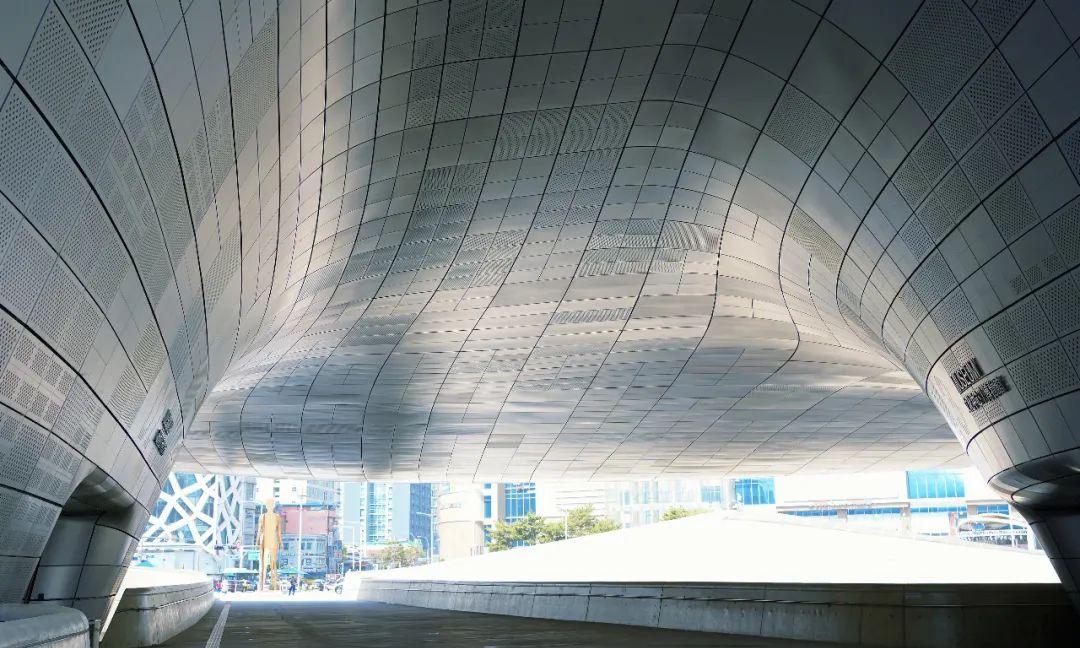
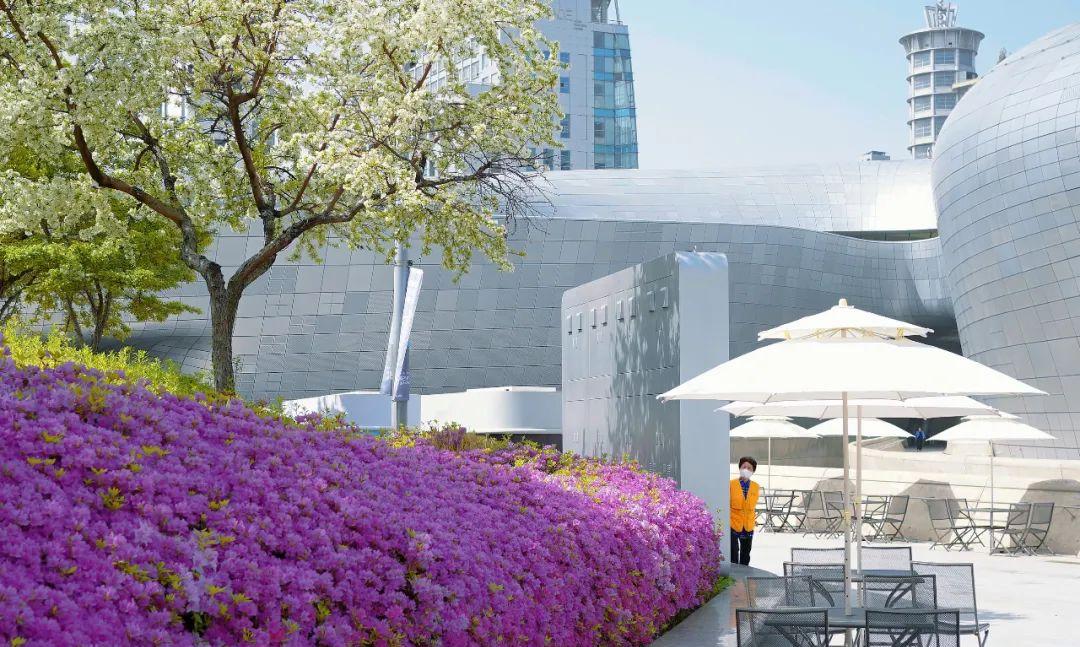
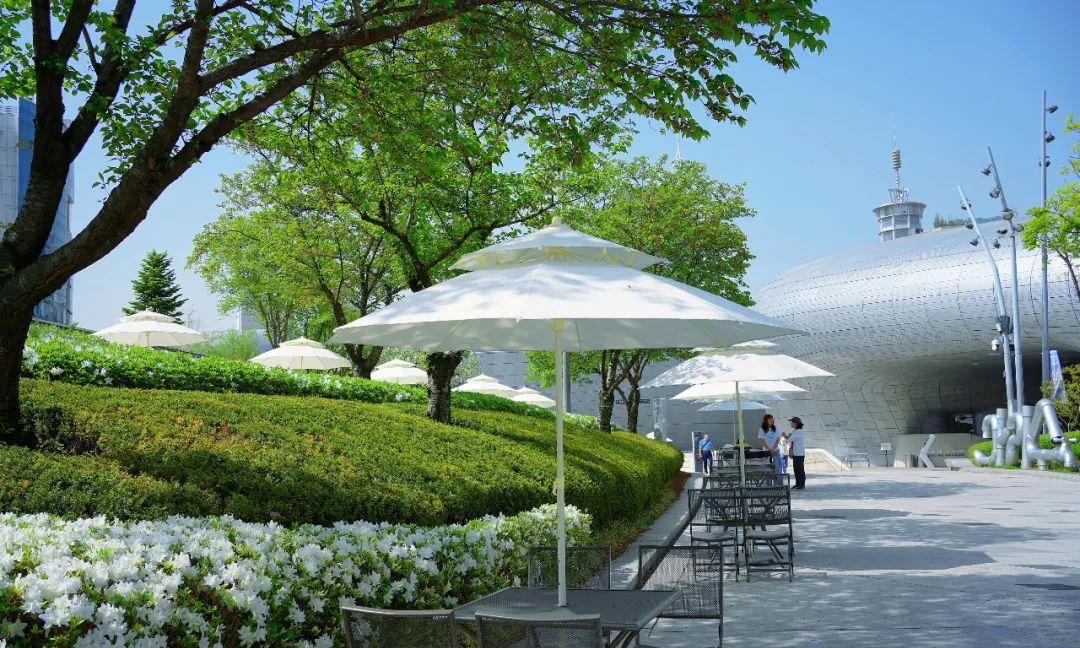
One great thing about wearing hanbok in Seoul is that you get free admission into the palace.
Gyeongbokgung is often referred to as the “Forbidden City” of Korea, built in 1395 and was the first royal palace of the Joseon Dynasty. Visiting Gyeongbokgung is quite similar to visiting the Forbidden City; the central axis can be quite crowded, so if you want to capture photos without many people, just head to the smaller associated palaces.
The two most picturesque spots in Gyeongbokgung are Gyeonghoeru and Hyangwonjeong, where you can see the pavilions reflected in the lake against a backdrop of mountains.
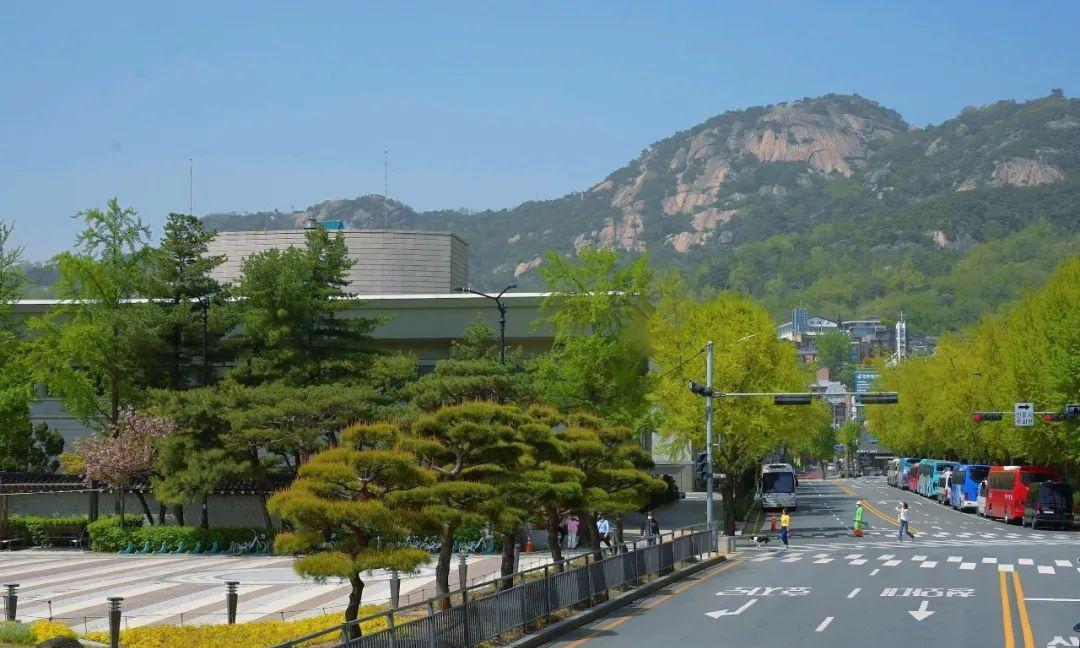
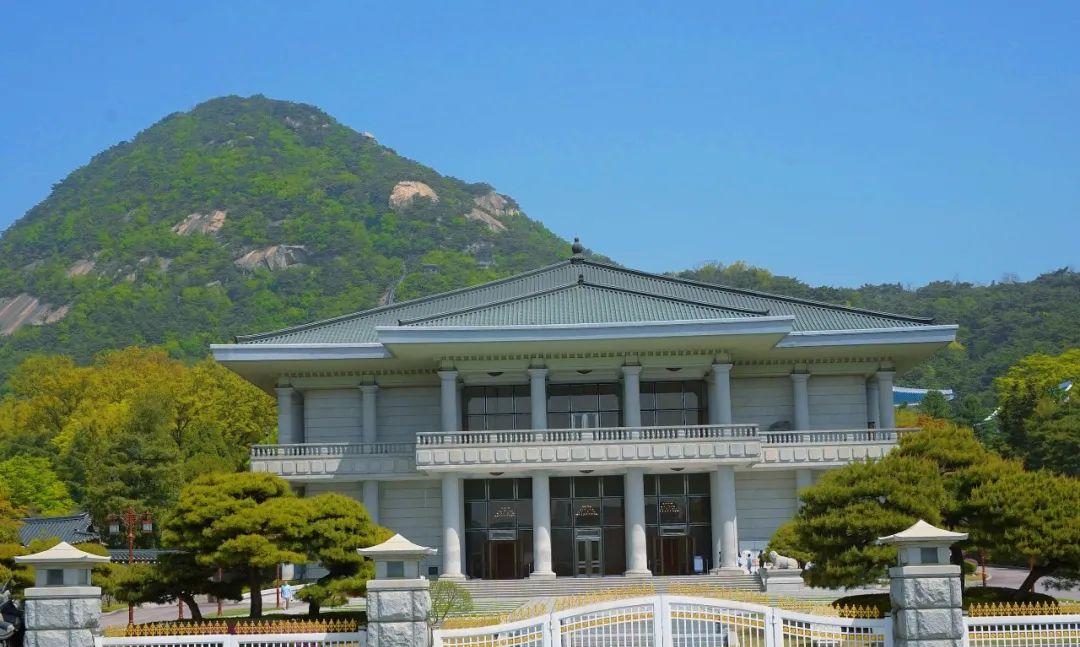
I recommend exiting from Gyeongbokgung’s east gate and strolling along Bukchon-ro 5th Street towards Changdeokgung. This route is over a kilometer long, filled with interesting shops: there’s the historic Baekmi Ice Cream shop, Michelin-selected Hwangsaengga Kalguksu, and the equally Michelin-starred Anam Pork Soup Rice.
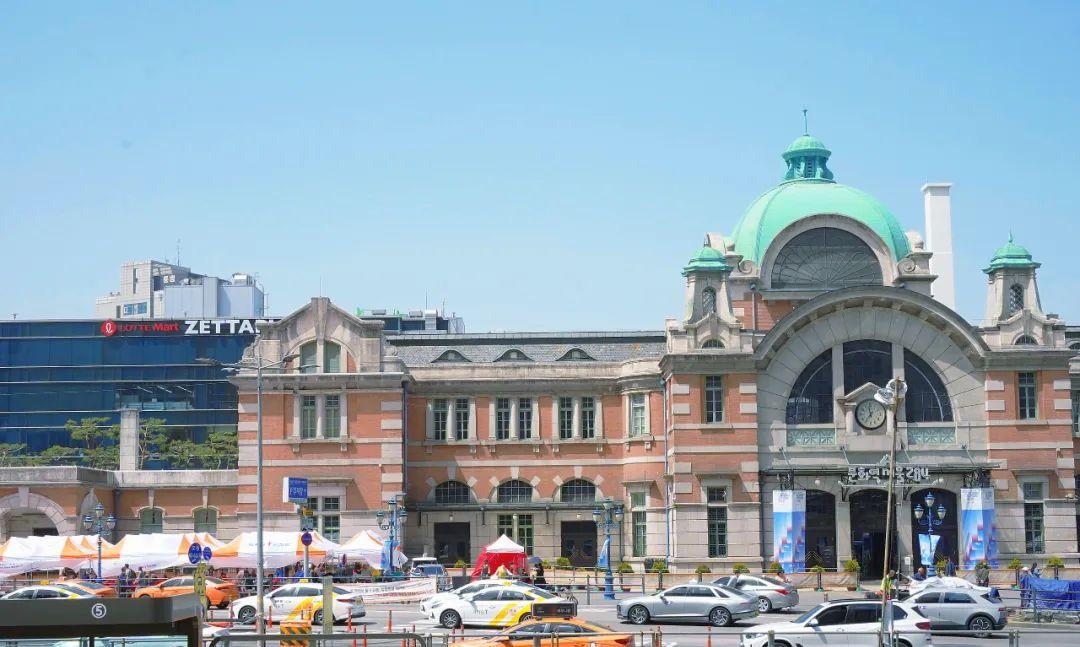
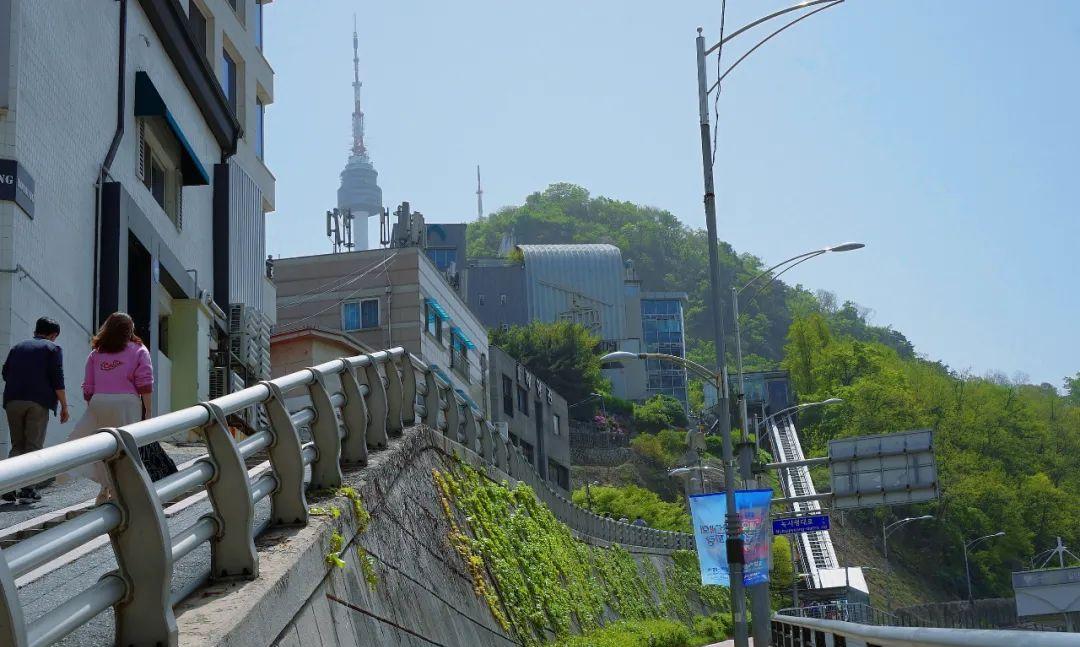
Changdeokgung is less renowned than Gyeongbokgung and receives far fewer visitors. Personally, I prefer Changdeokgung; it is the most well-preserved palace among Joseon residences and a UNESCO World Heritage site.
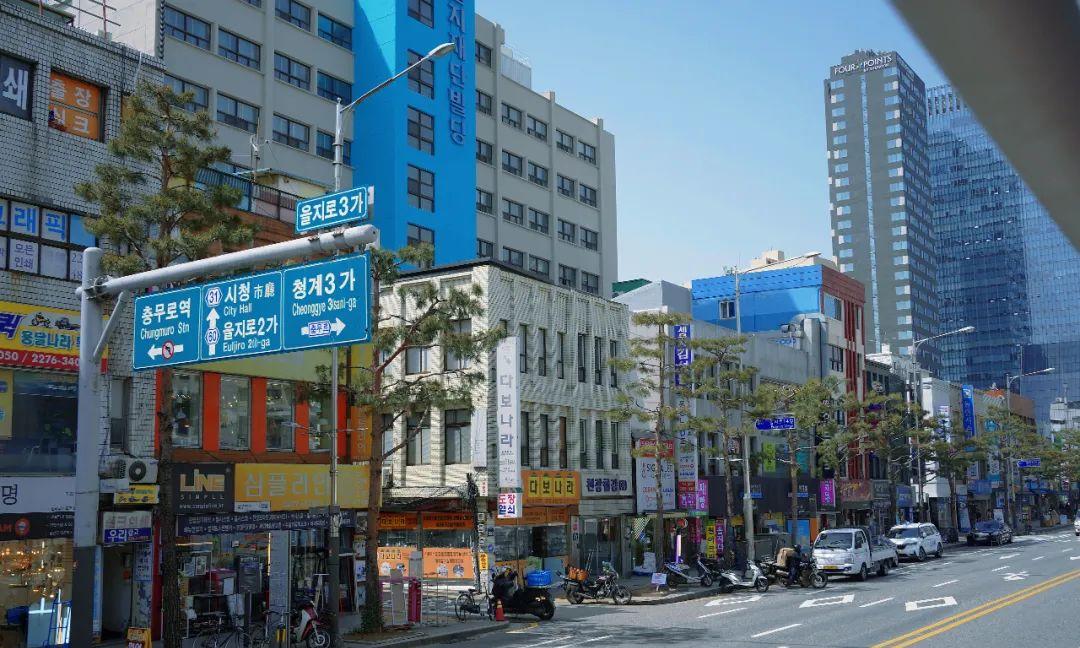
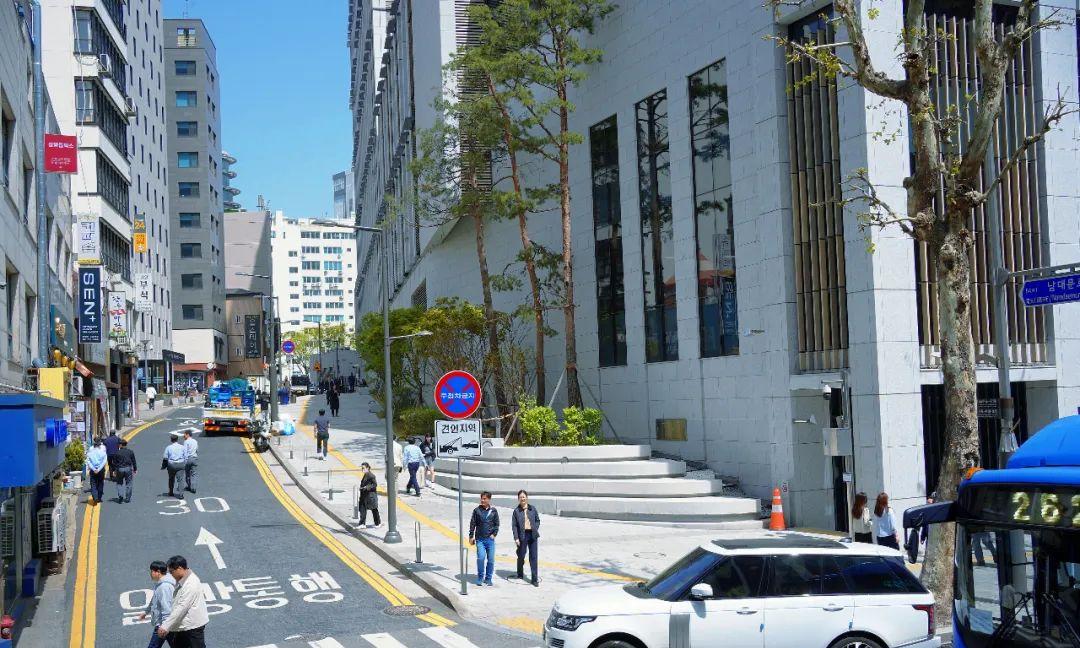
The architecture here harmonizes beautifully with the natural environment, winding paths lead you through multiple structures that offer glimpses of their interiors. Dressed in hanbok, you can take many more regal photos here.
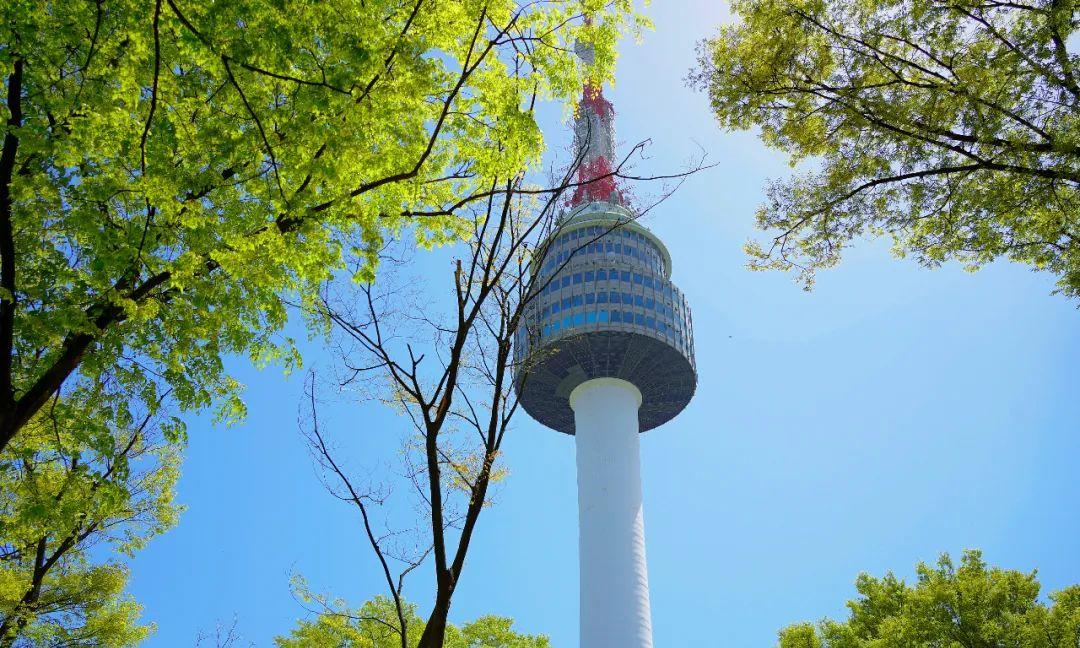
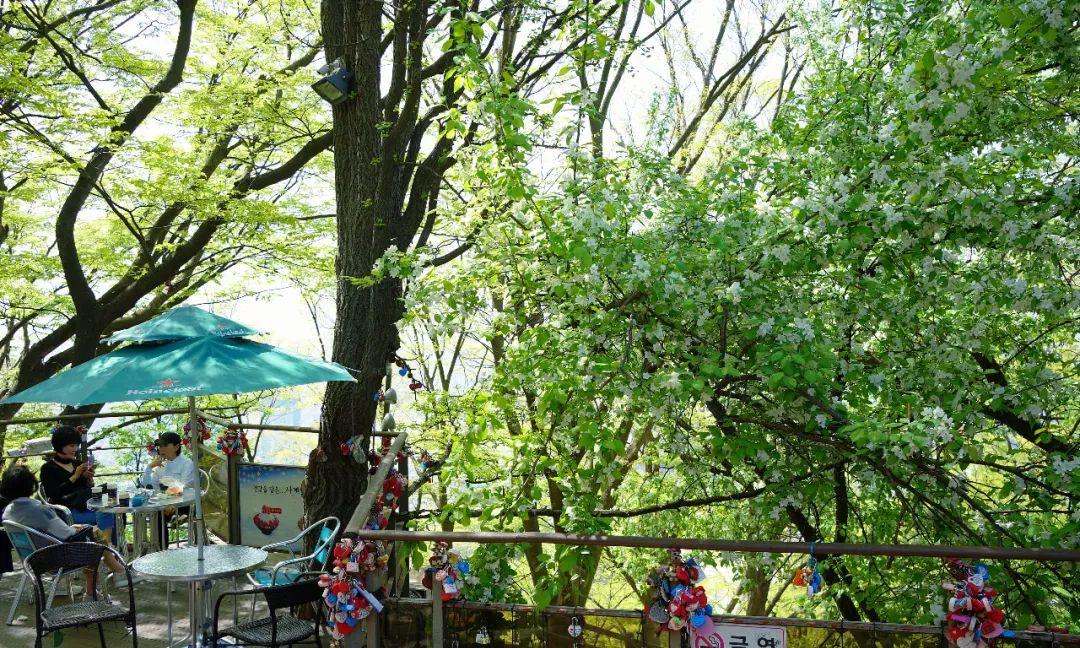
I also visited Changgyeonggung, which is located right next to Changdeokgung and features a large park with lush vegetation. The azaleas are lovely in this season, and it offers shade in summer, making it great for a breather, and the autumn scenery must be wonderful as well. This is a great spot for hanbok photos, creating a more natural vibe.
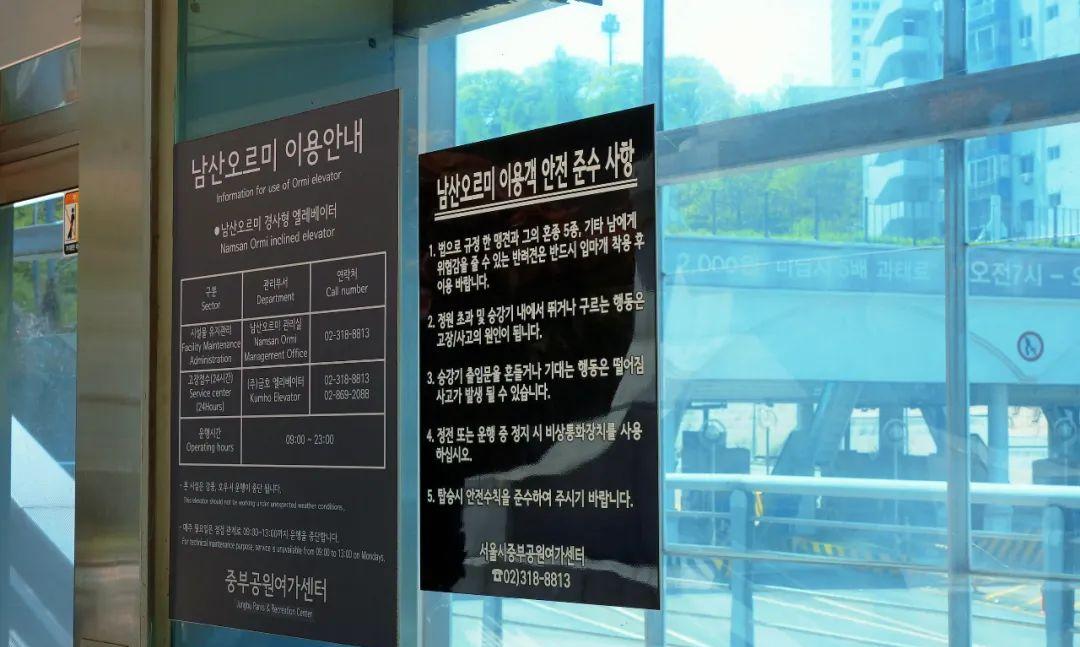
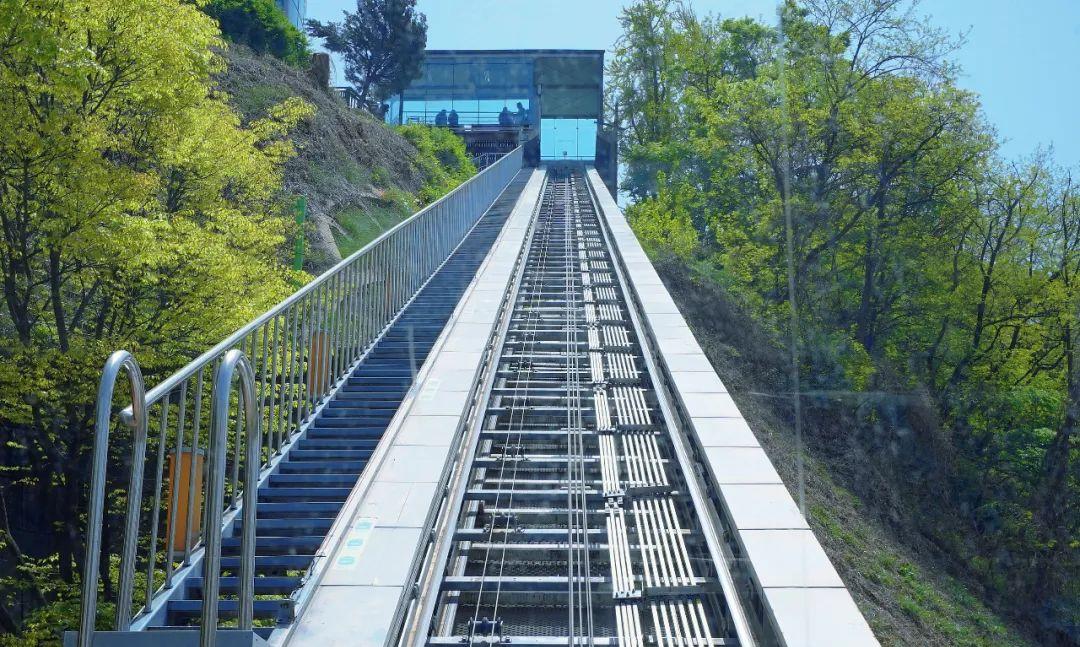
Each of these three palaces has its unique charm and can be visited in one trip, with free admissions for those in hanbok attire. Gyeongbokgung is grand and emphasizes the architecture, while Changdeokgung offers more detailed insights into the palace’s interior. Lastly, Changgyeonggung has stunning natural scenery, perfect for a short rest. Finally, from Changgyeonggung, you can take a bus back to the hanbok store to return your attire after roughly four hours.
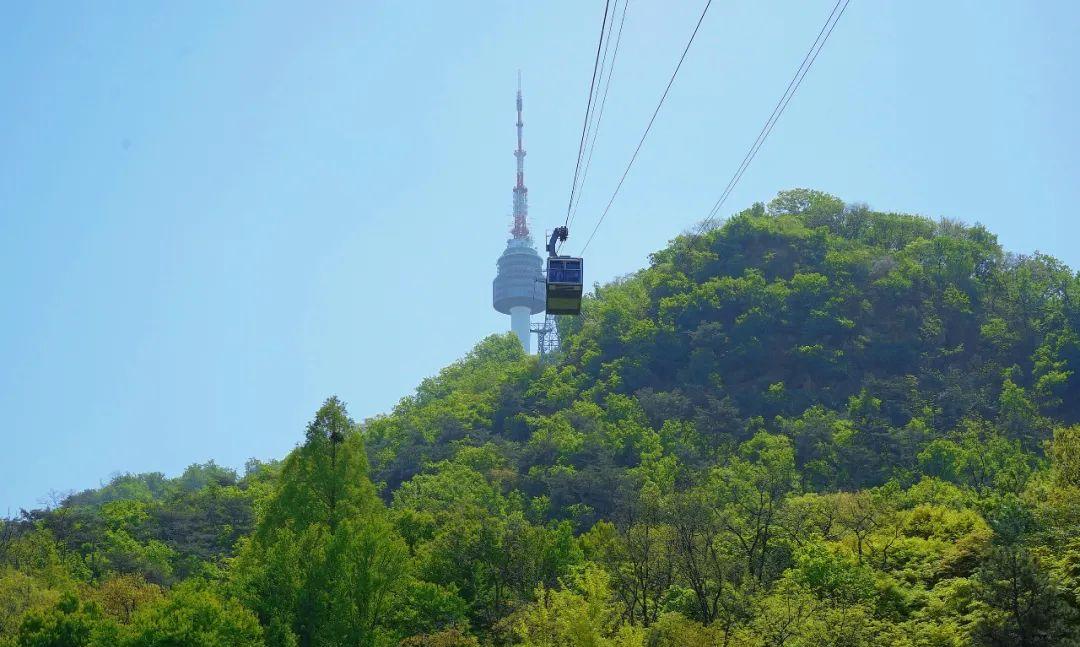
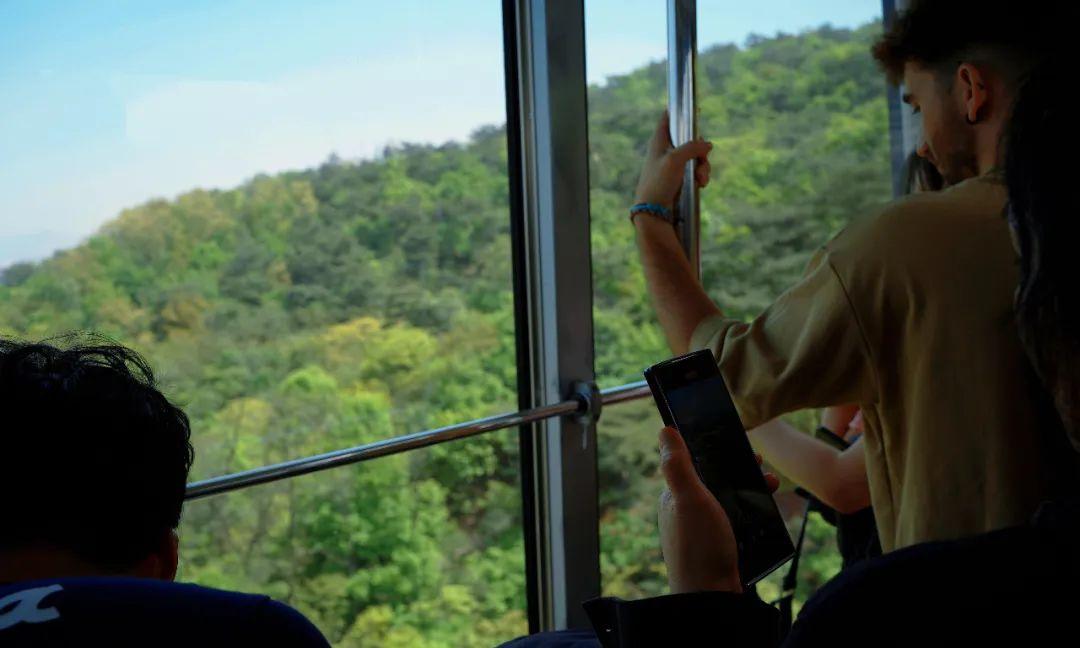
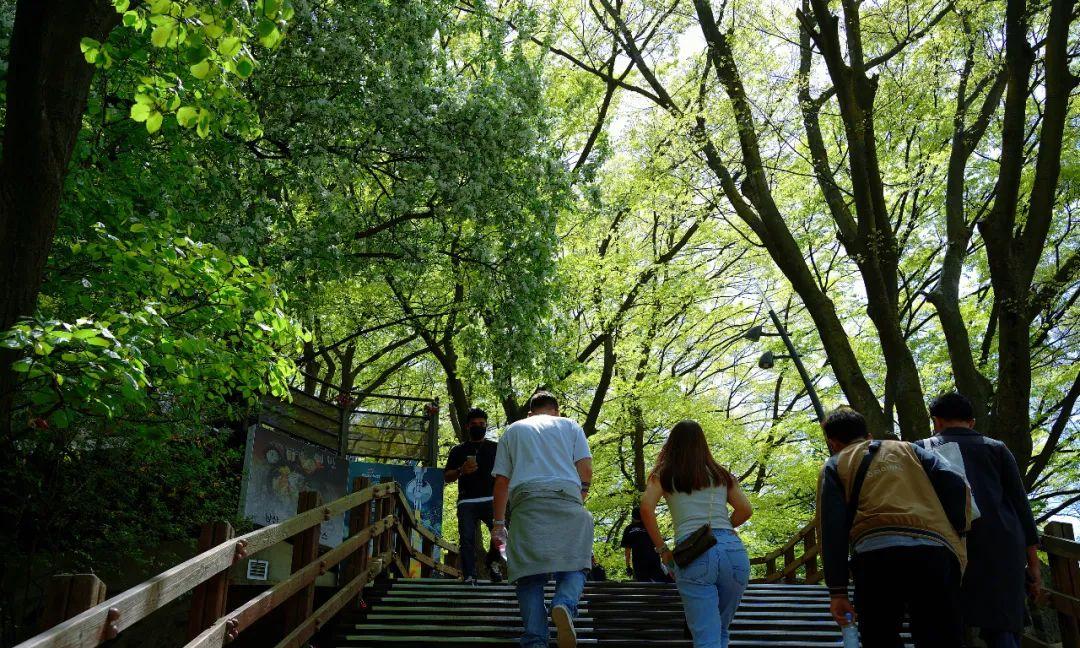
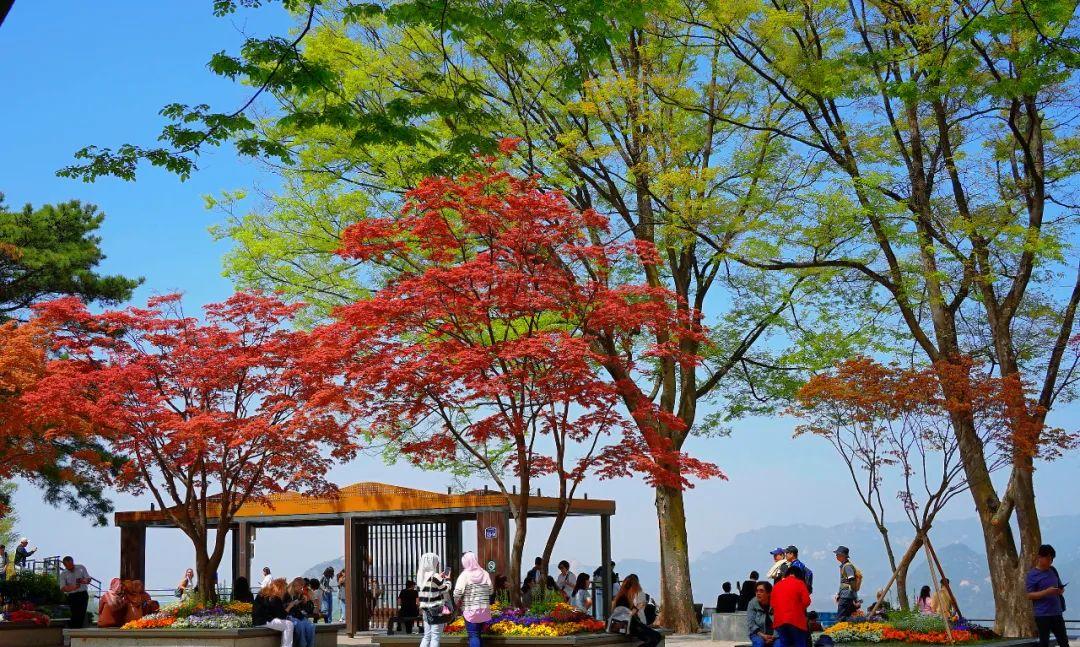
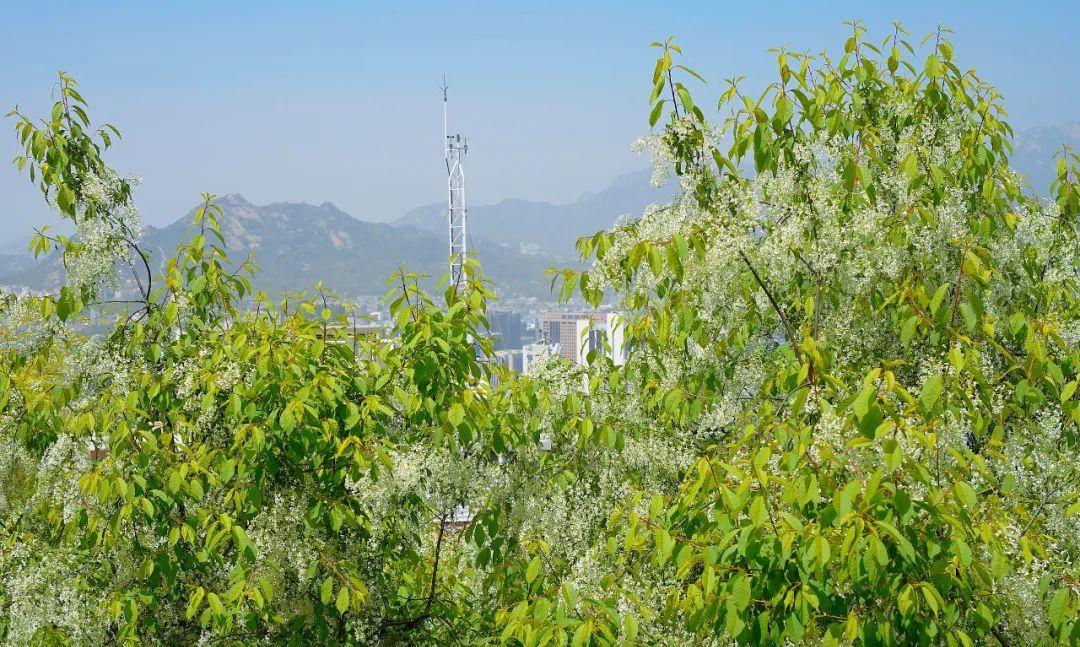
Please note: Gyeongbokgung is closed every Tuesday, while Changdeokgung and Changgyeonggung are closed on Mondays.
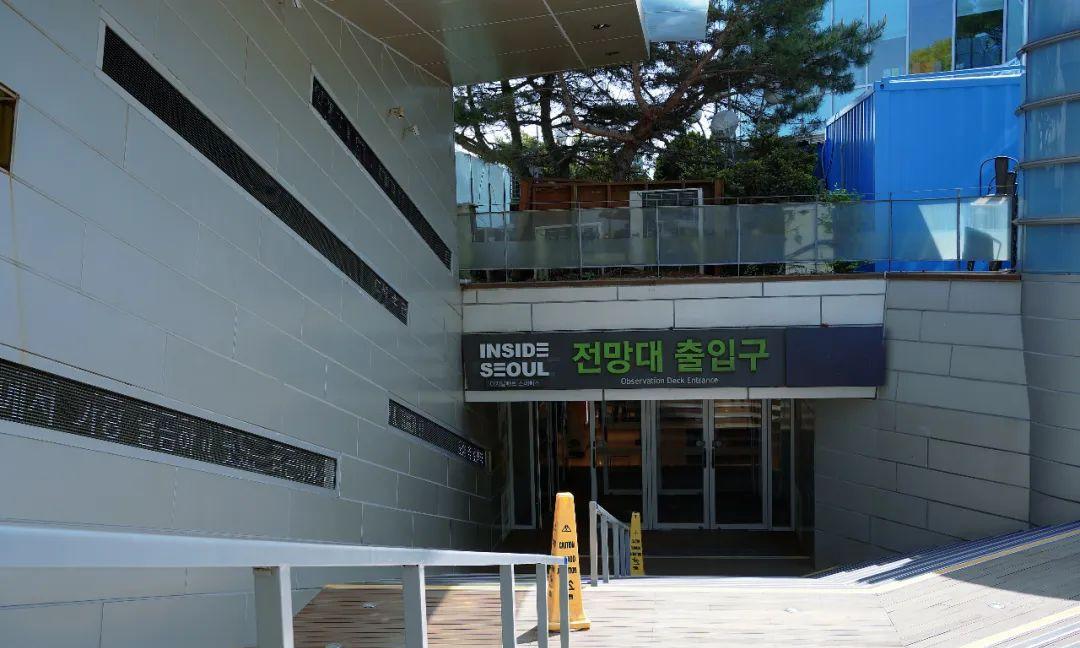
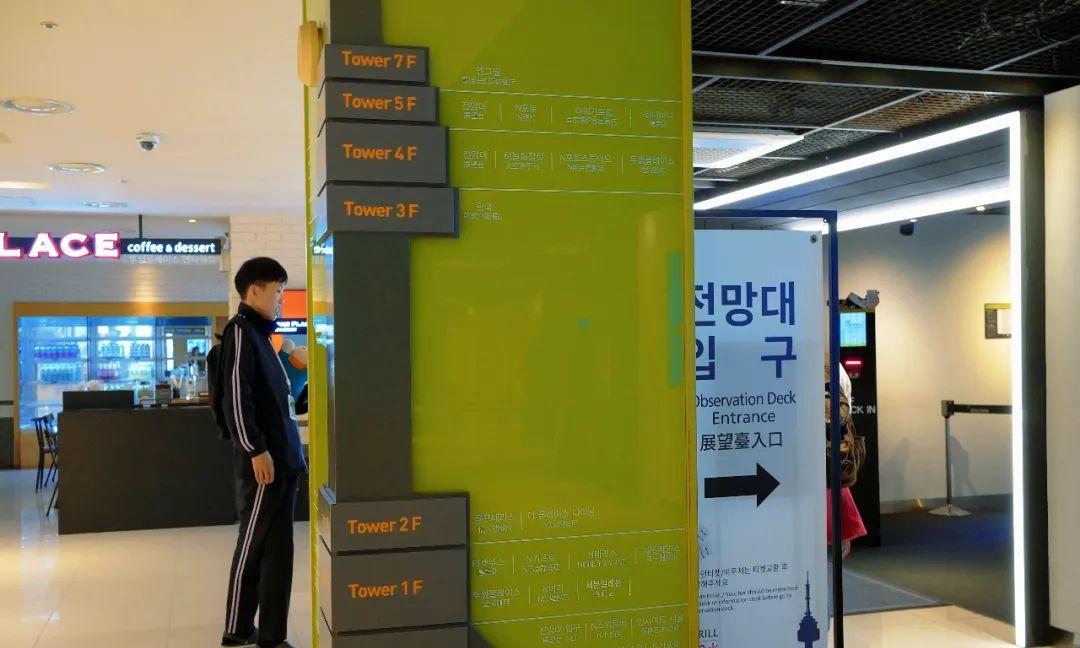
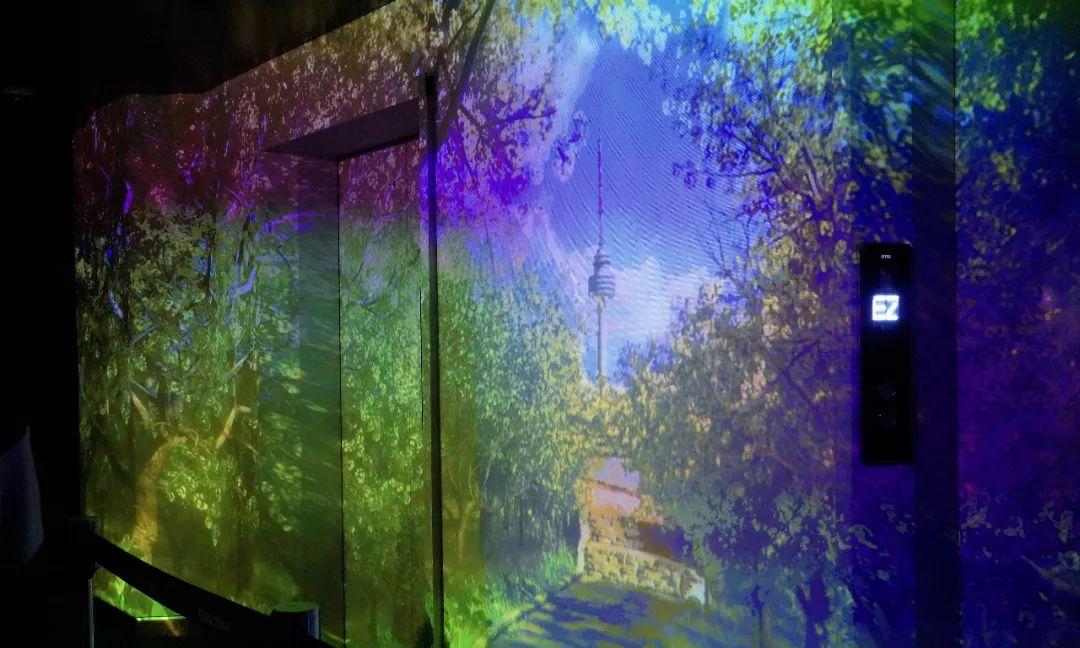
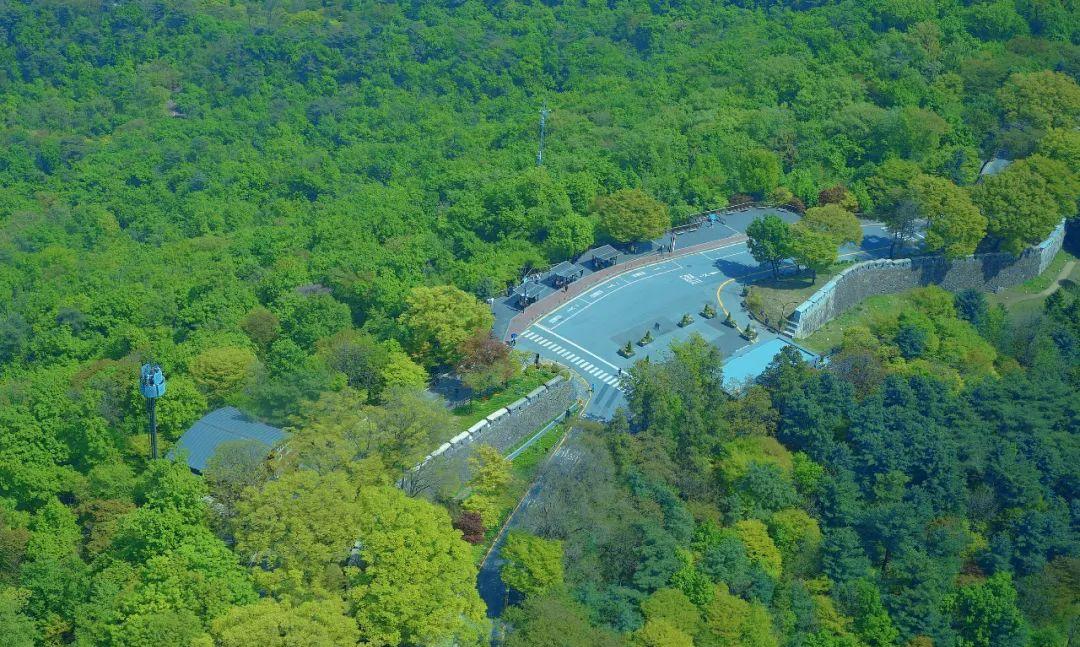
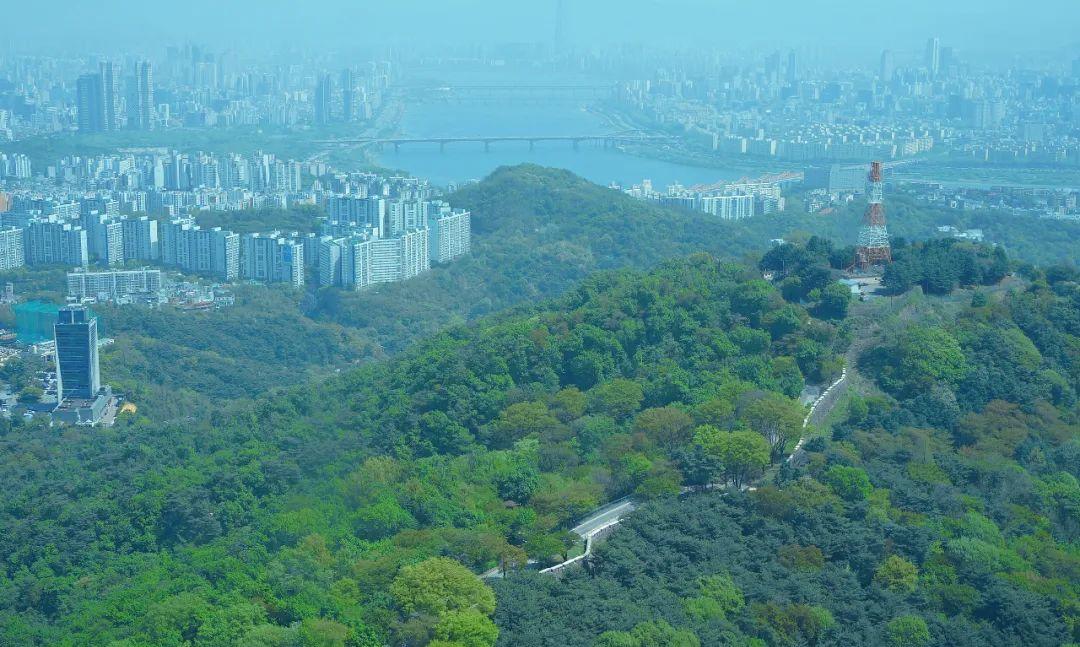
2. City Sightseeing Bus (Table entry number 25)
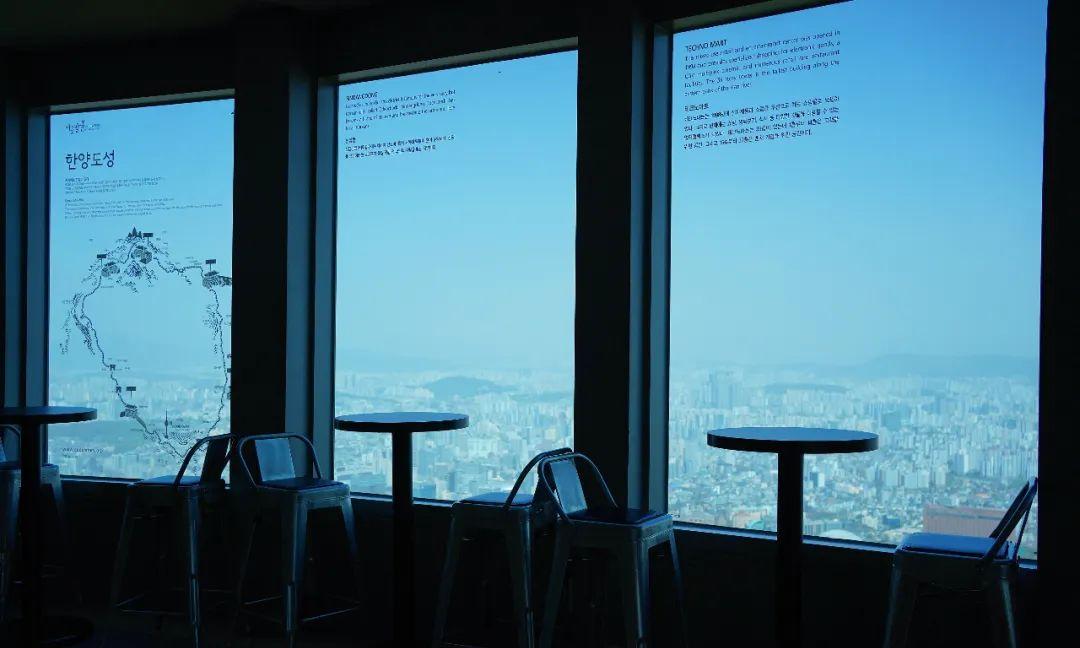
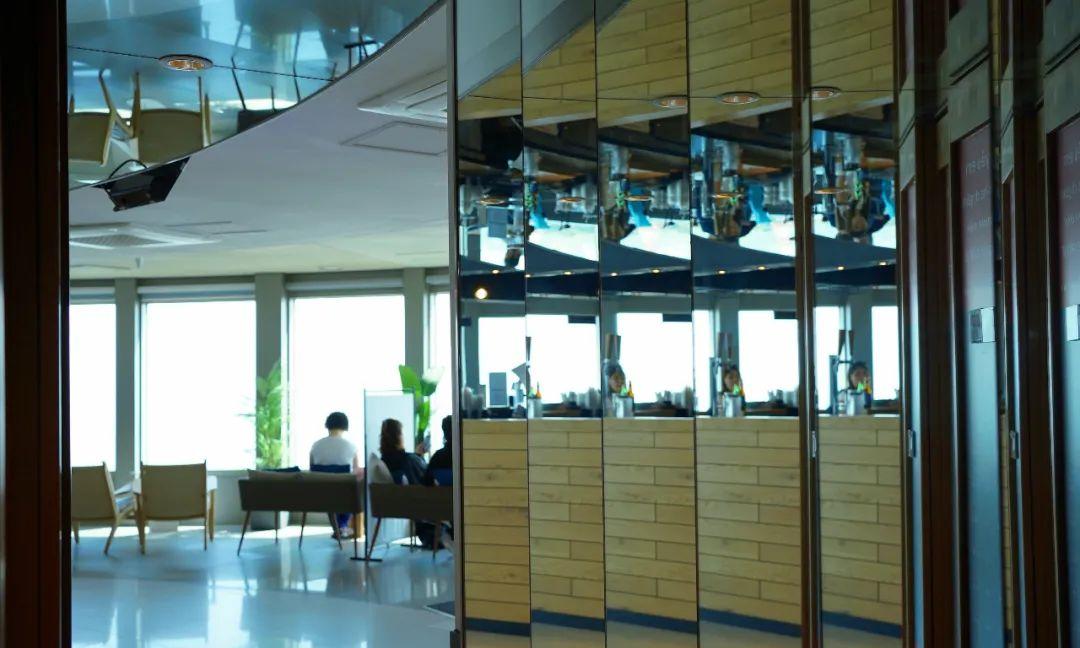
The city sightseeing bus connects the most representative attractions into routes, with Chinese commentary available along the way. After a full round, you’ll gain an overall understanding of Seoul’s major sightseeing spots.
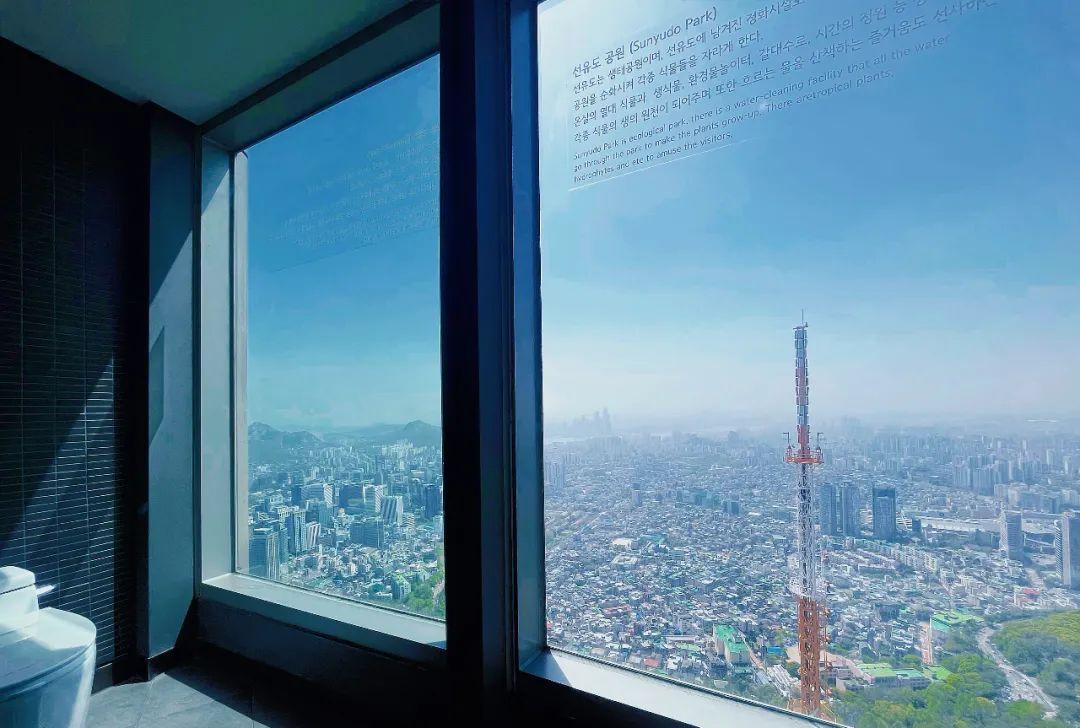
When the weather is good, you must sit on the upper deck in the open air; the unobstructed view is the bus’s main selling point.
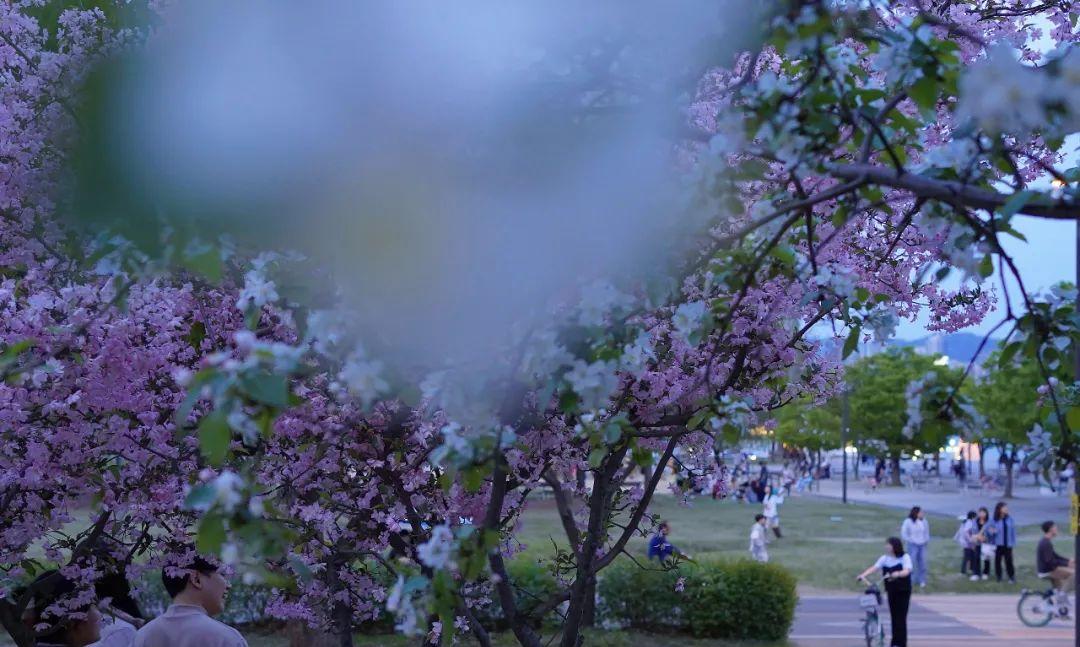
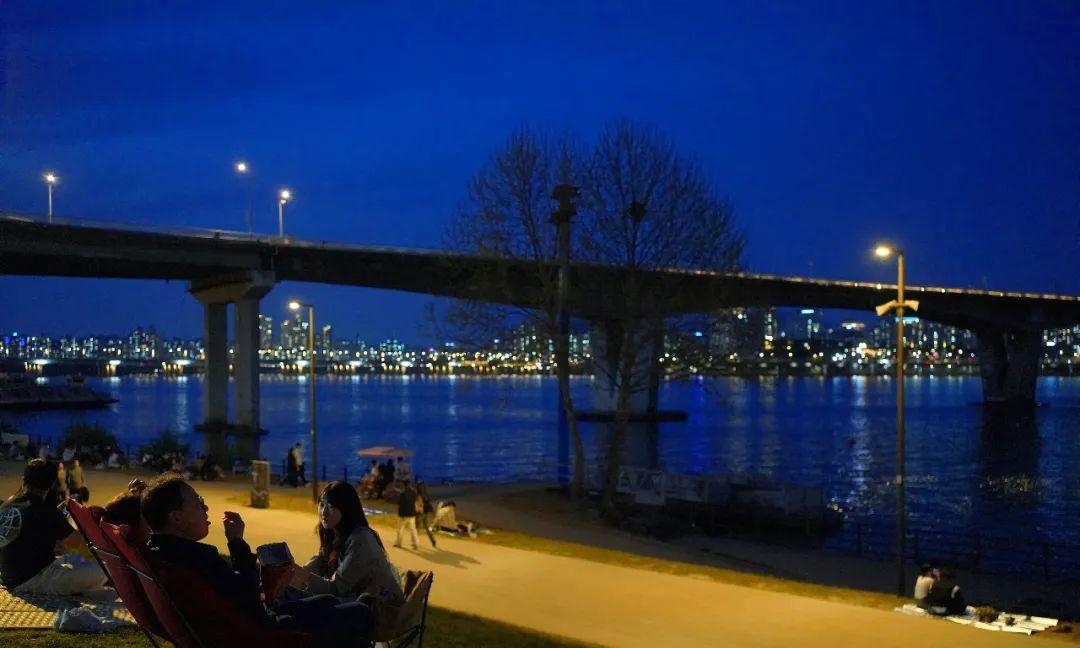
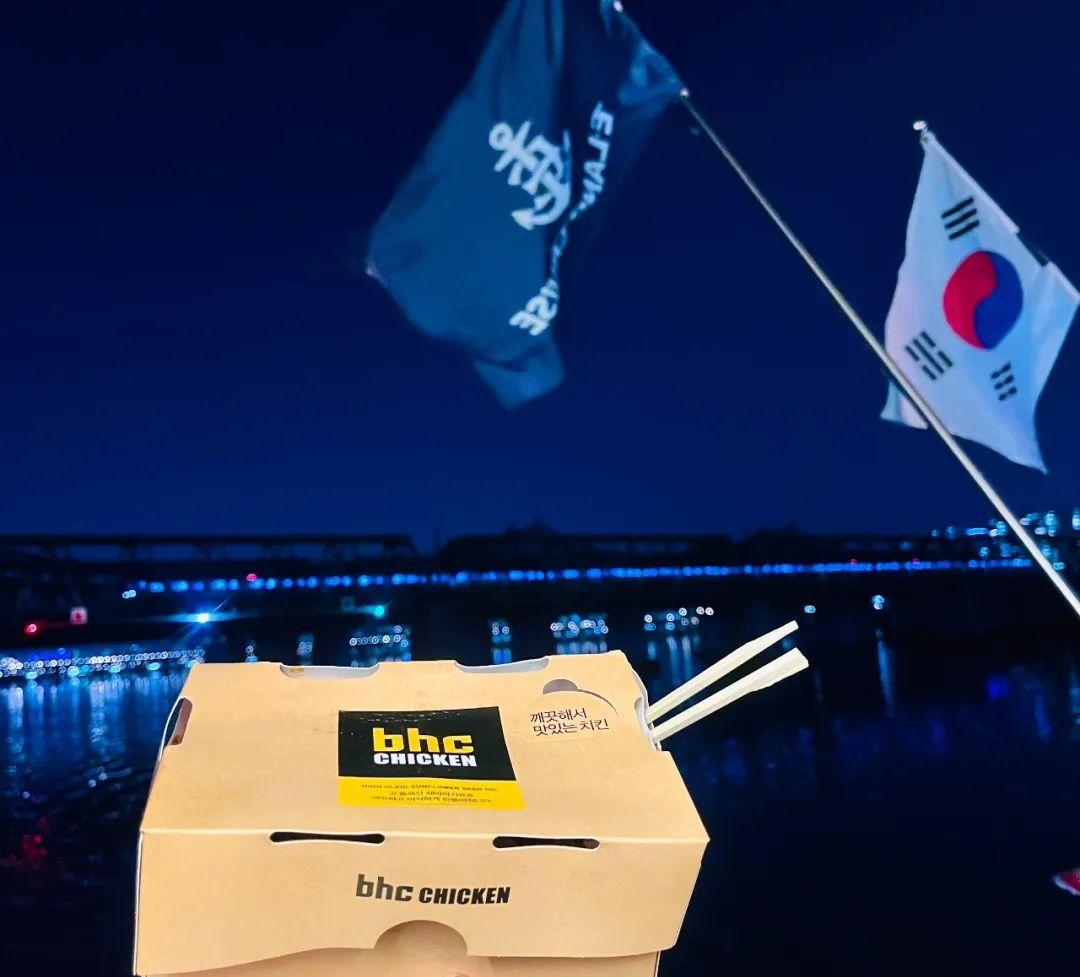
The bus ticket is valid for one day, and you can get on using a wristband. If you’re intrigued by a stop along the way, you can hop off, explore for a while, and then catch the next bus to continue your sightseeing.
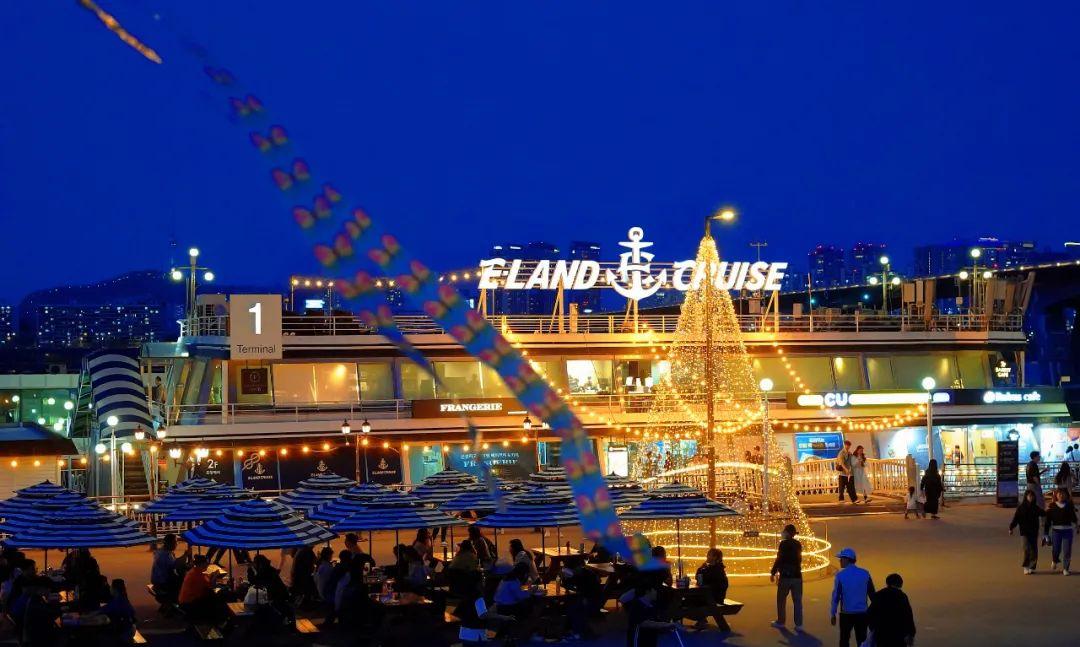
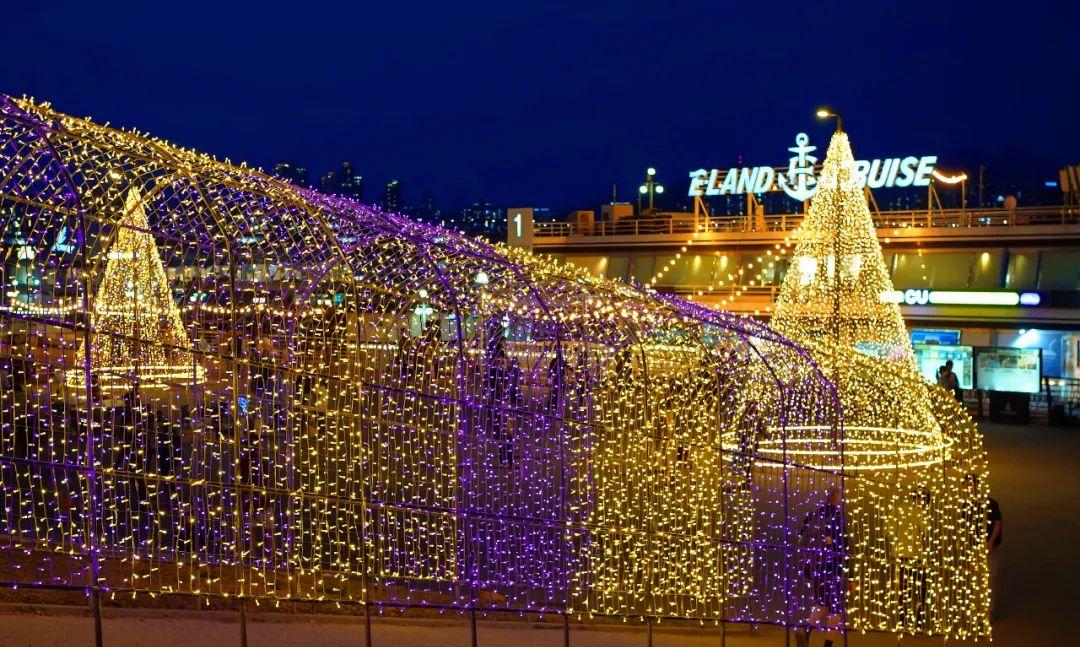
Seoul has red lines for traditional culture and blue lines for modern landmarks, although the blue line is currently not operational.
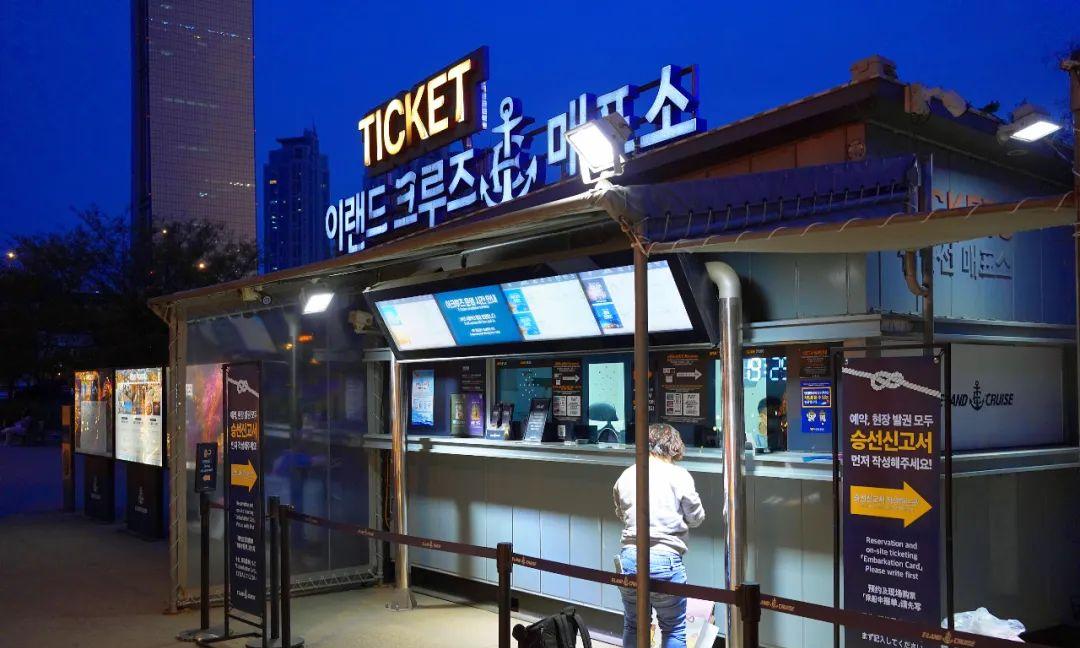
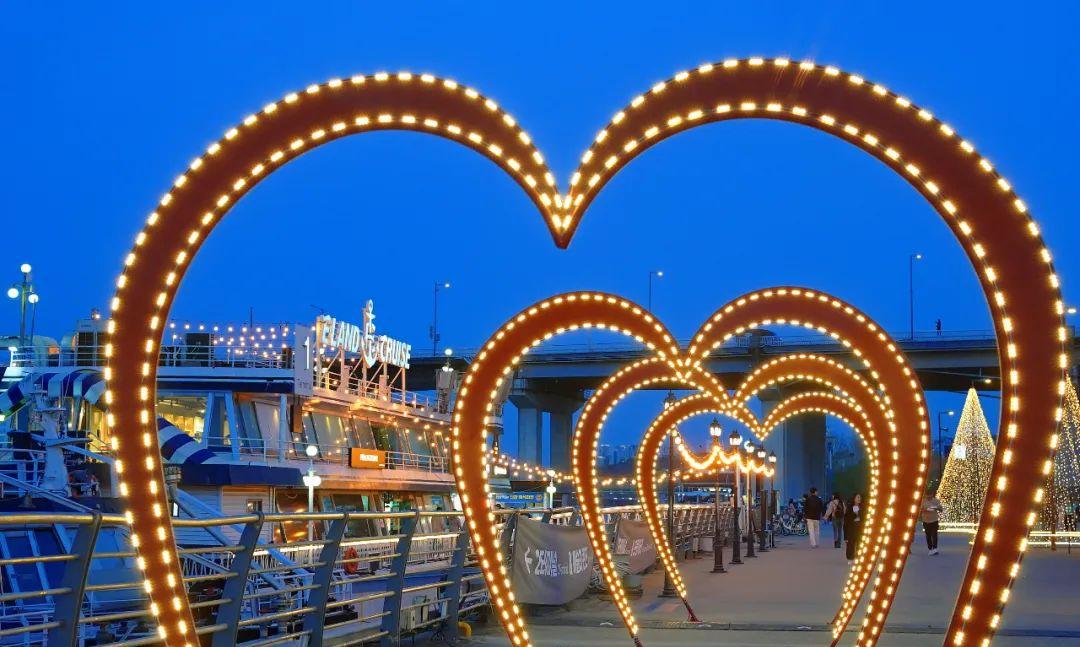
The starting point is at Dongdaemun Design Plaza, which itself is worthy of a visit; its futuristic architecture designed by Zaha Hadid features three underground levels and four above-ground levels, often hosting events and free exhibitions. The main event for this year’s New Year celebration took place there.
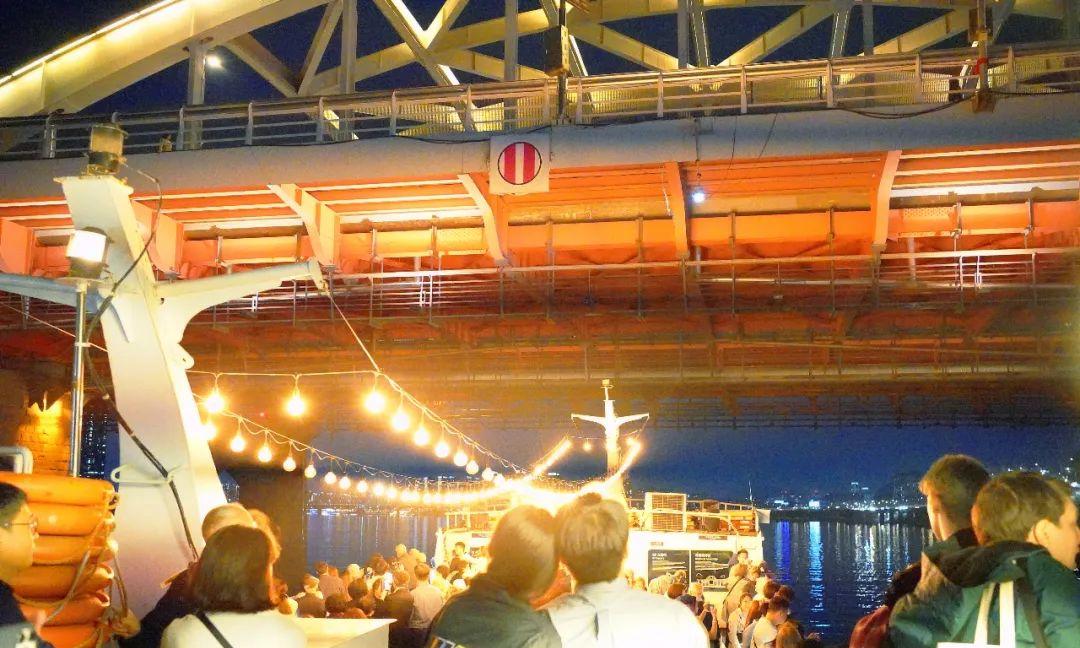
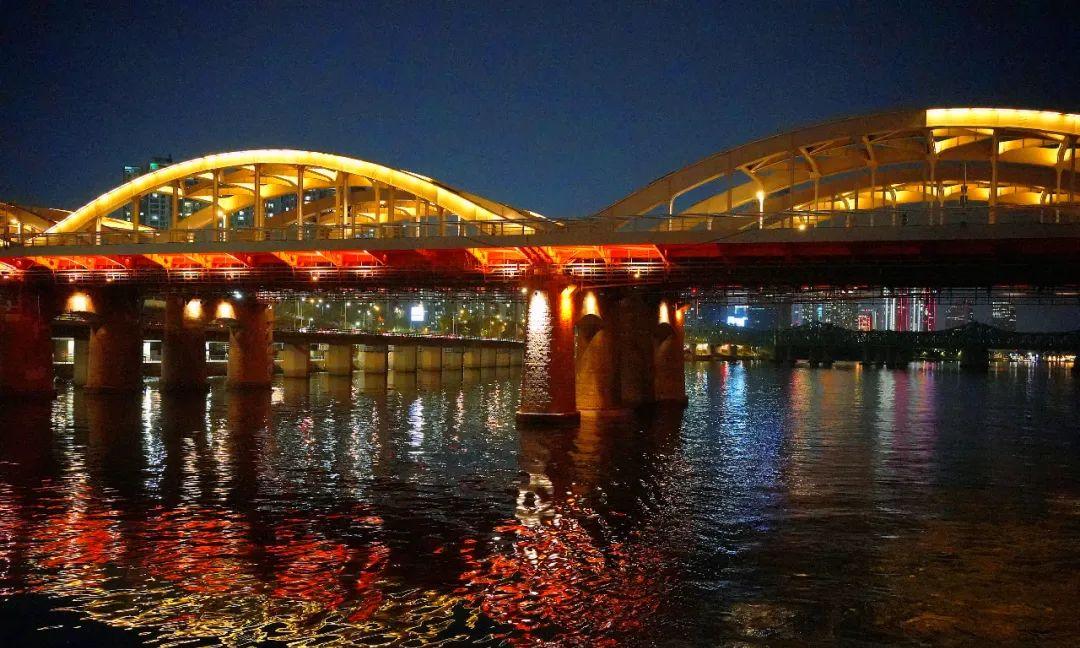
The nearby park was in full bloom with azaleas, which was genuinely beautiful to me.
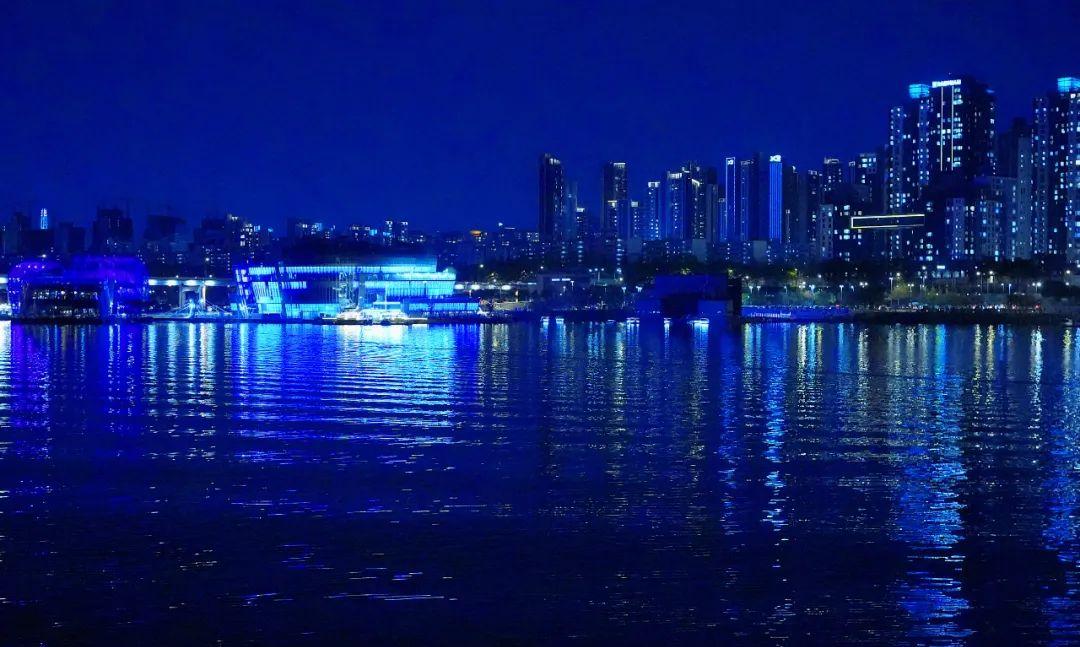
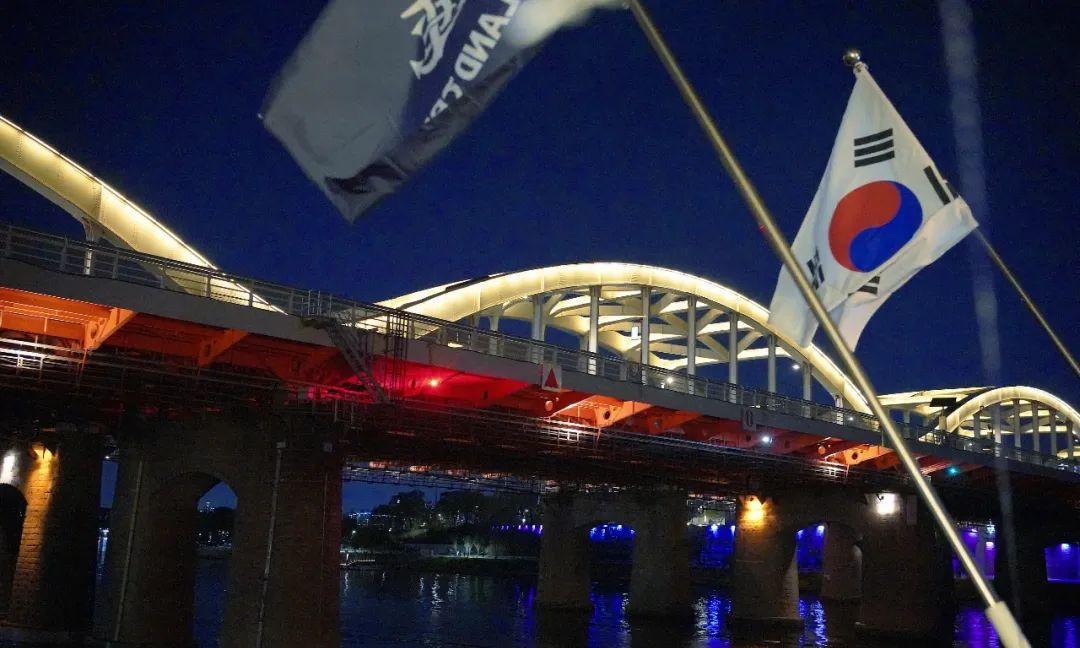
The key stops on the red line that I recommend hopping off to explore include:
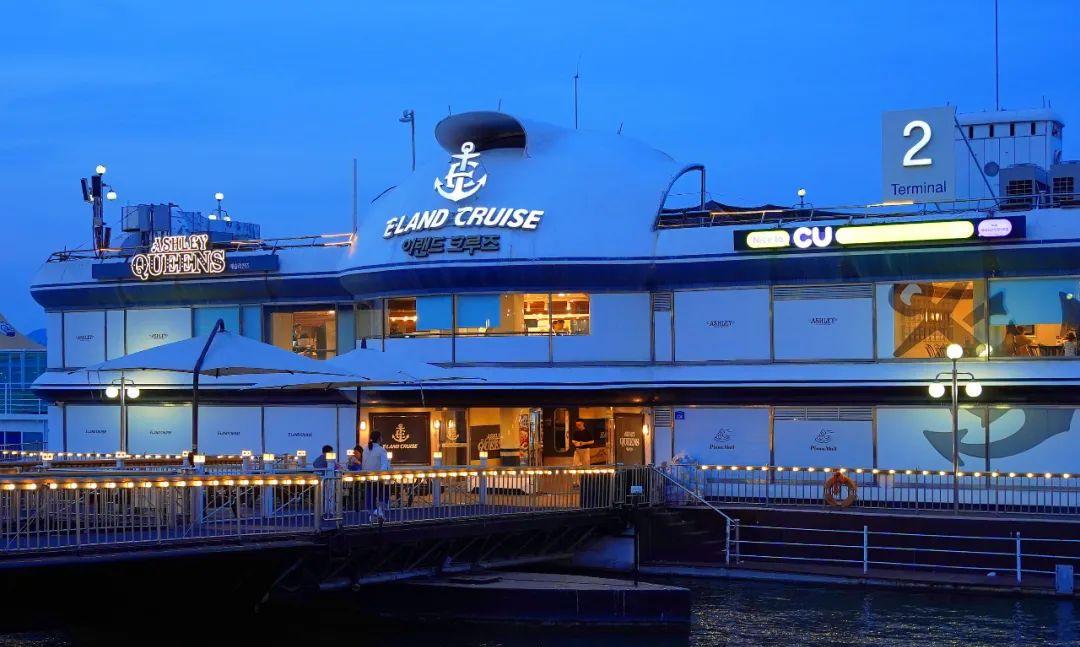
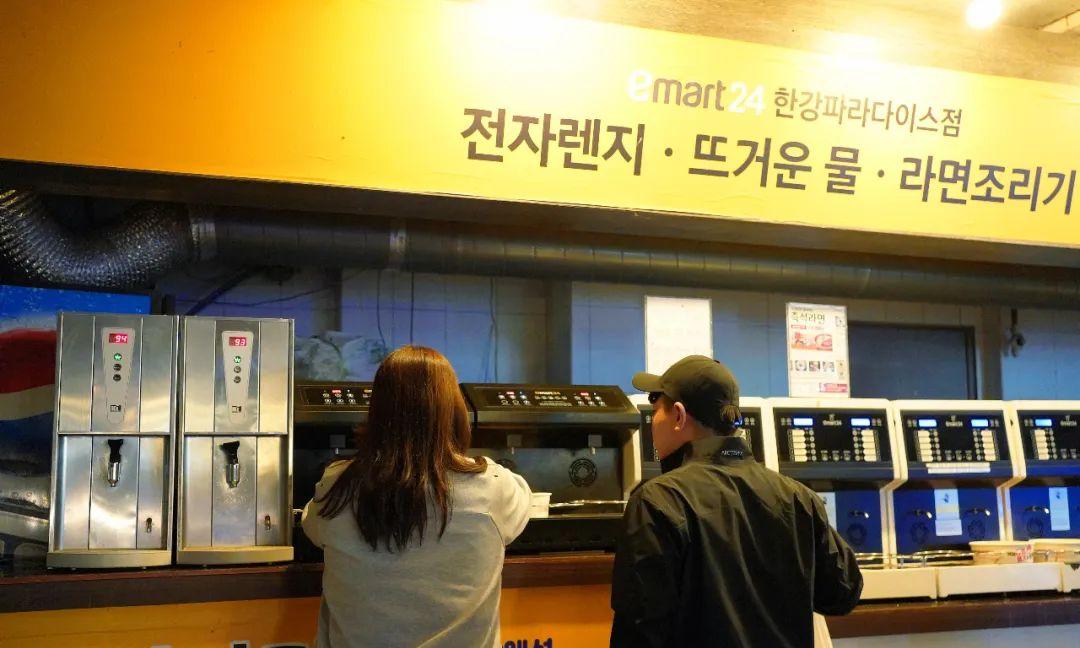
105 Cheongwadae, the former South Korean presidential office, which you can enter for free with Passport registration (closed on Tuesdays);
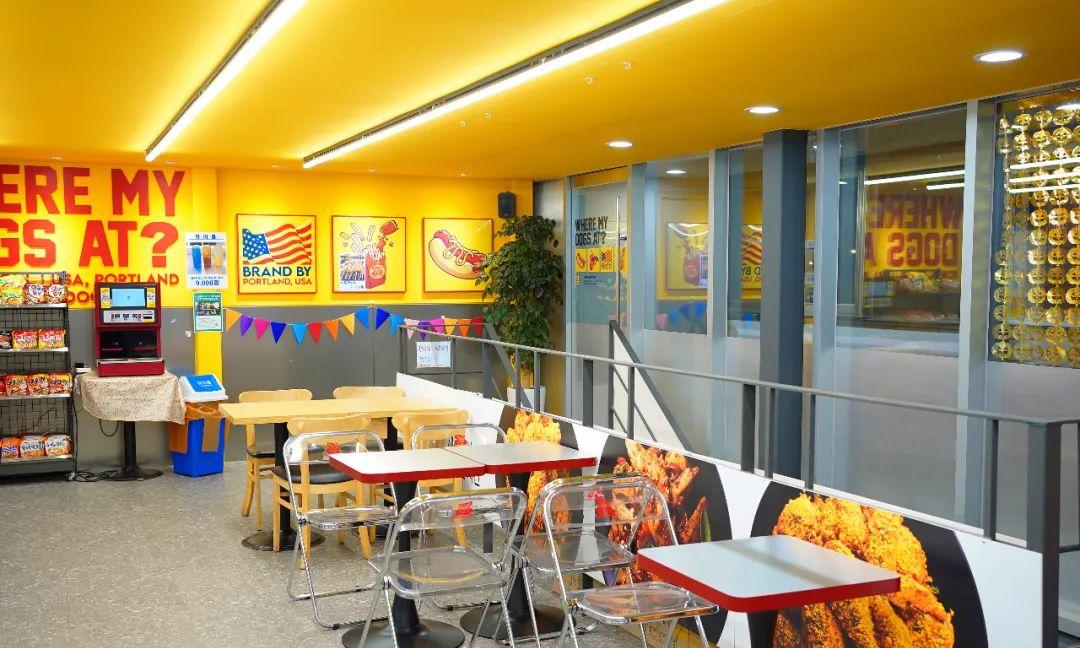
106 Tongin Market, an interesting small market where you can buy snacks using the copper coins received;
107 Gwanghwamun Square, which is the entrance to Gyeongbokgung;
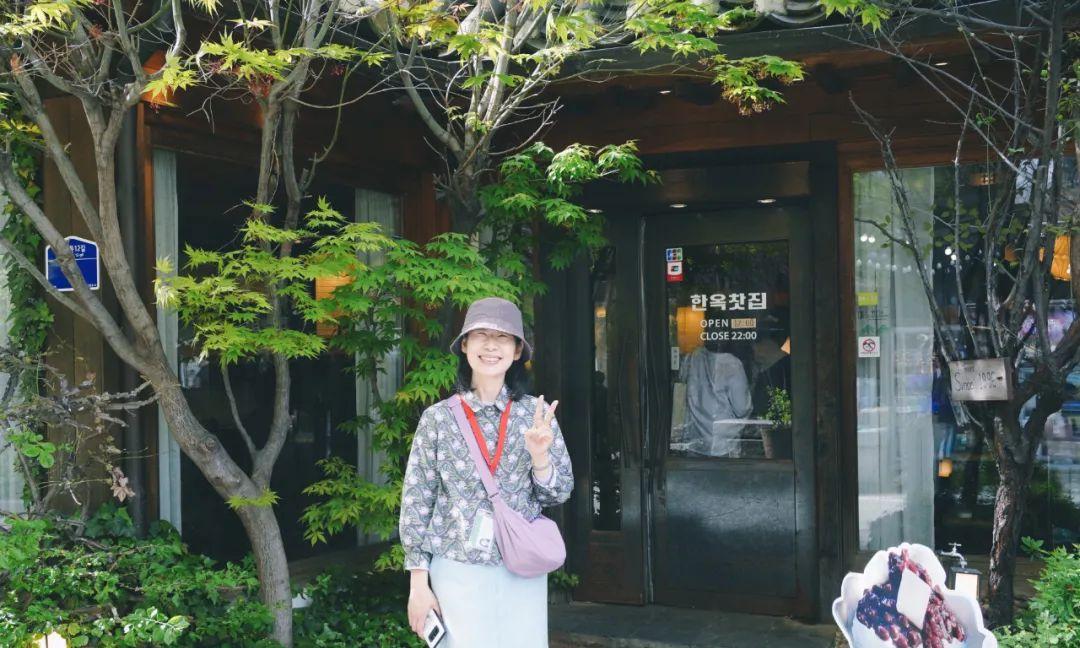
108 Seoul Station, where you can find a large Lotte supermarket nearby, perfect for purchasing souvenirs and gifts that can be tax-refunded on the spot;
110 Namsan Tower, while every tourist city has a tall observation tower, the views from up there are still stunning; the Koreans meticulously create compelling atmospheres, so it’s a must-visit;
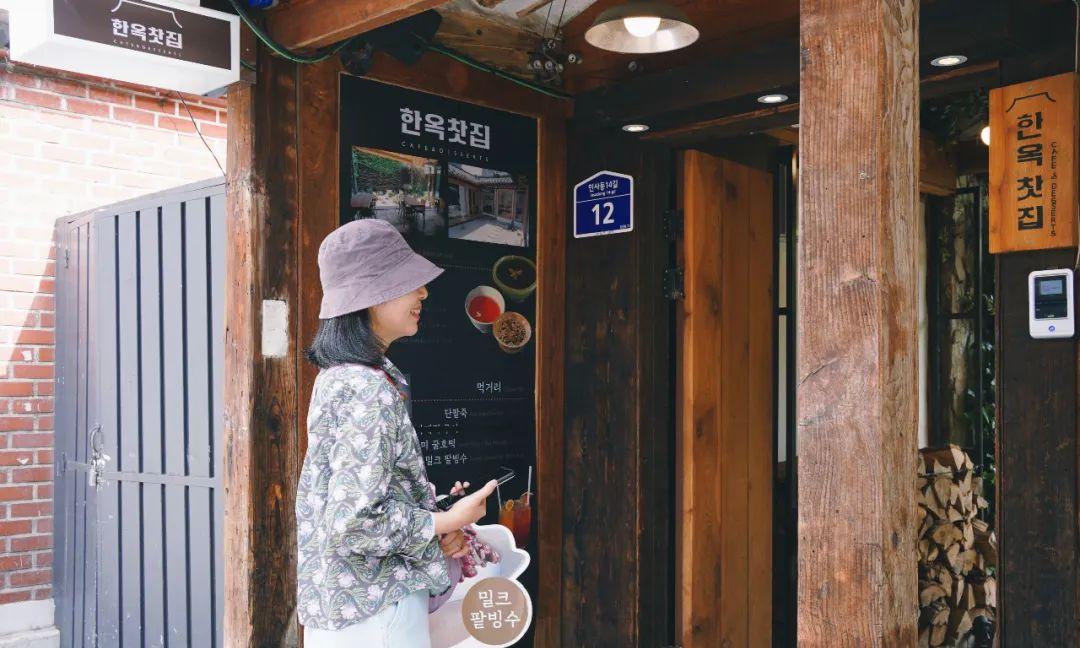
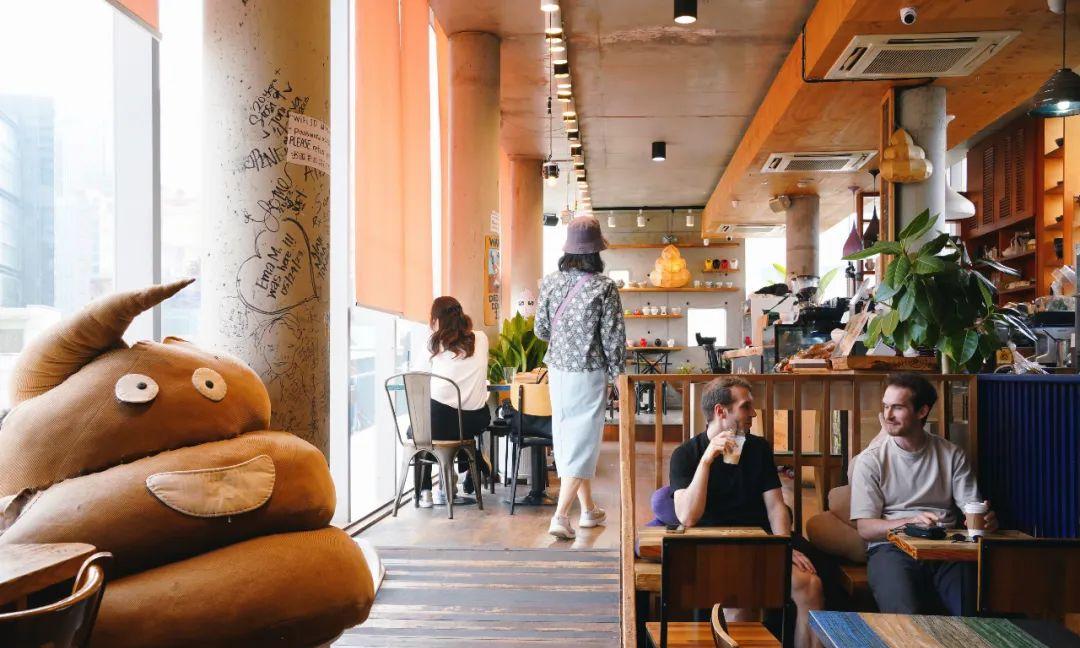
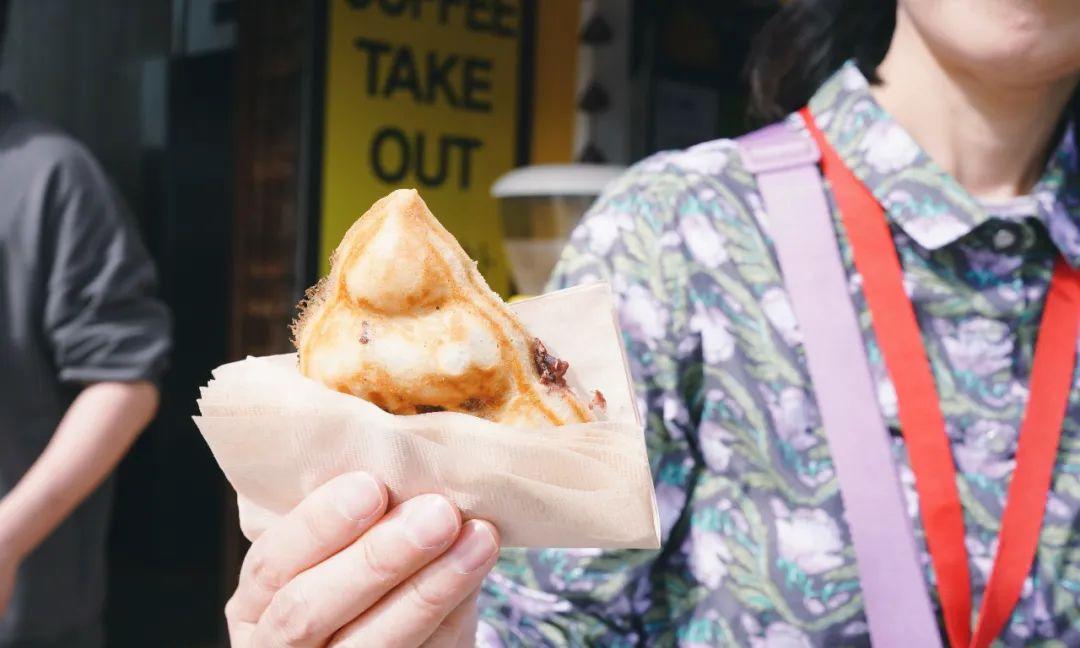
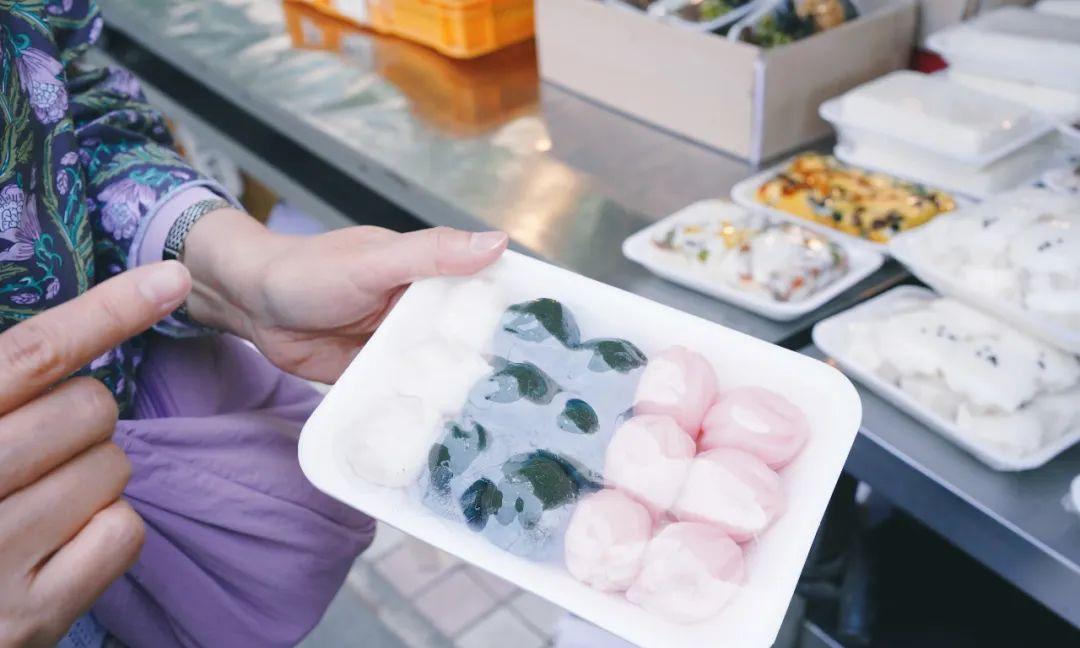
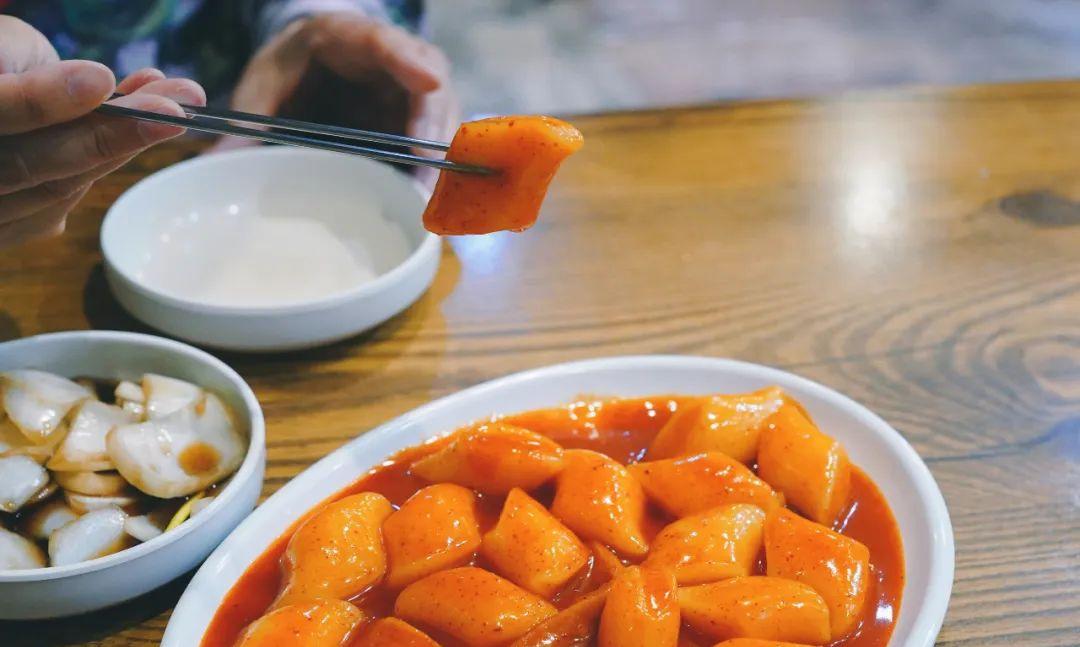
111 Myeongdong, which is bustling and tourist-heavy with many duty-free shops;
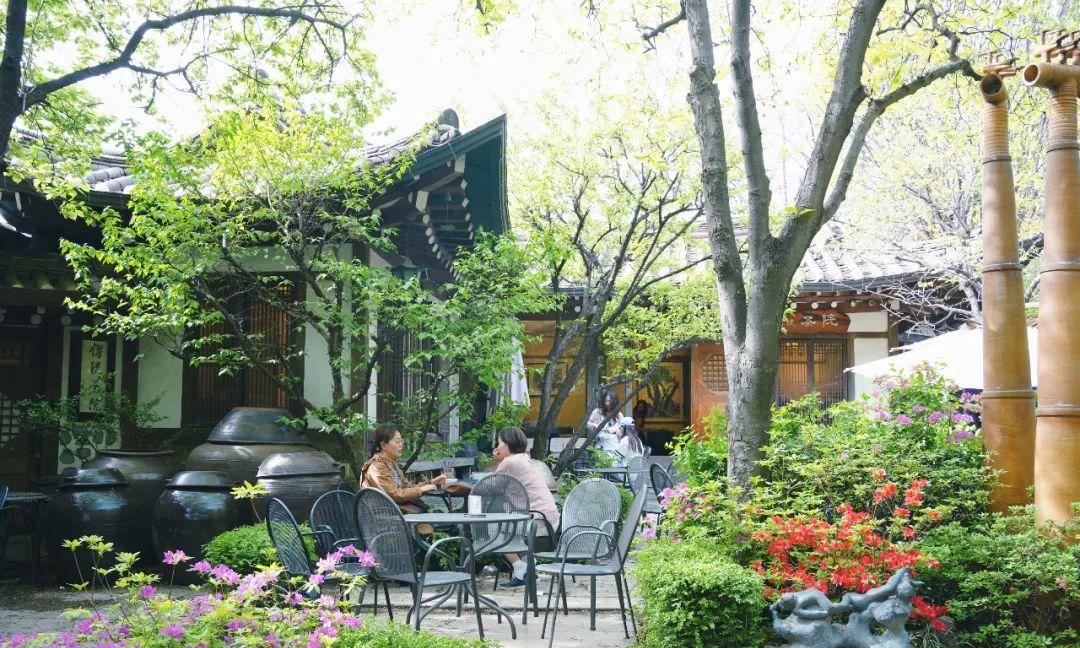
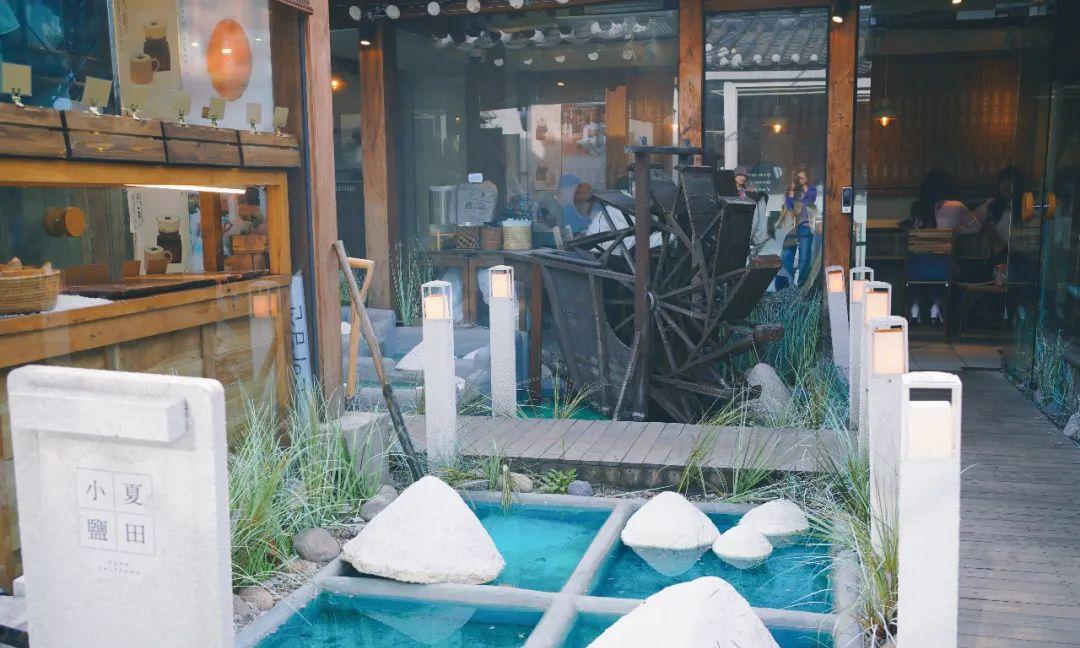
113 Ikseon-dong is one of my personal favorites—it resembles Beijing’s hutongs or Shanghai’s lanes, with traditional buildings converted into various interesting shops, making it delightful to explore;
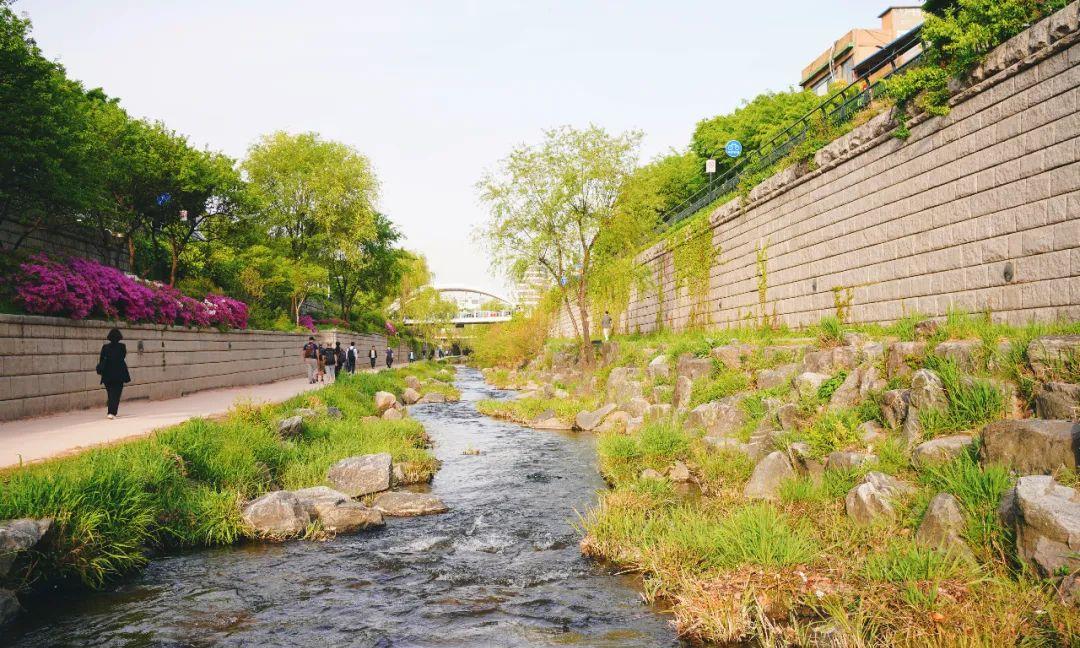
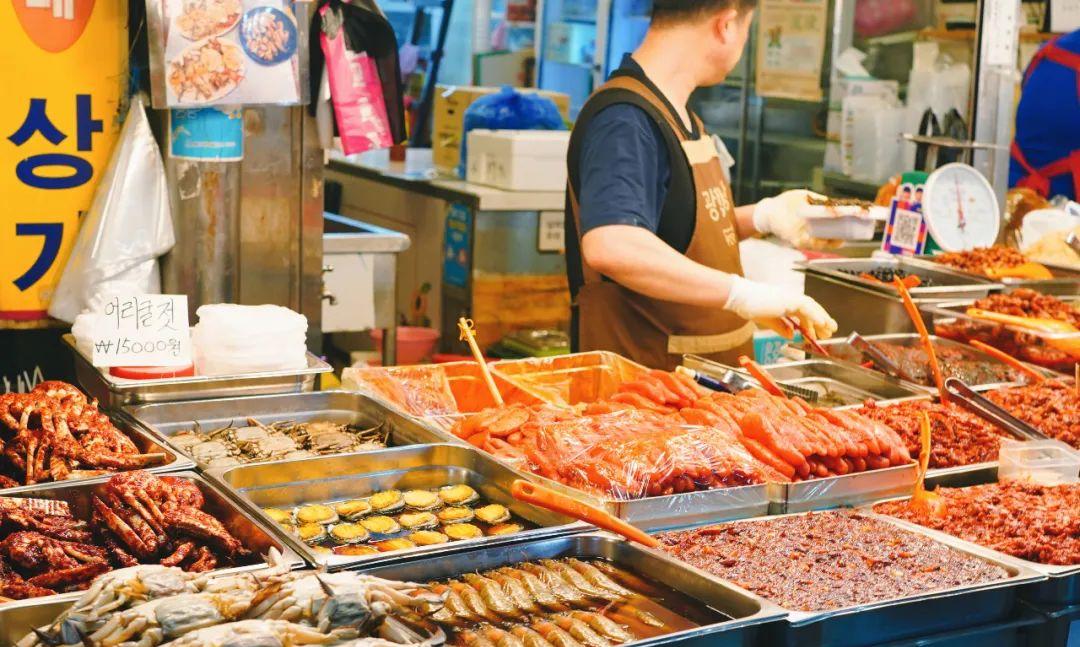
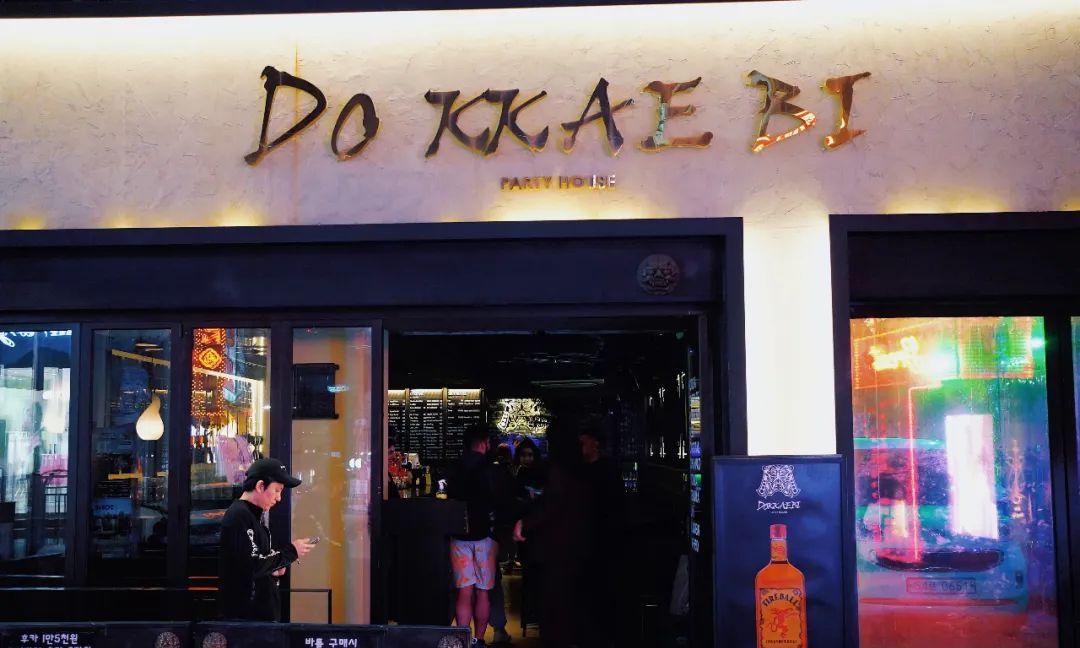
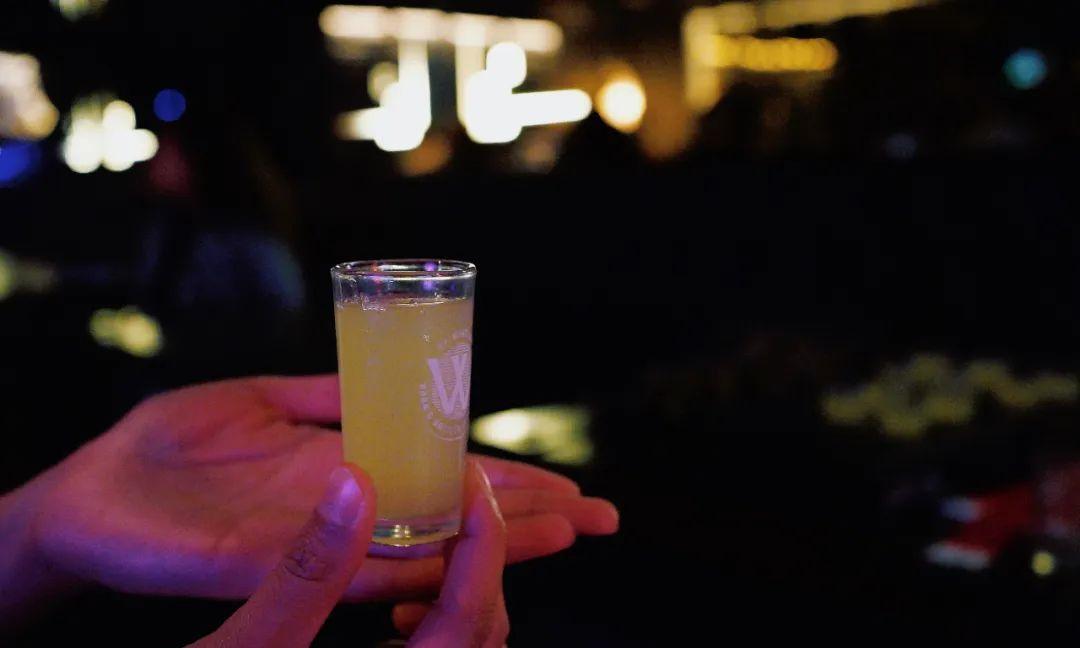
115 Gwangjang Market has plenty of delicious food at reasonable prices, and one visit will never let you try all the tasty options; I’ve been there several times, and each time I try something different.
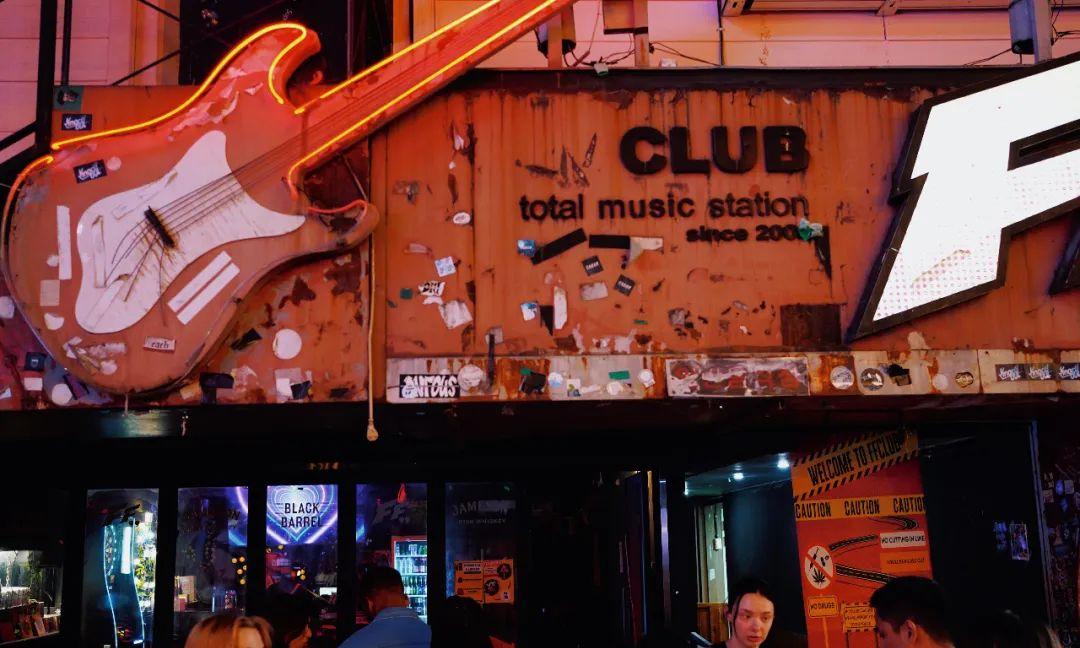
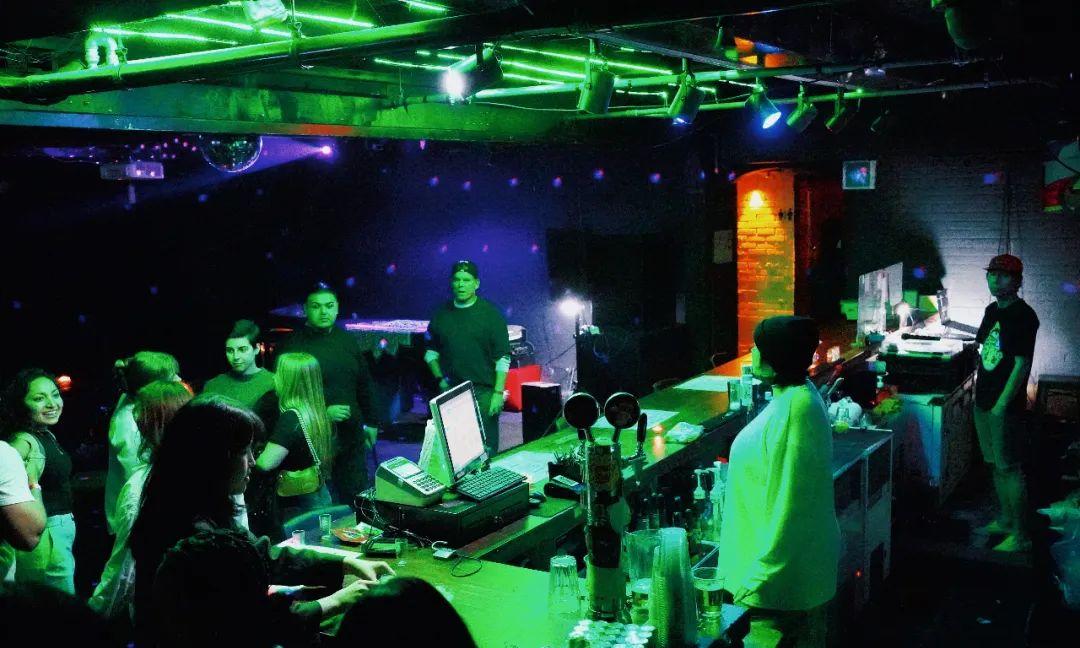
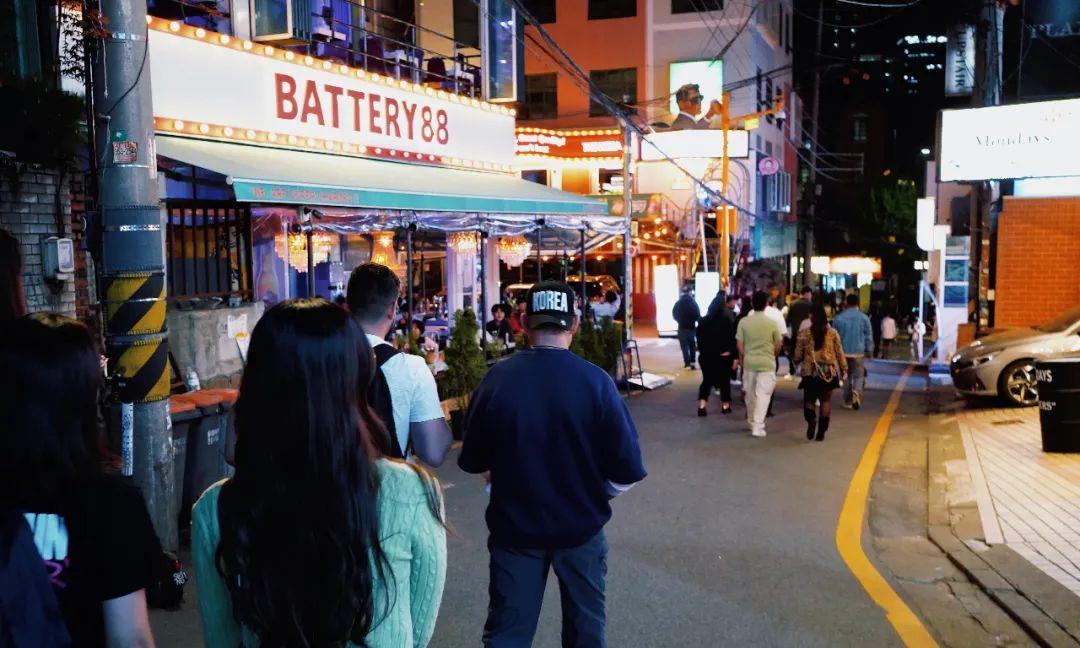
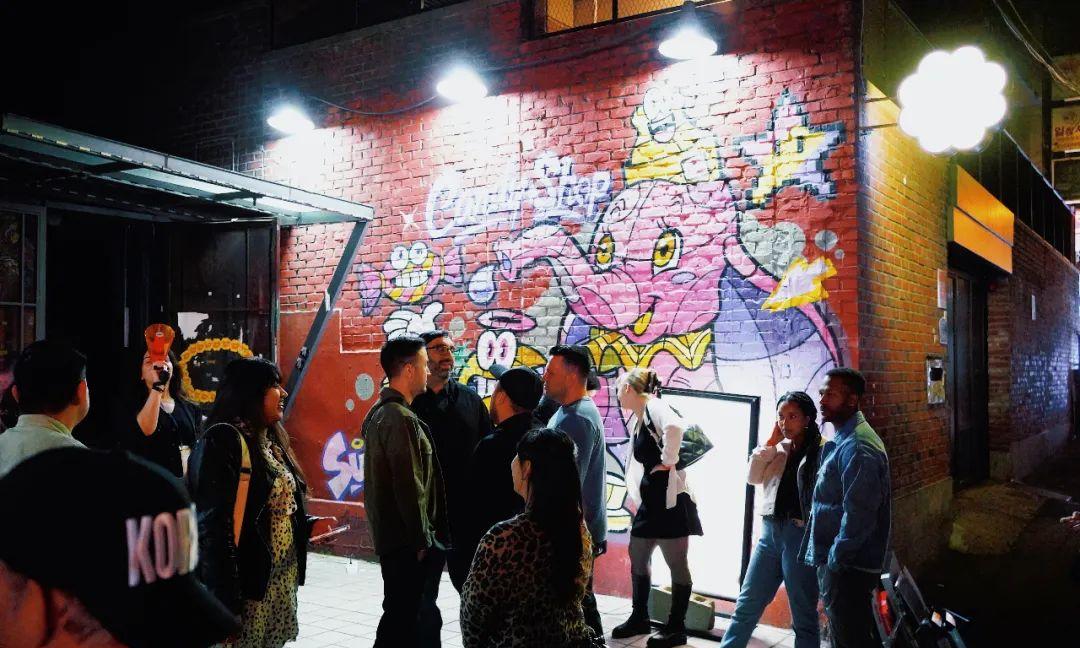
3. Namsan Tower (Table entry number 23)
Seoul Tower and Namsan Tower are actually the same place, open daily from 11:00 AM to 10:00 PM. It’s best to go at sunset, though it can be quite crowded—I’d recommend going during the day. In addition to climbing, there are parks and scenic cafés, creating a very chill atmosphere.
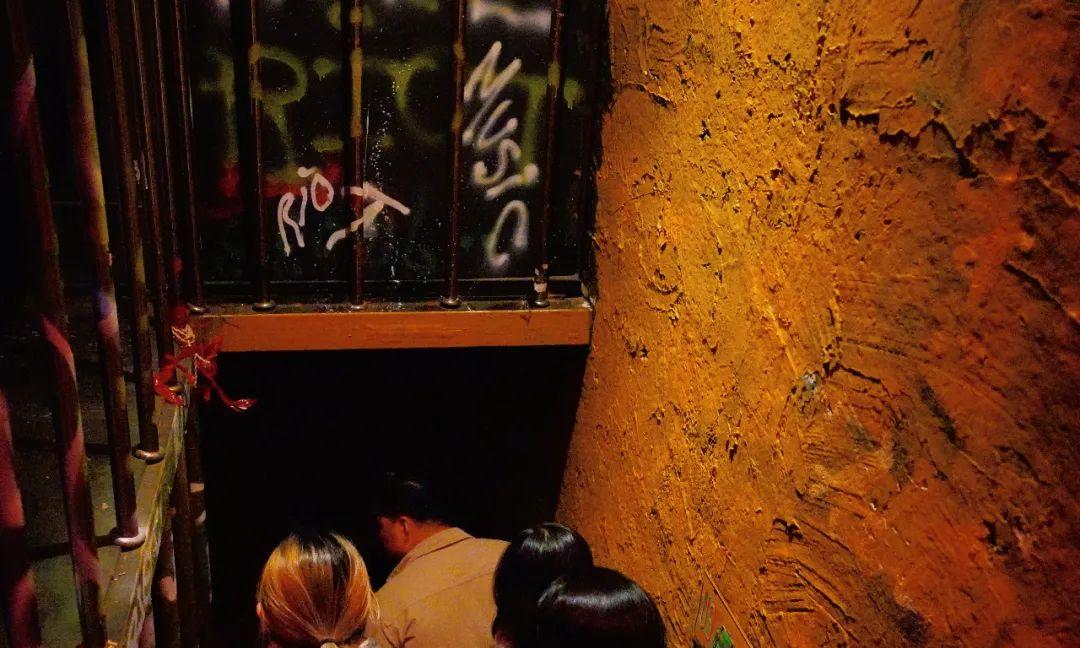
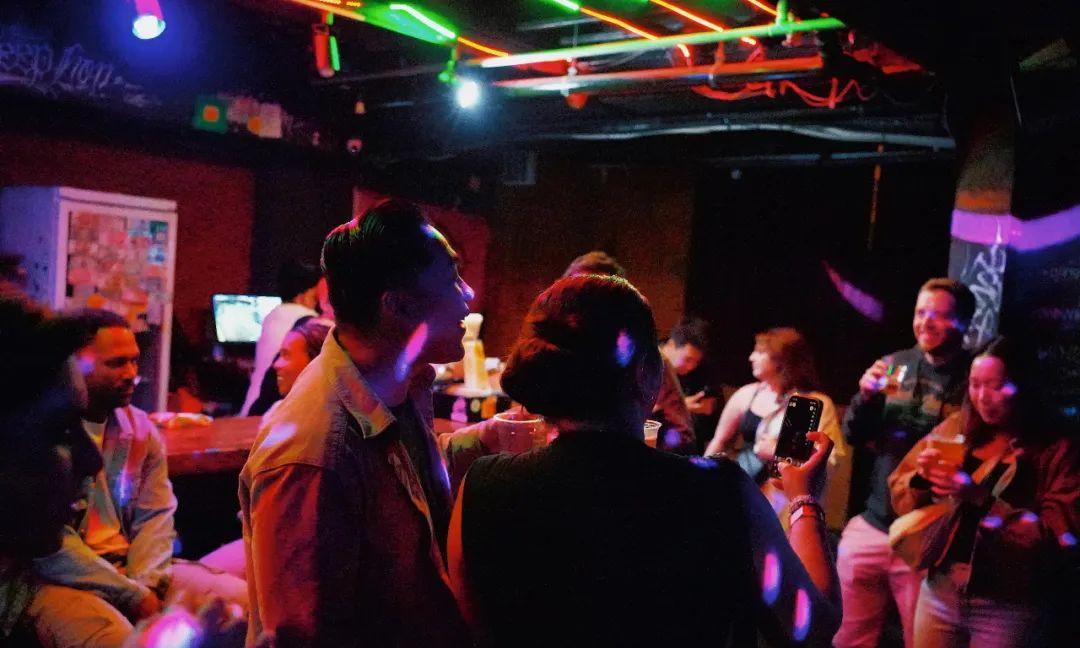
I took the front-facing city sightseeing bus to Namsan Tower. There are several steps to take after getting off.
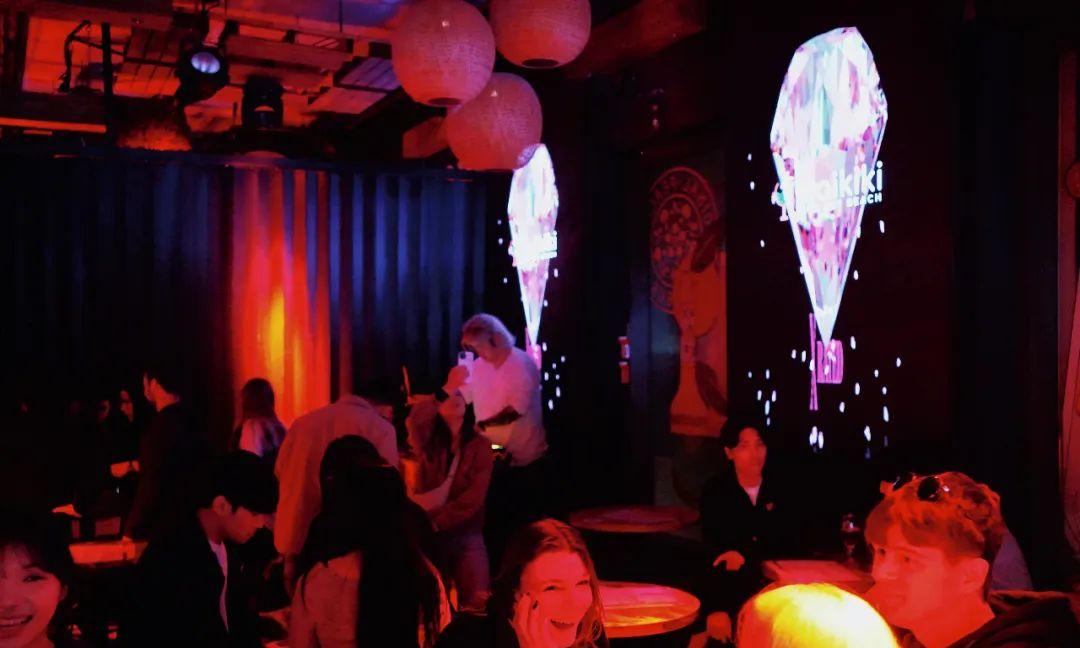
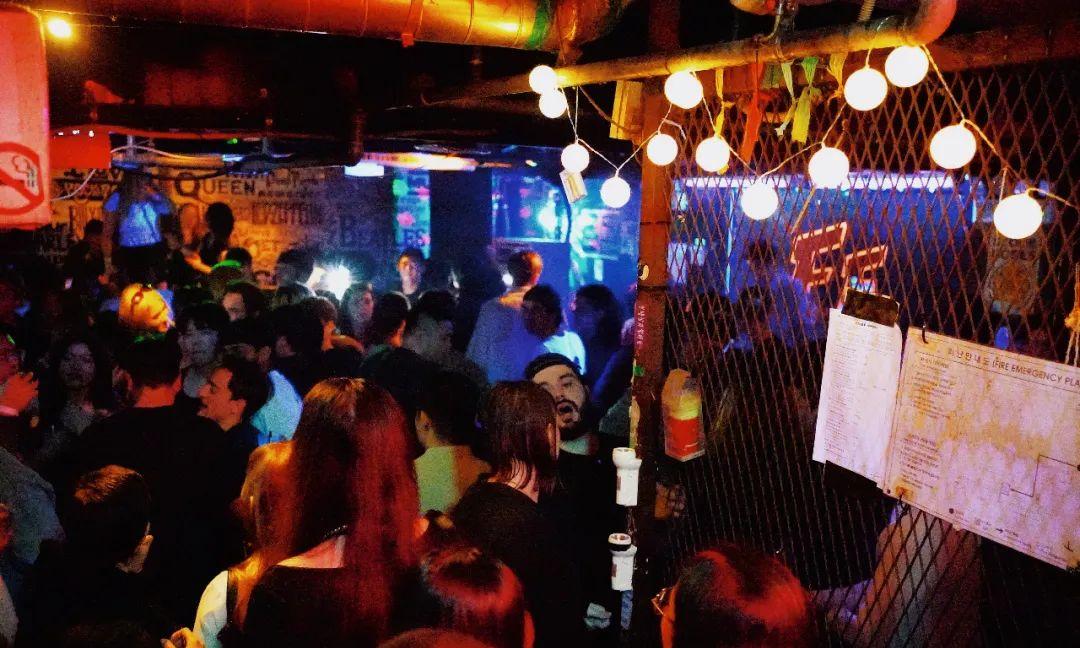
First, you take an elevator (open from 9:00 AM to 11:00 PM) up to the parking lot; at this point, you can choose to hike or take the cable car.
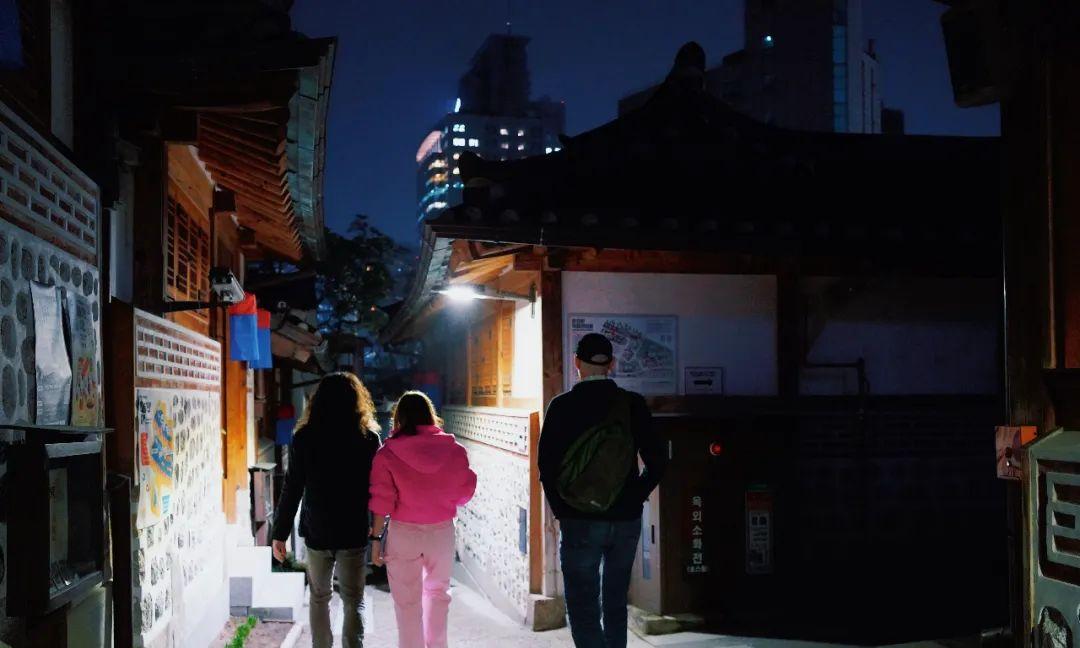
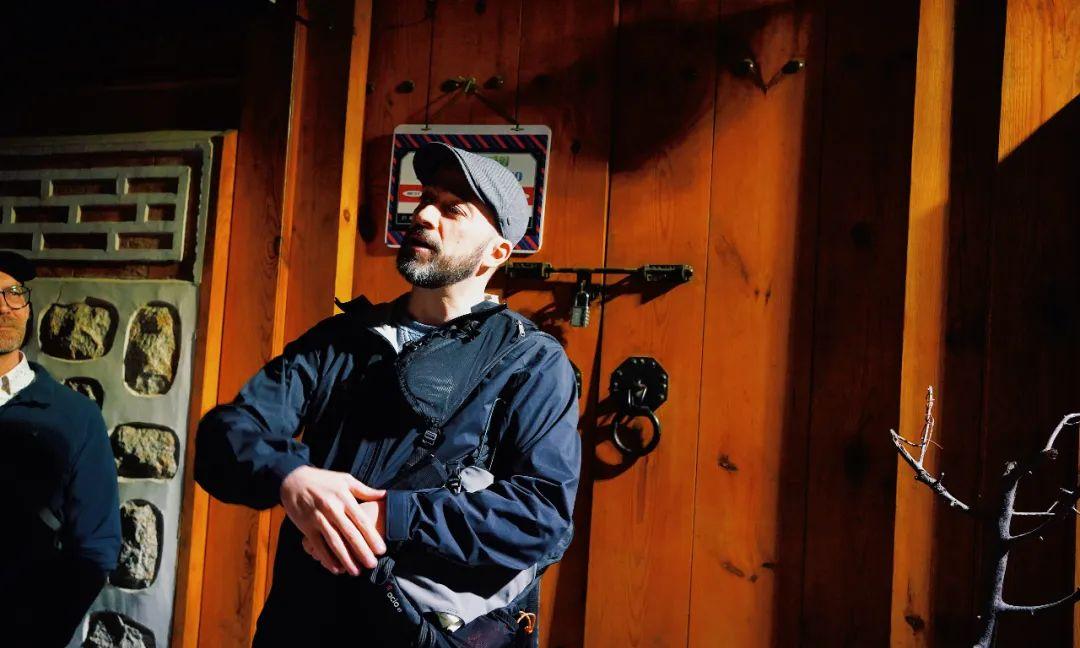
The cable car ticket is purchased separately; adult tickets are 11,000 KRW for a one-way trip and 13,500 KRW for a round trip. It’s worth it to go for the round-trip ticket.
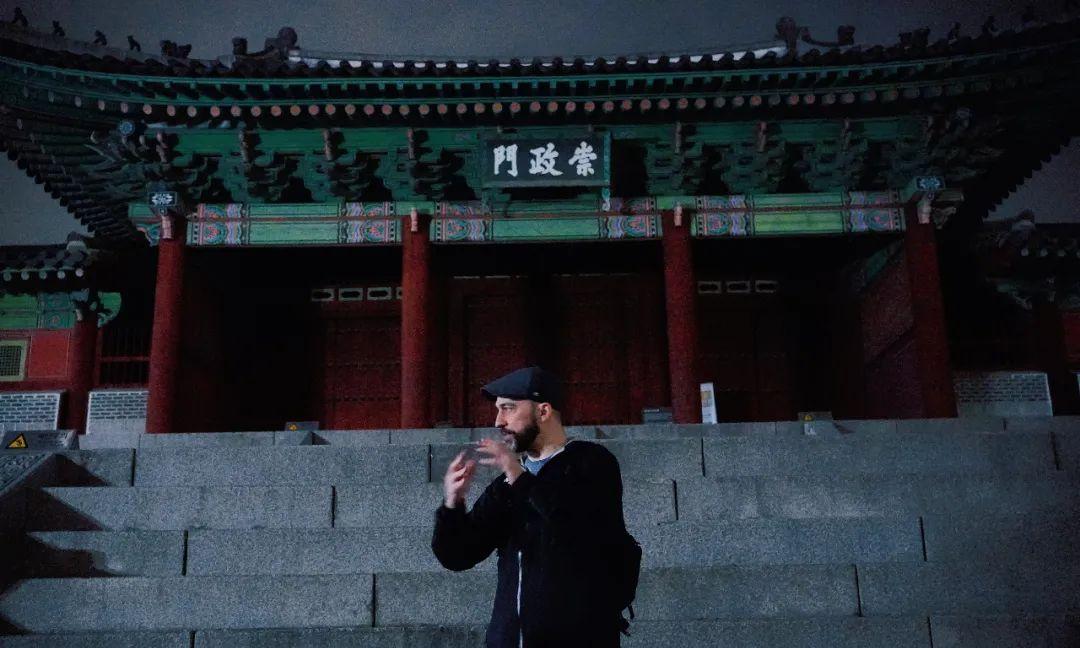
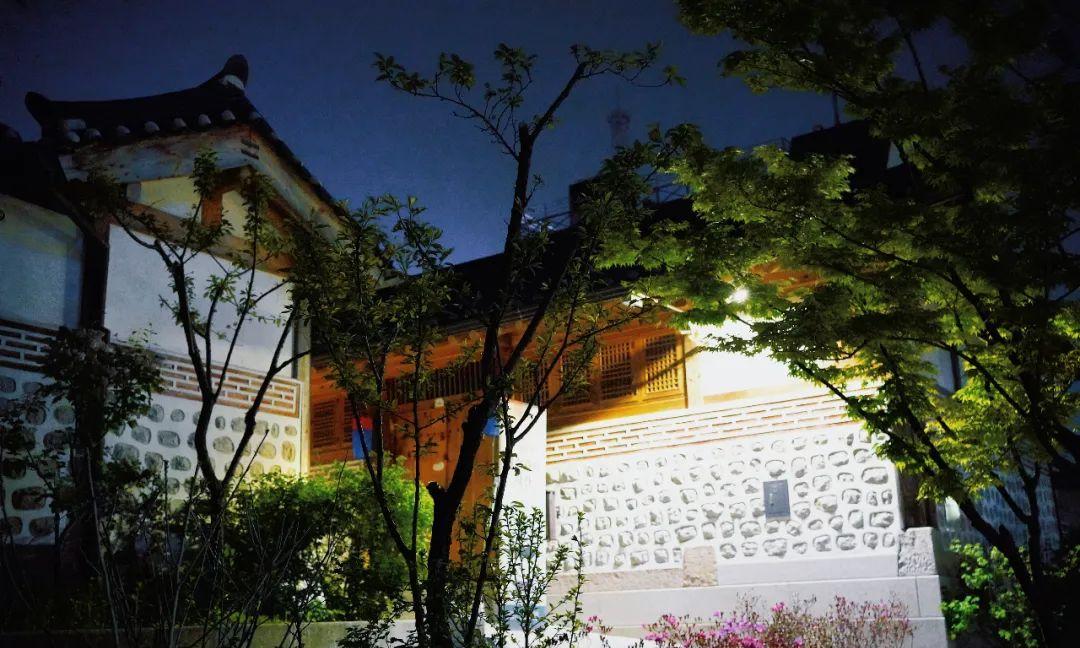
After getting off the cable car, you arrive at Namsan Park, filled with greenery. There are viewing platforms and plazas where you can eat and drink, making it a popular chill spot among locals. Even if you don’t climb the tower, a visit to Namsan is still worthwhile.
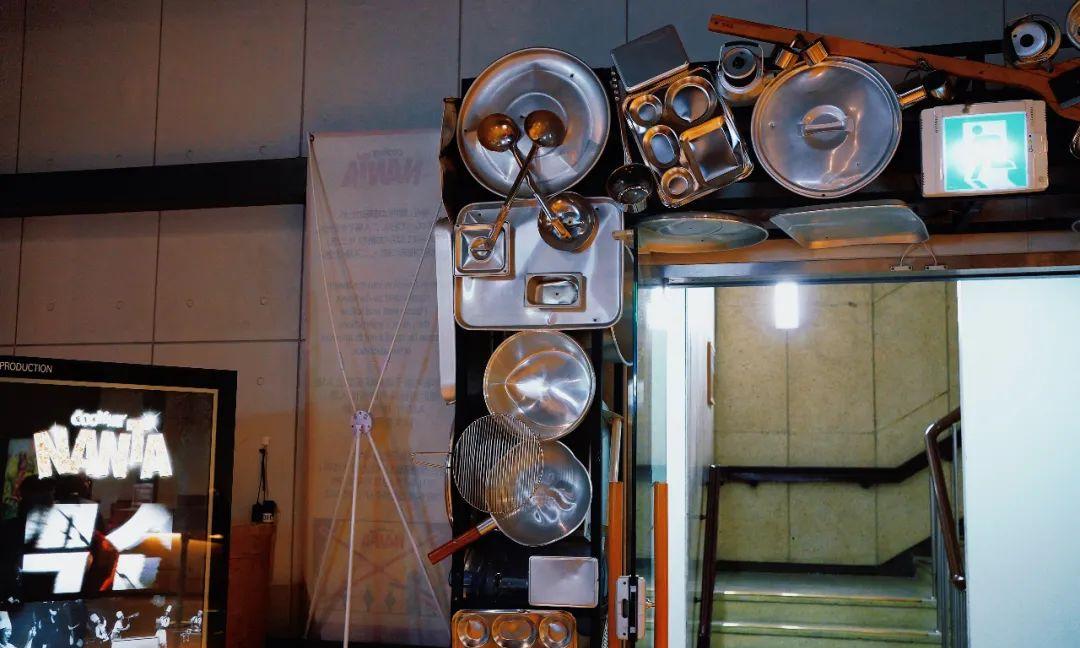
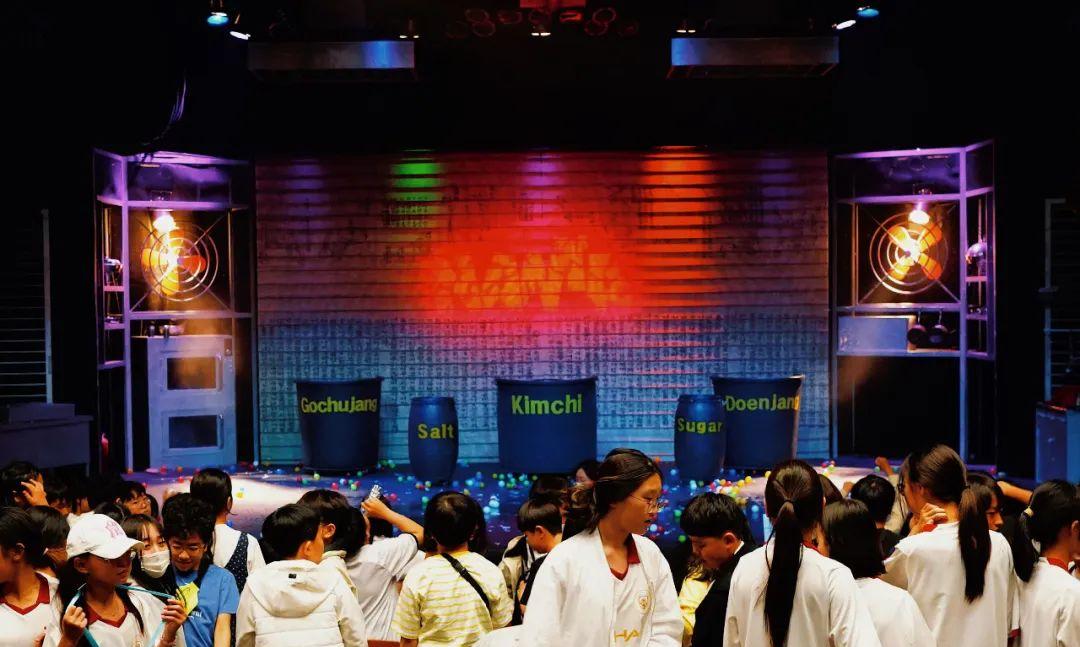
Go City provides tickets for the observation deck. You enter from the underground entrance at the plaza, scan your ticket at the machine to exchange it. The waiting time for the elevator involves animated displays, so you won’t feel bored.
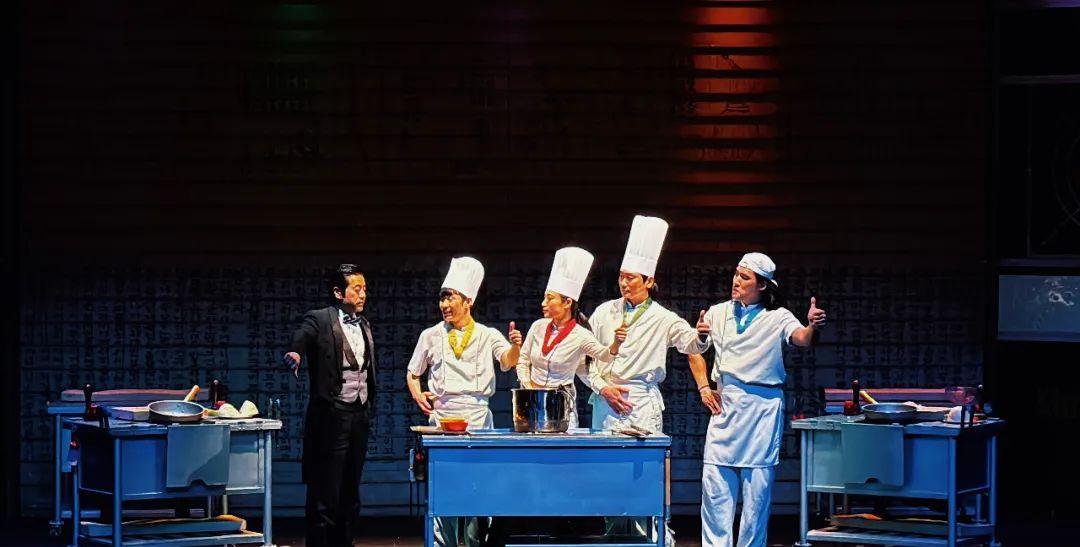
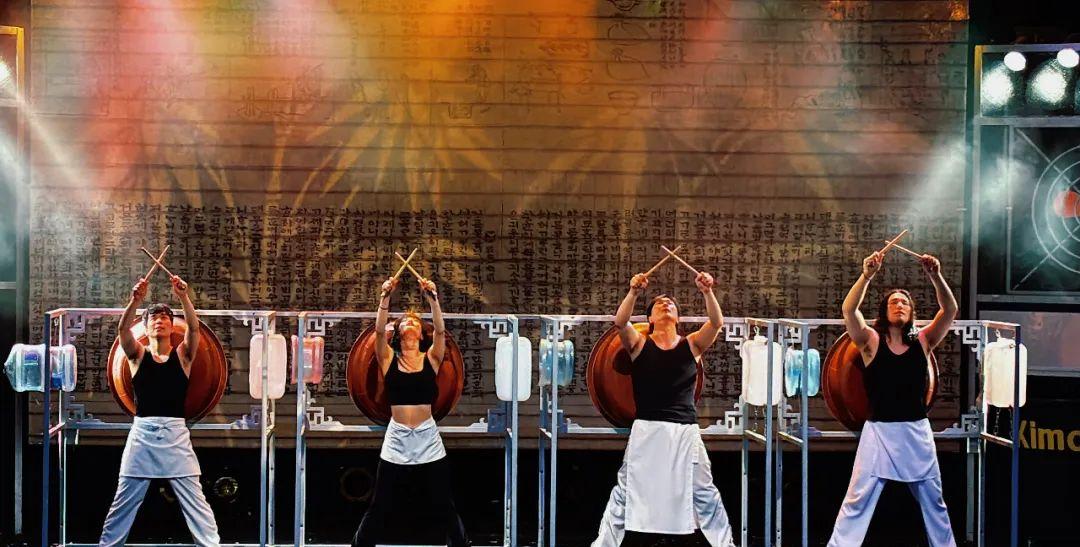
The view from the tower is undeniably better, with clean glass providing a 360-degree bird’s eye perspective of Seoul. There are also some scenic seating areas for a leisurely view.
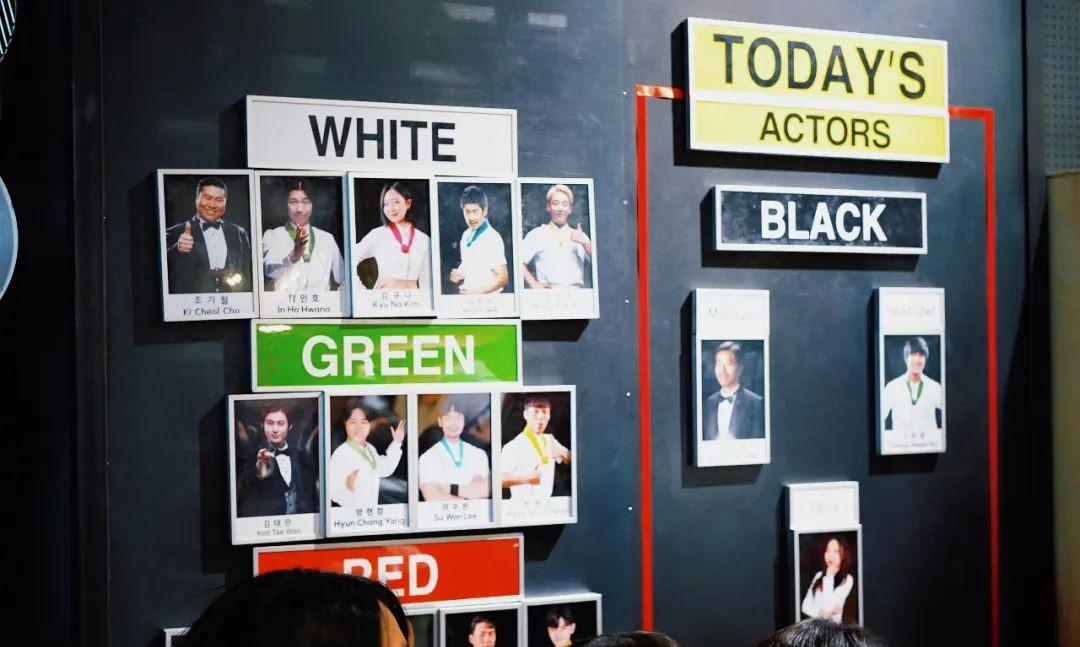
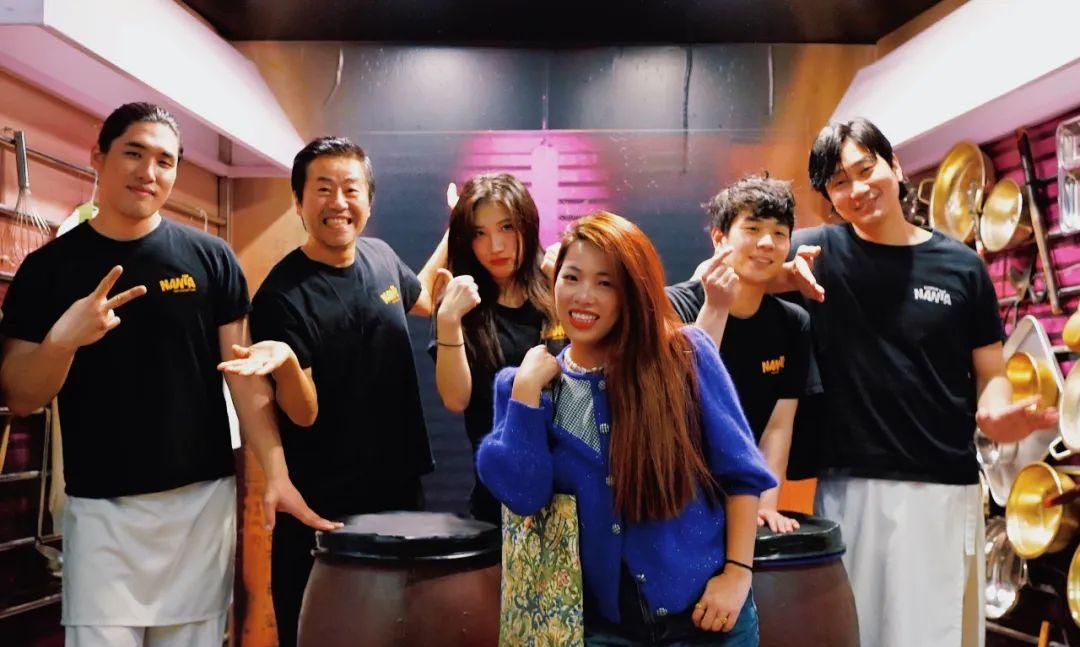
Then, inside the tower’s restaurants and cafés, there are typically not many people, making it a serene place to spend time. This ticket is somewhat like access to an executive lounge in a hotel.

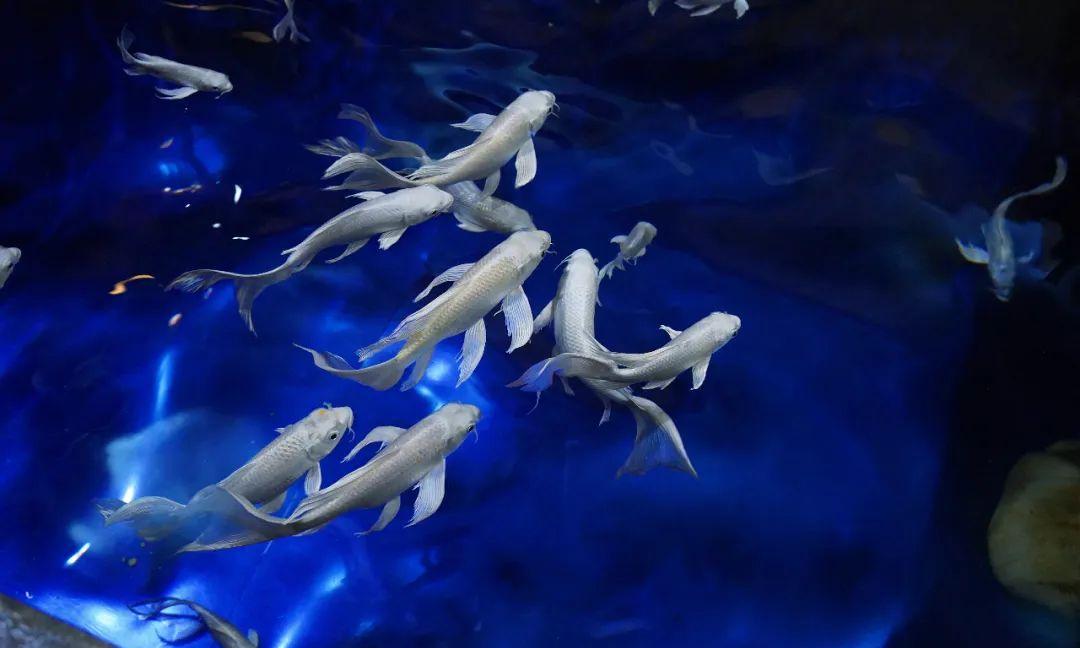
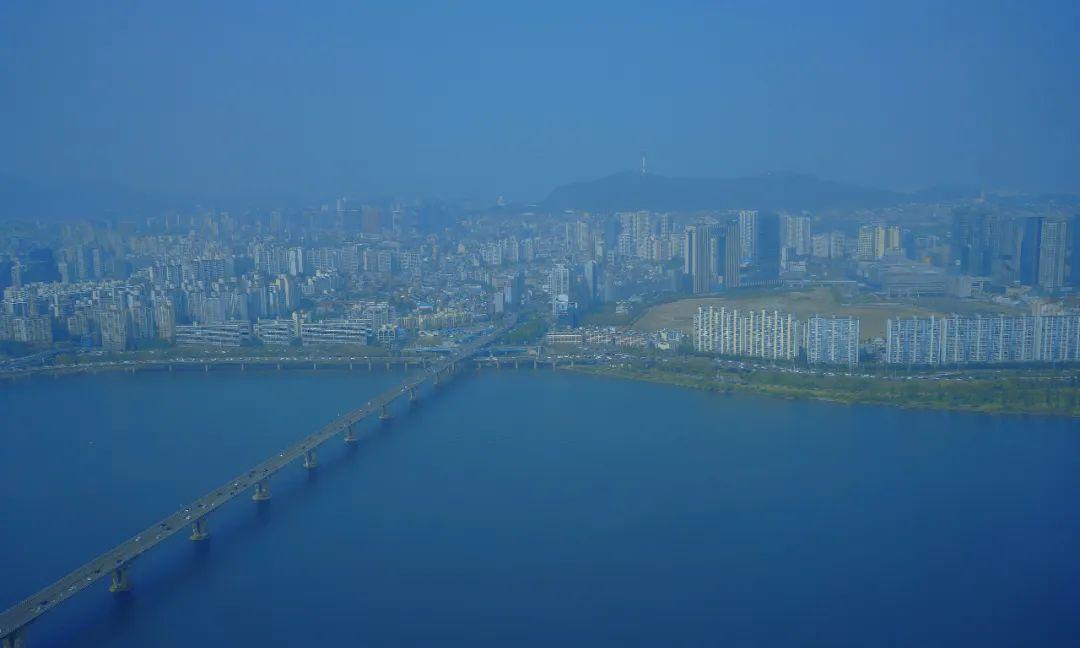
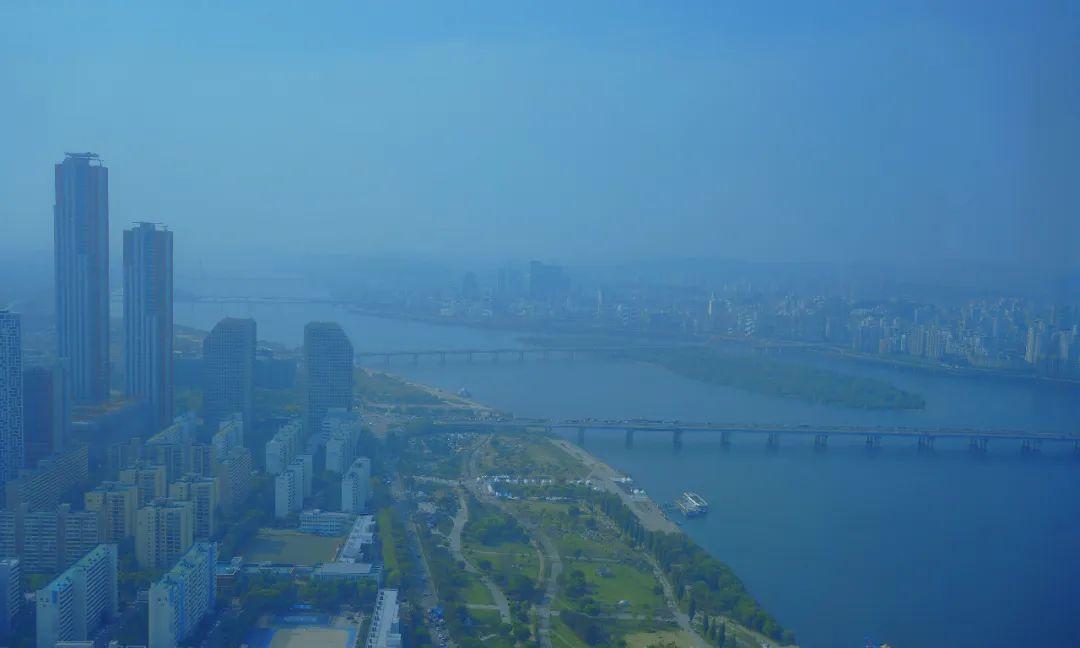
An unexpected surprise! The tower’s secret is actually hidden in the restroom! How stunning is that view!
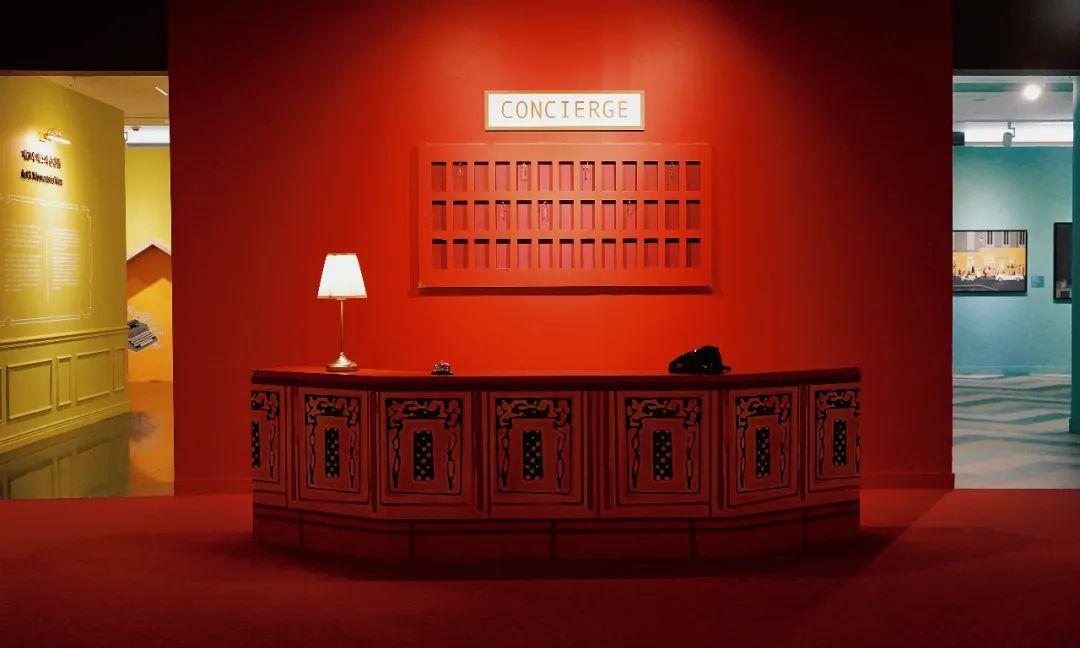
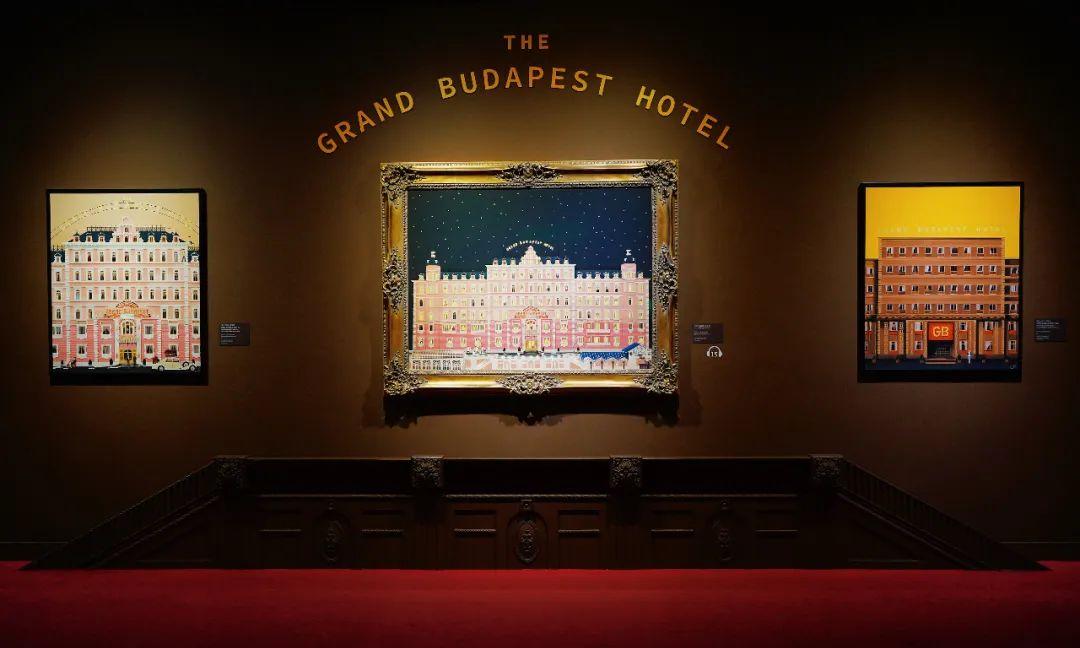
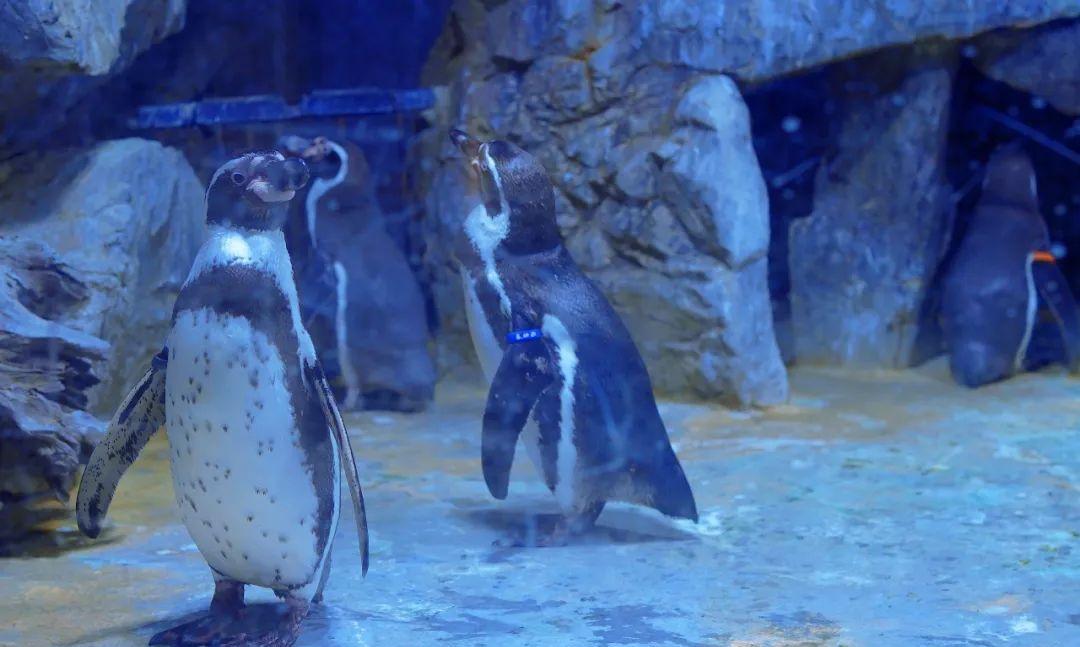

4. Han River Cruise at Yeouido (Table entry number 22)
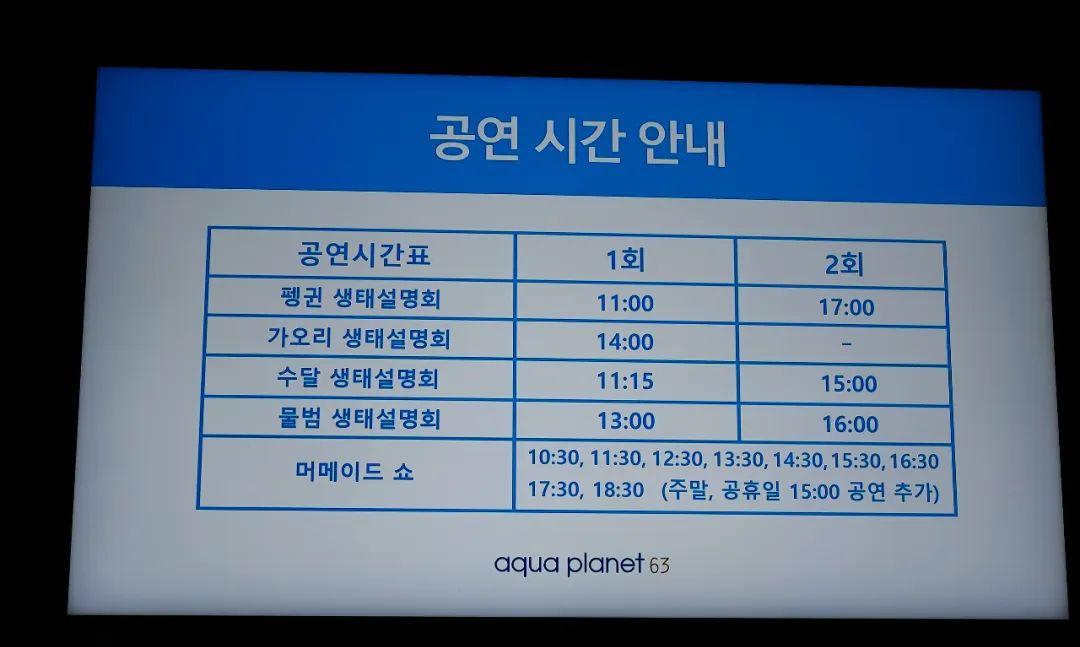
Koreans are often stereotyped as uptight and rigorous. At the Han River, I witnessed a different, relaxed, and joyful side of them—as families enjoyed time outdoors, couples savored their romantic moments, some rode bicycles, and others camped or enjoyed instant noodles by the riverside.
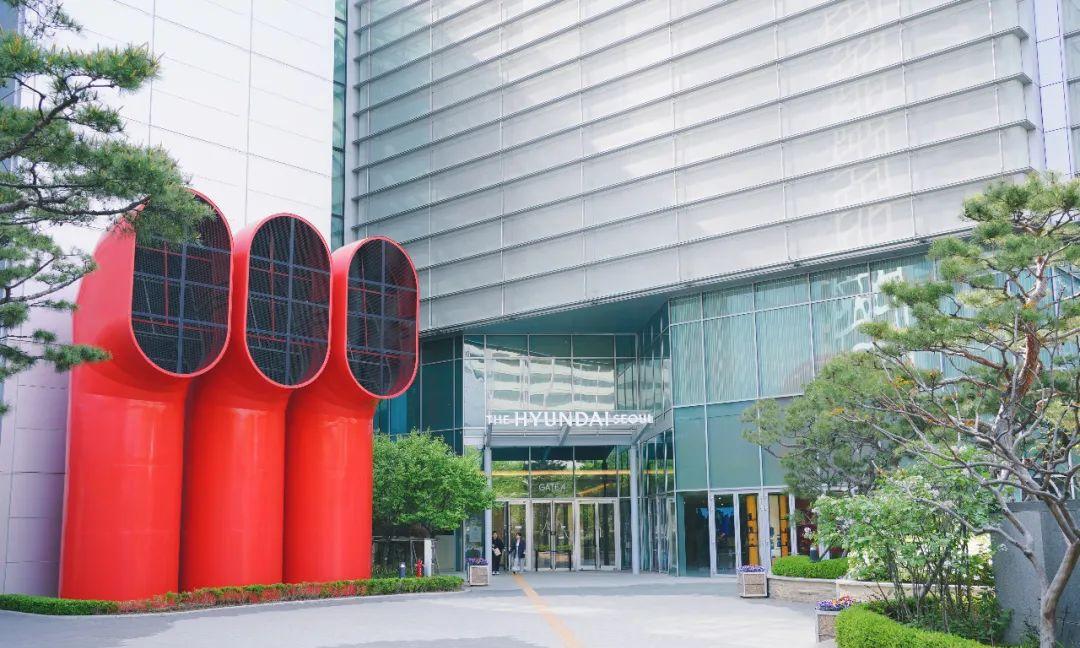
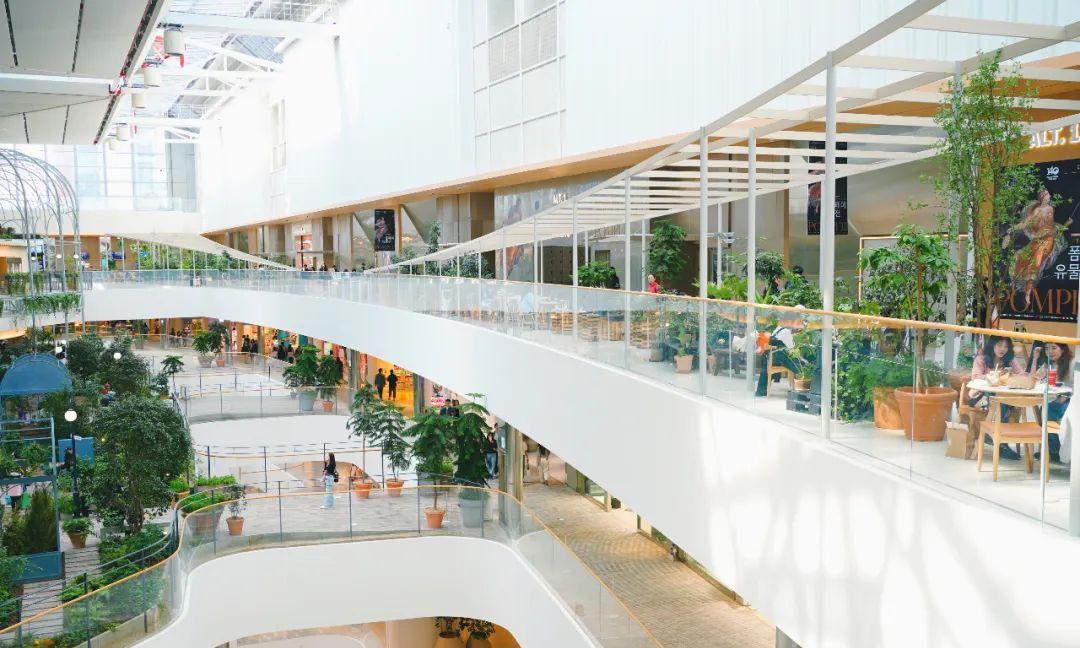
As for me…I joined in the relaxed vibe of the Han River while dining on BHC fried chicken aboard a cruise, enjoying a concert and taking in the stunning night scenery.
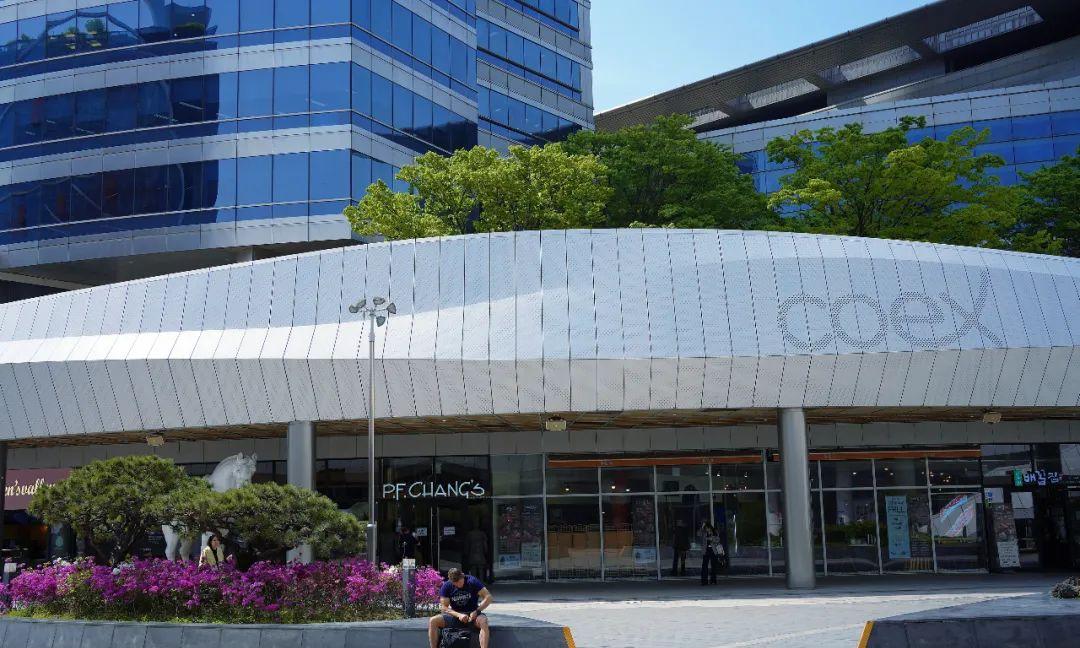
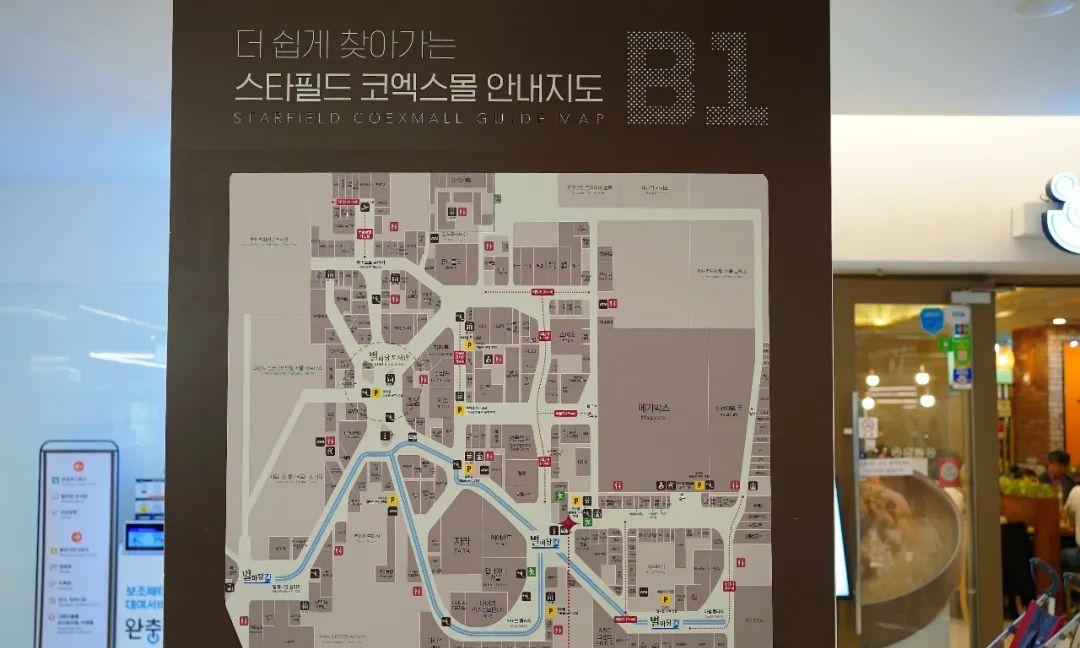
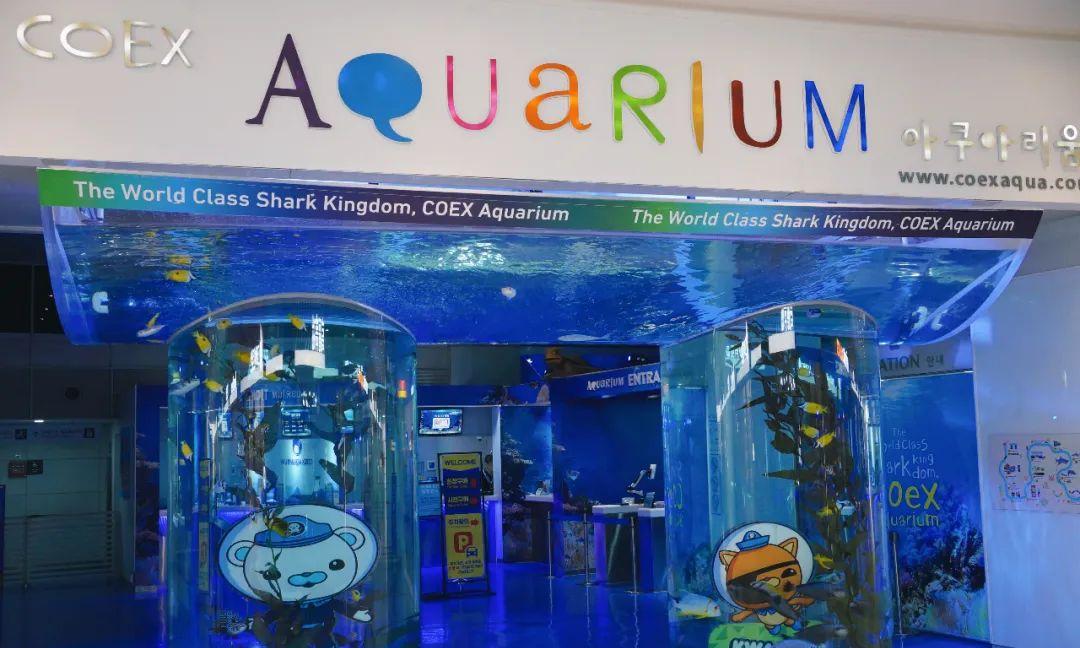
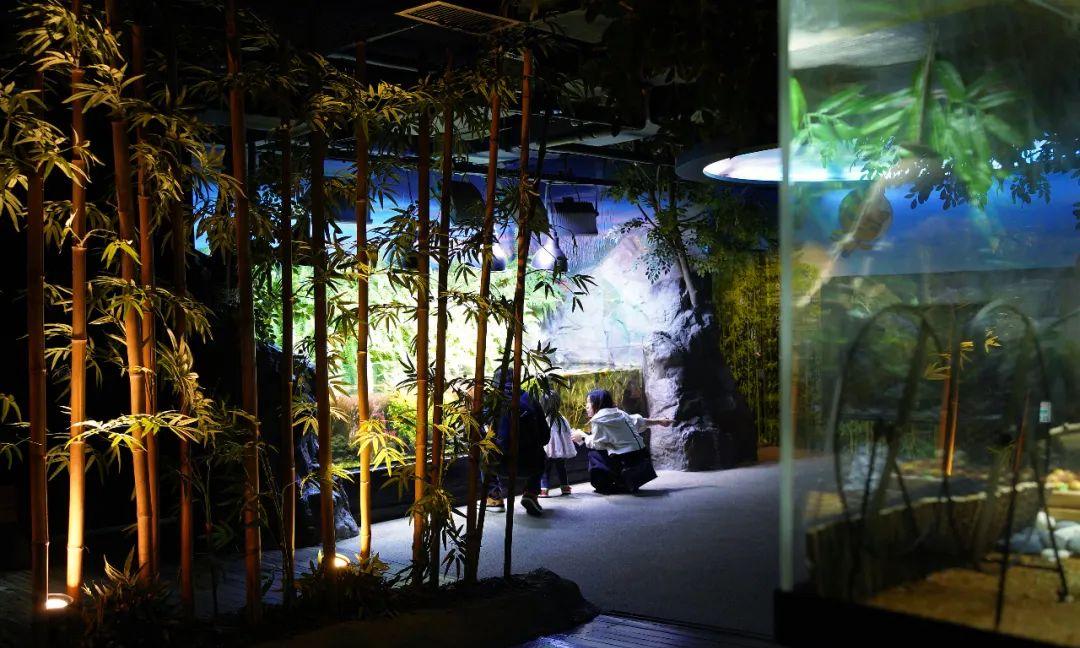
The Go City card allows you to redeem for E·LAND’s Han River cruise project, where there’s soothing background music that adds a romantic ambiance.
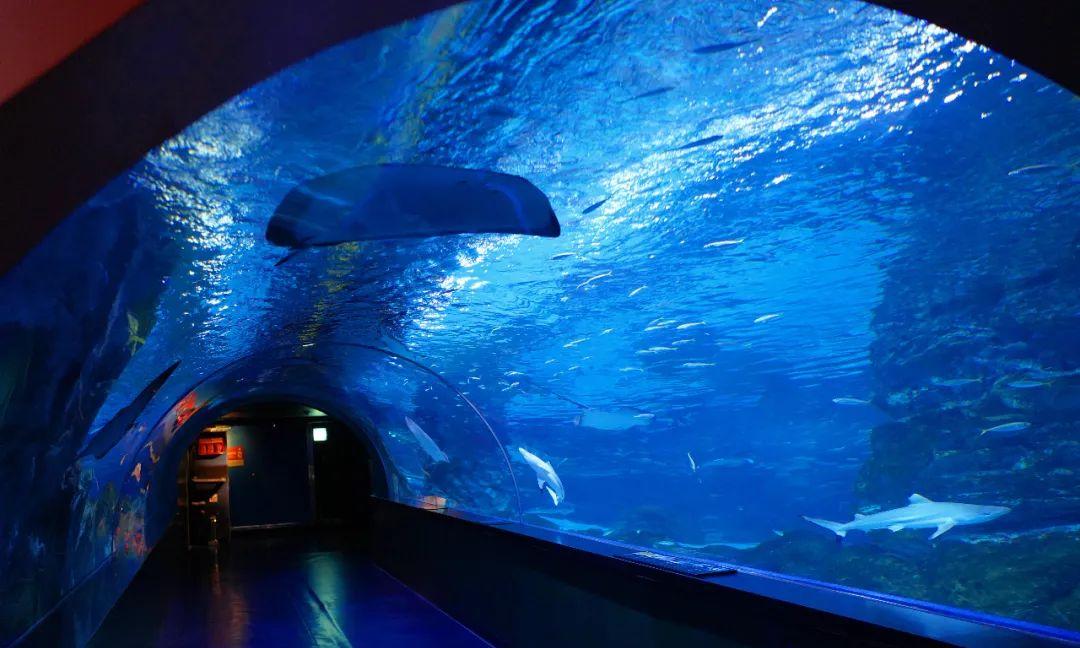

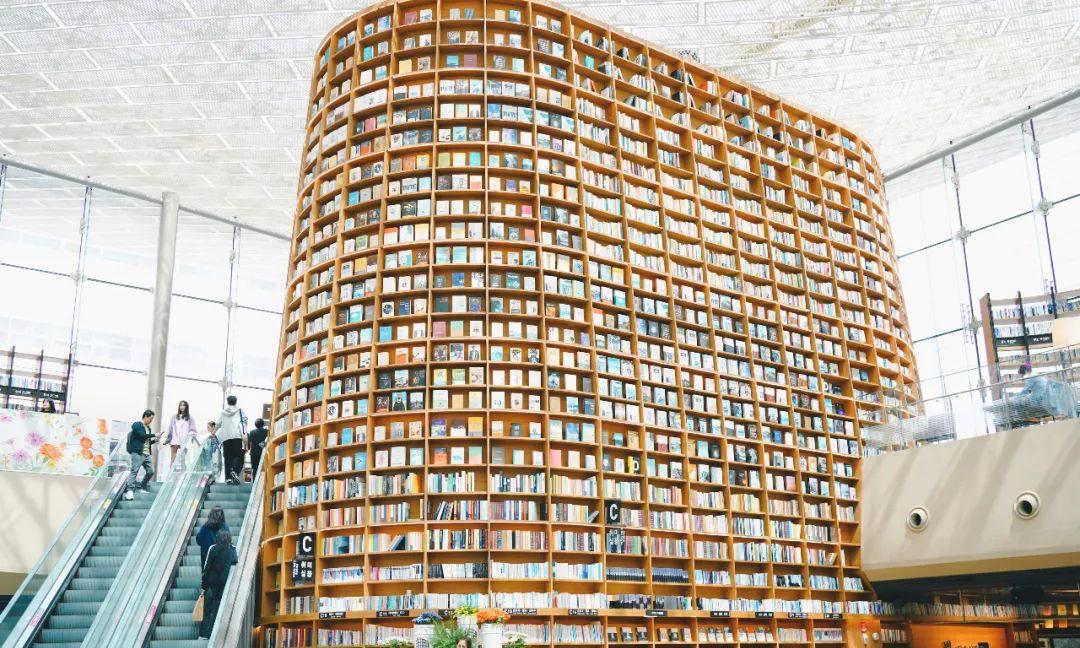
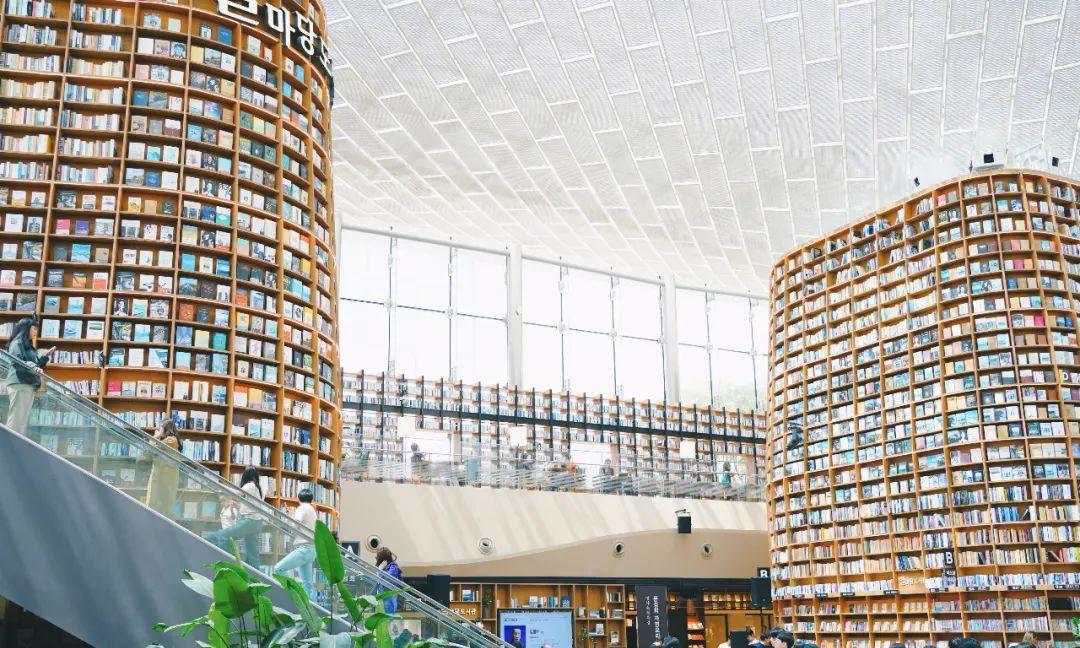
During the daytime, there is a 40-minute cruise available at 11:30 AM, 1:00 PM, 3:00 PM, and 4:00 PM, with an additional cruise at 2:00 PM on weekends and holidays.
For those wanting to catch the sunset, the 6:00 PM sunset cruise also lasts 40 minutes.
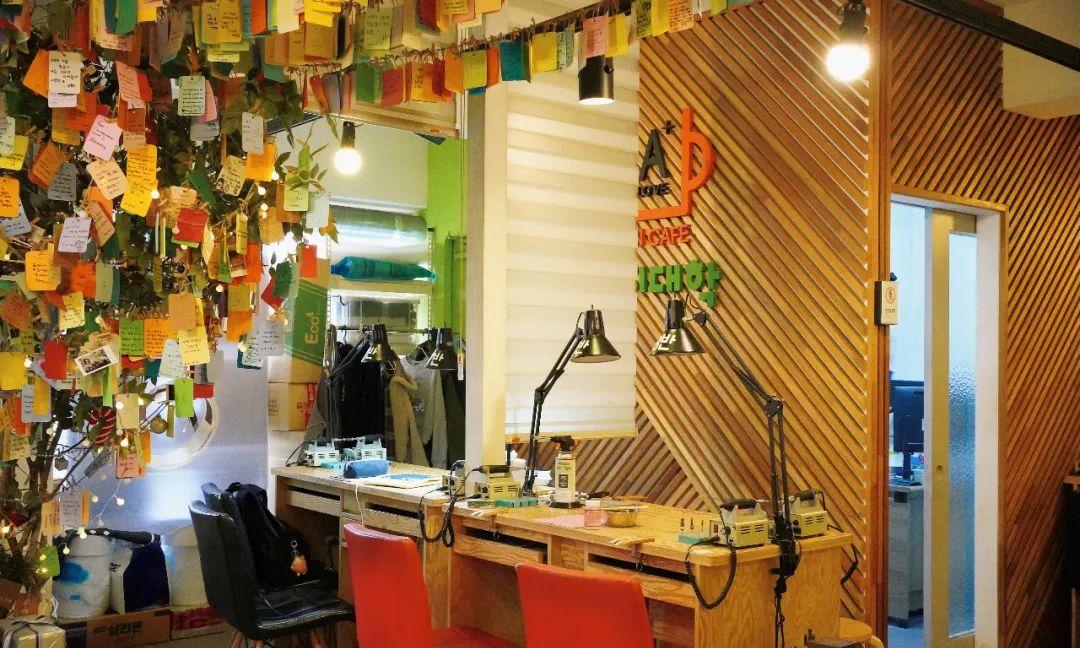
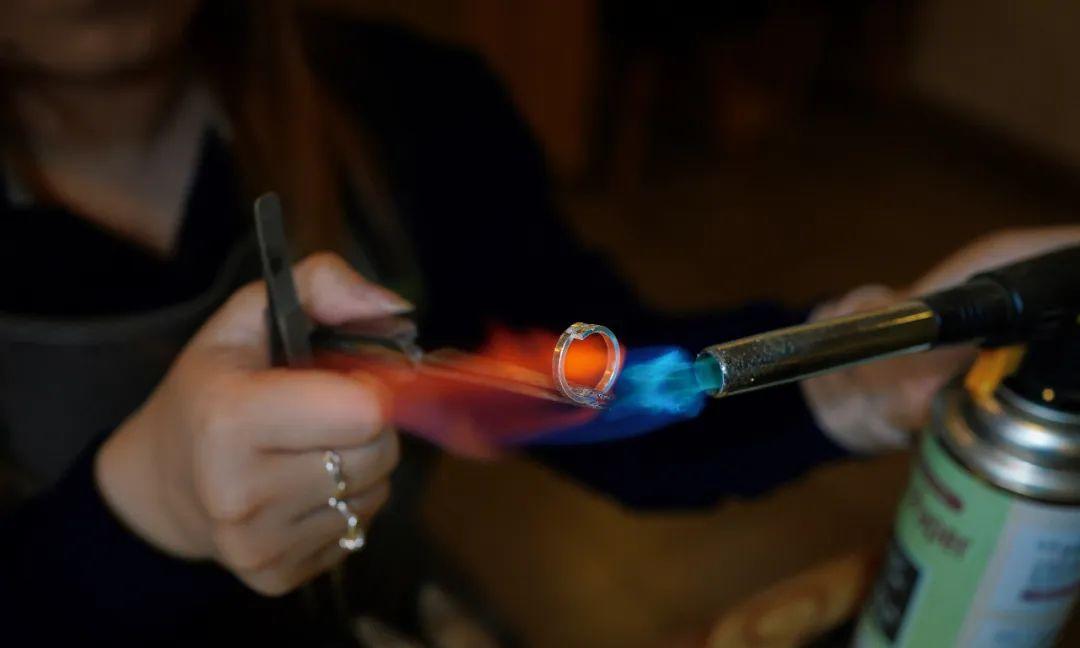
If you’re looking to be frugal yet indulgent, I recommend the 70-minute moonlight cruise, which lasts longer and features live music performances; the tickets are slightly pricier. The 7:00 PM option is preferred since it’s beautiful before it gets dark but after city lights come on.
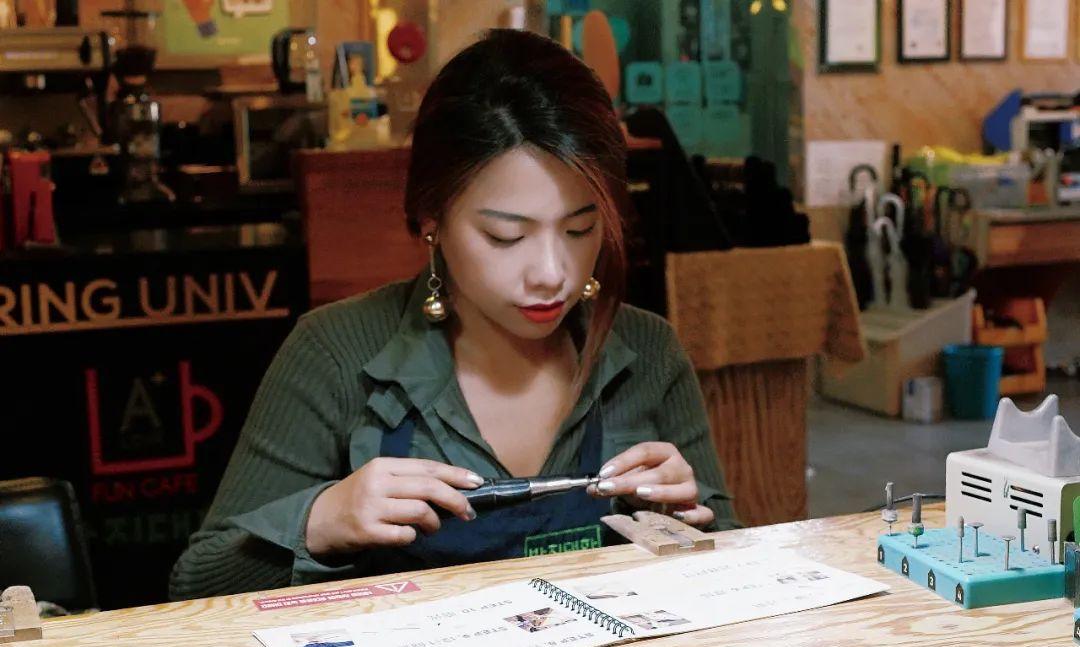
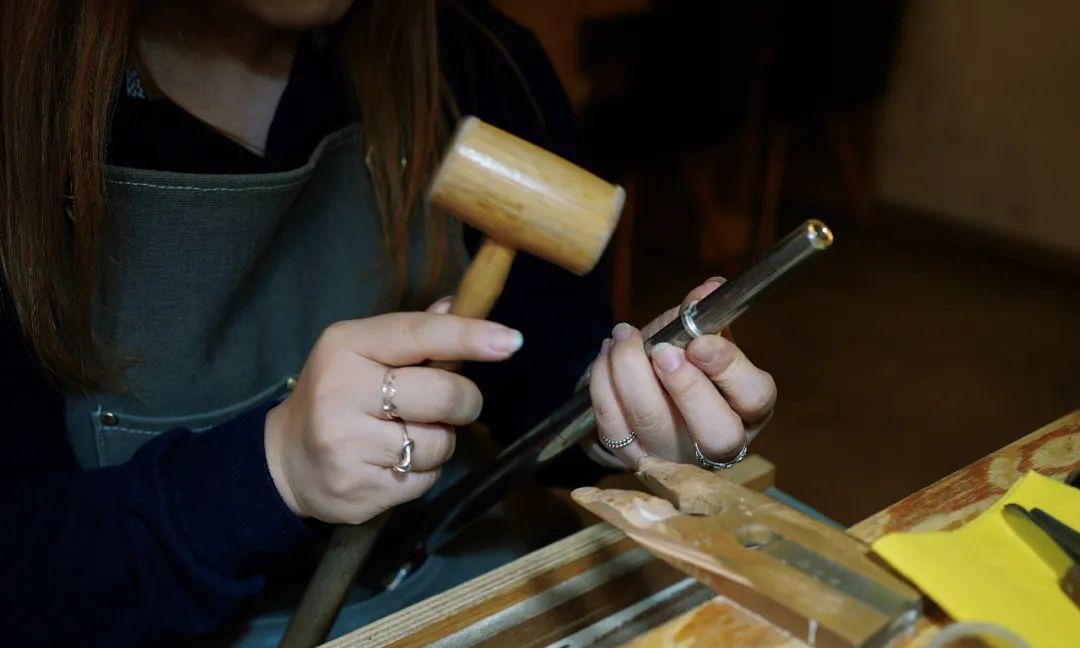
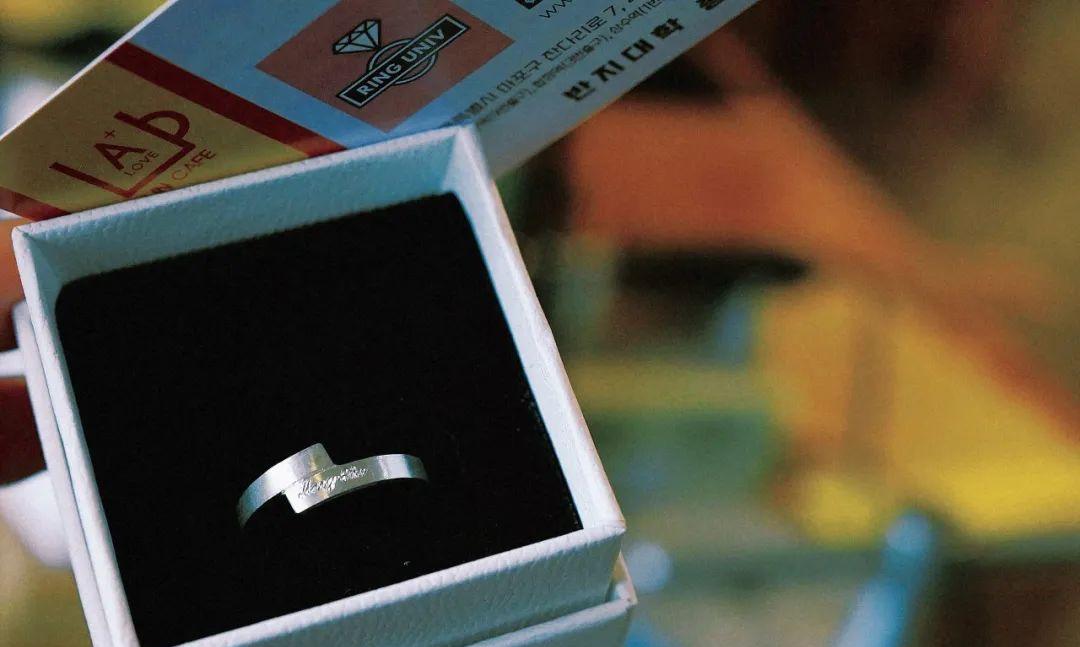
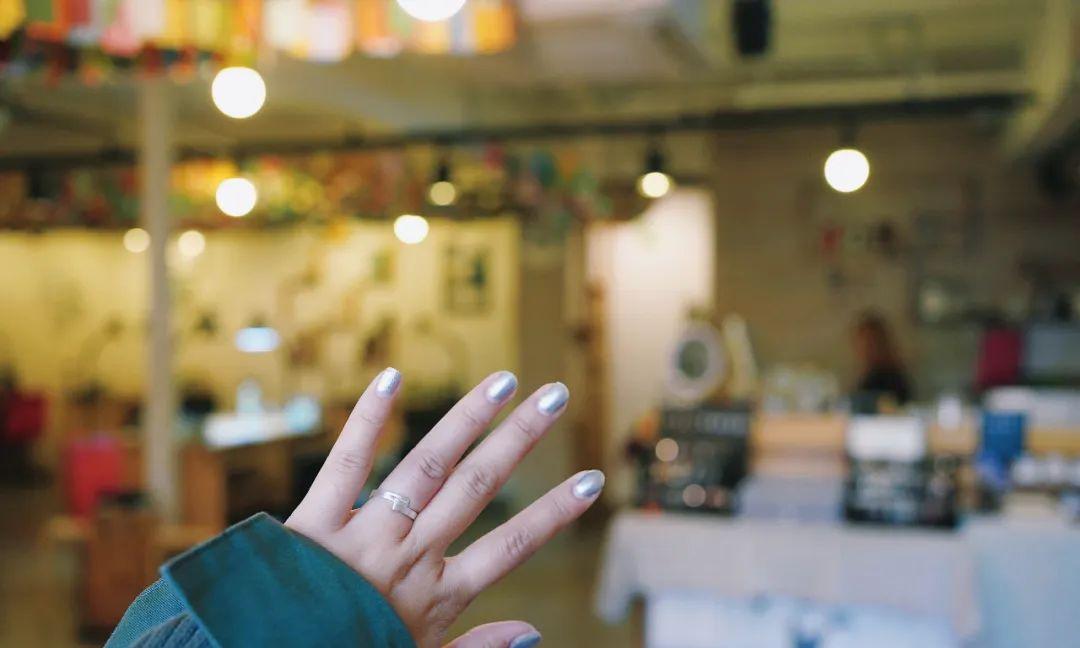
The 70-minute cruise is well-structured, with the first half on the deck enjoying the sights and the second half returning to the cabin for a concert.
The two sisters performing were so immersed and captivating, filling me with the joy of spring!
The 10:00 PM starry cruise runs for 50 minutes—perfect for those on a Go City itinerary to fill their day—after such a full day, one feels complete.
Since the cruise’s schedule may change monthly, don’t forget to check the schedule before sailing.
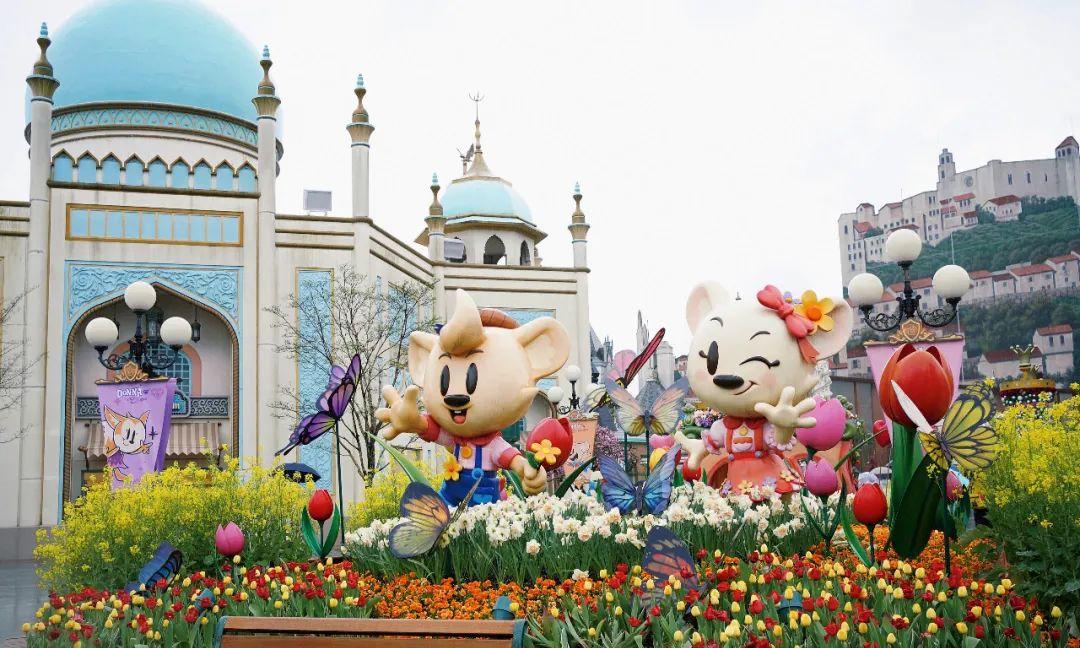
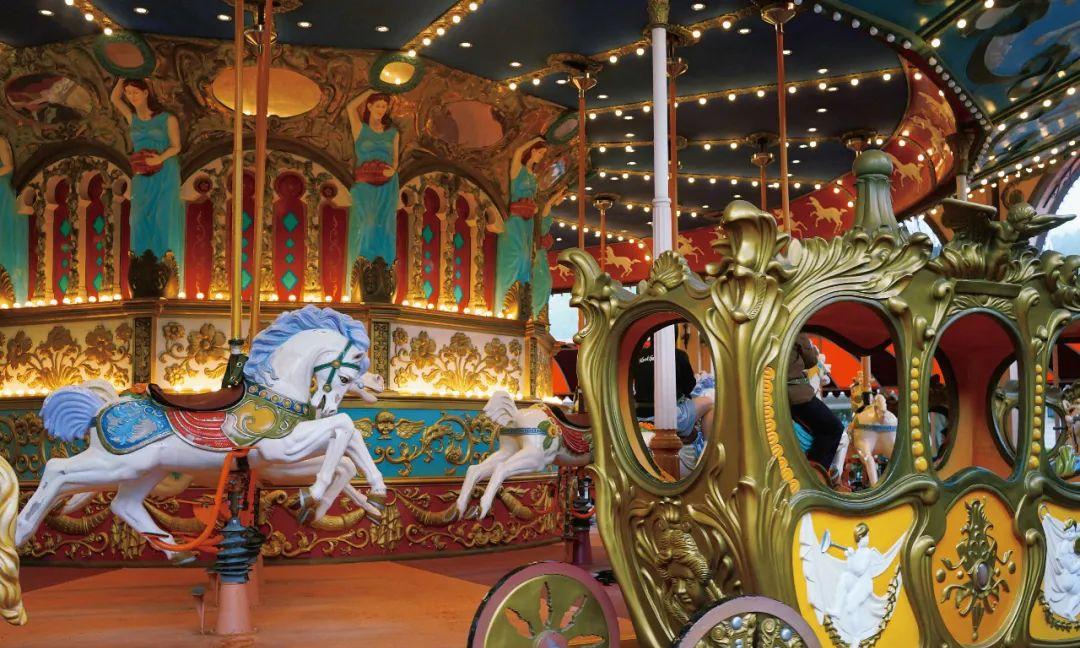
The waiting area is beautiful, with outdoor seating, while inside there’s a café. There are also convenience stores and restaurants nearby. Enjoying instant noodles by the Han River is a beloved local experience, with convenience stores offering bowls and chopsticks alongside instant hot water machines.
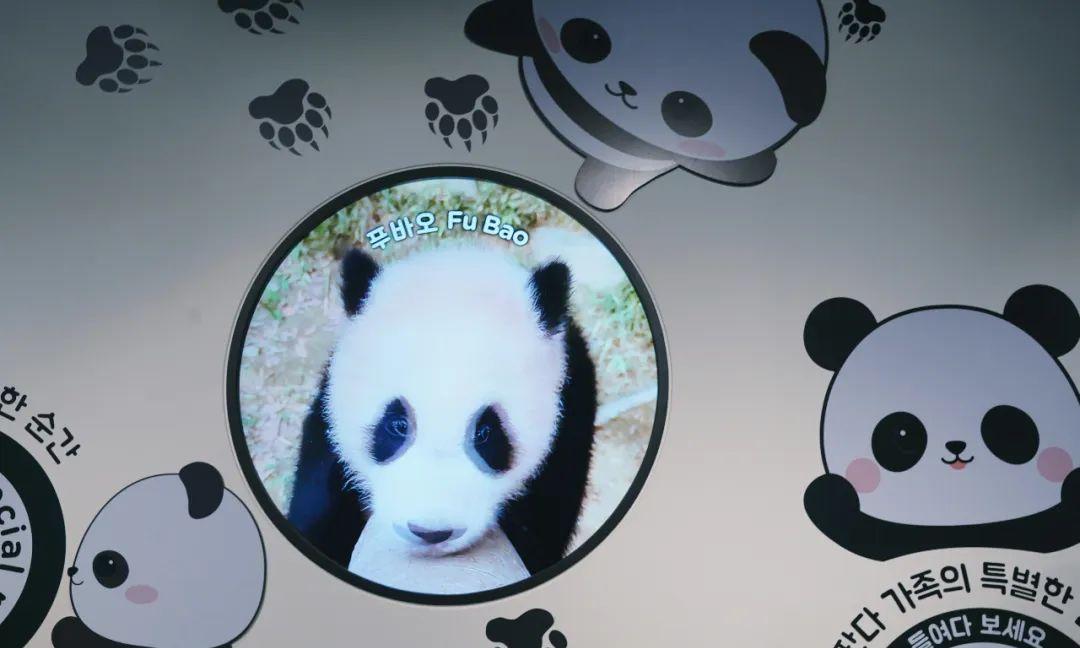
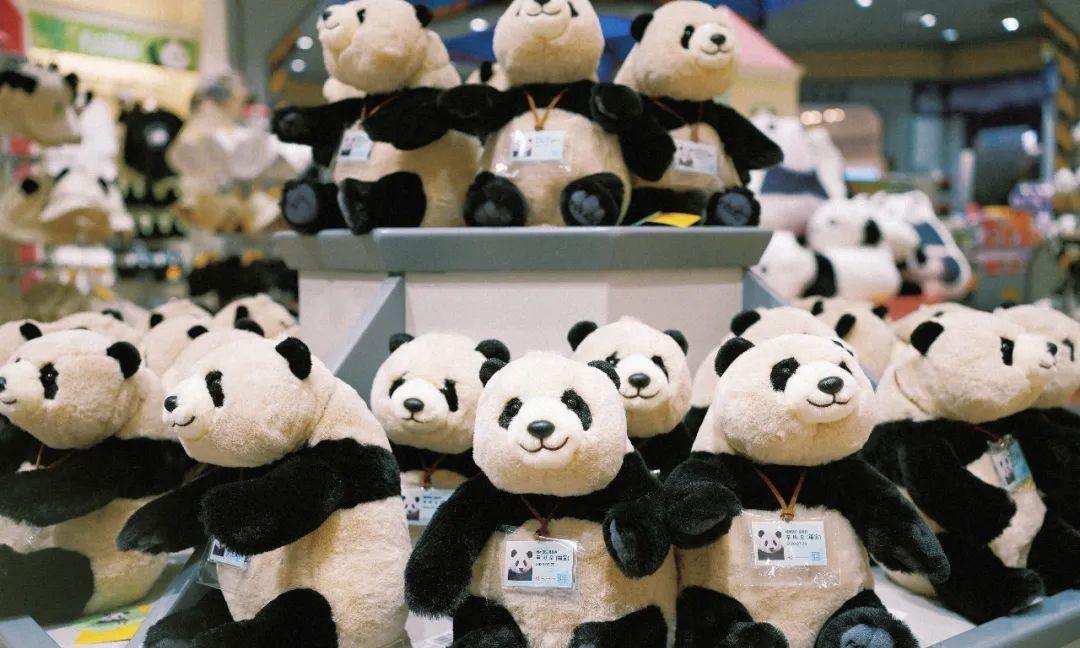
I got my fried chicken from a BHC chicken store, which is endorsed by Jeon Ji-hyun, and I’ve really enjoyed it on several occasions.
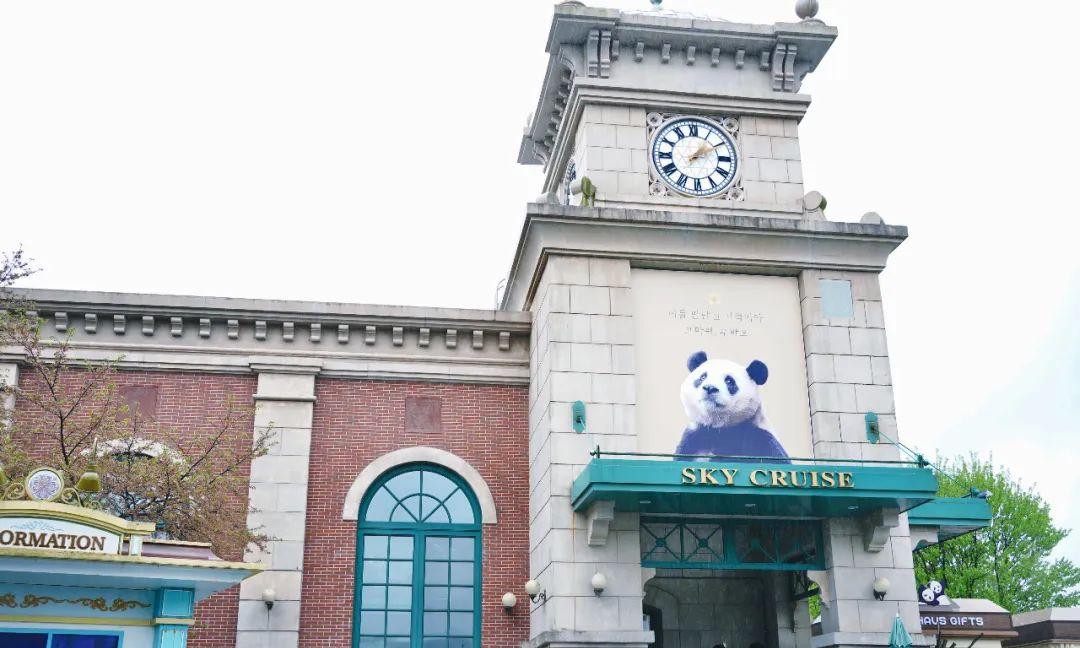
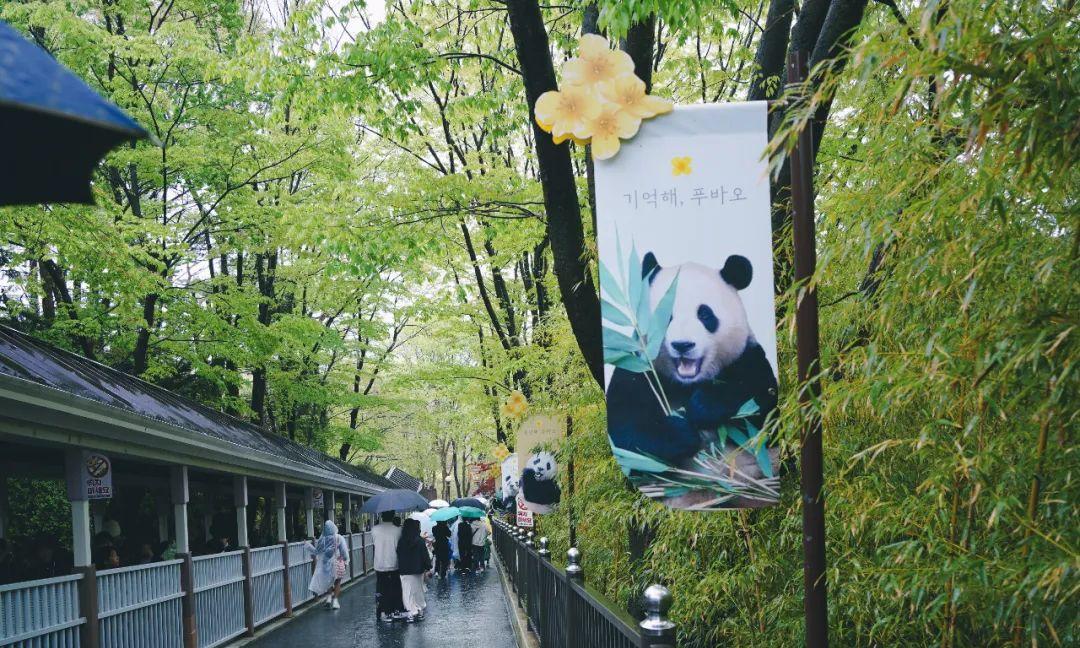
5. City Walk Tours (Table entries 4, 12, 19)
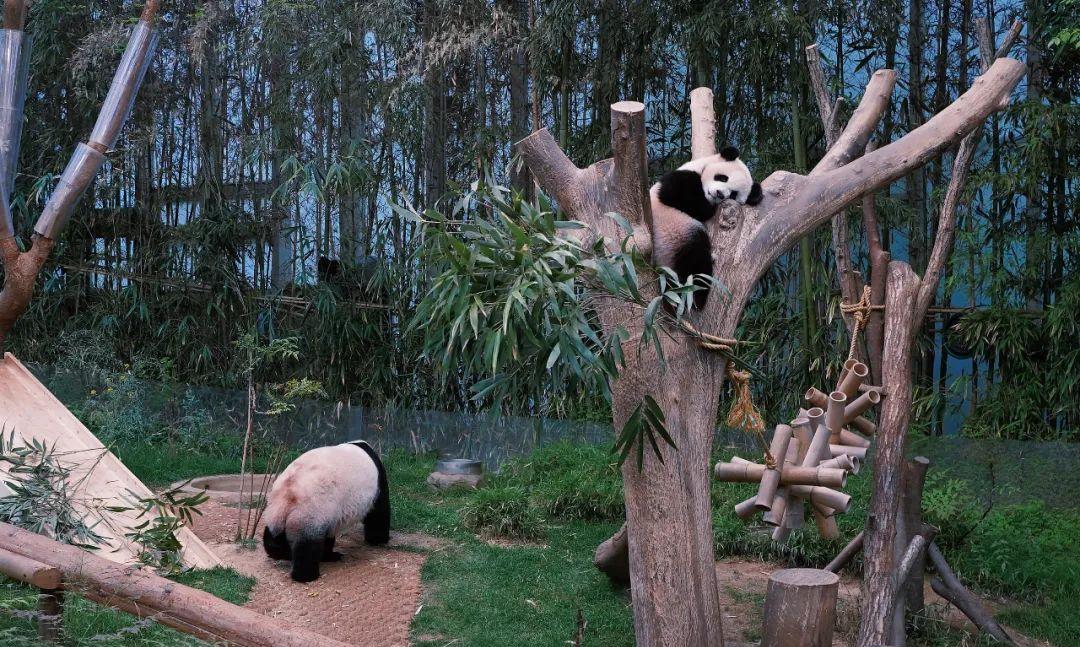

This time, I joined three different types of city walking tours, led by guides who shared insights as we walked. Many details and backstories are often overlooked when exploring on your own. This is a genuine deep-dive travel experience that is very popular in European and American countries, but very few locals sign up.
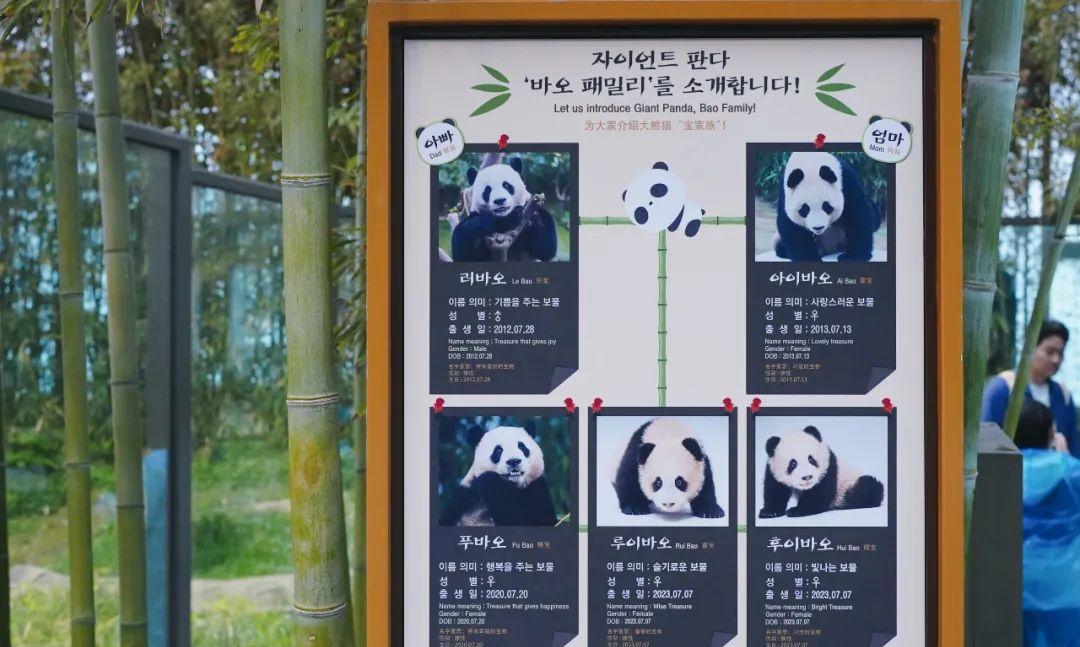
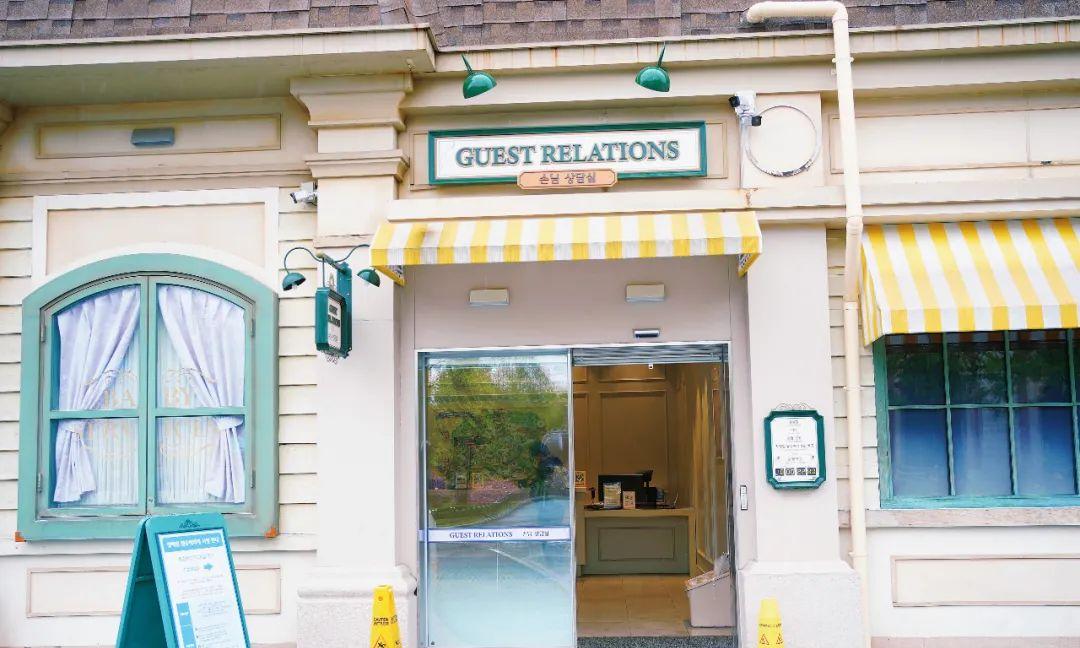
Prior to signing up, I was a bit apprehensive, as the whole thing would be conducted in English—it felt like a listening exam! However, once I registered, it turned out to be no big deal; I actually found it opens doors to new experiences. As long as you’re not awkward, others will appreciate your bravery in trying something new. I used my decent conversational skills along with Google Translate to happily complete these three walking tours.
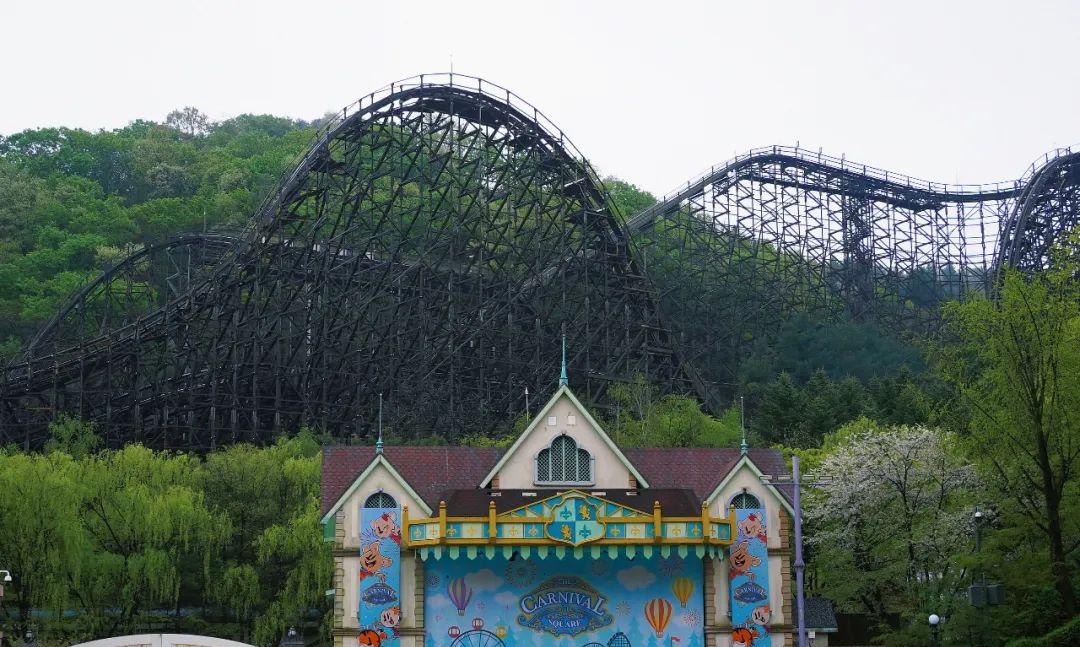
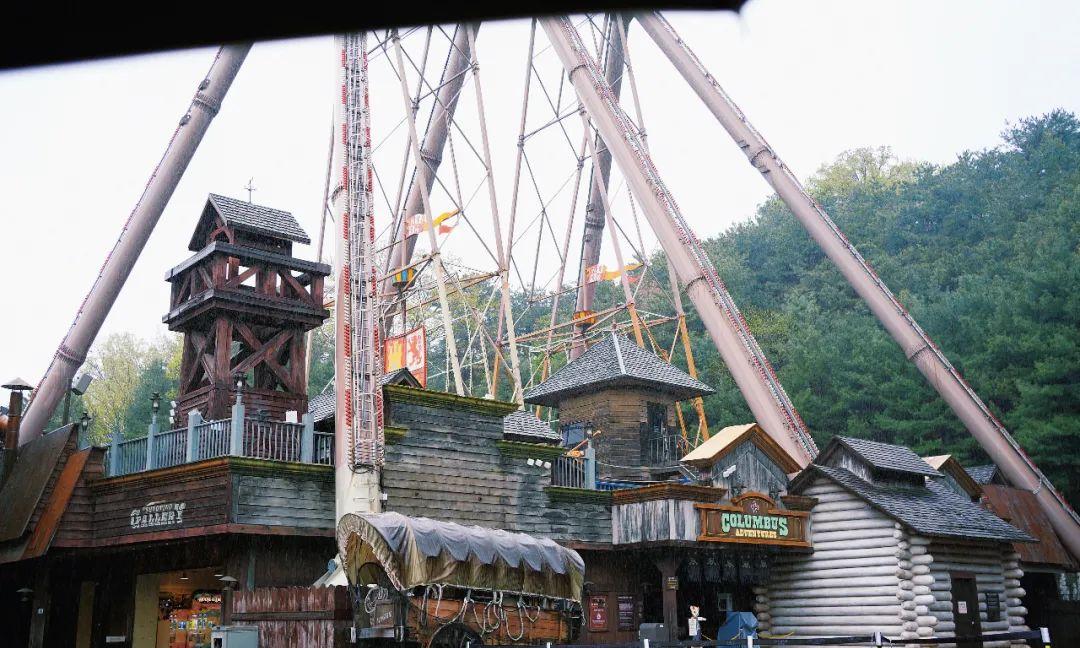
I highly recommend the “Korean Street Food Walking Tour,” as it’s so worthwhile and spans a full three hours, starting from Insadong, passing through Ikseon-dong, and ending at Gwangjang Market.
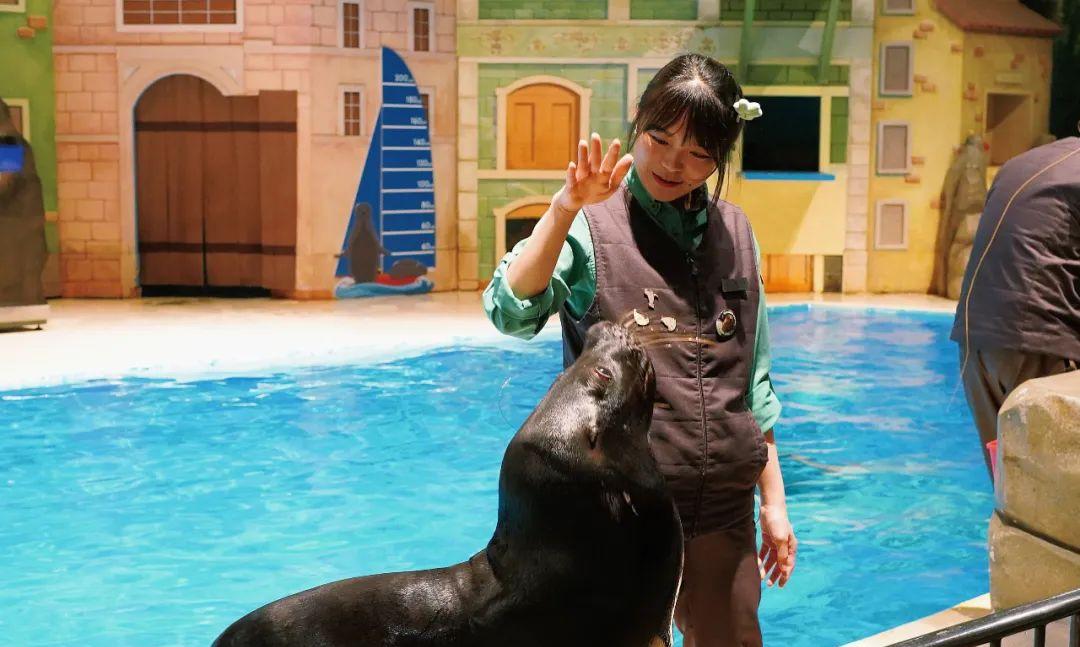
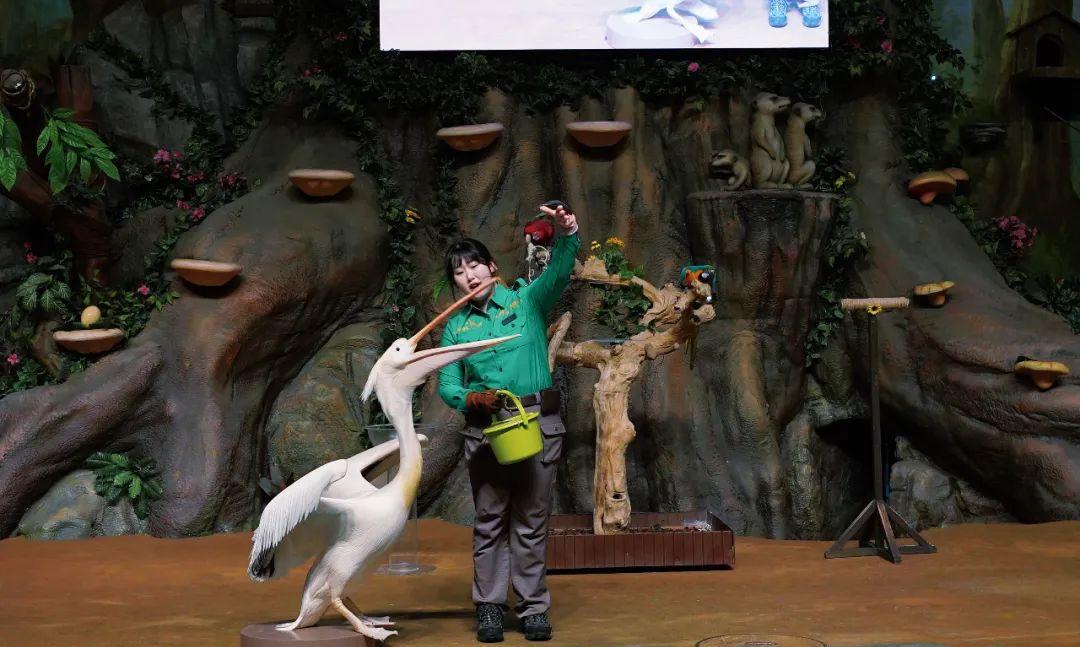
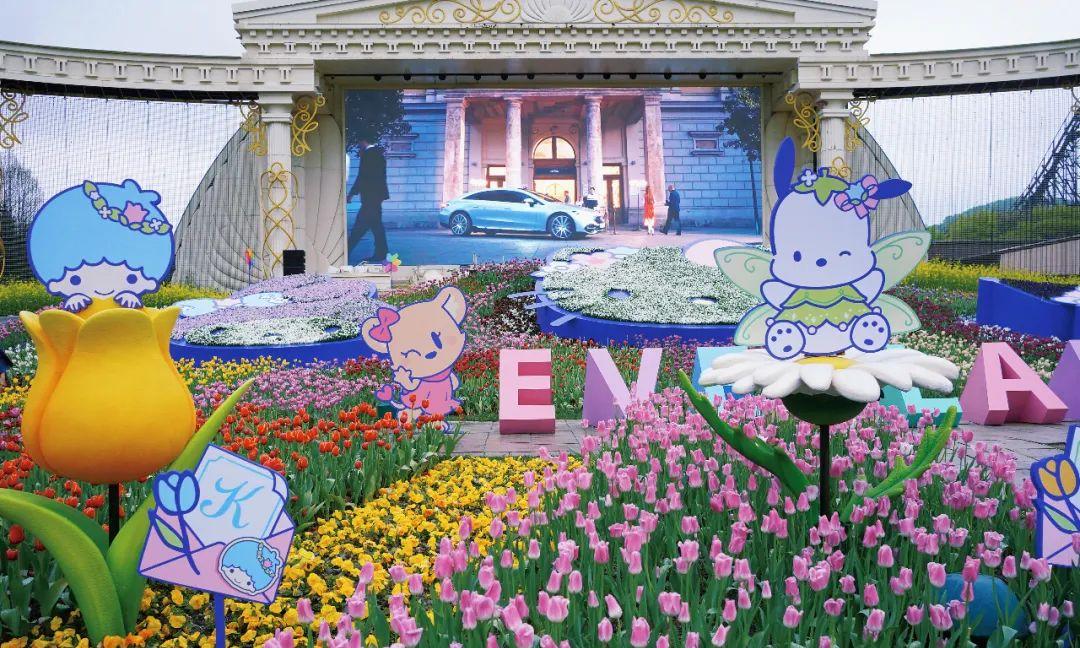
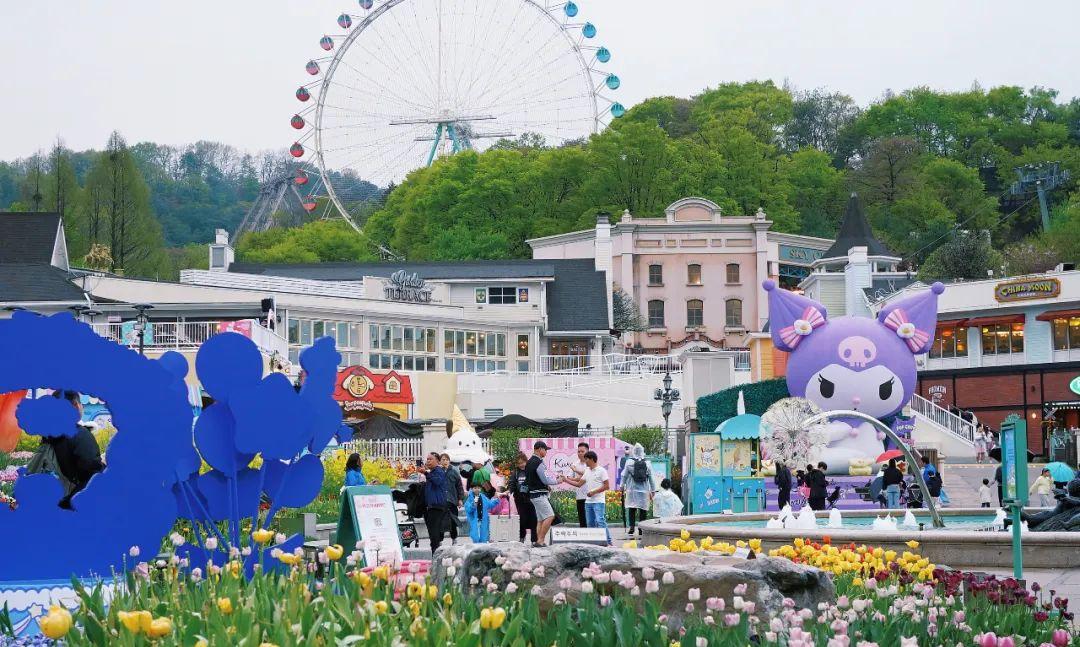
We strolled and sampled various foods, hearing stories along the way. I tried red bean cakes at a café with a theme of poop, traditional omija tea at a tea house that doubles as an art gallery, handmade rice cakes at a nearly hundred-year-old cake shop, and fish cakes beloved by locals. Finally, we sat down at Gwangjang Market to taste mung bean pancakes, spicy tteokbokki, and rice wine to wrap up the tour.
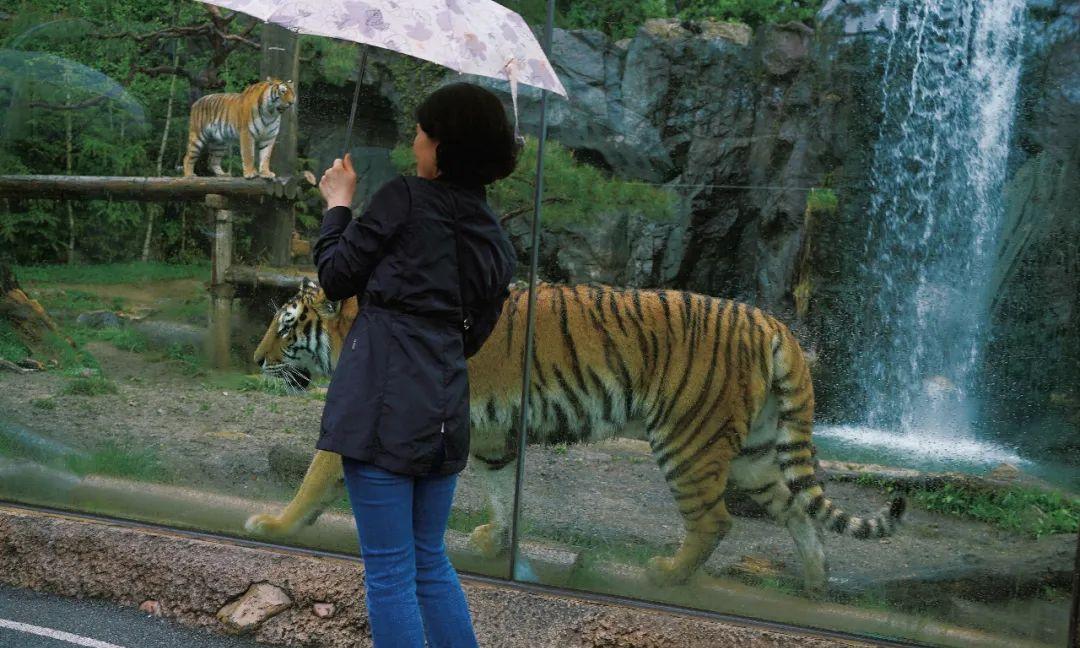
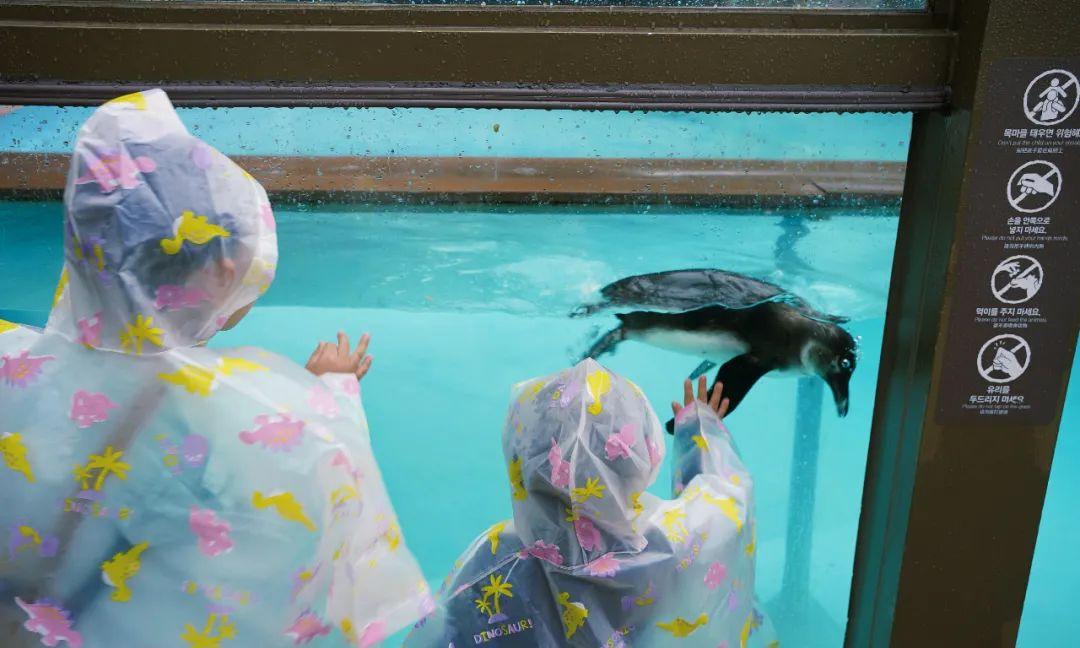
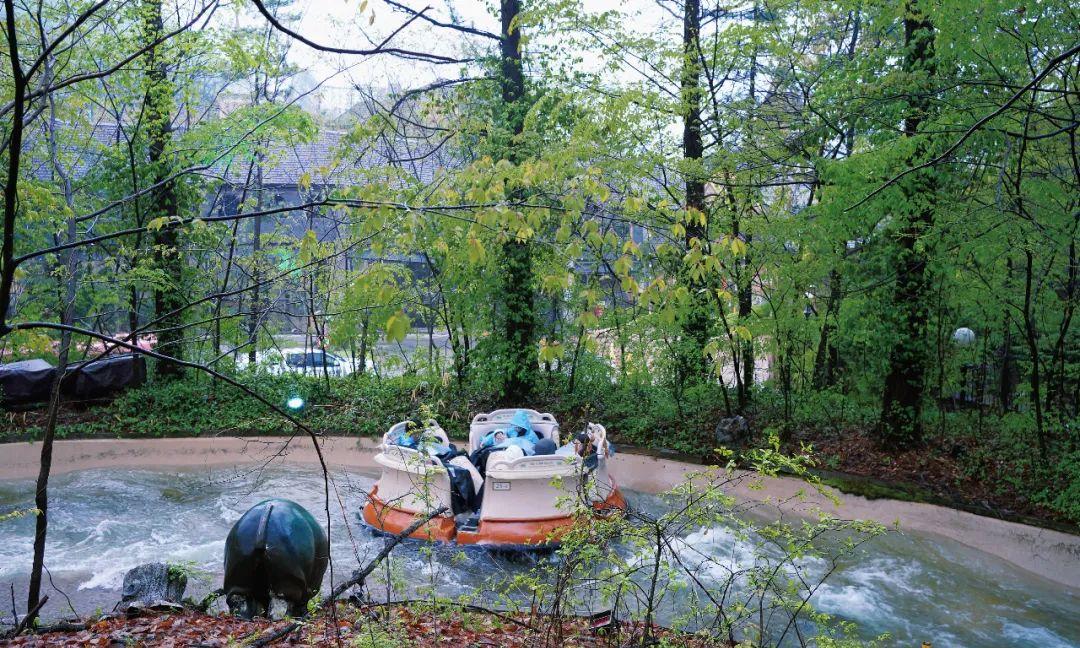

The food is included in the itinerary, so there’s no need to pay extra. Different guides may offer different food options; mine is just a reference. Many of the places I had previously visited, but with a local guide, they became so much more interesting!
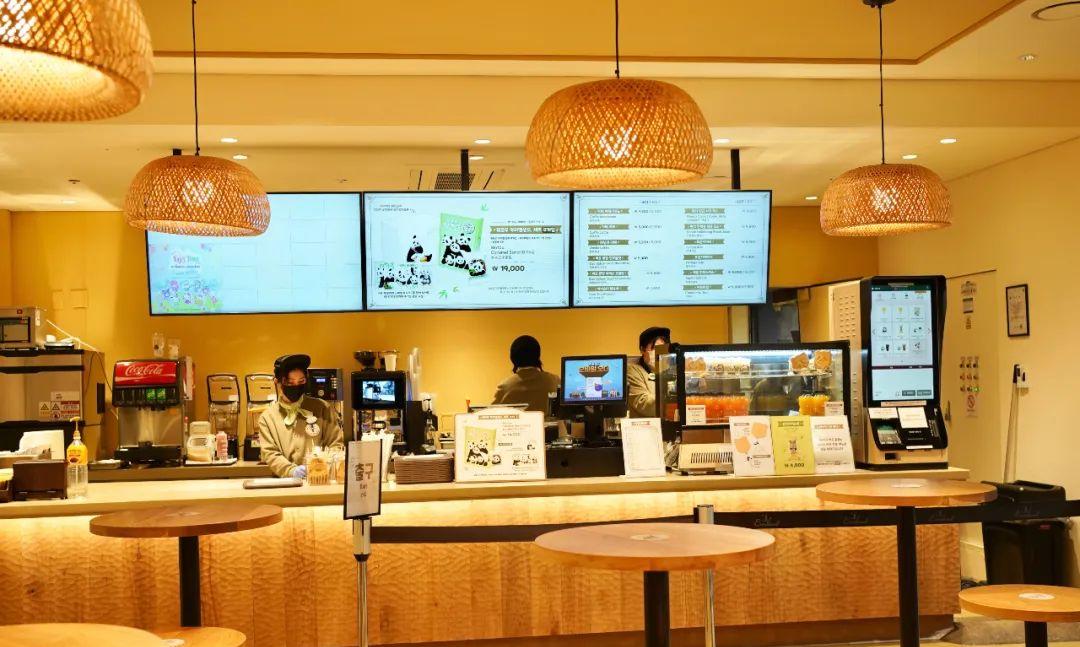
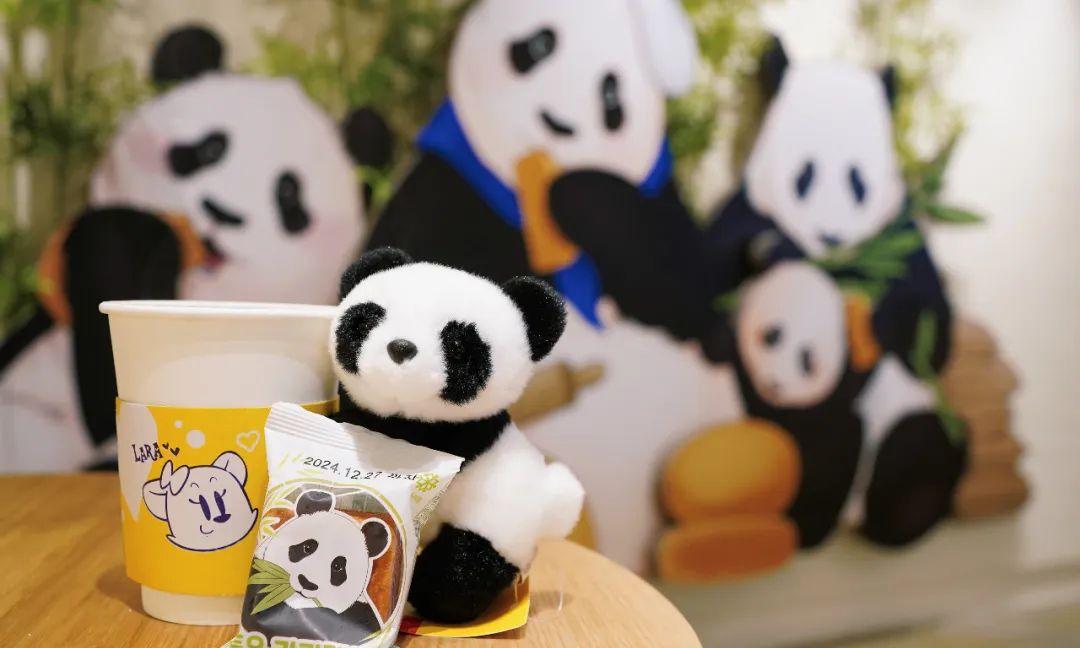
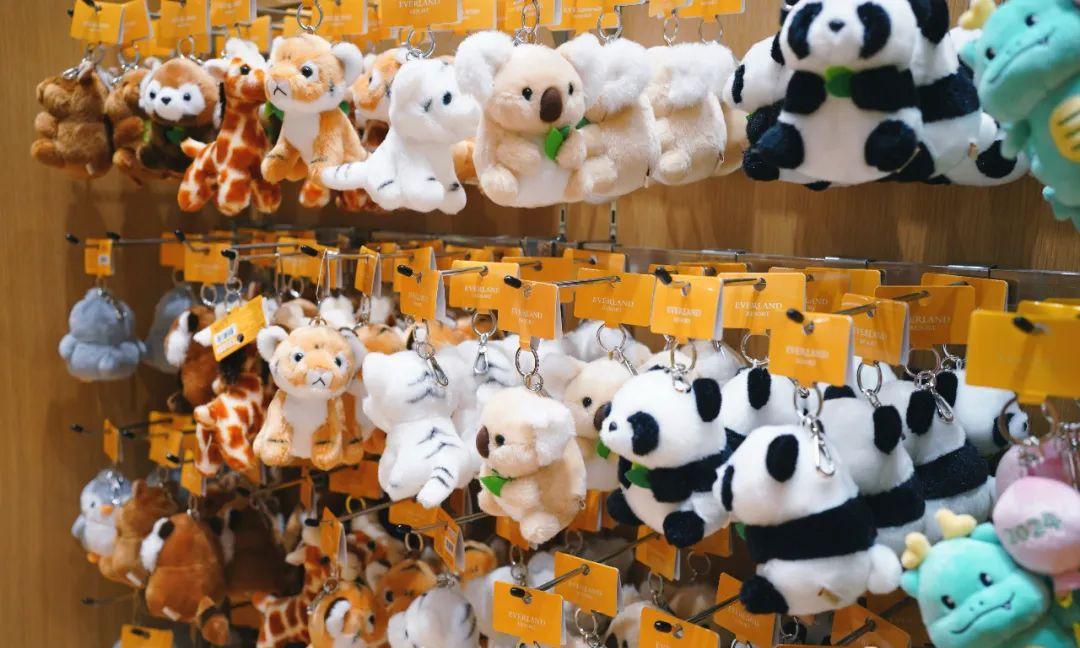
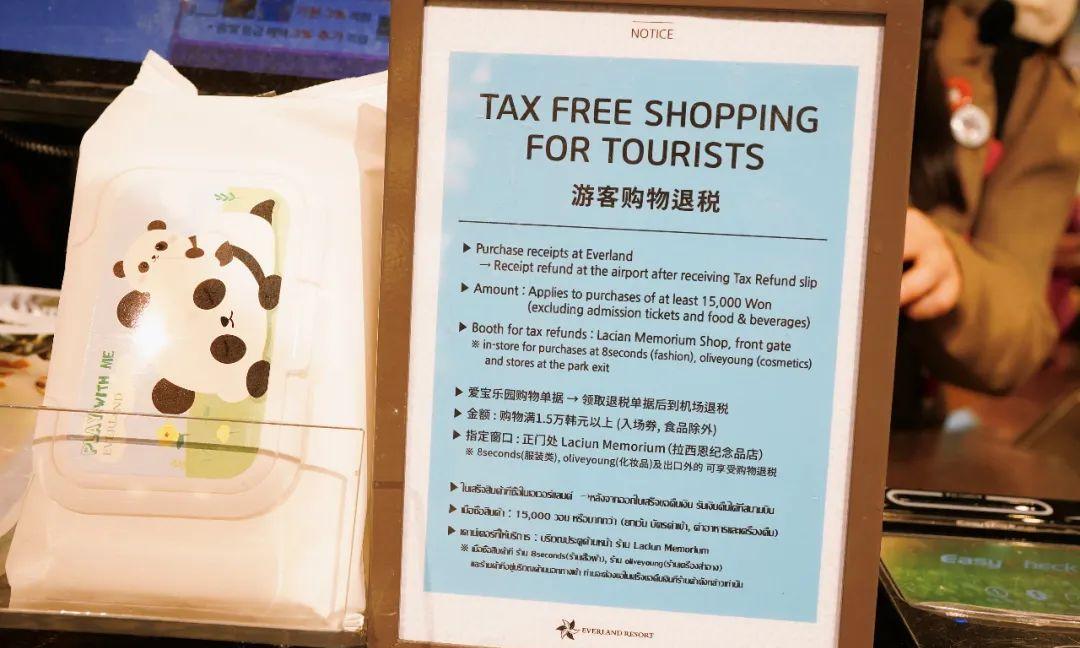
Tour times are every Monday, Wednesday, and Friday from 3:00 PM to 6:00 PM.
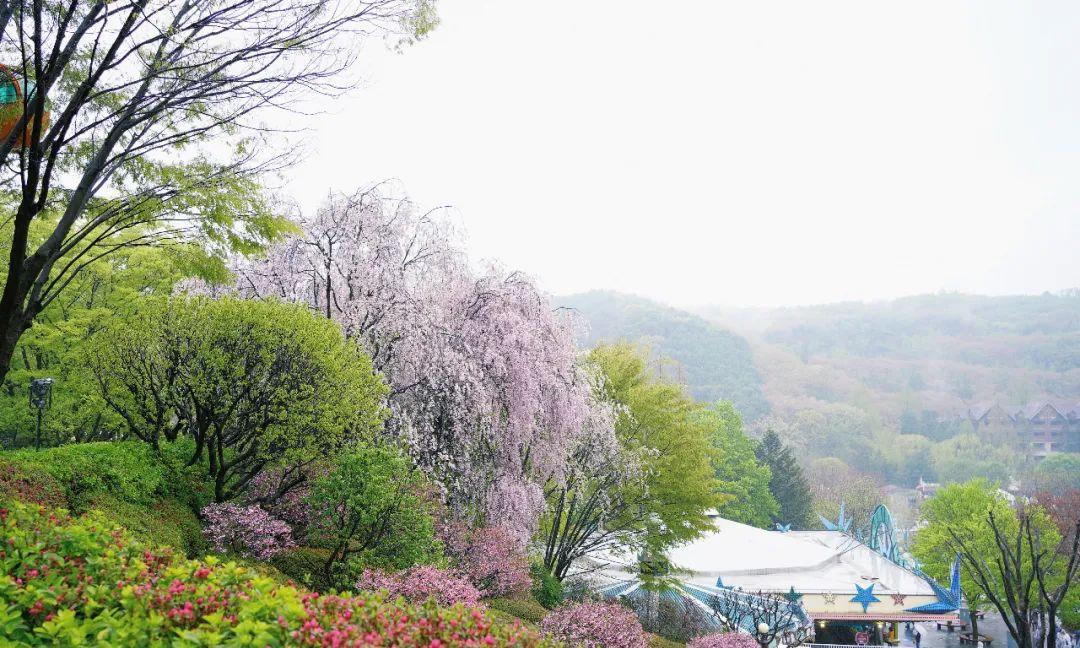
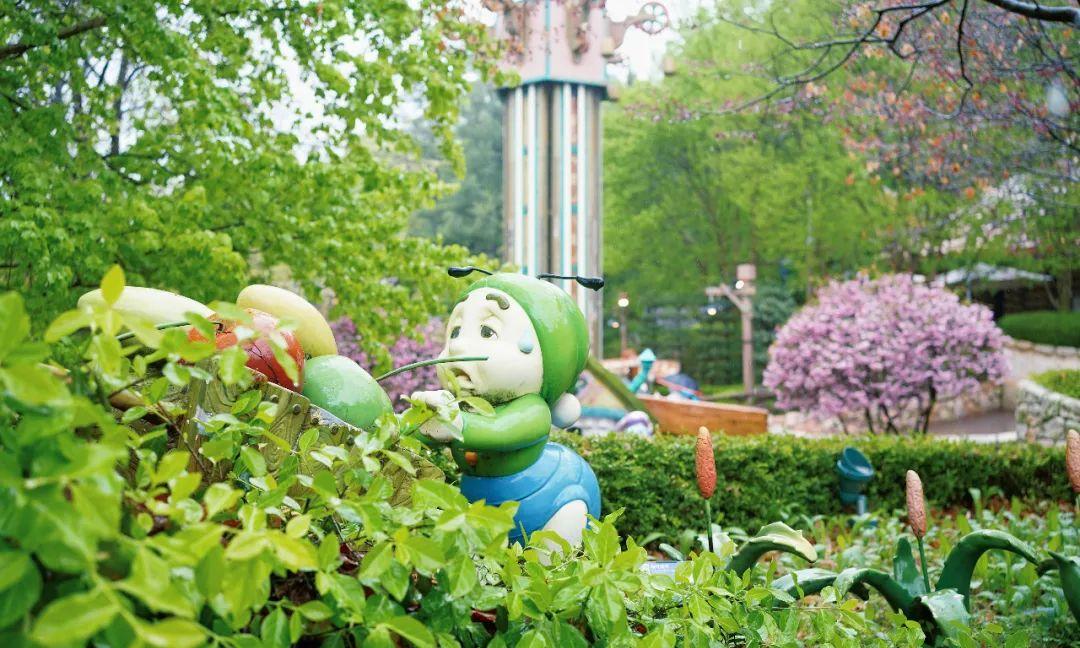
Seoul’s bars are famous for their great atmosphere and stunning appearances. However, as tourists, we often worry about safety, transparency in pricing, and how to choose a spot. The “Seoul Bar Hopping Experience” is female-friendly, allowing us to experience Seoul’s exciting nightlife safely and comfortably.
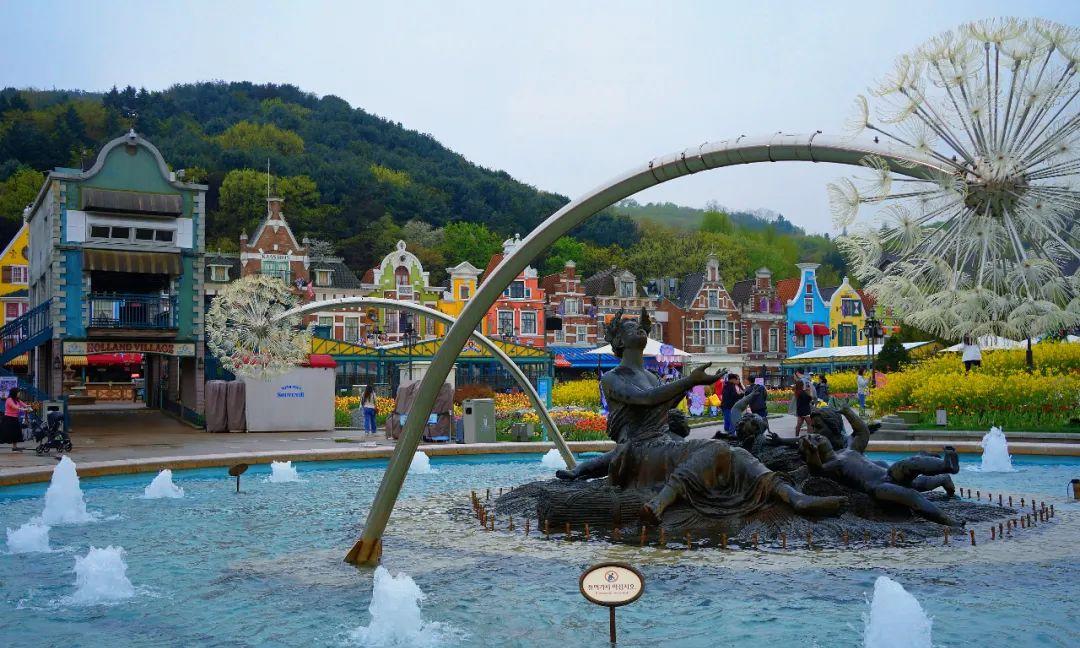
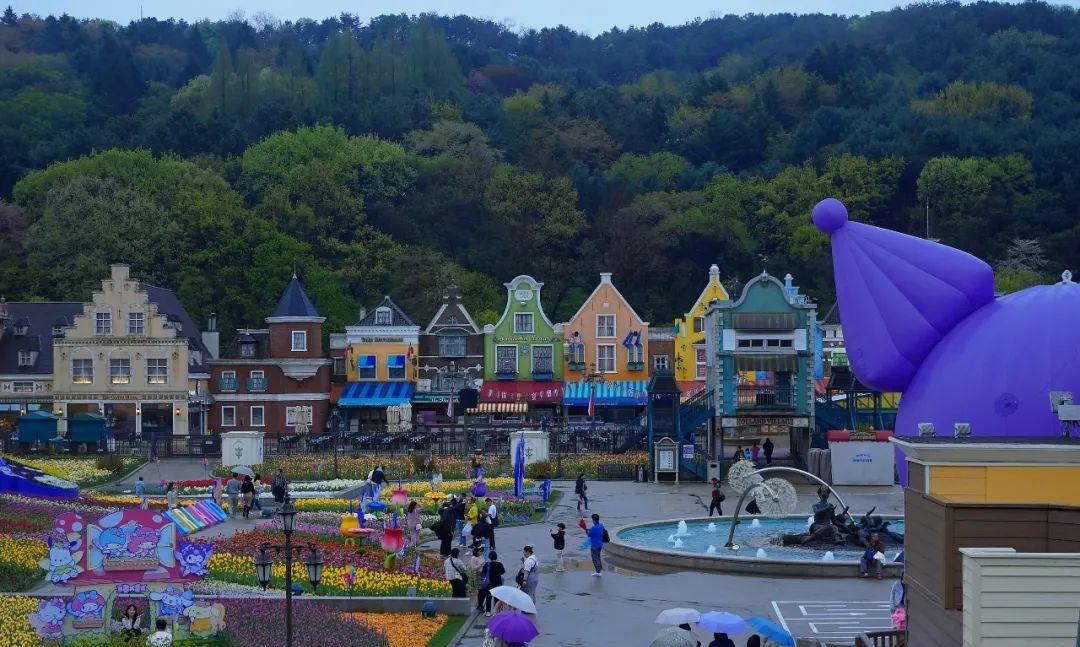
The tour divides into the Itaewon and Hongdae areas, with Itaewon hosting a more international audience on Fridays, while Hongdae is a youthful hotspot with gatherings on Thursdays and Saturdays. I preferred Hongdae, noticing that Thursdays are described as smaller and more intimate gatherings, so I chose Thursday.
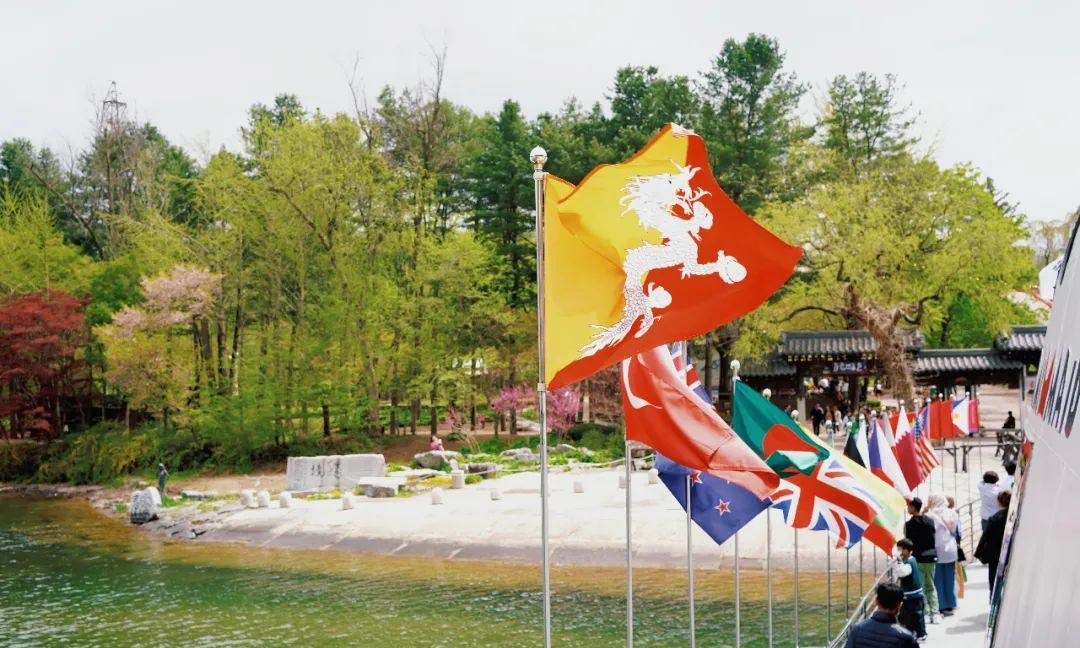
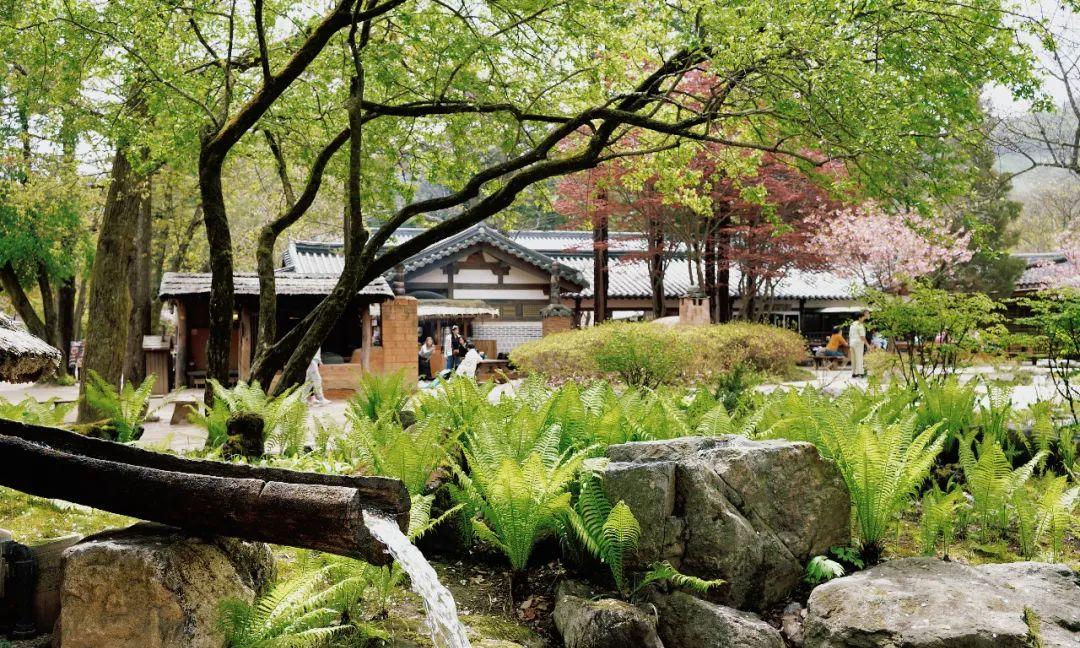
Upon arrival, I was shocked; there were 50 participants! Where’s the smaller, more intimate group? Thankfully, I’m not socially anxious. Three female guides oversee the event and maintain order, and most participants were polite with good manners, creating a great atmosphere.
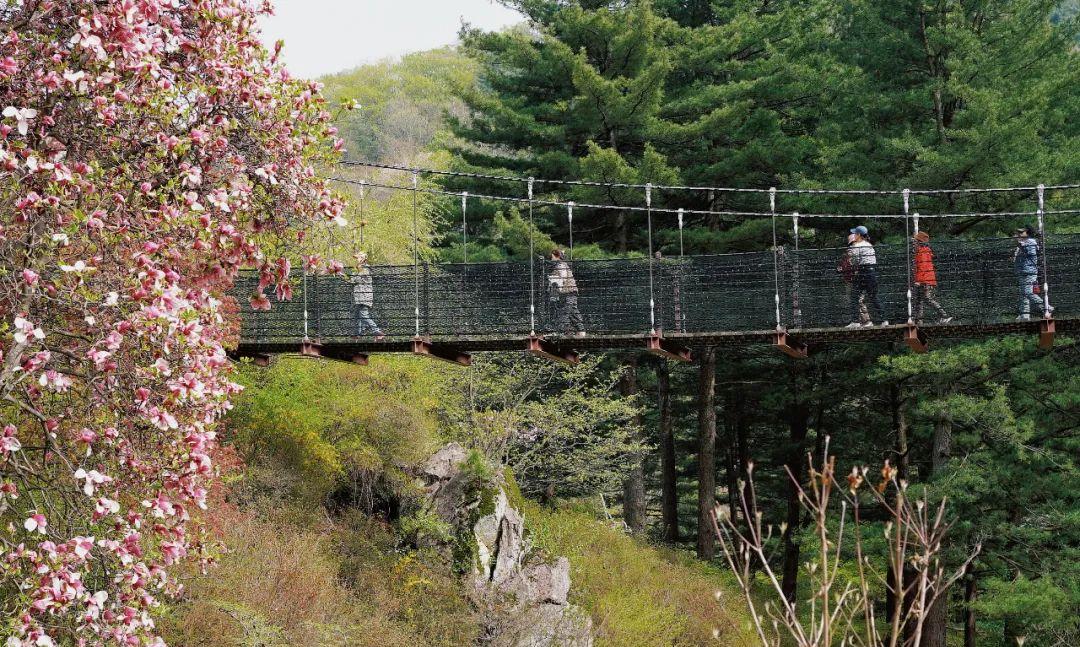
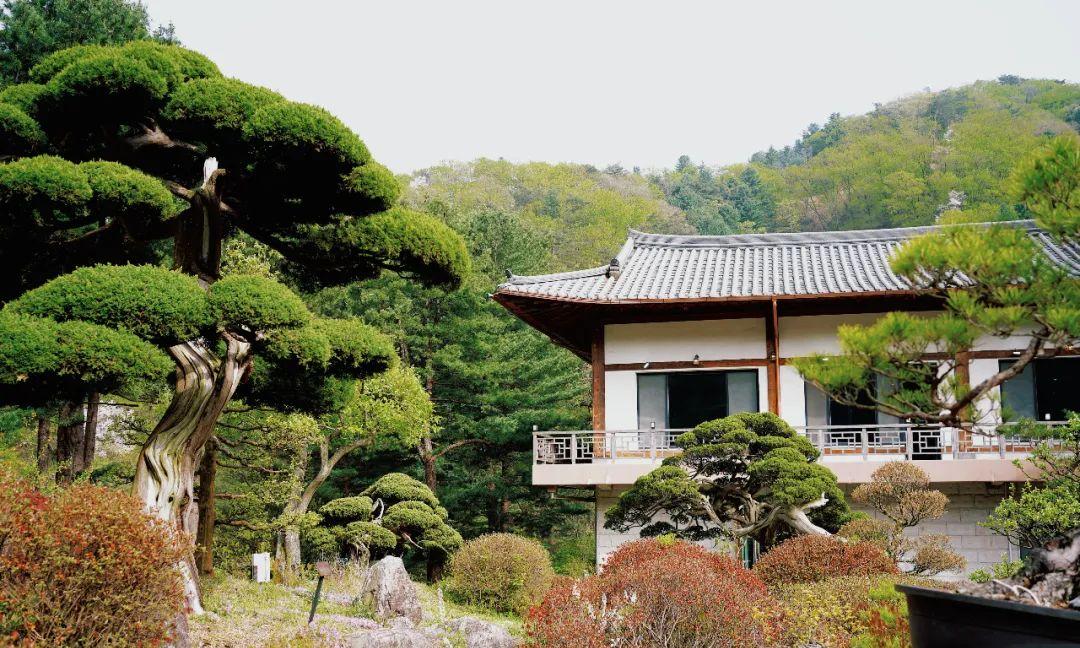
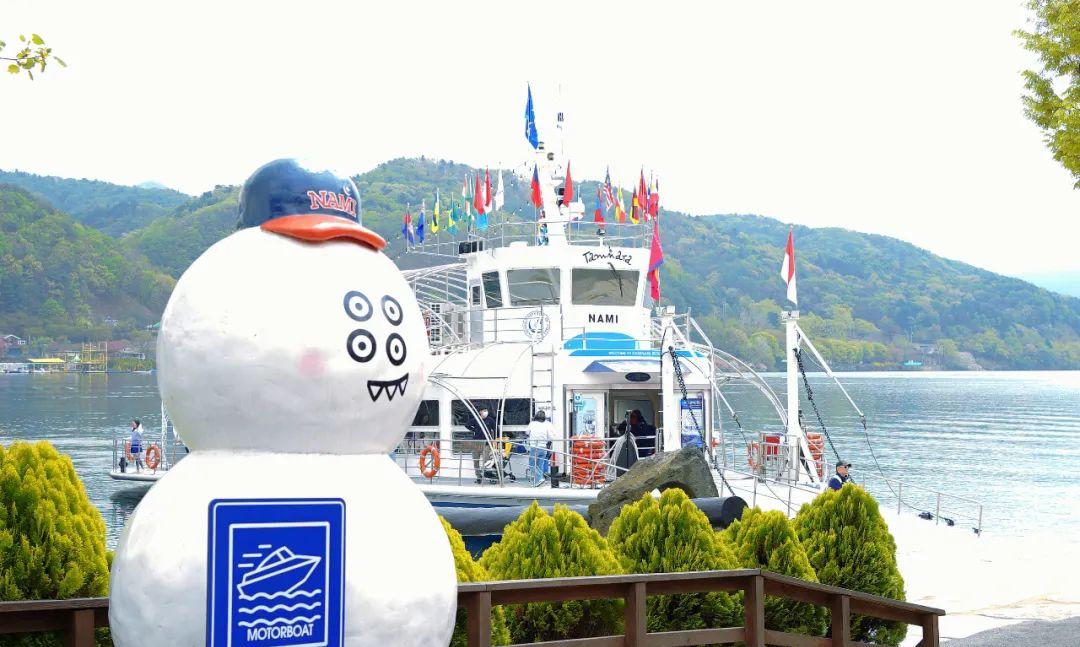
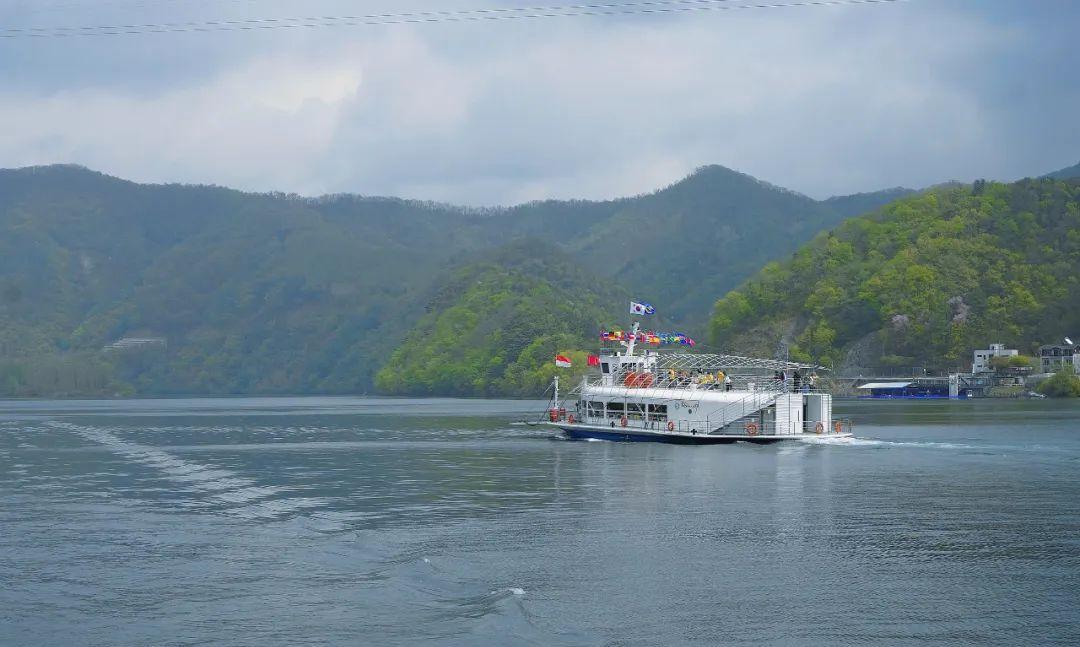
The event starts at 8:00 PM, with entry allowed at any time until 9:30 PM. By 9:30 PM, we switch to another bar, and over the night, we experience a total of four.
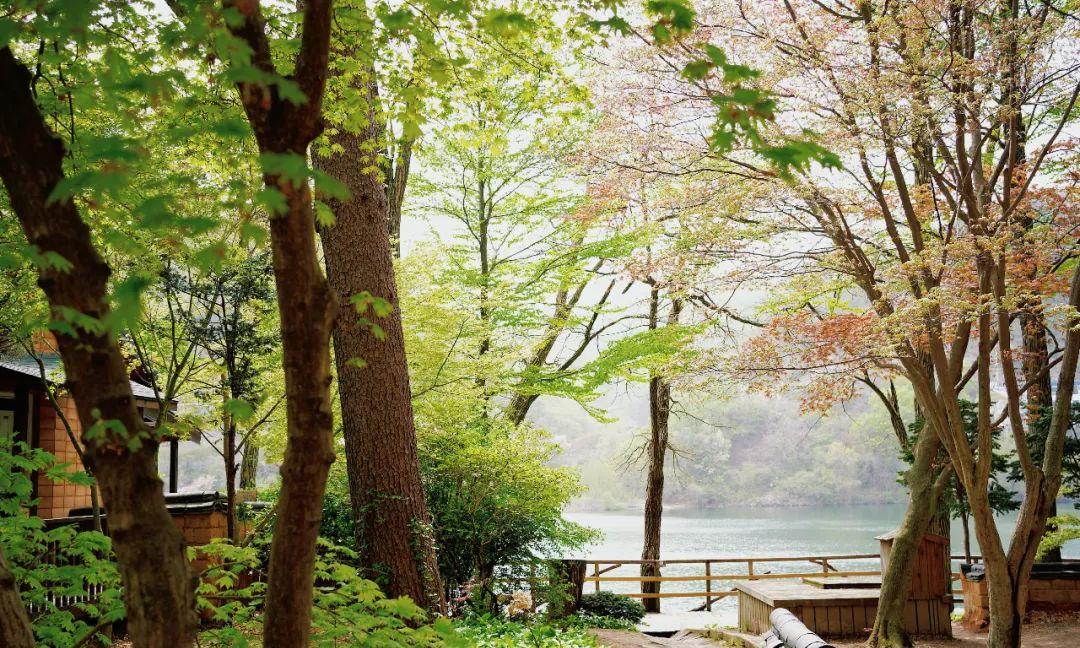
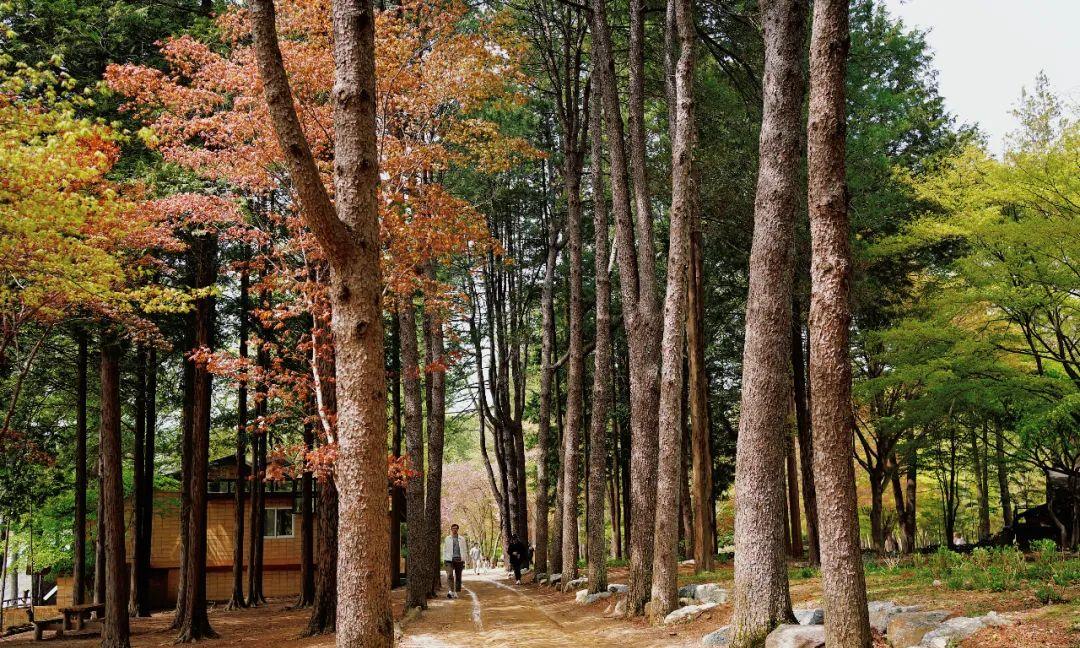
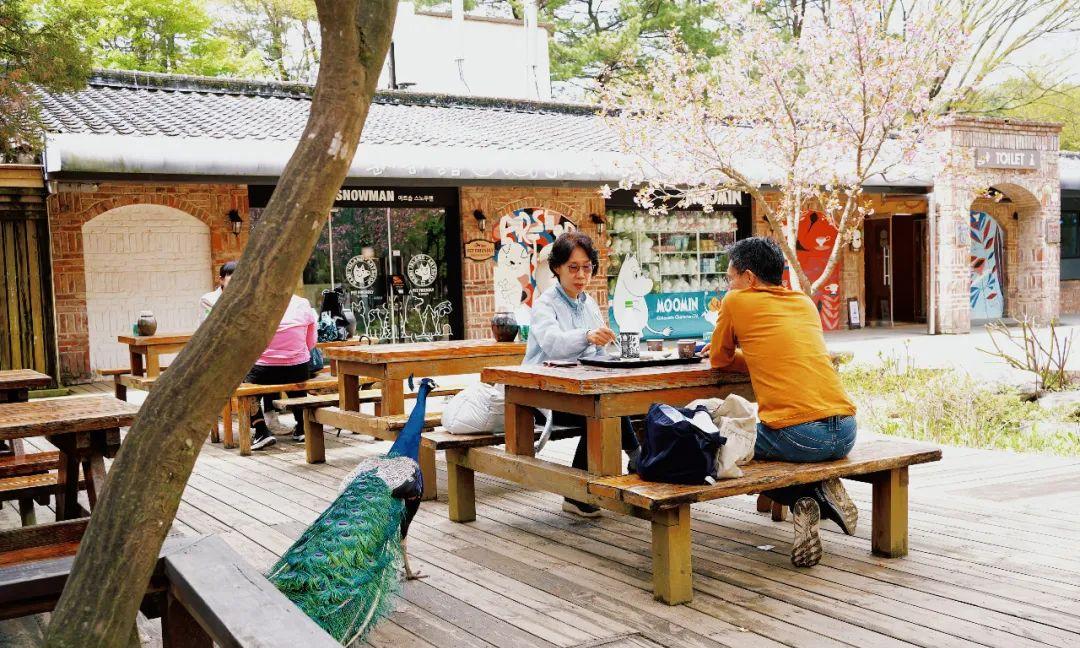
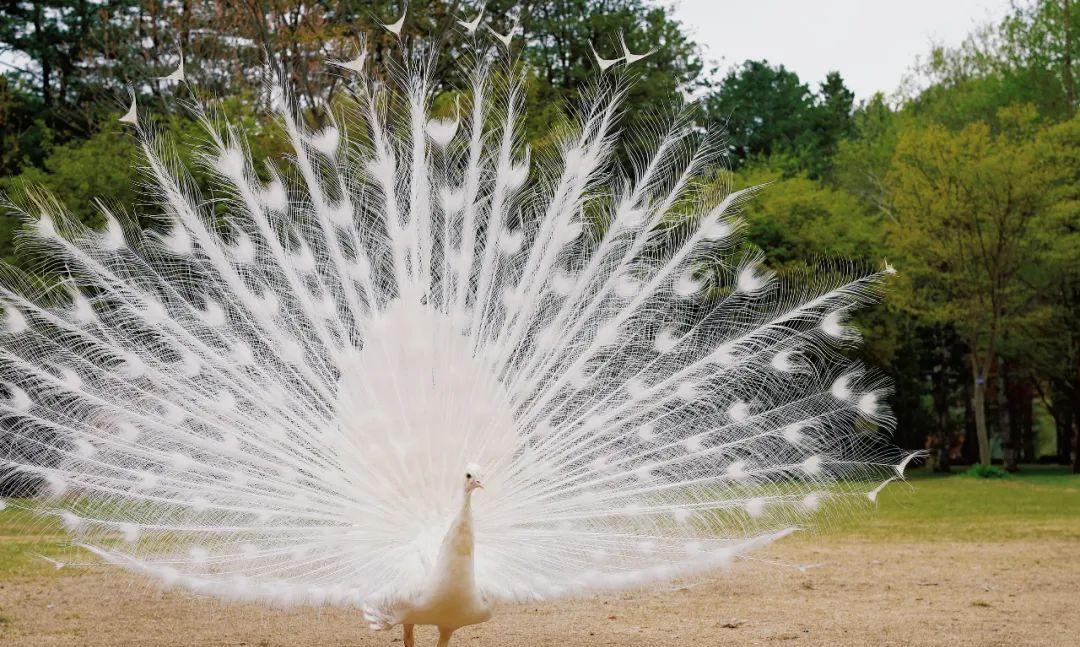
I particularly enjoyed the second stop, which featured karaoke. The group was enthusiastic in singing together, with songs in German and Spanish; since no one understood those languages, performing them felt quite free. I even sang a Chinese song, haha.
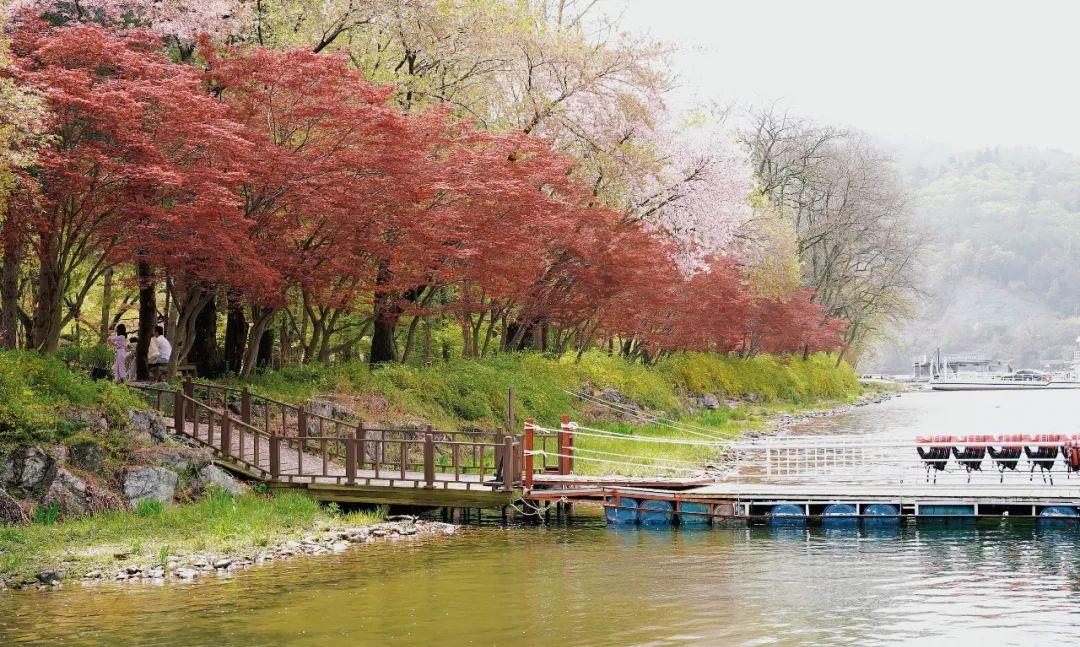
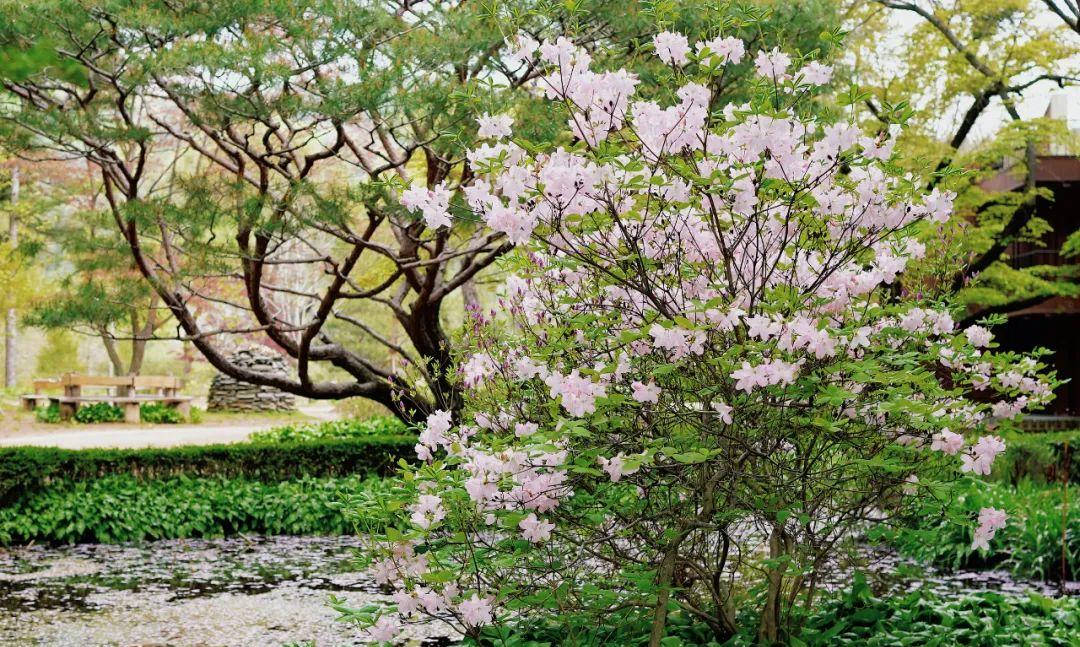
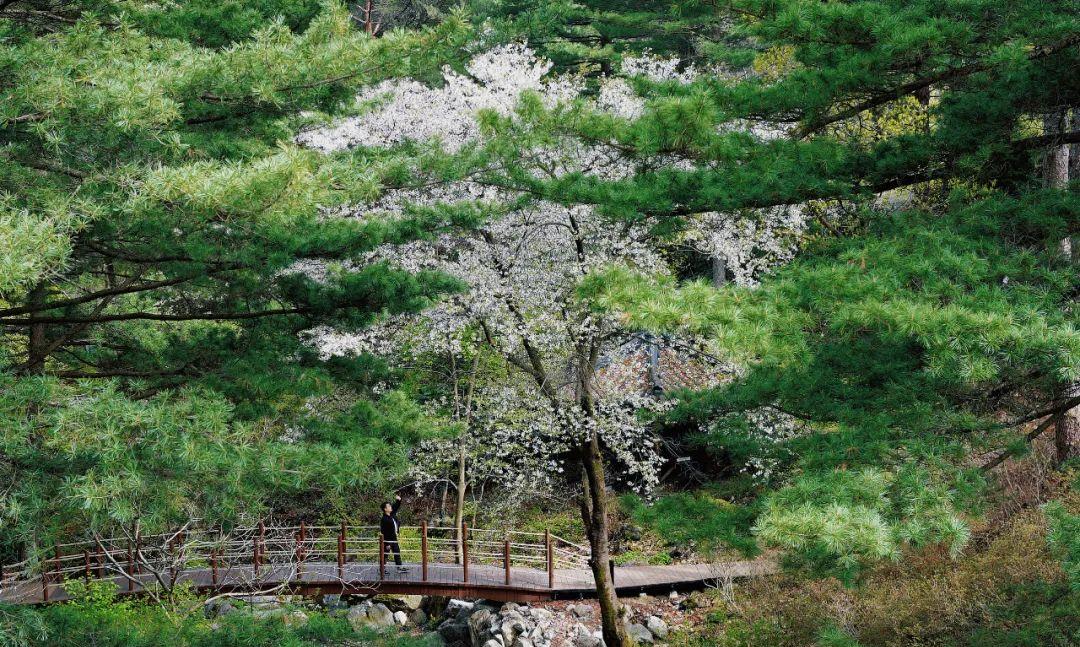
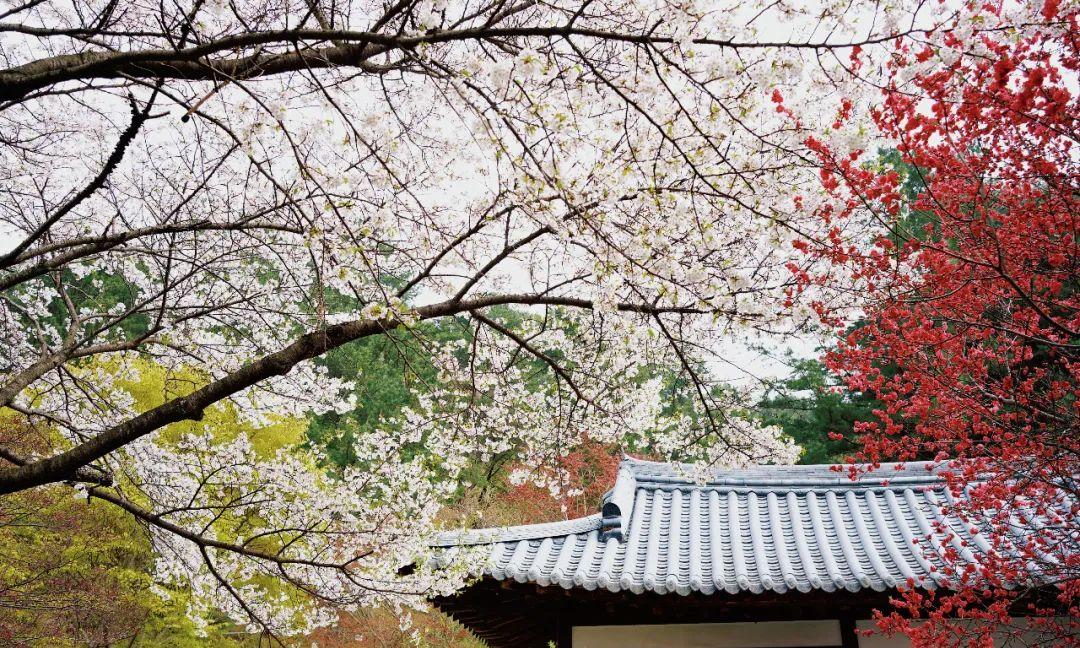
This tour is well-suited for those with energy; we were dancing until 1:30 AM!
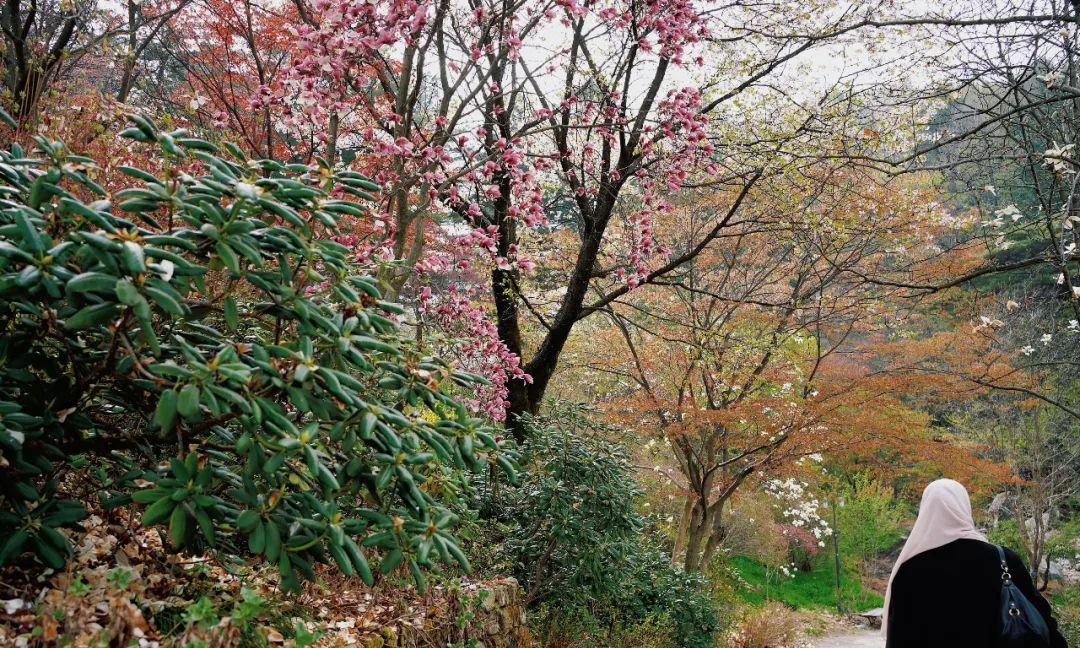
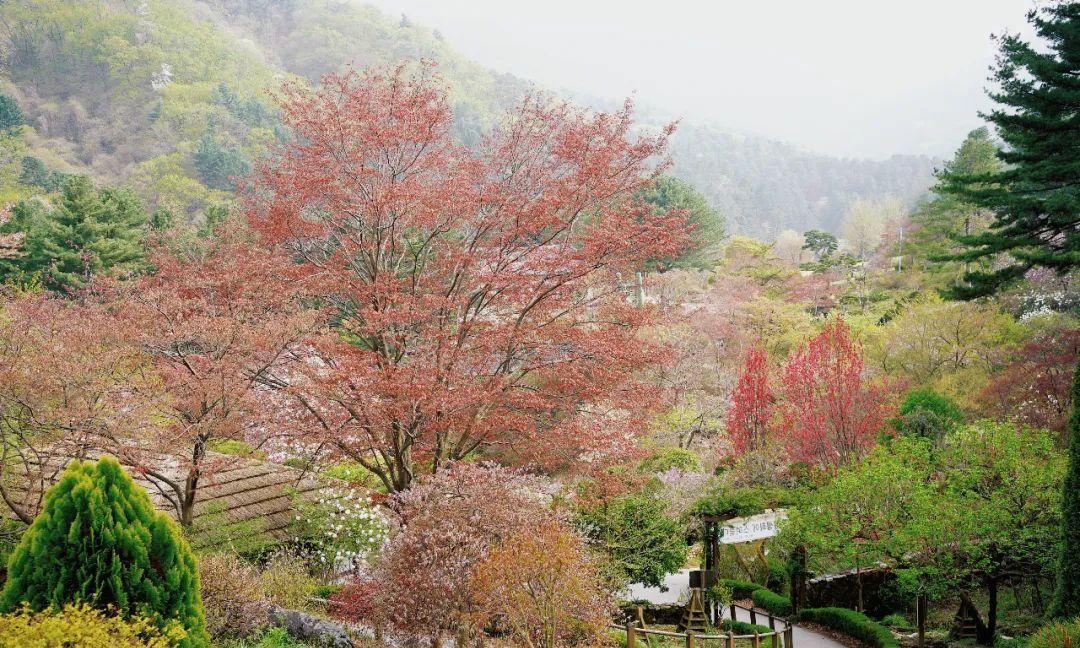
I formed a small Mandarin-speaking group with some girls from Singapore and Taipei, making new friends and having more fun!
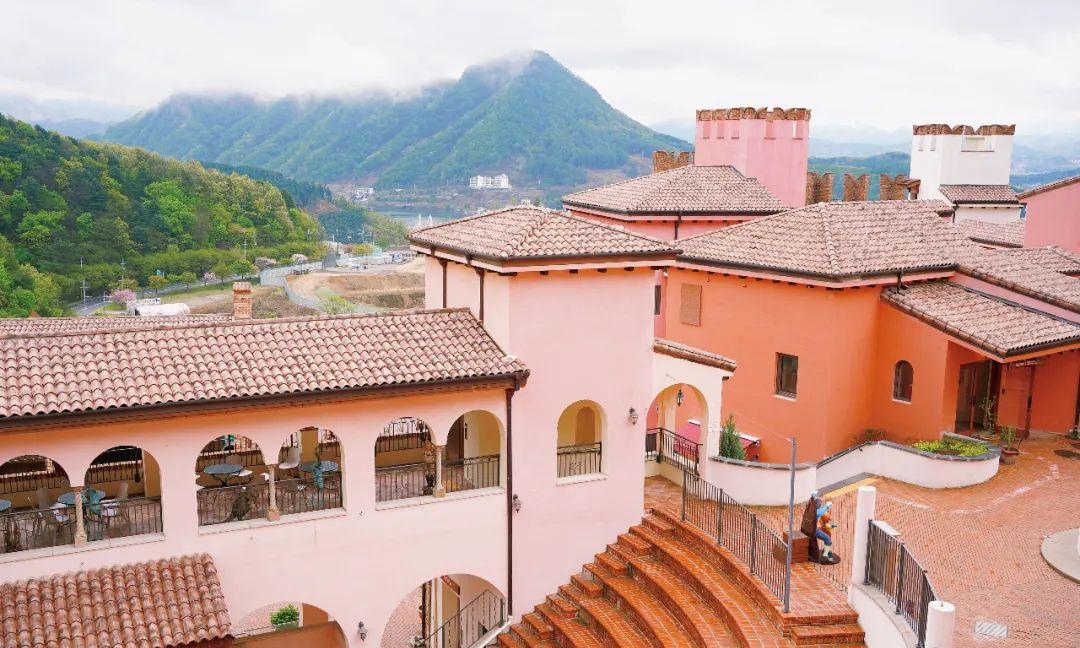
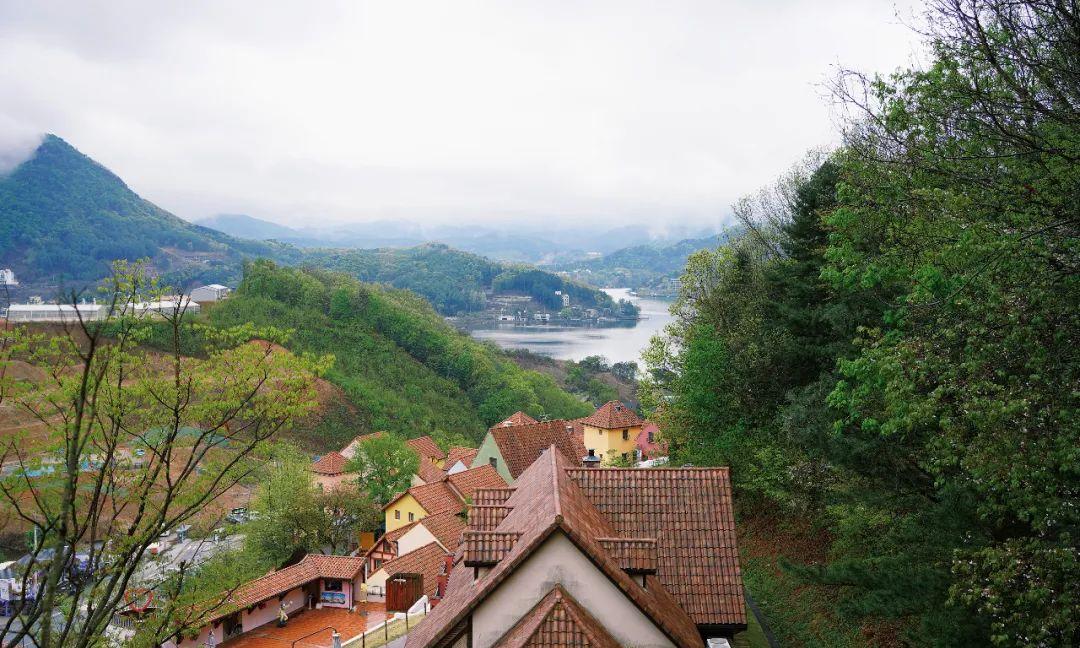
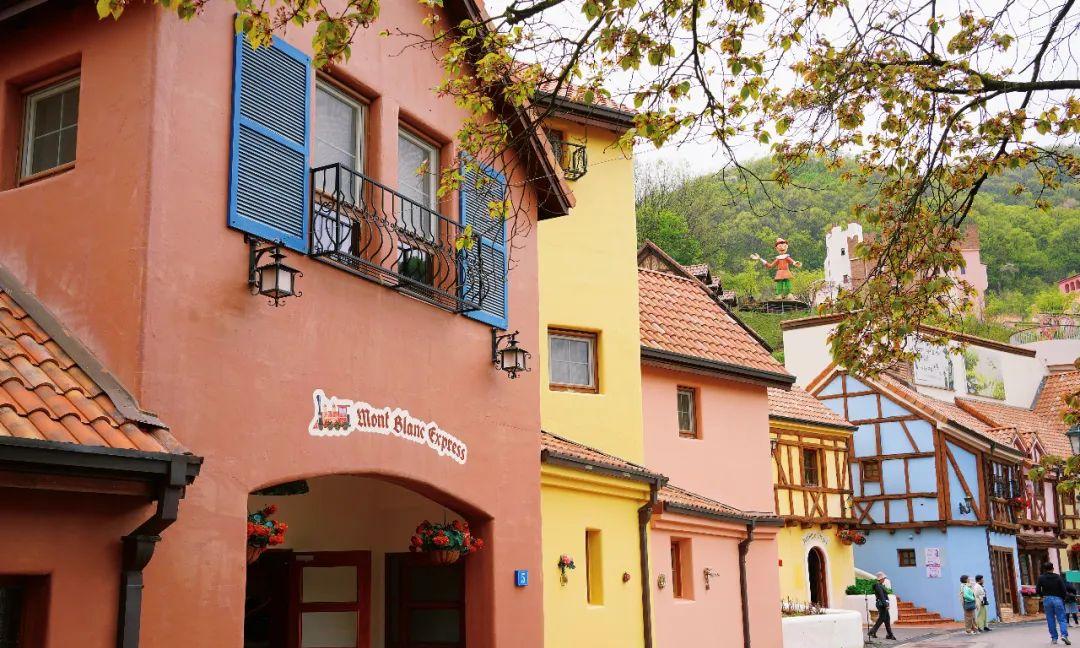
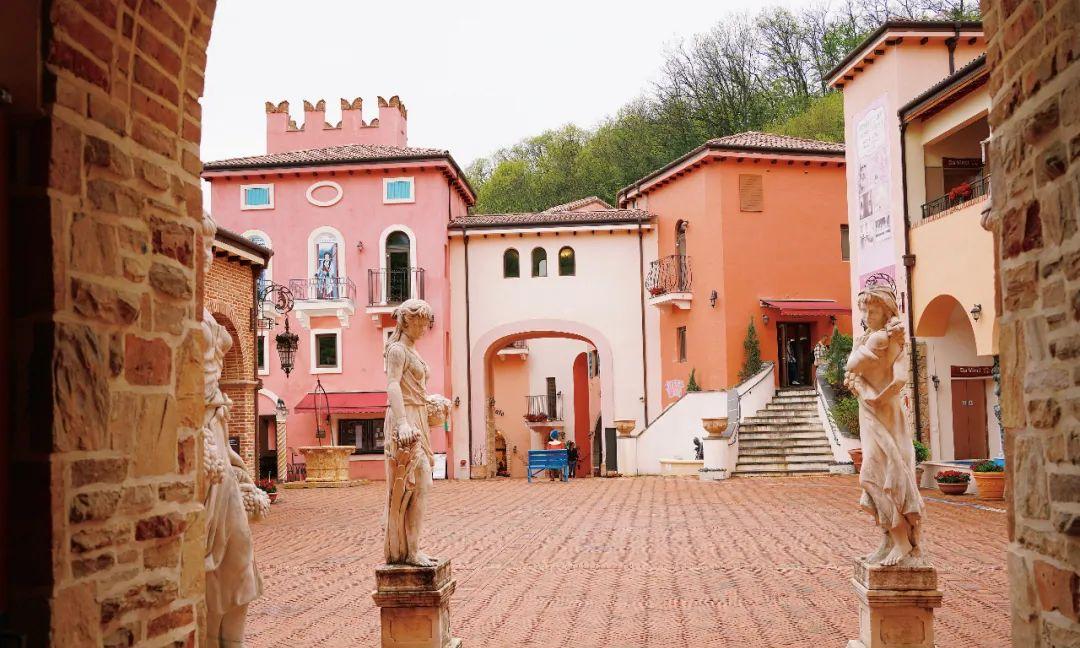
The “Dark Side of Seoul: Ghost Stories and Urban Legends Walking Tour” is perfect for the curious, where the guide leads you to some of the most haunted spots in nighttime Seoul. My guide is a Canadian who has lived in Korea for many years, humorously tackling serious life-and-death issues alongside peculiar ghost stories— like watching a K-drama titled “Goblin,” where ghosts are not terrifying but exist in another way.
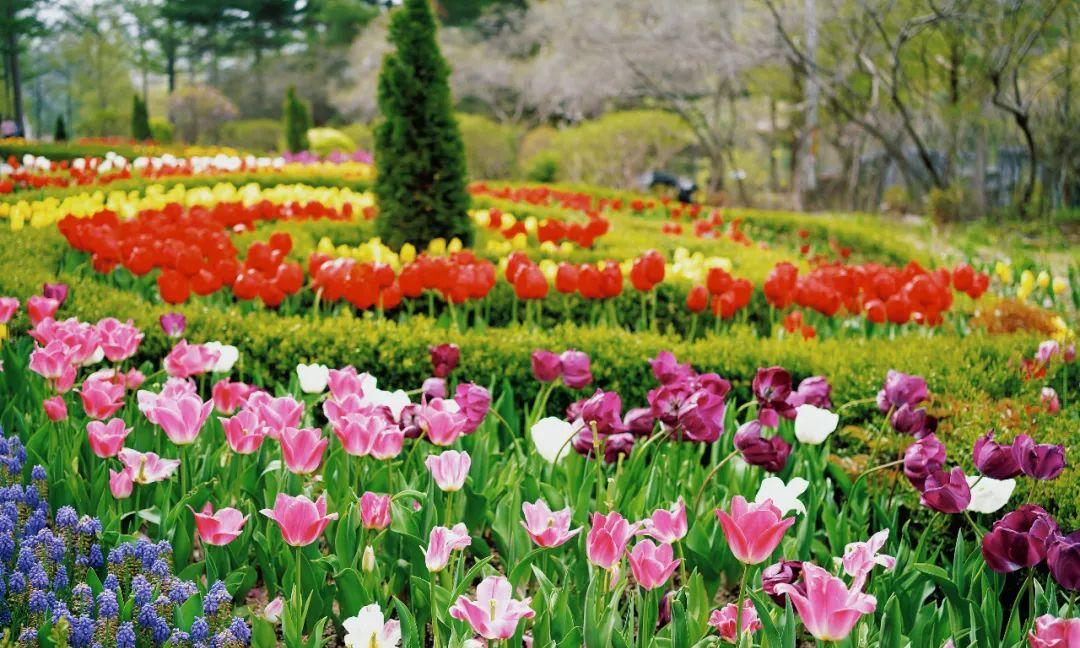
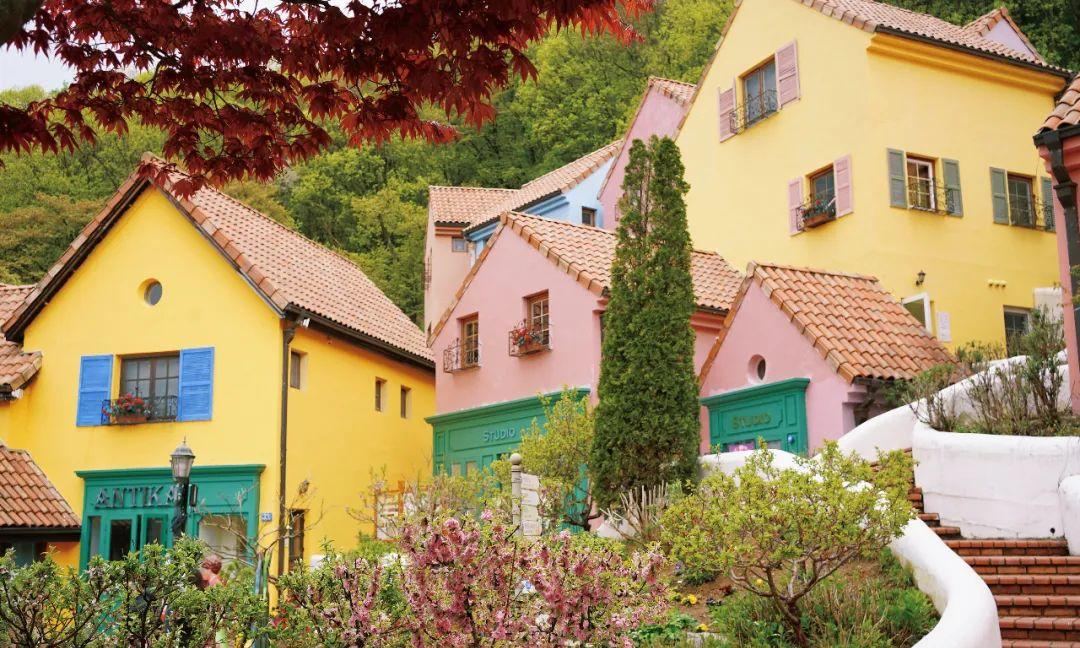
The regular tour lasts from 8:00 PM to 9:30 PM (Tuesday, Wednesday, Friday), and there is an extended version lasting 2.5 hours, where the guide will poll the group on whether to continue for the extended time.
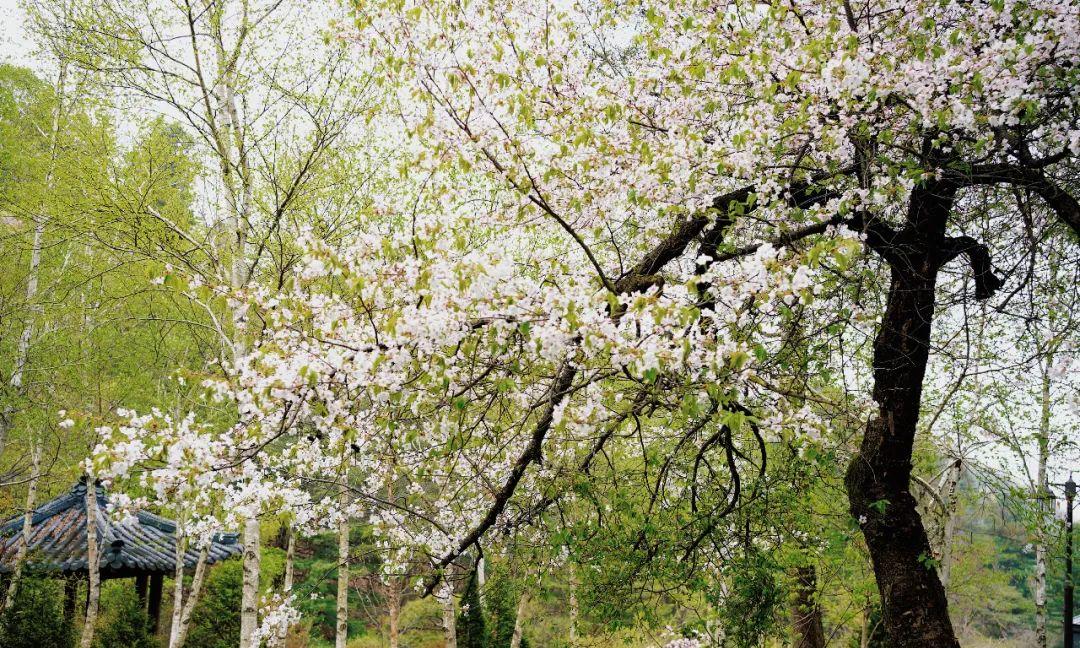
However, for those sensitive to themes like these, it might not be the best fit.
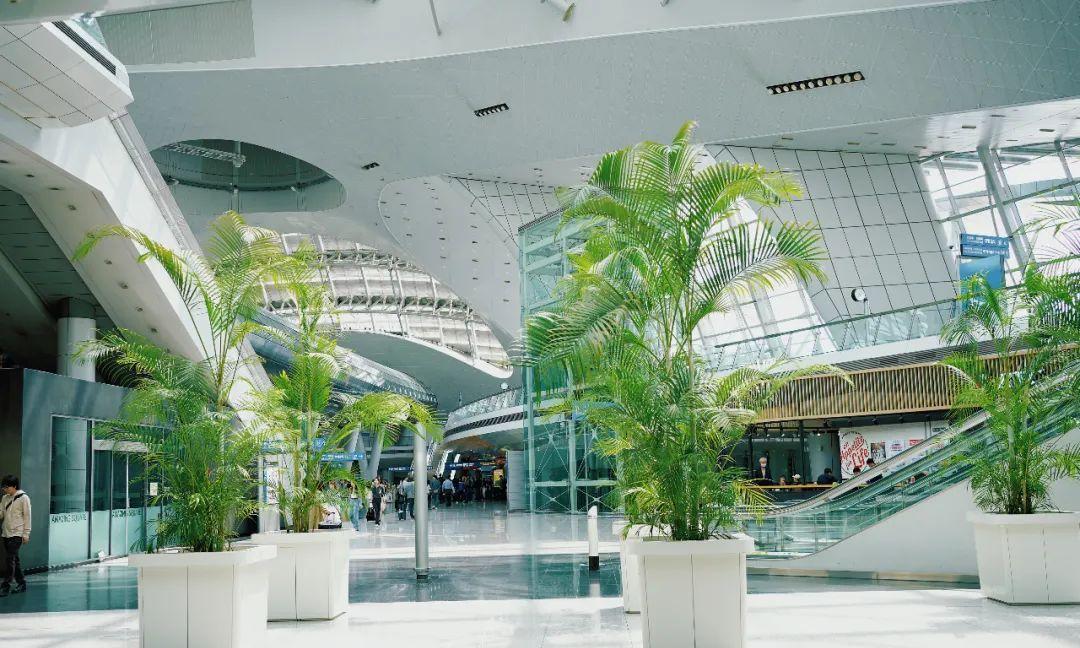
6. “Cookin’ Nanta” Musical (Table entry number 9)
“Cookin’ Nanta” premiered in 1997 and has been running for more than 20 years, even gracing Broadway stages; it’s one of South Korea’s most representative performances. The story is set in a kitchen, where four chefs and a manager hurriedly prepare for a wedding feast.
The hour-plus performance is upheld by just five performers. They are incredibly versatile! The show includes numerous vegetable chopping scenes that require real knife skills while also showcasing singing, dancing, drumming, acrobatics, and magic! It’s both funny and spectacular, making it ideal for families as well, suitable for both kids and the elderly.
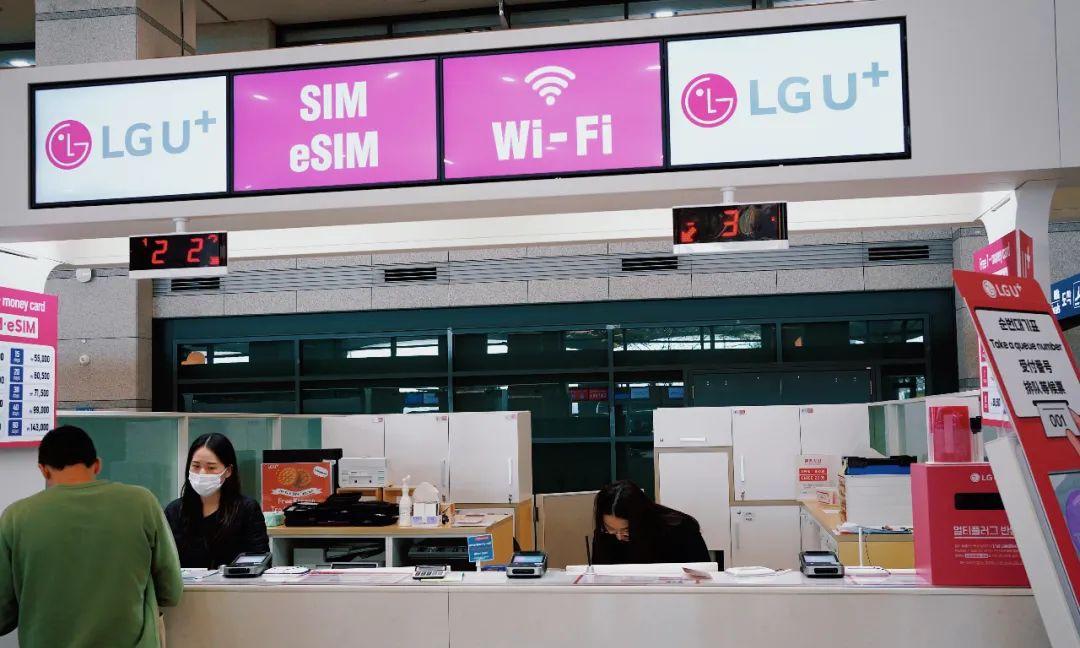
Performances are available in both Myeongdong and Hongdae, with Myeongdong offering more frequent shows every day.
Photography is not allowed during the performance, but I was able to get a few shots from the staff. After the show, there’s an opportunity for photos with the actors.
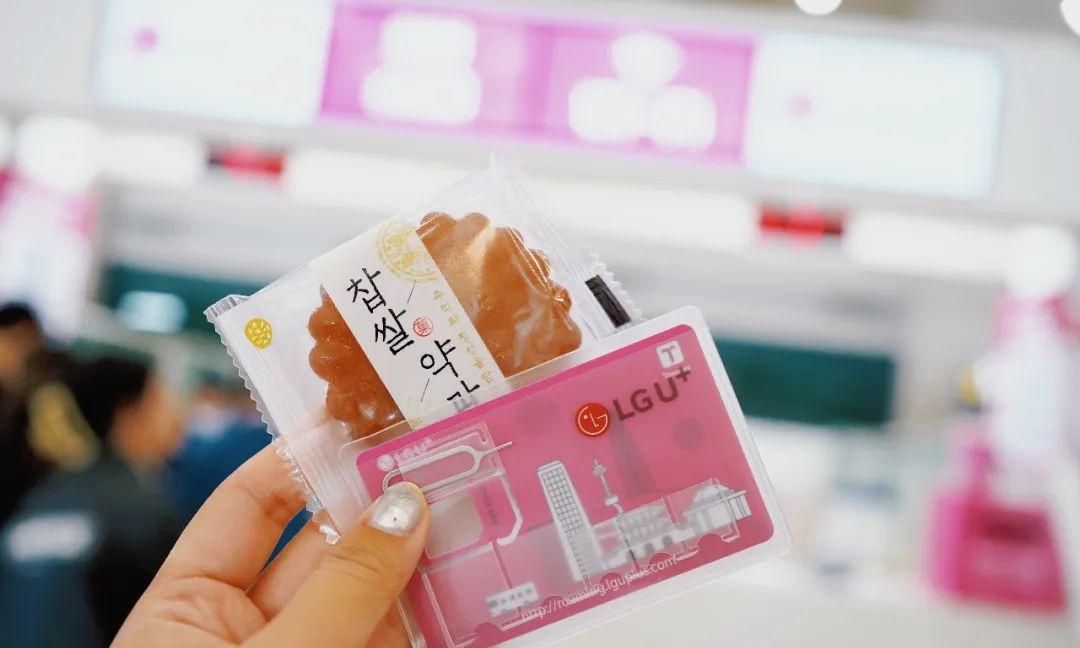
7. 63 Sky Art Observatory & Aquarium and COEX Aquarium (Table entries 17 and 33)
63 Building and COEX both house aquariums, so I’ll discuss them together. These two indoor aquariums are adjacent to large shopping centers, making them suitable for entertaining kids or those looking for indoor activities.
The 63 Building features both a sky art observatory and an aquarium. After collecting tickets, you’ll first take the elevator up to the 60th floor for the observatory.
